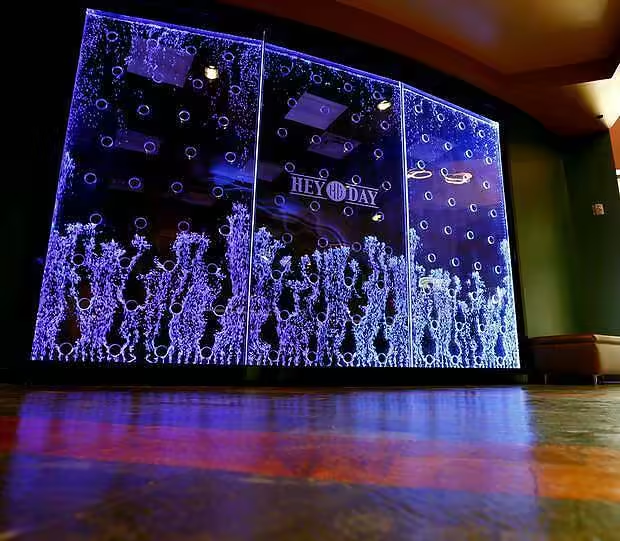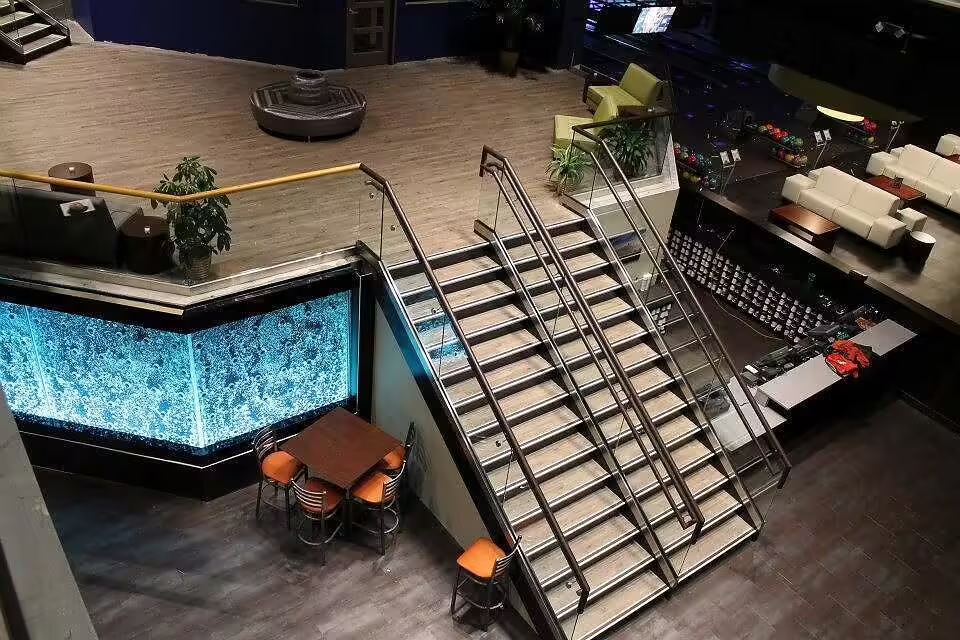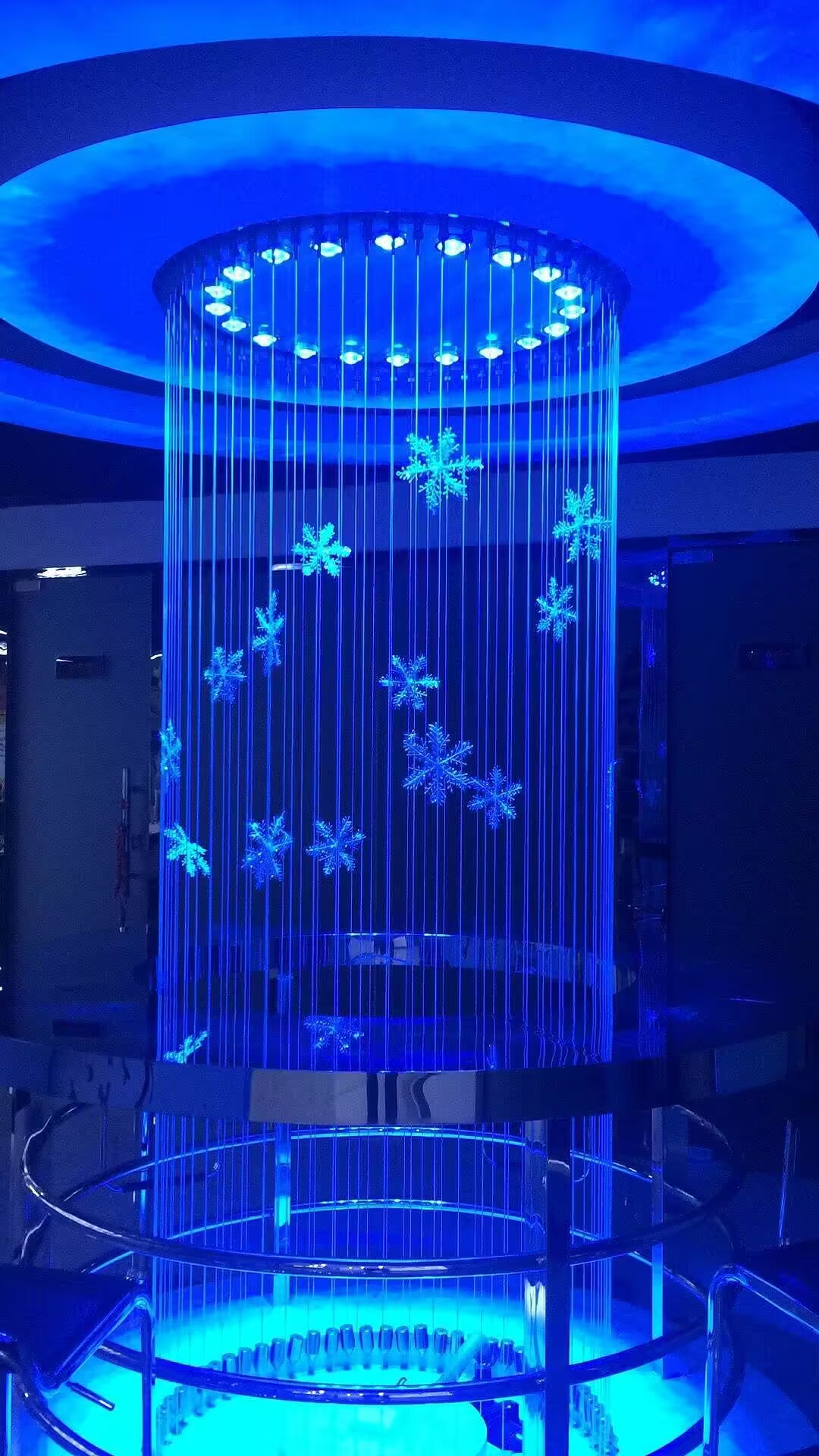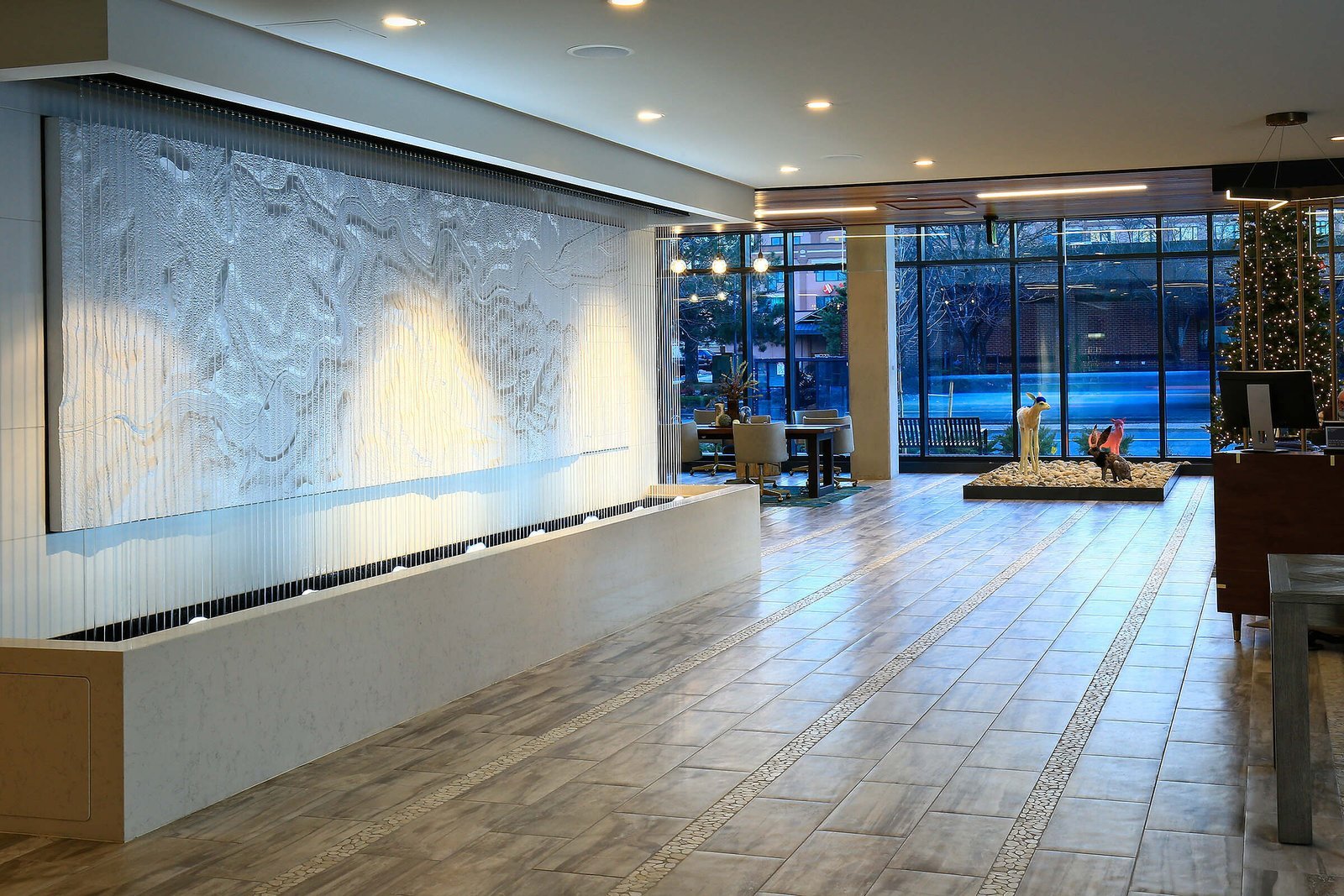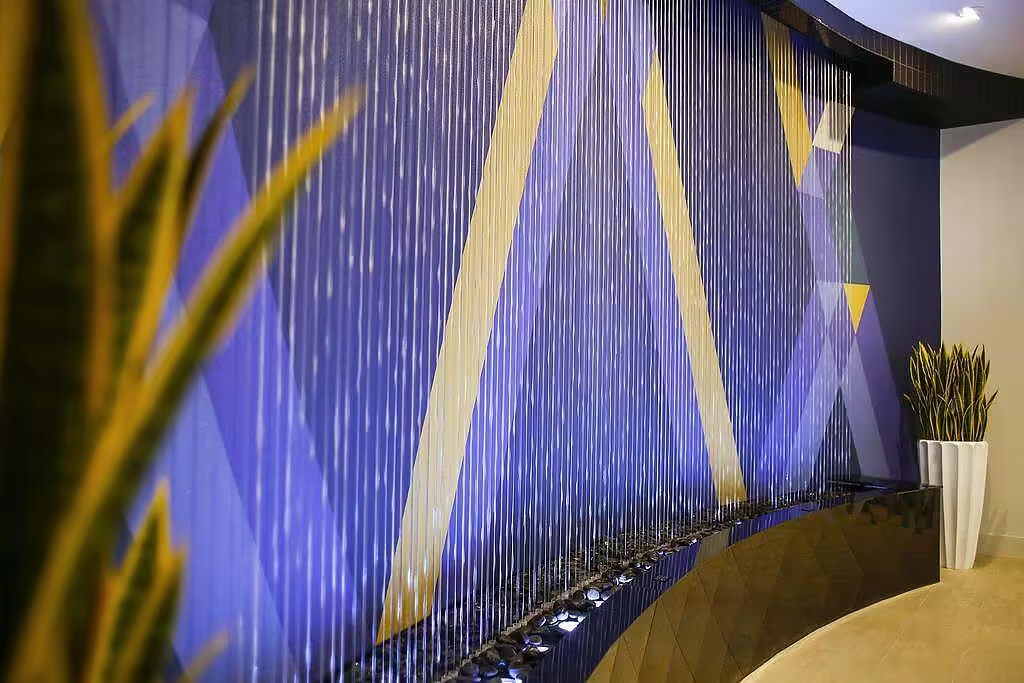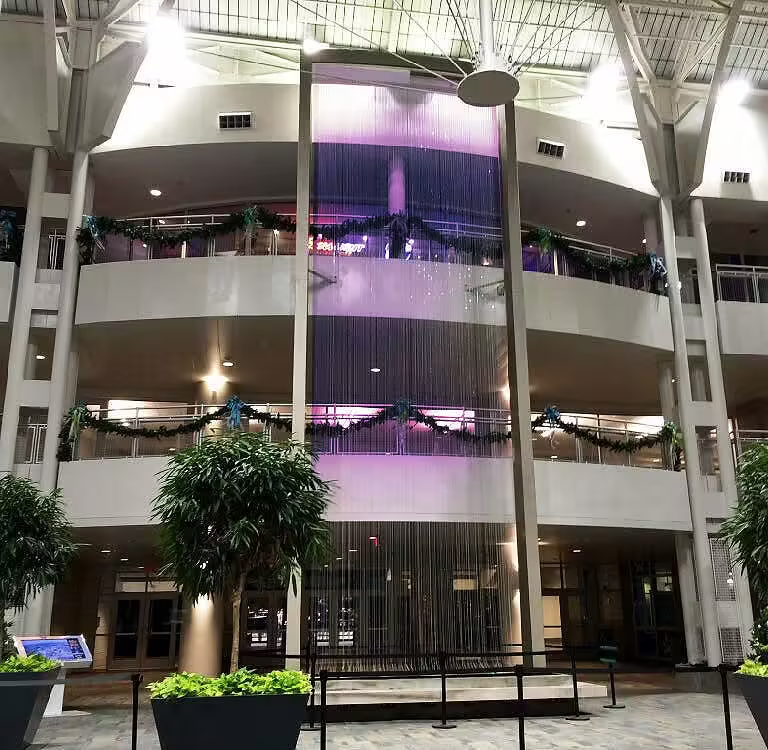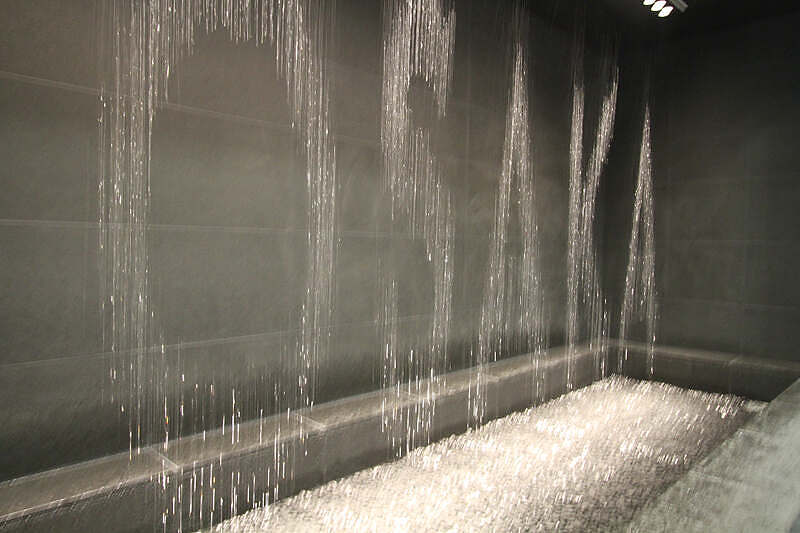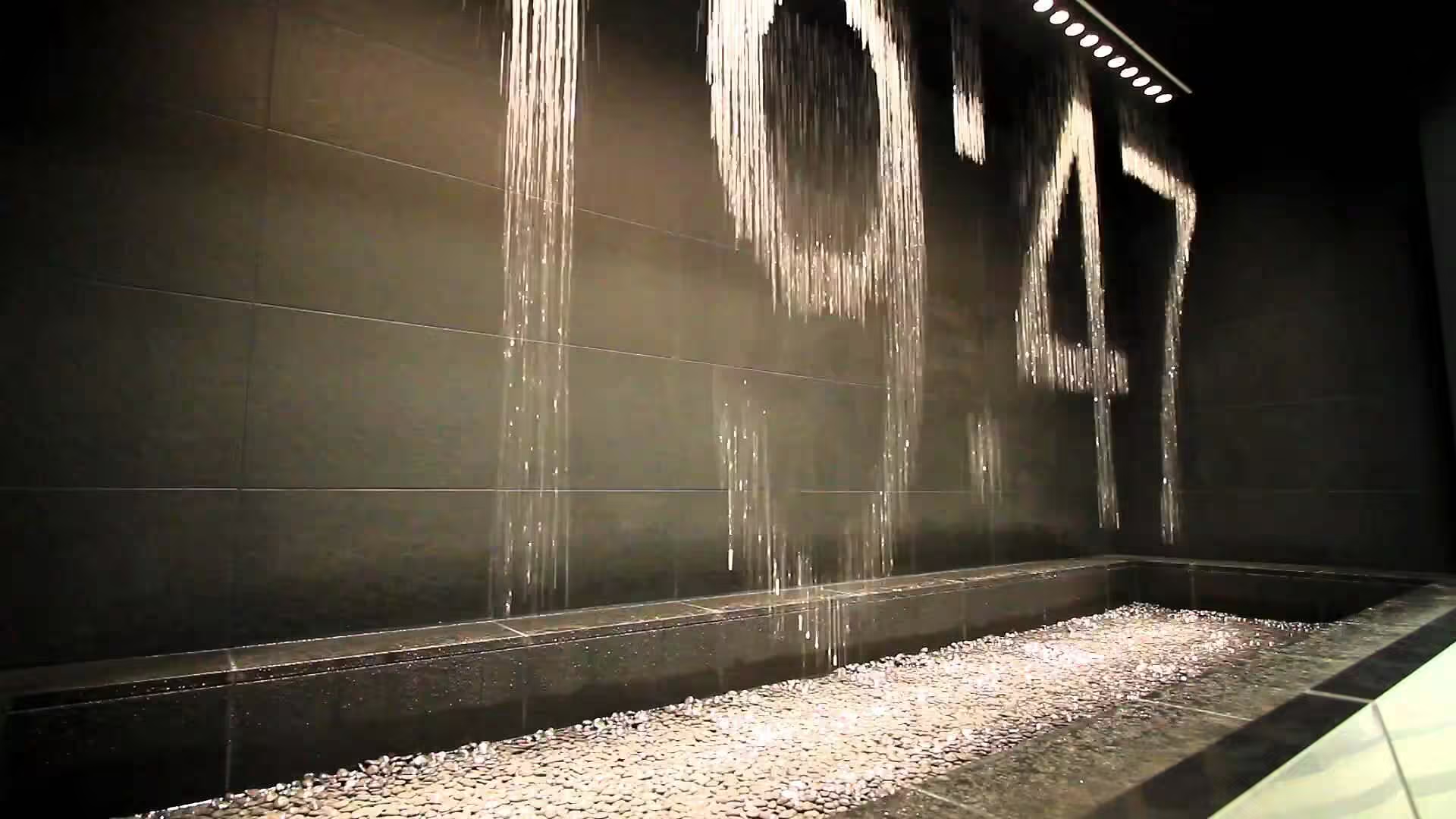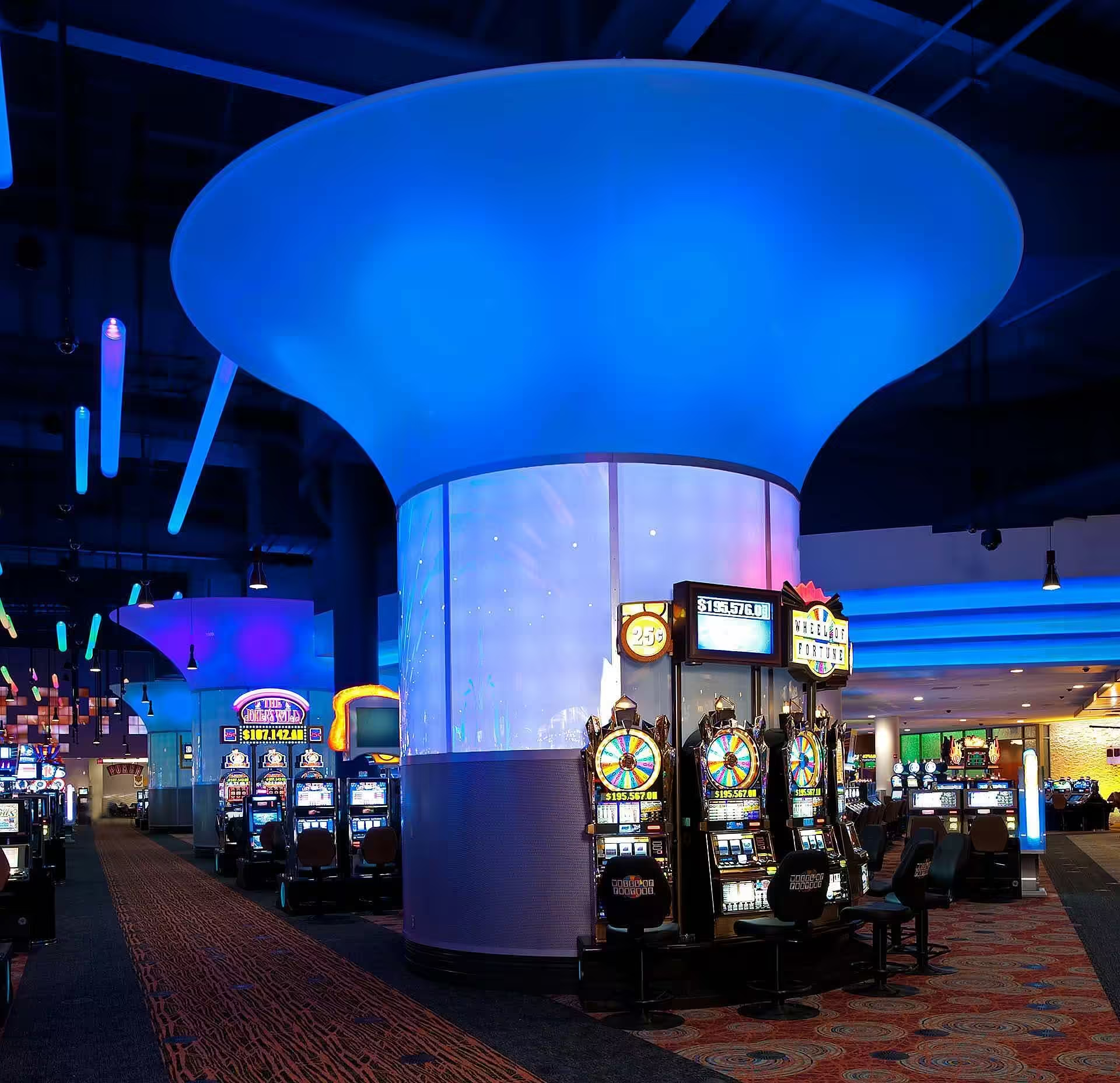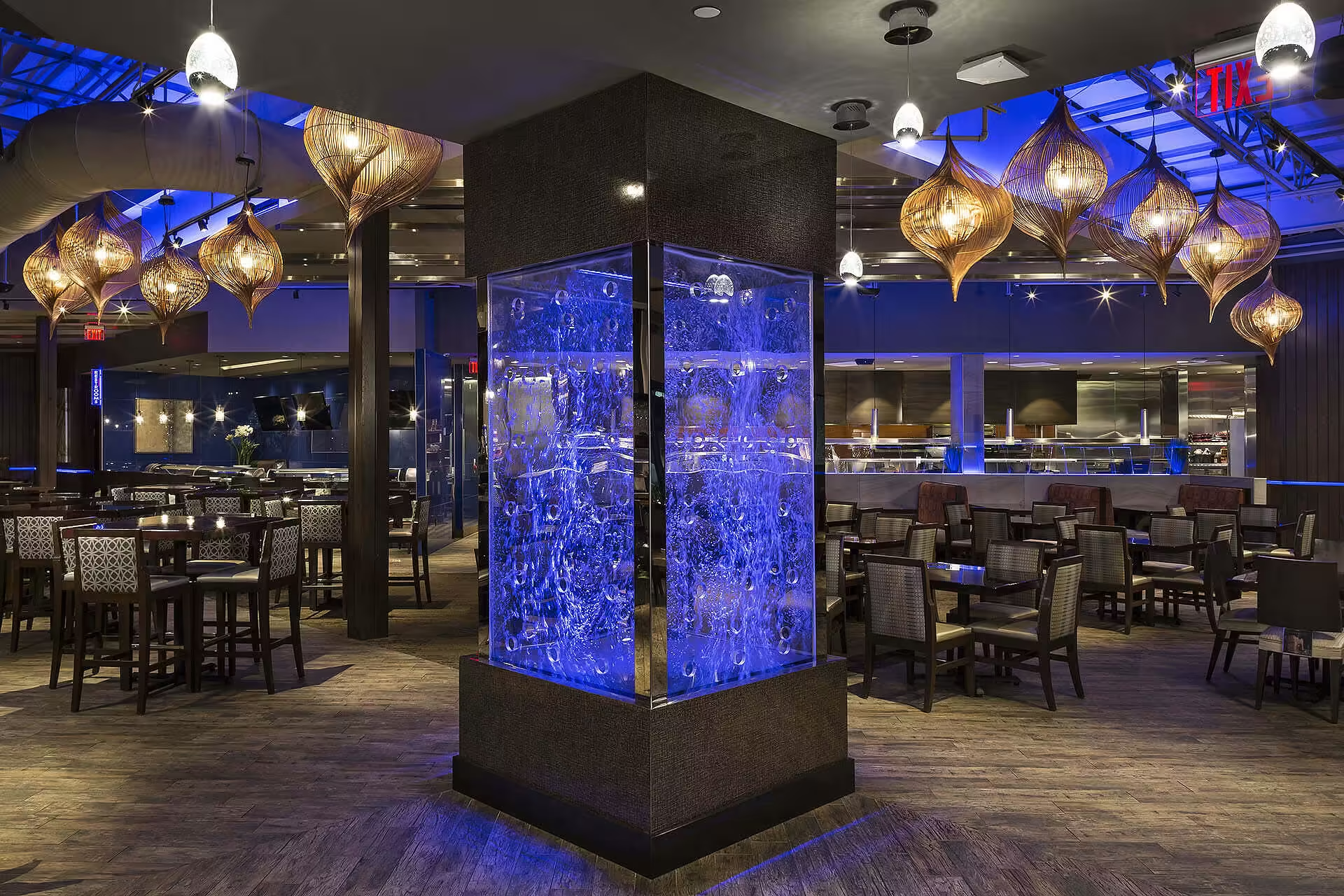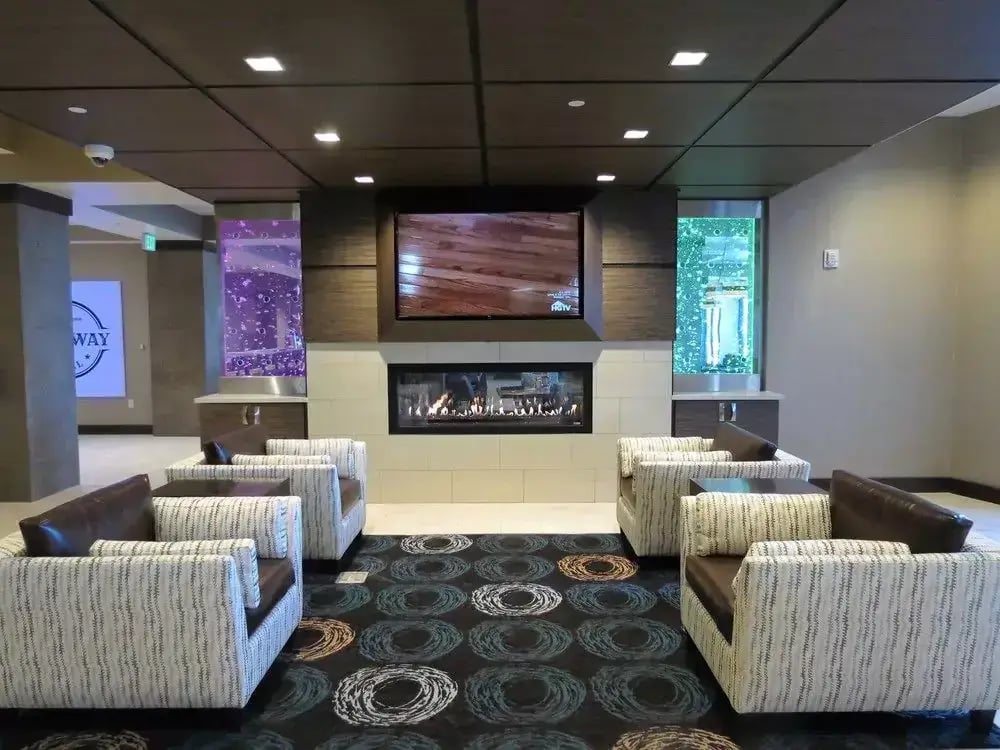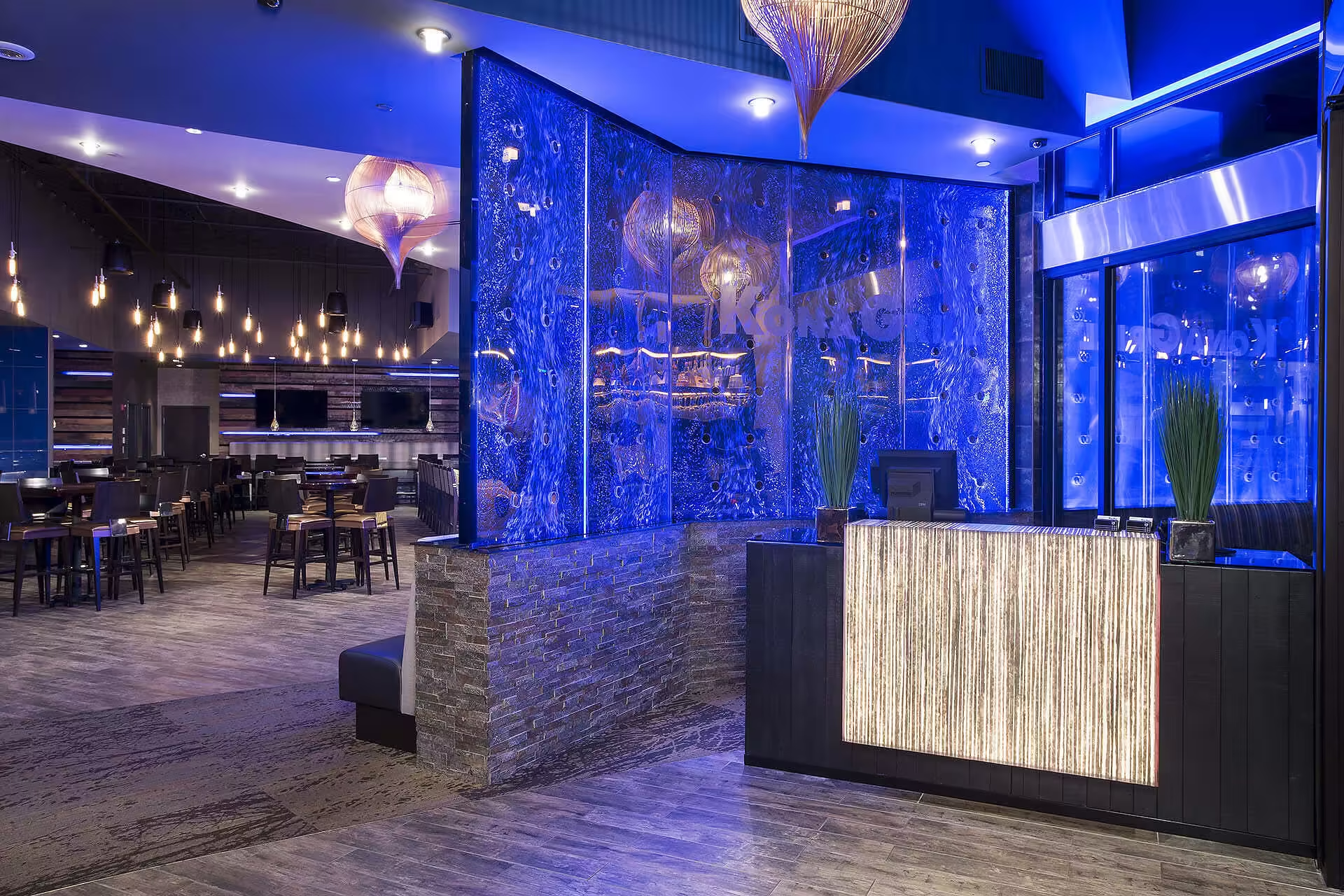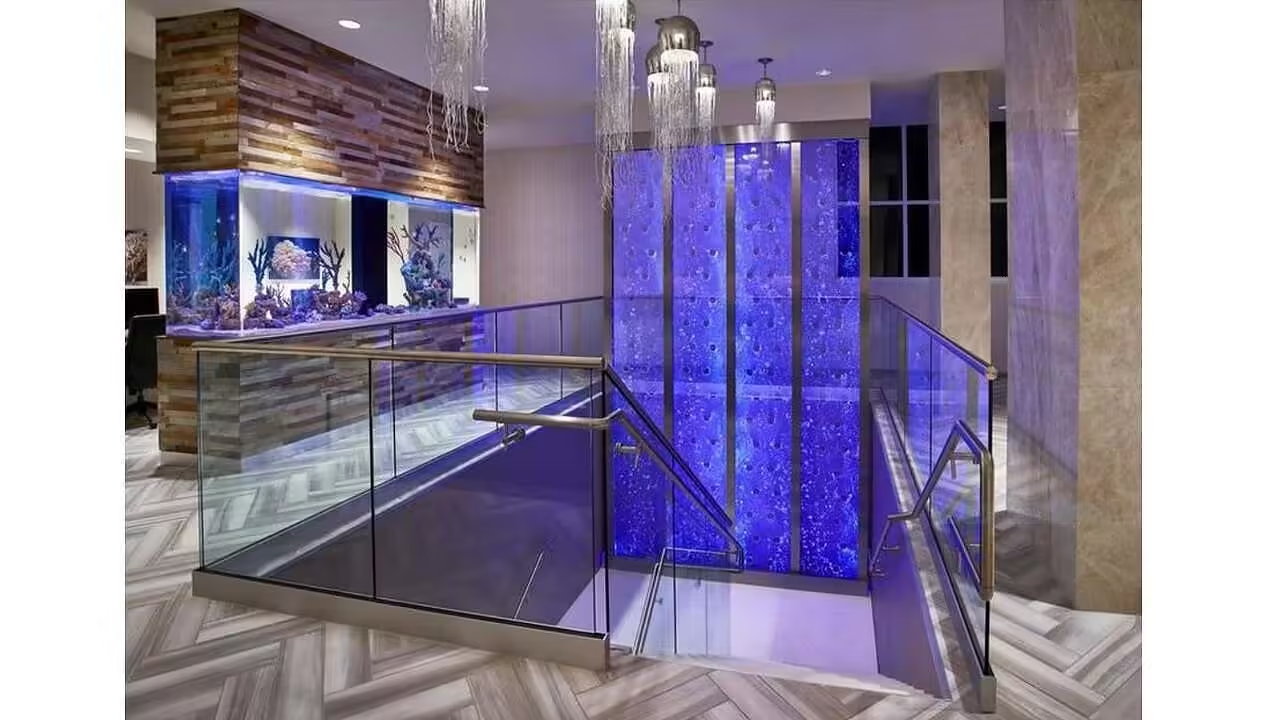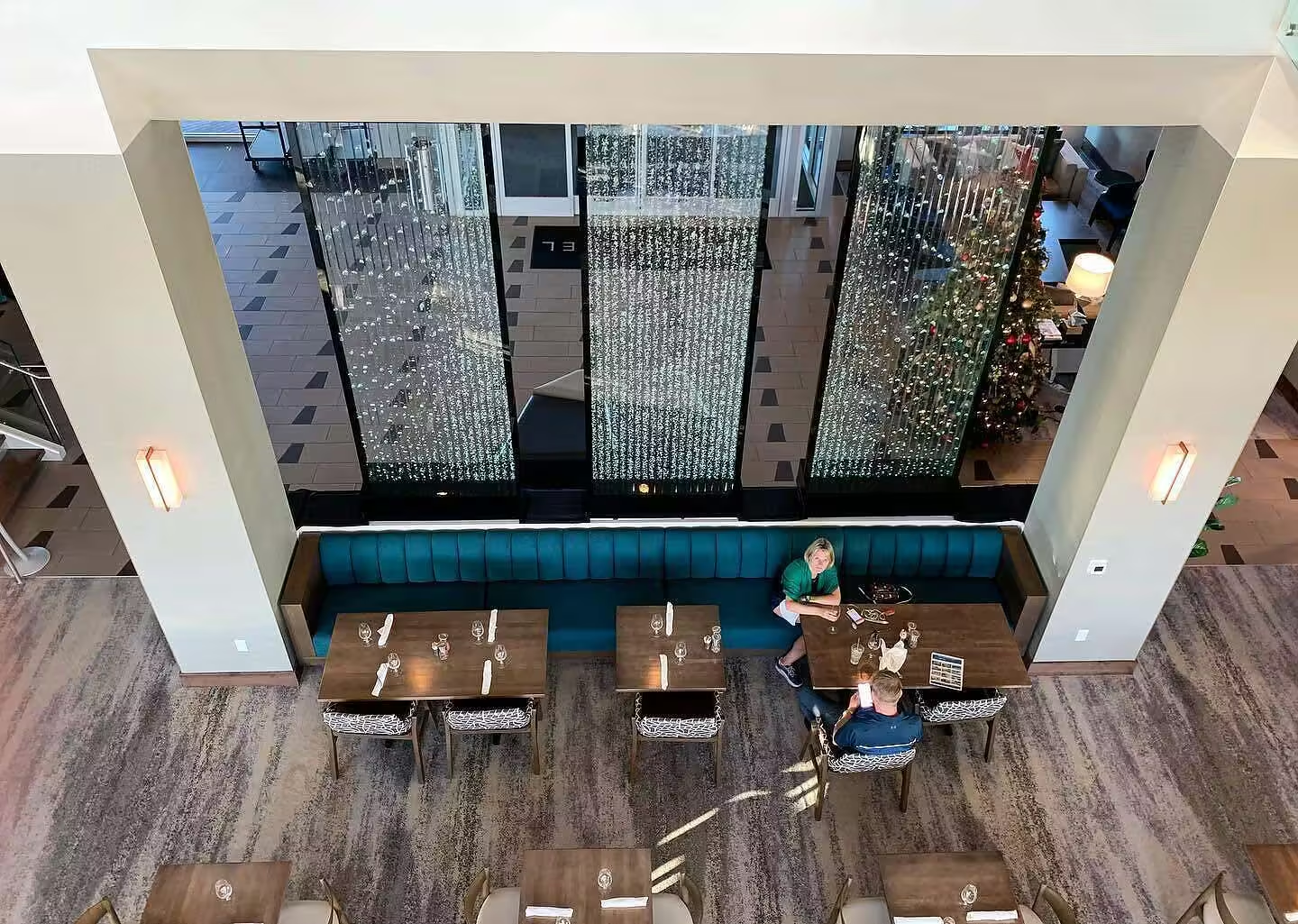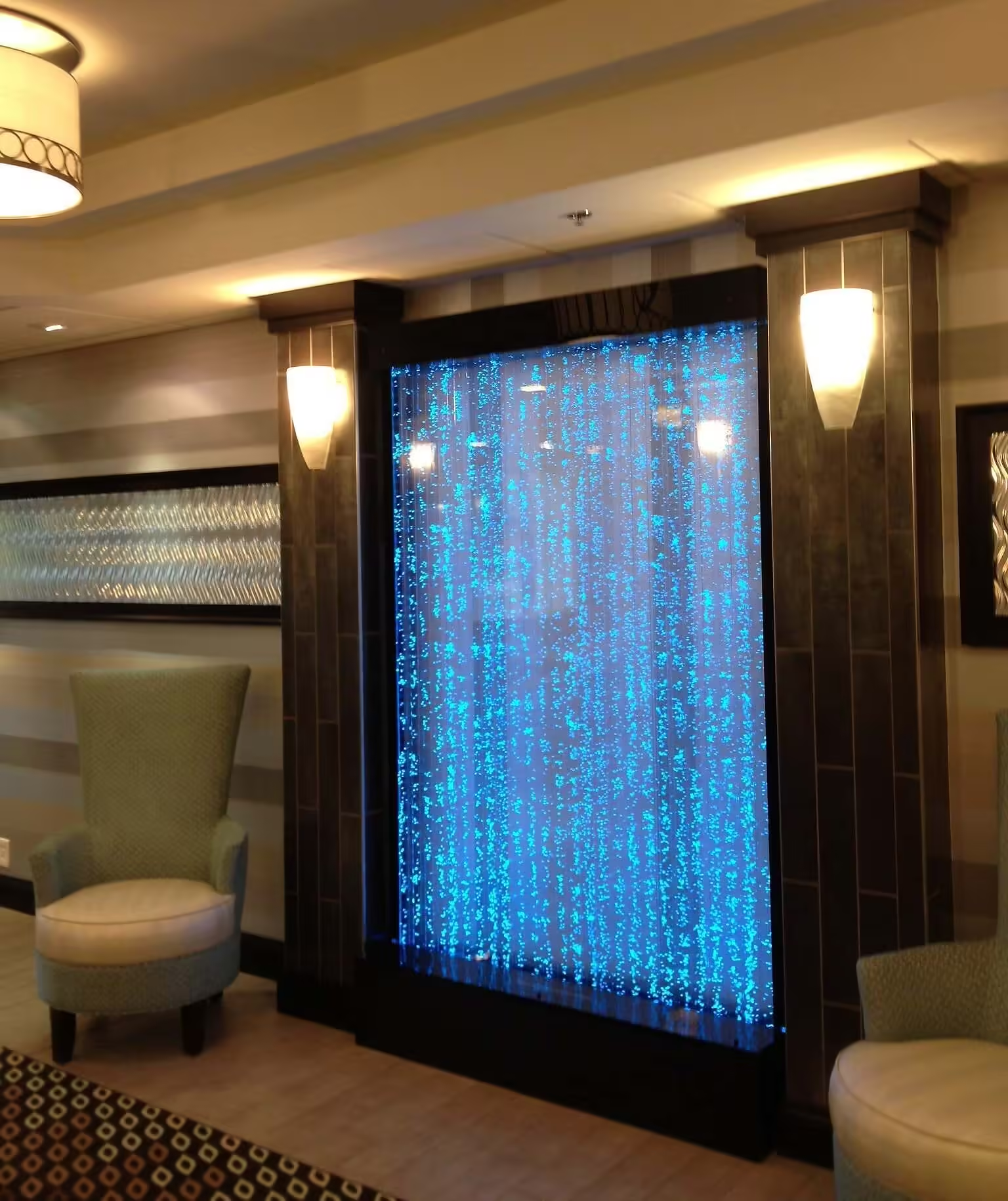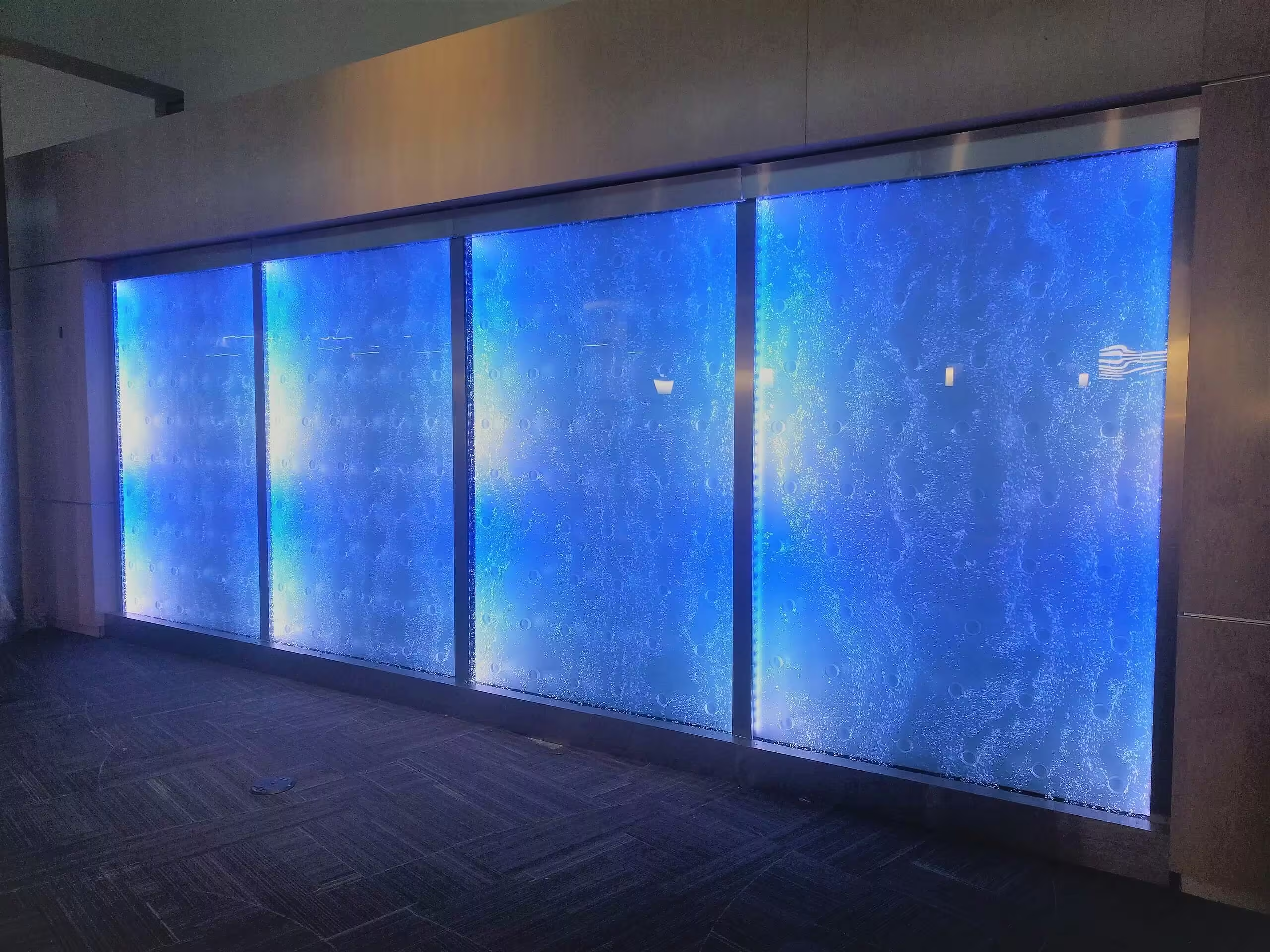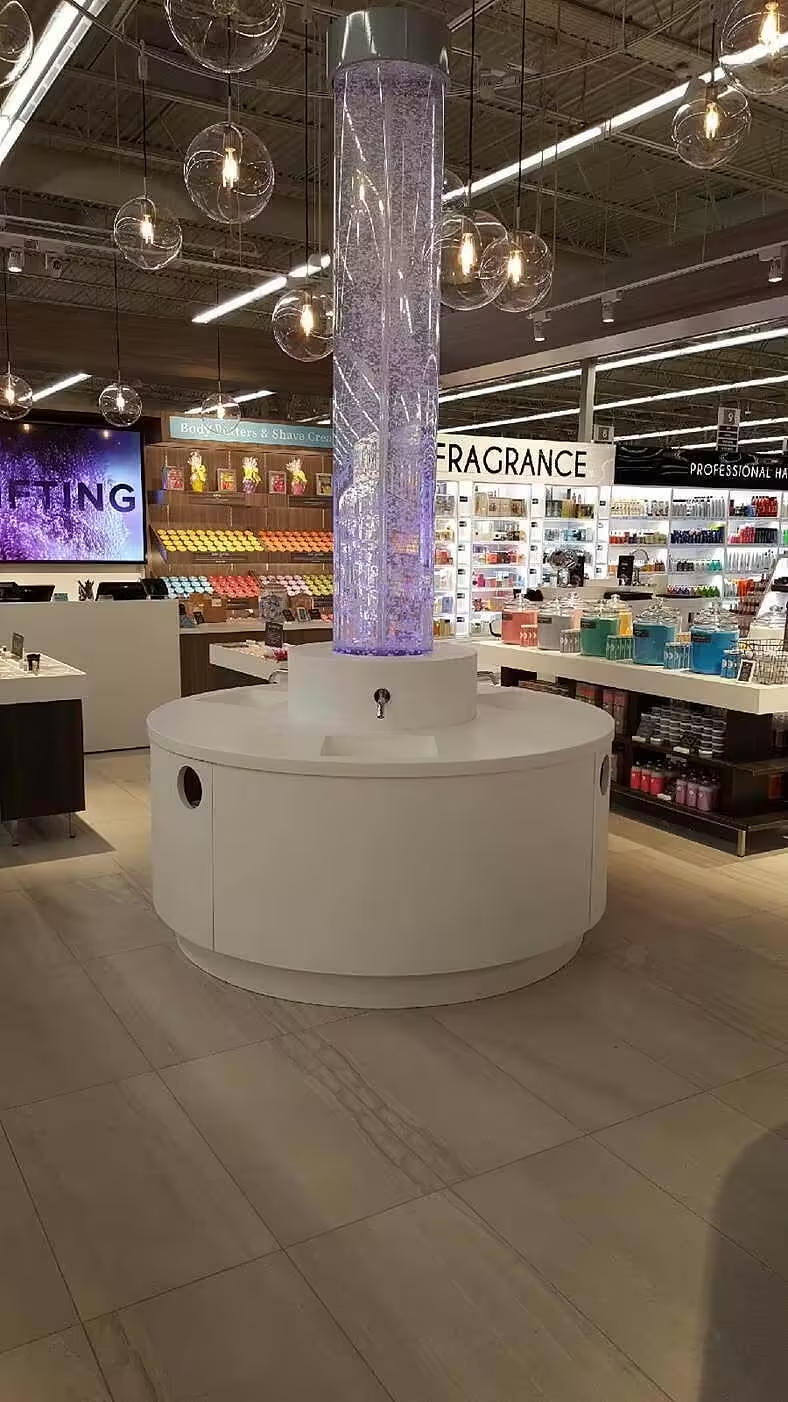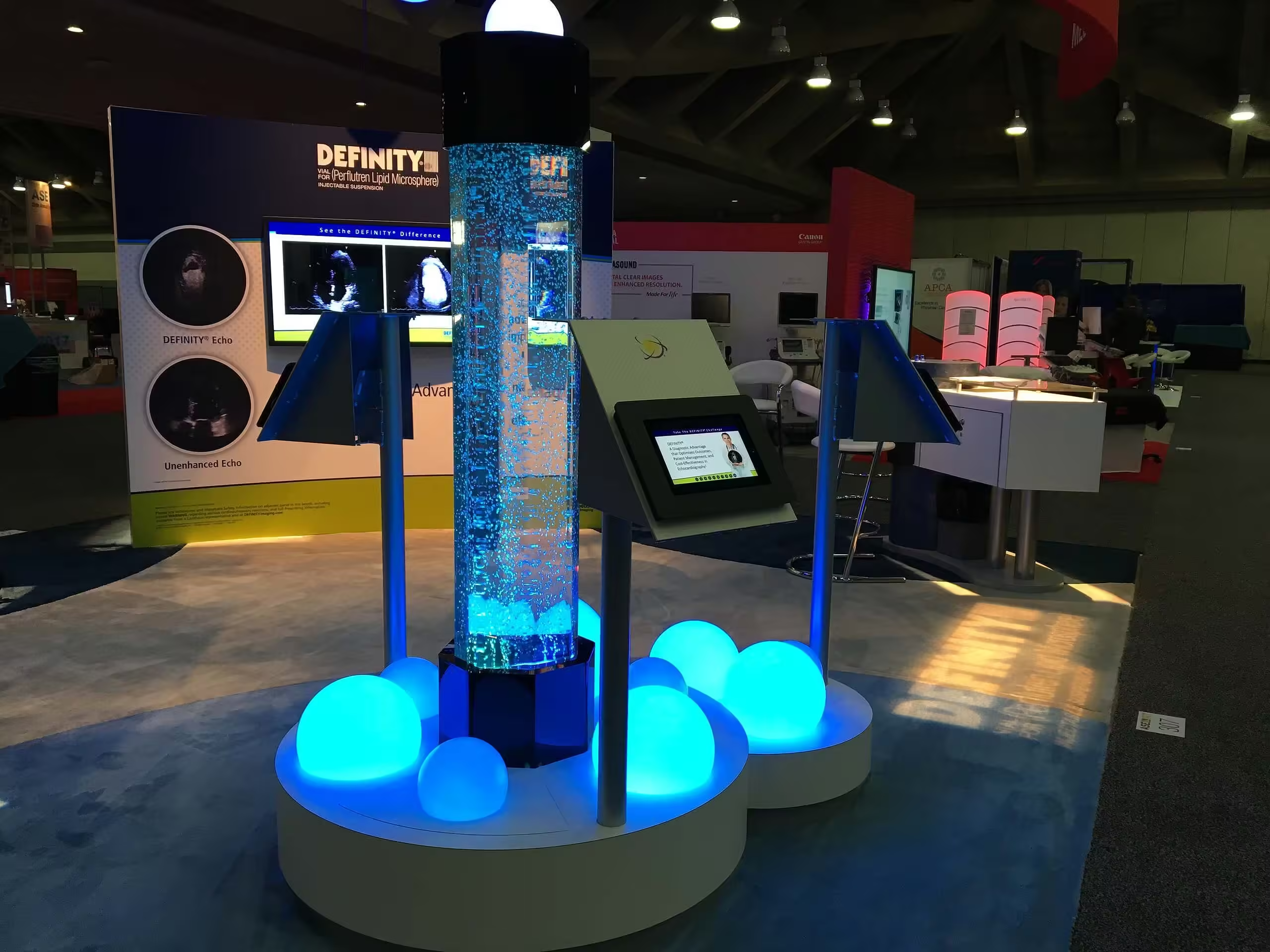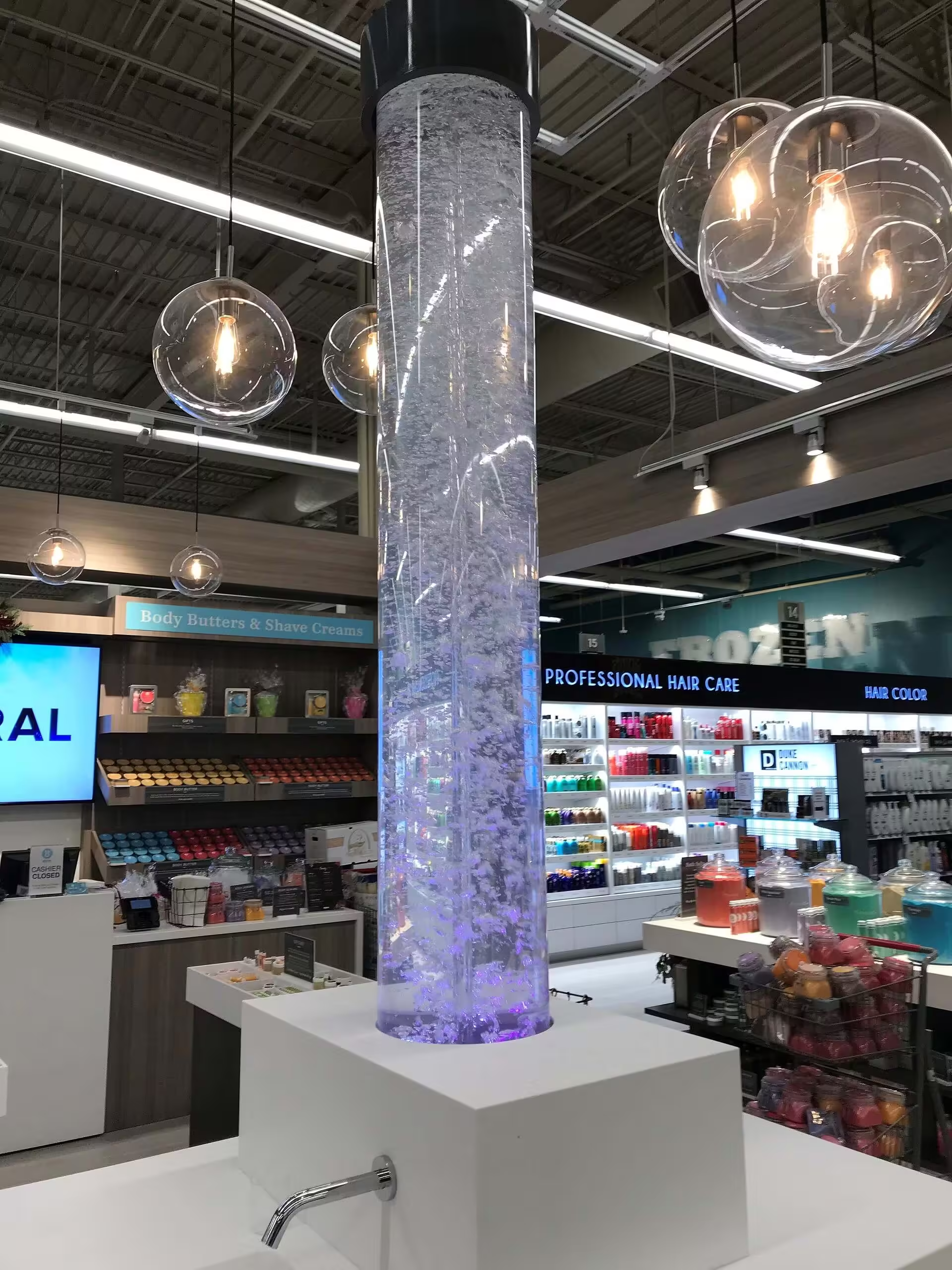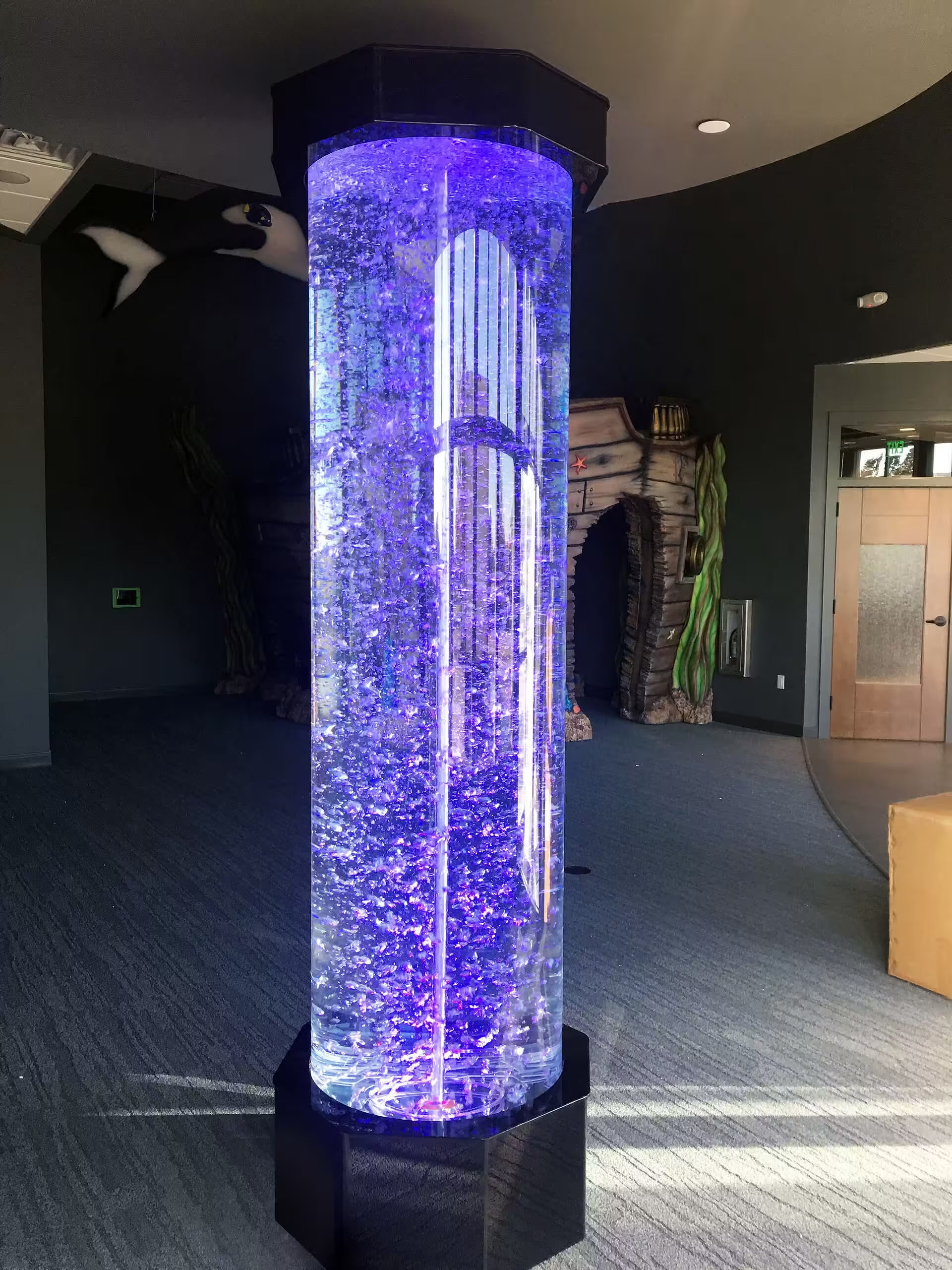Fountain Large Options to Transform Your Landscape
Table Of Contents:
- Selecting the Right Location for a Fountain Large
- Key Takeaways
- Assessing Outdoor Space for Your Large Fountain Installation
- Creating a Tranquil Atmosphere With Your Fountain
- Understanding Local Regulations for Fountain Placement
- Planning for Maintenance and Accessibility of the Fountain
- Enhancing Aesthetic Appeal Around the Fountain
- Evaluating Environmental Factors Impacting Fountain Location
- Conclusion
Selecting the Right Location for a Fountain Large
Are you facing challenges finding the best spot for your fountain large? This post reviews outdoor space assessment, maintenance planning, and local regulation considerations. The reader gains actionable tips to create a calming atmosphere and a striking visual appeal while meeting regulatory requirements. The advice targets common issues by offering clear, professional insights for effective installation and long-term enjoyment.
Comprehensive Guide: Your Table of Contents for Outdoor Fountains
- accurate measurement and site planning ensure functional fountain installations
- clear pathways and accessible routes support long-term fountain maintenance
- strategically placed lighting and seating create a balanced outdoor display
- environmental factors and regulations promote sustainable fountain design
- future landscape changes must be considered to maintain visual appeal
Assessing Outdoor Space for Your Large Fountain Installation
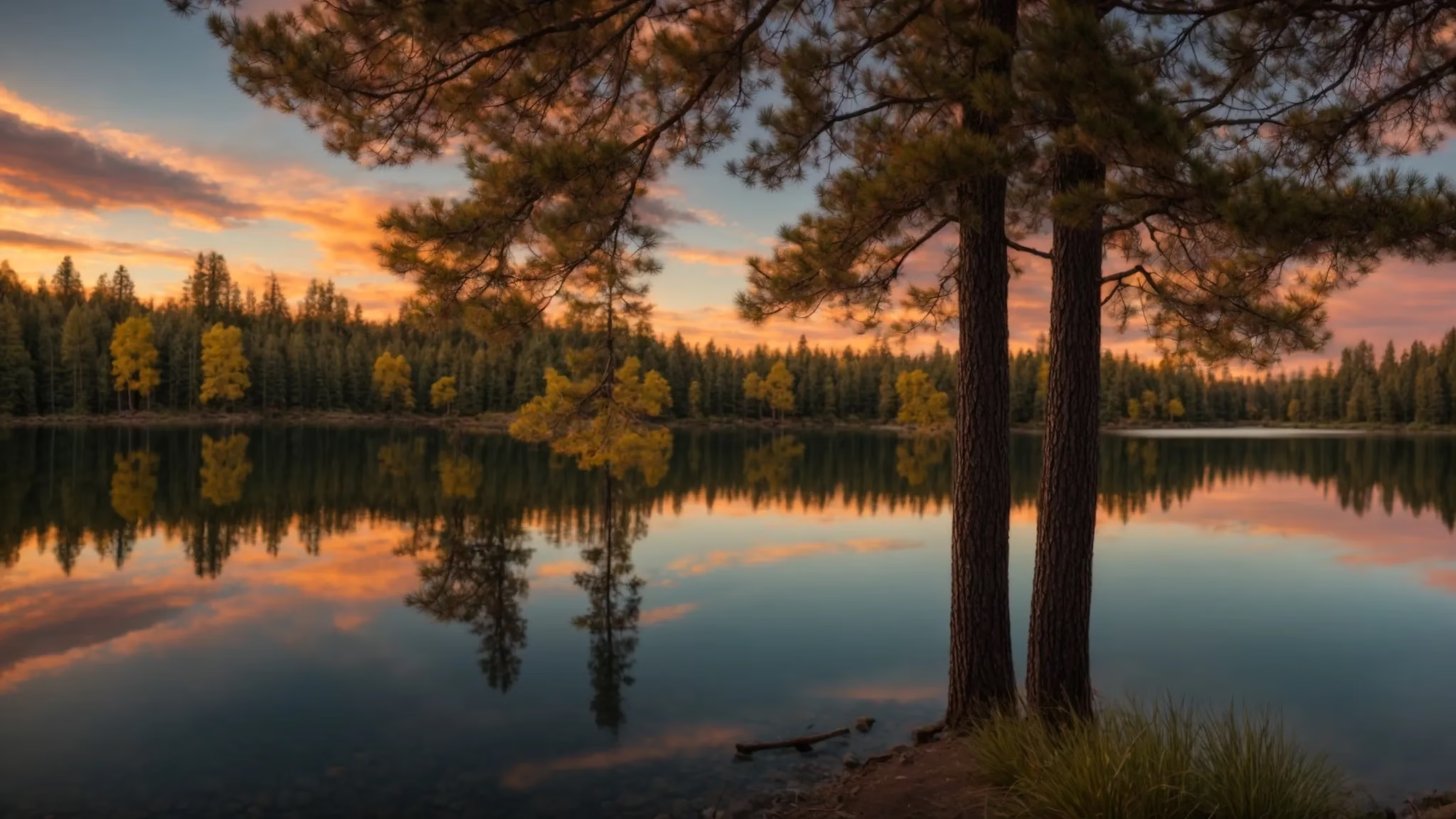
This section outlines key factors for selecting a site for a large fountain. It explains measuring available space and choosing spots with good visibility and access, like lawns and courtyards. Topics include landscaping features, sunlight exposure, surface stability, and proximity to power and water, whether displaying a marble piece or a bronzesculpture.
Measure Available Space for the Fountain
Measuring the available space for large fountains is a fundamental step in any installation process. A carefully calculated area helps determine how a column or pedestal can fit without overcrowding the surrounding landscape. This approach guarantees that all structural elements, including a finial, are properly accommodated.
Accurate measurements serve as the basis for integrating artistic features such as a pond and ornamental elements. For example, ensuring there is enough room allows a designer to position a column while maintaining clear visual lines and proper balance. This process supports a neat and accessible arrangement that appeals to visitors.
A precise evaluation of space minimizes potential design drawbacks that emerge from insufficient clearance. Verifying dimensions permits artisans to plan for installations that incorporate features like a finial and a supportive pedestal. This attention to detail helps create a visually pleasing environment around large fountains while addressing practical setup concerns.
Identify Areas With Good Visibility and Access
Design experts stress the importance of selecting a spot with unobstructed views for a large solar water fountain. A well-chosen location enhances outdoor appeal by incorporating modern design elements like abstract art, and builds strong brand recognition while inviting guests to add to cart digital selections for similar projects:
- Measurement and layout planning
- Proximity to primary pathways
- Integration with existing landscaping
Site evaluators check that the area supports clear visual access, ensuring the fountain stands out as a statement piece. They consider the arrangement like a well-planned cart system where each element contributes to an effective outdoor display.
Experts recommend pinpointing accessible spaces that allow smooth visitor movement around the installation. The approach reflects a commitment to quality where every design detail, from the large solar water fountain to hints of abstract art, reinforces the reliability of the brand and encourages clients to add to cart confidently.
Consider Landscaping Features Around the Fountain
The designer reviews the surrounding terrain with attention to key elements found in regions such as Hebei, where basalt outcroppings can accentuate the fountain‘s presence. The arrangement of these natural features supports a cohesive outdoor setting that blends artistry and structure seamlessly.
Landscaping strategies often include classic features like a carefully placed statue or a decorative bowl that balances the fountain‘s design. Coordinating these elements with the overall environment ensures an appealing view while meeting both aesthetic and functional requirements.
Incorporating a sphere element in the landscape offers a distinct contrast that reinforces the pattern and proportion of the outdoor space. The placement of basalt formations alongside the fountain reinforces clean lines and fosters an inviting atmosphere that resonates with visitors.
Evaluate Sunlight Exposure for Maintenance Needs
Sunlight exposure plays a vital role in maintaining the overall quality of a fountain installation. Experts note that direct sunlight can affect surfaces constructed from stainless steel, slate, resin, and concrete, potentially leading to wear over time. Assessing the impact of sunlight ensures the installation remains visually appealing while reducing maintenance challenges.
Careful positioning of a fountain minimizes adverse effects from prolonged sunlight, with consideration given to improving accessibility for routine upkeep. Designers often adjust the location to shield sensitive elements from excessive heat, thereby protecting both the stainless steel accents and resin features. This approach supports long-term durability and reduces overall maintenance efforts.
Practical evaluations of outdoor spaces reveal that controlled sunlight exposure contributes to the longevity of surfaces such as slate and concrete. Regular maintenance becomes more feasible when accessibility is prioritized, allowing for efficient cleaning and care. This proactive strategy ensures that the fountain installation retains its structural and aesthetic integrity through all seasons.
Analyze the Surface Type for Stability
Assessing the ground type is a critical step when planning for a fountain installation. Stability of the base supports installations such as a large bird bath fountain or tall outdoor water fountains, ensuring the structure withstands weather and daily use.
Outdoor surfaces must be evaluated for strength and even load distribution to support diverse installations like a large garden fountain or a large solar fountain. Expert reviews of surfaces like a patio help rule out weak foundations and ensure lasting durability:
| Surface Type | Fountain Application | Stability Considerations |
|---|---|---|
| Patio | Large Solar Fountain | Concrete integrity and even weight support |
| Grass | Large Garden Fountain | Need for ground reinforcement |
| Hardscape | Large Bird Bath Fountain | Pavement strength and proper drainage |
| Rock Formations | Tall Outdoor Water Fountains | Natural base stability and balance |
Site evaluations involve testing surface materials to prevent future structural issues and ensure safe footing for installations. A thorough analysis addresses potential weaknesses and supports the integration of features present in a large solar fountain mounted on a sturdy patio, thereby meeting practical and aesthetic goals.
Think About Proximity to Power Sources and Water Lines
Close proximity to power sources ensures that the pump operates smoothly, which proves beneficial for installations featuring steel elements. This setup requires a minimal extension of wiring that reduces complexity and supports ongoing maintenance. Industry experts stress the importance of locating these resources before finalizing the design.
Access to nearby water lines is vital for ensuring a steady supply in tall outdoor fountains that incorporate cast stone details. Reliable water availability helps maintain consistent circulation and minimizes potential downtimes. Professionals often plan installations with this consideration to support continuous operation.
Site assessments that evaluate both power and water access contribute significantly to successful projects, especially when ceramic features are part of the design. Easy access to these utilities not only supports the pump but also enhances the overall stability of the fountain. Specialists observe that this approach leads to efficient performance and lasting quality in tall outdoor fountains.
The outdoor area stands ready, with every detail measured and planned. Water flows now to shape a calm scene that draws nature and space into harmony.
Creating a Tranquil Atmosphere With Your Fountain

Selecting an optimal site involves aligning seating comfort, sound precision, natural elements, and seasonally adaptive landscapes. This overview examines how experts review surrounding flora, integrate functional urns, and coordinate supply chain factors, while ensuring the sale price is justified along with proper large indoor fountain placement for a soothing and practical setting.
Choose Locations Near Seating Areas for Comfort
Positioning a fountain near seating areas enhances comfort for guests while showcasing large yard fountains as focal points of outdoor design. Design professionals often integrate metal framework, granite borders, and fiberglass accents into these installations to ensure durability, visual appeal, and improved customer service outcomes:
| Material | Application | Benefit |
|---|---|---|
| Metal | Structural support and detailing | Longevity and modern look |
| Granite | Border and base elements | Robust and refined appearance |
| Fiberglass | Decorative accents | Lightweight and versatile design |
Expert designers note that seating areas near fountains create a relaxed environment ideal for social gatherings and quiet reflection. These setups employ large yard fountains with strong metal structures and granite features, resulting in installations that provide both beauty and functional service reliability.
Industry professionals advise that careful placement of seating groups, paired with strategic fountain positioning, ensures a clear view for onlookers and a smooth flow of visitor engagement. The inclusion of fiberglass decorative pieces further refines the outdoor space, while dedicated customer service enhances overall user satisfaction.
Position the Fountain for Optimal Sound and Appeal
The optimal placement of the fountain is determined by how its water flow interacts with the surrounding environment to produce clear acoustics and lasting beauty. Experts position the installation on a solid cement base reinforced with iron elements to ensure stability and enhance overall appeal.
Industry professionals recognize the importance of situating a large solar powered water fountain where it becomes the centerpiece of an outdoor setting. They often design the area to invoke the elegant allure of a mermaid, serving both aesthetic and functional purposes.
Specialists recommend aligning the fountain with natural elements to boost sound clarity and visual impact. Integrating durable materials like iron and cement contributes to a refined setup that captivates onlookers while supporting efficient performance.
Incorporate Natural Elements to Enhance Serenity
Integrating naturally sourced materials and distinctive design features assists in crafting a setting that encourages calm and focus. A water fountain outdoor large paired with a bird bath provides a balanced visual appeal while earning credit for its thoughtful design. Elements like pottery accent pieces contribute to this serene outdoor environment.
Expert recommendations favor the use of pottery items and outdoor furnishings that display a timeless patina. These features work in tandem with a water fountain outdoor large to create a space that feels true to nature and addresses common site challenges. The combination of a bird bath with subtle pottery details often receives credit from design professionals.
Observations from experienced designers highlight the practical benefits of embracing natural components in outdoor projects. A water fountain outdoor large showcased in a setting enhanced by pottery and a refined patina delivers both visual interest and ease of maintenance. Incorporating a bird bath further establishes a soothing atmosphere that resonates with visitors and secures credit for the cohesive design strategy.
Review Surrounding Flora and Fauna Effects
The design team reviews the surrounding foliage and wildlife impacts to ensure that the fountain area supports a peaceful setting without interfering with the installation. Observations on vegetation density, seasonal blooms, and animal activity guide decisions, particularly when integrating features like a bronze accent. This evaluation helps create a refined outdoor environment that meets aesthetic and practical requirements.
Experts note that nearby plant life can influence the fountain’s ambiance and maintenance needs. They study the local ecosystem to determine if tree roots or ground cover might affect the fountain’s base stability while also considering how reflections from a bronze feature can add visual interest. This level of detail supports a setup that is both attractive and functional.
Specialists assess the balance between natural elements and decorative installations to advance a harmonious design. They document instances where flora enhances the water feature, such as when a bronze detail contrasts with the green tones of the landscape. This comprehensive review empowers designers to create a tranquil space that aligns with environmental and artistic standards.
Plan Seasonal Changes in Surrounding Elements
Careful scheduling of seasonal adjustments allows designers to maintain a calm and welcoming outdoor space. Experts review weather impacts and natural growth patterns to align fountain installations with changing foliage and bloom cycles. This practice supports a consistent aesthetic that adapts to both placement and design goals.
Seasonal planning involves scheduling regular assessments to identify shifts in surrounding landscaping. Professionals consider changes in temperature and precipitation that may influence plant health and ground conditions near the fountain large. This ongoing evaluation helps in taking preventive measures that ensure reliable performance.
Designers recommend periodic checks to adjust outdoor elements accordingly, ensuring the overall environment remains balanced throughout the year. Real-life examples show that timely adjustments in vegetation and seating arrangements contribute to a stable and inviting atmosphere. This targeted strategy leads to an outdoor setup that consistently meets user expectations for comfort and visual appeal.
Integrate the Fountain Into a Theme or Design
The design team plans the fountain installation by aligning it with a clear theme that reflects the overall outdoor setting. The approach ensures that the fountain large becomes a central element that complements surrounding features and supports a peaceful environment.
Experts suggest incorporating design elements that harmonize with the fountain by using coordinated colors and materials. This method creates a consistent look that appeals to visitors while providing a visually balanced outdoor space.
Practical insight from professionals shows that integrating the fountain into a thematic design involves careful placement with other landscape features. Such a strategy helps maintain a tranquil atmosphere and offers an inviting setting that meets both aesthetic and functional needs.
The water flows with a steady calm that sets a clear scene. Local guidelines now step in, defining the space where the fountain makes its mark.
Understanding Local Regulations for Fountain Placement
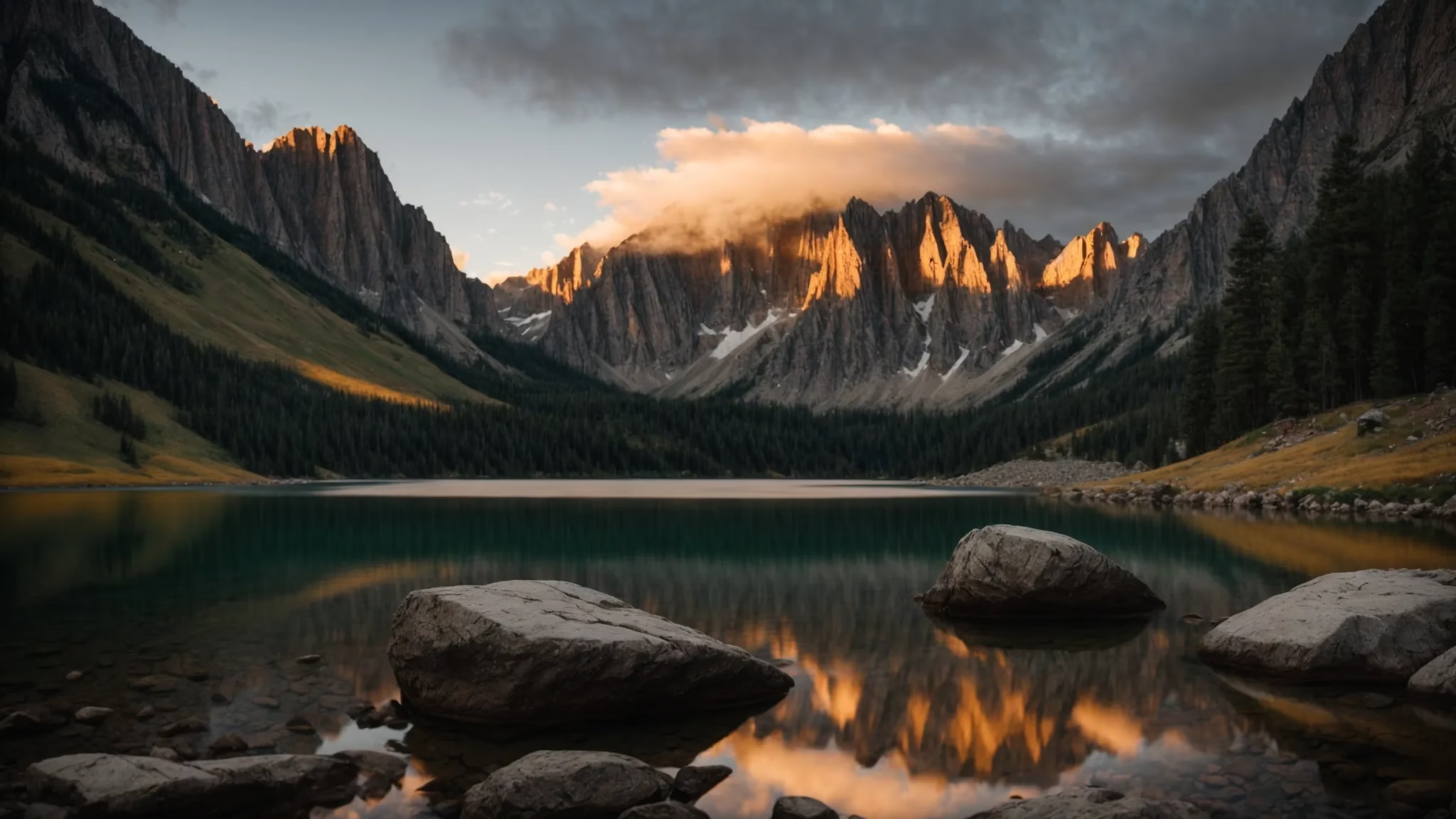
Research zoning laws affecting fountain installations, review HOA guidelines on outdoor features, and check water usage restrictions. The team assesses public safety and environmental requirements while consulting local authorities for permits. This approach ensures every regulatory aspect supports a sound setup for a fountain large, paving the way for detailed discussions on each guideline.
Research Zoning Laws Affecting Fountain Installation
Researching zoning laws affecting fountain installation is an important initial step for projects involving a fountain large. Understanding different municipal requirements helps ensure that the installation complies with local building parameters and water usage guidelines.
Industry experts recommend reviewing local planning documents to determine restrictions on fountain size, location, and water features. Analyzing these regulations allows designers to plan efficient layouts and address potential compliance issues before construction begins.
Consulting municipal authorities and official websites offers clear, actionable details on zoning protections. This proactive approach provides designers with practical insights that contribute to a successful installation while meeting government specifications.
Check for HOA Guidelines on Outdoor Features
Reviewing HOA guidelines is an important step when planning the placement of a fountain large. Experts advise that understanding neighborhood regulations supports a seamless installation process and prevents potential disputes. This approach allows design professionals to plan installations that meet community standards while preserving aesthetic quality.
Professionals encourage verifying HOA rules before finalizing a site. Scrutinizing these rules can offer insight into restrictions on outdoor features and architectural styles, ensuring the fountain adheres to local expectations. This practice helps avoid unexpected complications during installation.
Consulting the actual HOA documents provides clear direction on acceptable modifications and placements. Experts have found that direct communication with HOA representatives can resolve uncertainties and secure necessary approvals. This method reflects a systematic approach to outdoor improvements and positions the fountain large for long-term success.
Understand Water Usage Restrictions in Your Area
Local water usage restrictions guide the installation of a fountain large, ensuring that projects align with environmental standards. Designers review community guidelines to determine acceptable water consumption levels while keeping installation costs manageable.
Regulatory bodies often set limits on water output, urging professionals to plan installations that use water efficiently. This awareness supports the design of fountains that operate within legal and sustainable parameters.
Consultation with water authorities provides practical insights that help tailor designs to regional requirements. The process aids professionals in selecting sites where a fountain large can function reliably without challenging local conservation measures.
Assess Safety Requirements for Public Spaces
Experts review community safety guidelines that apply to public spaces when planning a fountain large installation. They verify that proper clearance, emergency access, and clear walkways are maintained as part of the safety assessment process.
Local authorities offer clear instructions on necessary safety features such as non-slip surfaces and effective signage near fountain installations. Professionals rely on practical experiences to adjust design elements, ensuring that the setup meets legal and visitor protection requirements.
Specialists recommend conducting a comprehensive safety inspection before finalizing the fountain location. They use firsthand evaluations of potential hazards to refine the design and create a public space that operates safely and confidently.
Consult With Local Authorities for Permits
Design professionals advise consulting local authorities early in the planning stage to verify that the fountain installation complies with municipal guidelines. Clear communication with government officials helps identify necessary permits, local building standards, and water usage rules. This proactive approach reduces the risk of complications during installation.
Industry practitioners emphasize the importance of obtaining accurate permit information through direct discussions with local regulators:
| Permit Type | Relevant Authority | Key Requirement | Estimated Time |
|---|---|---|---|
| Building Permit | City Construction Department | Site stability review | 2-4 weeks |
| Water Usage Permit | Local Water Authority | Usage limits compliance | 1-3 weeks |
| Electrical Permit | Municipal Electrical Office | Wiring and safety protocols | 2-3 weeks |
Experts recommend maintaining detailed records of all communications and approvals to ensure a smooth permit process before installation begins. This systematic method helps identify potential challenges early and allows adjustments that conform to local regulatory requirements. Careful documentation fosters a reliable setup for a fountain large and streamlines project execution.
Ensure Compliance With Environmental Considerations
The design team systematically reviews local environmental guidelines to ensure that each fountain installation meets regional sustainability requirements. They consider water conservation and responsible material usage to keep the outdoor project both eco-friendly and compliant with governmental standards.
Experts evaluate natural resources and regulatory policies to support sustainable fountain setups and control resource usage:
| Consideration | Description | Impact |
|---|---|---|
| Water Efficiency | Analyze local water usage guidelines for efficient design | Reduces unnecessary consumption |
| Energy Usage | Select components that limit energy waste | Promotes a lower environmental footprint |
| Sustainable Materials | Incorporate eco-friendly resources to construct the fountain | Supports long-term environmental goals |
Local officials and environmental professionals verify that the installation adheres to statutory and ecological standards. The team applies practical recommendations and proven methods to achieve a balance between aesthetic design and environmental responsibility.
Local rules decide where the fountain can stand. Next, the focus turns to keeping it in good shape and easy to reach.
Planning for Maintenance and Accessibility of the Fountain

Efficient maintenance and accessibility are crucial for a fountain large. The design should allow reachable cleaning areas, promote easy upkeep, and incorporate durable materials. Seasonal care, a regular maintenance routine, and the support of professional services contribute to lasting functionality. This section outlines practical steps to achieve a well-maintained and accessible installation.
Locate the Fountain in Reachable Areas for Cleaning
The design team recommends that the fountain be placed in an area that allows easy access for cleaning and regular upkeep. A location with a clear path facilitates the work of maintenance crews and supports safe use of cleaning equipment. This strategy ensures that each surface of the fountain remains in good condition, reducing service interruptions.
Experts have found that positioning the fountain near open pathways and accessible areas improves the efficiency of routine cleaning. When the fountain is set in a reachable area, maintenance teams can perform scheduled cleaning tasks without obstacles. This method helps preserve both the aesthetic appeal and operation of the fountain large.
Installation plans that consider cleaning access lead to better long-term performance and durability. By selecting a site that welcomes cleaning activities, designers support a maintenance routine that minimizes downtime. This proactive approach addresses common challenges in upkeep, providing a reliable solution for sustained functionality.
Design the Space for Easy Maintenance Access
Design professionals ensure that the fountain installation site offers ample clearance for maintenance operations. They plan service routes and access points that allow maintenance teams to reach all components with minimal effort.
Technical teams structure the layout to include clearly defined pathways and designated service areas to support effective upkeep and quick interventions:
| Feature | Description | Benefit |
|---|---|---|
| Clear Pathways | Unobstructed routes for maintenance access | Efficient cleaning and repair operations |
| Access Zones | Dedicated spaces for service equipment | Improved work organization |
| Service Routes | Marked paths around critical components | Reduces downtime during upkeep |
Engineers collaborate with maintenance teams during the planning stage to validate that service access meets operational needs. This careful planning supports continuous functionality and extends the fountain large’s lifespan through practical, accessible design choices.
Choose Durable Materials for Long-Term Care
Design experts recommend using high-quality stone, metal, or composite materials for fountain installations to reduce maintenance demands. These robust choices stand up well to weather variations and daily use, ensuring that long-term care remains manageable. Practical examples include installations that use engineered quartz and stainless steel, which provide reliable performance over time.
Professionals have observed that selecting materials with proven durability minimizes repair frequency and shortens maintenance intervals. Choosing products that withstand environmental stress, such as heavy rainfall or prolonged sun exposure, allows designers to plan for efficient upkeep. This results in a fountain installation that continues to impress while requiring minimal intervention from maintenance teams.
Maintenance teams prefer installations that incorporate durable elements, as they simplify cleaning and routine care. Fountains made with resilient materials tend to require fewer repairs, which eases both operational demands and long-term costs. This strategic approach underscores the value of selecting materials designed for longevity when planning a large fountain‘s location.
Plan for Seasonal Winterization Procedures
Preparing a fountain for winter involves scheduling proactive checks to ensure water removal, insulation of pipes, and protection of sensitive components. Regular inspections help maintain mechanical performance and overall durability during cold months.
Experts recommend initiating winterization by draining excess water, insulating parts subject to freezing temperatures, and covering exposed systems to reduce the risk of damage during adverse weather conditions:
| Step | Description | Recommended Action |
|---|---|---|
| Drain Water | Remove all residing water to prevent freeze-related damage | Ensure complete drainage from pumps and pipes |
| Insulate Components | Apply appropriate insulation materials to vulnerable areas | Use materials suited for low temperatures |
| Cover Exposed Parts | Use weather-resistant covers to protect against harsh conditions | Verify secure fitting and complete coverage |
Maintenance specialists stress that planned seasonal shutdowns and systematic inspections promote longevity and ease of service. This approach supports the efficient upkeep of the fountain and ensures a smooth transition into colder weather periods.
Establish a Routine Maintenance Schedule
The design team recommends establishing a routine maintenance schedule for the fountain installation to ensure uninterrupted performance and longevity. Regular checks help maintain fluid operations and prevent unexpected issues, especially in high-traffic outdoor environments. Experts advise scheduling monthly inspections to verify that water flow, pumps, and decorative elements are in optimal condition.
Efficient planning for maintenance enhances accessibility and supports the overall durability of the fountain large. A well-timed schedule allows service professionals to perform necessary cleaning and repairs without compromising the installation’s aesthetic appeal. Professionals observe that a consistent upkeep routine not only preserves the fountain’s structural integrity but also simplifies long-term management.
Establishing a routine maintenance schedule offers practical benefits by reducing downtime and lowering repair costs over the fountain’s lifespan. The design team implements clear timelines and checklists to address routine tasks, ensuring that operational concerns are managed proactively. This systematic approach helps maintain high standards of safety and appearance while supporting the selected location’s overall functionality.
Identify Professional Services for Help When Needed
Professional service providers play a key role when selecting the right location for a fountain large. Experts advise consulting contractors who specialize in outdoor water features to verify that the installation site supports efficient cleaning and routine maintenance. Their firsthand experience ensures an accurate assessment of the space’s accessibility and durability.
Design teams often rely on independent maintenance specialists to address routine service challenges and provide tailored guidance on repairs. Skilled professionals offer actionable insights based on years of experience, which helps to prevent minor issues from becoming costly problems. Their input streamlines the planning process for long-term upkeep.
Maintenance experts assist by performing regular site evaluations and suggesting adjustments to improve service routes and accessibility. Their scheduled visits help maintain system performance and ensure necessary components such as pumps and water lines remain unobstructed. This collaboration guarantees that the fountain large continues to operate smoothly and maintains its visual appeal.
The fountain now works as fixed, maintained for smooth access and care. The team shifts focus to shaping its setting with clear, refined details that catch the eye.
Enhancing Aesthetic Appeal Around the Fountain

Design experts focus on selecting suitable plants and decorations while planning clear pathways to guide visitors. They position lighting to accentuate the fountain at night, adopt coordinated color themes, incorporate art or sculptures, and design seating to encourage social interaction. Each strategy adds practical value for a fountain large.
Select Surrounding Plants and Decorations Wisely
Selecting the right plants and decorations adjacent to a large fountain is critical to creating a cohesive outdoor setting. Expert designers analyze soil quality, local climate, and maintenance requirements to choose flora that supports the fountain‘s visual presence while offering year-round appeal.
Industry professionals recommend integrating decorative features that complement the natural surroundings of a fountain installation. The placement of sculpture pieces, urns, and complementary planters helps create a balanced appearance that meets the needs of homeowners seeking a refined outdoor space.
Experienced designers advise that careful planning elevates the overall impact of a fountain‘s location. Practical examples reveal that choosing native plants and durable decorative elements minimizes upkeep, maximizes appeal, and results in an inviting outdoor area that serves as a focal point for gatherings and relaxation.
Use Pathways to Guide Visitors to the Fountain
Pathways offer a clear route for visitors to approach the fountain large, creating defined access that supports a welcoming outdoor setting. They organize the open space effectively while drawing attention to the water feature as a key element. Clean, direct design choices in pathway layout benefit both aesthetics and functionality.
Structured walkways serve as practical guides, ensuring that guests move safely and confidently toward the fountain. They outline the space with precision and support a balanced composition in the overall design. Professionals favor durable materials that withstand outdoor conditions and maintain the area’s appeal.
Engineers recommend incorporating thoughtfully designed pathways to improve visitor circulation around the fountain. These access routes simplify navigation, reducing obstacles and preserving a visually cohesive environment. Such designs promote a professional appearance while enhancing the overall visitor experience.
Position Lighting to Highlight the Fountain at Night
Design professionals suggest positioning outdoor lighting to create a refined appearance that complements a fountain large at night. Strategic placement of lights emphasizes water motion while ensuring the fountain remains visible and attractive during dark hours. This method offers an effective way to highlight decorative details and maintain a consistent aesthetic in outdoor spaces.
Experts advocate for using a combination of accent and ambient lighting to add depth and balance to the surrounding landscape. Properly placed fixtures enhance the visual impact of the fountain while also increasing safety and accessibility. This practice reflects the designer’s commitment to merging functionality with modern style.
Industry specialists note that carefully directed lighting contributes to an inviting atmosphere for evening gatherings and enhances the overall outdoor experience. Thoughtful illumination techniques allow the fountain to serve as a focal point that ties together other landscape elements. This setup demonstrates the practical benefits of tailored lighting solutions in sophisticated fountain installations.
Consider Color Themes for a Cohesive Look
Design professionals advise that selecting a well-matched color theme creates a unified look that supports the overall outdoor design. They review the surrounding landscape and architectural details to identify hues that complement the fountain’s materials and textures.
Experts state that choosing a consistent palette helps balance visual elements and guides the eye naturally toward the fountain installation. They often recommend using colors that coordinate with plantings, paving, and nearby structures to maintain a neat appearance in the space.
Consultations with design specialists reveal that a cohesive color scheme minimizes visual clutter while emphasizing key features of the fountain. Practical examples from past projects show that integrating complementary color themes leads to an inviting and professionally finished outdoor space.
Incorporate Art or Sculptures for Added Interest
Integrating art or sculptures around a fountain large offers added visual interest while reinforcing the overall setting. Designers note that well-placed art pieces help define the space, drawing attention to the fountain and creating a harmonious outdoor environment. This strategy addresses concerns related to monotony by introducing dynamic focal points.
Specialists suggest incorporating sculptures that complement the structural elements of a fountain large to boost both functionality and aesthetic charm. The selection process involves evaluating material durability and ensuring that the art suits the surrounding design narrative. Such considerations assist project managers in delivering an impactful installation that meets client expectations.
Experts recommend selecting art that resonates with local styles and the overall vision for outdoor spaces. Field observations confirm that sculptures placed near a fountain large can improve visitor engagement while offering a balanced appeal. This method provides a practical and creative solution for securing lasting visual impact in outdoor projects.
Design Seating Arrangements for Social Interactions
The seating areas positioned near the fountain large allow guests to interact while enjoying the water feature. Designers often arrange benches and chairs to provide a natural flow without disrupting the fountain’s visual focus. This method supports a balanced outdoor setting that meets both aesthetic and functional needs.
Experts recommend selecting seating layouts that offer clear sightlines and maintain open spaces between furniture pieces. Such arrangements help preserve the fountain’s architectural integrity and create an inviting ambiance. Clients benefit from a design that encourages social interaction without compromising the area’s elegance.
Successful projects show that varied seating options accommodate different activity levels and social preferences. The use of durable materials and thoughtful positioning ensures that seating remains accessible and comfortable. Practical design solutions contribute to a united space where the fountain large serves as a central element for group gatherings.
The clean design around the fountain draws a steady, admiring glance. Now, nature sets the stage with its own demands, prompting a closer look at the ground and sky.
Evaluating Environmental Factors Impacting Fountain Location

Experts assess wind patterns, soil drainage, and flood risks while monitoring wildlife activity near potential fountain large sites. They also account for seasonal weather changes, ambient noise, and future landscape developments. These environmental factors guide selections, ensuring an installation that functions efficiently and enhances outdoor appeal.
Assess Wind Patterns and Their Effects on Water Display
Design professionals assess wind patterns by gathering meteorological data and conducting on-site evaluations to ensure that a fountain large performs as intended. This analysis helps determine the potential impact of wind on water display, guiding strategic placement for optimal effect.
The evaluation process includes practical measurements to see how wind speeds affect the water flow from the fountain. Experts use these insights to adjust the fountain‘s orientation and design features for a consistent water display even under variable wind conditions.
Field assessments often reveal that wind can alter the projected water stream, prompting designers to incorporate physical safeguards. These professionals rely on real-world examples and technical data to finalize fountain placement, ensuring that the water display remains attractive and steady under various environmental conditions.
Understand Soil Drainage and Flood Risk Issues
The assessment of soil drainage supports a sound foundation for a fountain large. Evaluations provide clear data on water absorption capacity and help determine if the chosen site can manage moisture effectively.
Studies on flood risk ensure that water overflow does not challenge the structural integrity of the fountain. Experts rely on local flood data and weather trends to pinpoint areas where installation risks are minimized.
Field tests, such as soil saturation analysis, offer hands-on insights that benefit fountain planning. This information equips designers to select locations where controlled drainage and low flood risk secure long-lasting performance.
Monitor Wildlife Activity Around Potential Locations
Monitoring wildlife activity is a critical component when selecting the right location for a fountain large. Observing the presence and behavior of local animal species offers valuable insights into the environmental dynamics and potential impacts on the installation.
Technical professionals recommend conducting regular site surveys to note variations in animal movement and interactions; compiling a checklist of key observations can lead to a more informed decision-making process:
- Record species frequencies and activity times
- Identify any potential disturbances to the fountain’s vicinity
- Monitor seasonal shifts in animal behavior
- Assess how wildlife presence influences maintenance routines
Field experts advise that reliable monitoring of wildlife activity supports the selection of optimal sites by highlighting potential issues and opportunities. Implementing straightforward observation techniques helps streamline assessments while ensuring that the fountain large functions harmoniously within its environment.
Consider Seasonal Weather Changes and Their Impact
Seasonal weather changes significantly influence the performance of a fountain large, particularly in regions with marked temperature variations. Experts note that hot periods may accelerate water evaporation and cause additional maintenance requirements. Cold conditions, on the other hand, demand careful adjustments to prevent freezing damage.
Weather fluctuations also affect material longevity and water circulation in fountain installations. Continuous evaluation helps identify potential risks and establish maintenance routines:
| Season | Impact on Fountain | Recommended Action |
|---|---|---|
| Spring | Increased water flow and residue concerns | Schedule regular cleaning and inspection |
| Summer | Accelerated evaporation and heat stress | Ensure effective cooling and circulation |
| Autumn | Accumulation of debris and moisture shifts | Maintain drainage and remove obstructions |
| Winter | Risk of freezing and contraction of materials | Apply winterization techniques promptly |
Professional recommendations emphasize the importance of monitoring seasonal forecasts and local climate patterns to schedule timely maintenance. Regular assessments of material conditions and water quality help secure the fountain‘s functioning throughout the year. This proactive stance meets client needs and preserves both the structural integrity and visual appeal of the installation.
Evaluate Noise Levels From Surrounding Areas
Experts assess ambient noise levels to ensure that a fountain large creates a pleasant environment for visitors. Measurements taken at different times help determine how surrounding sounds, such as traffic or commercial activities, might influence the overall setting.
Technical assessments provide designers with valuable insights into potential noise disruptions that could impact the fountain‘s soothing water features. These evaluations support the selection of a site where natural sound complements the installation, enhancing its visual appeal.
Field observations from professional teams demonstrate that areas with consistent low noise levels are preferable for a fountain large. Reliable data from on-site measurements guides the placement decision to maintain a balanced and inviting outdoor atmosphere.
Think About Future Landscape Changes and Growth Patterns
Design professionals stress the importance of anticipating future landscape changes when planning a fountain large installation. They note that potential adjustments such as nearby construction or changes in vegetation patterns can affect the fountain‘s overall appearance and performance.
Experts recommend identifying key factors that may influence growth patterns in the surrounding area before finalizing the site. This proactive approach includes reviewing historical data and local planning initiatives to develop a reliable forecast of landscape trends:
- New building developments in the vicinity
- Expansion plans for public parks and recreational areas
- Changes in local horticultural practices and maintenance routines
Industry professionals advise that a well-researched projection of future landscaping ensures the fountain remains a centerpiece regardless of environmental changes. This careful planning addresses potential client concerns about long-term investments while supporting a stable and attractive outdoor display.
Conclusion
Selecting the right location for a fountain large shapes a harmonious outdoor space that embodies aesthetic appeal and functional design. Site evaluations drive decisions related to accessibility, environmental conditions, and regulatory compliance, ensuring consistent performance. Designers integrate practical measures that address maintenance and structural integrity while enhancing overall visitor experience. This strategic approach solidifies project success and secures long-term value for any outdoor installation.



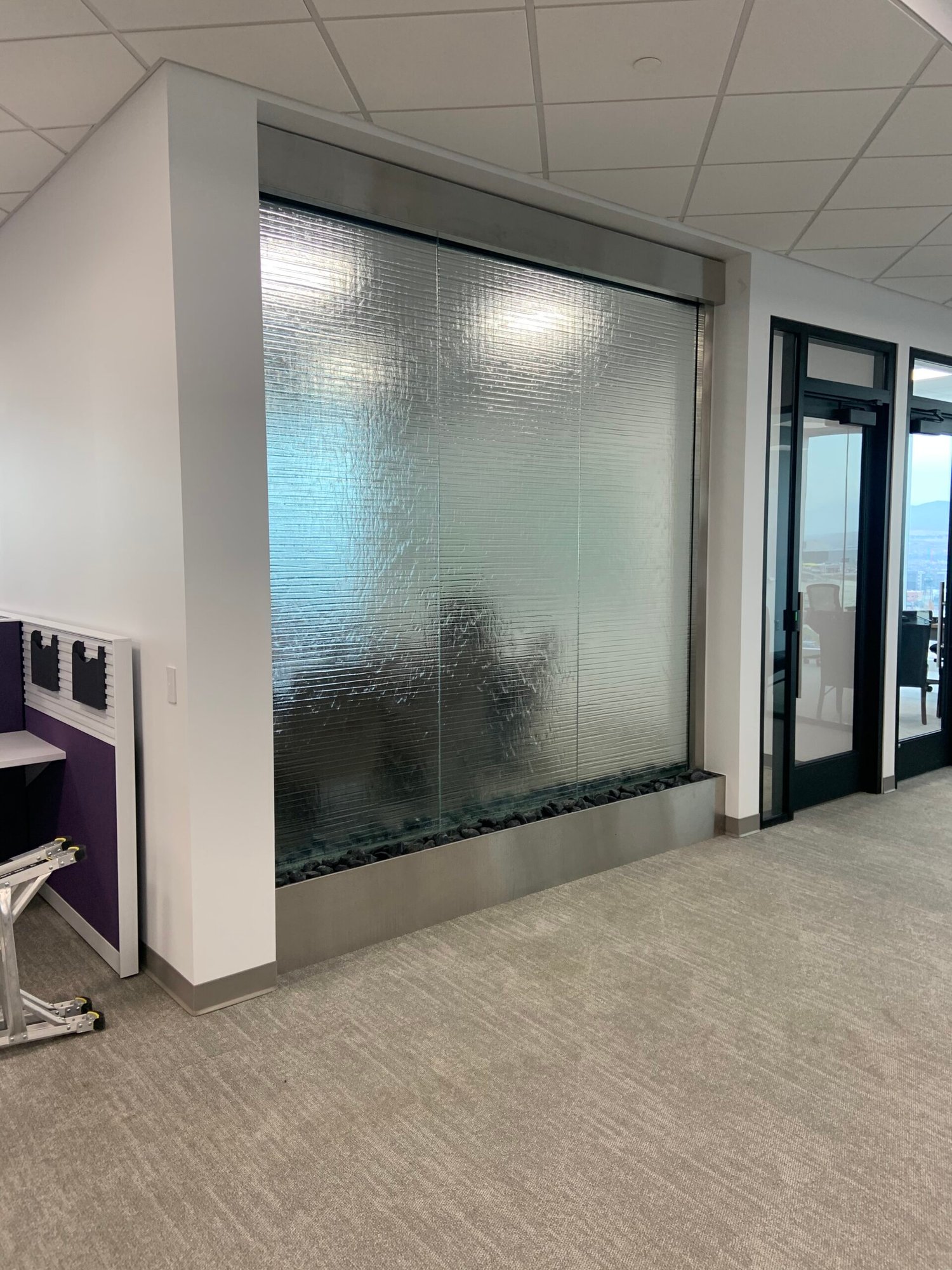
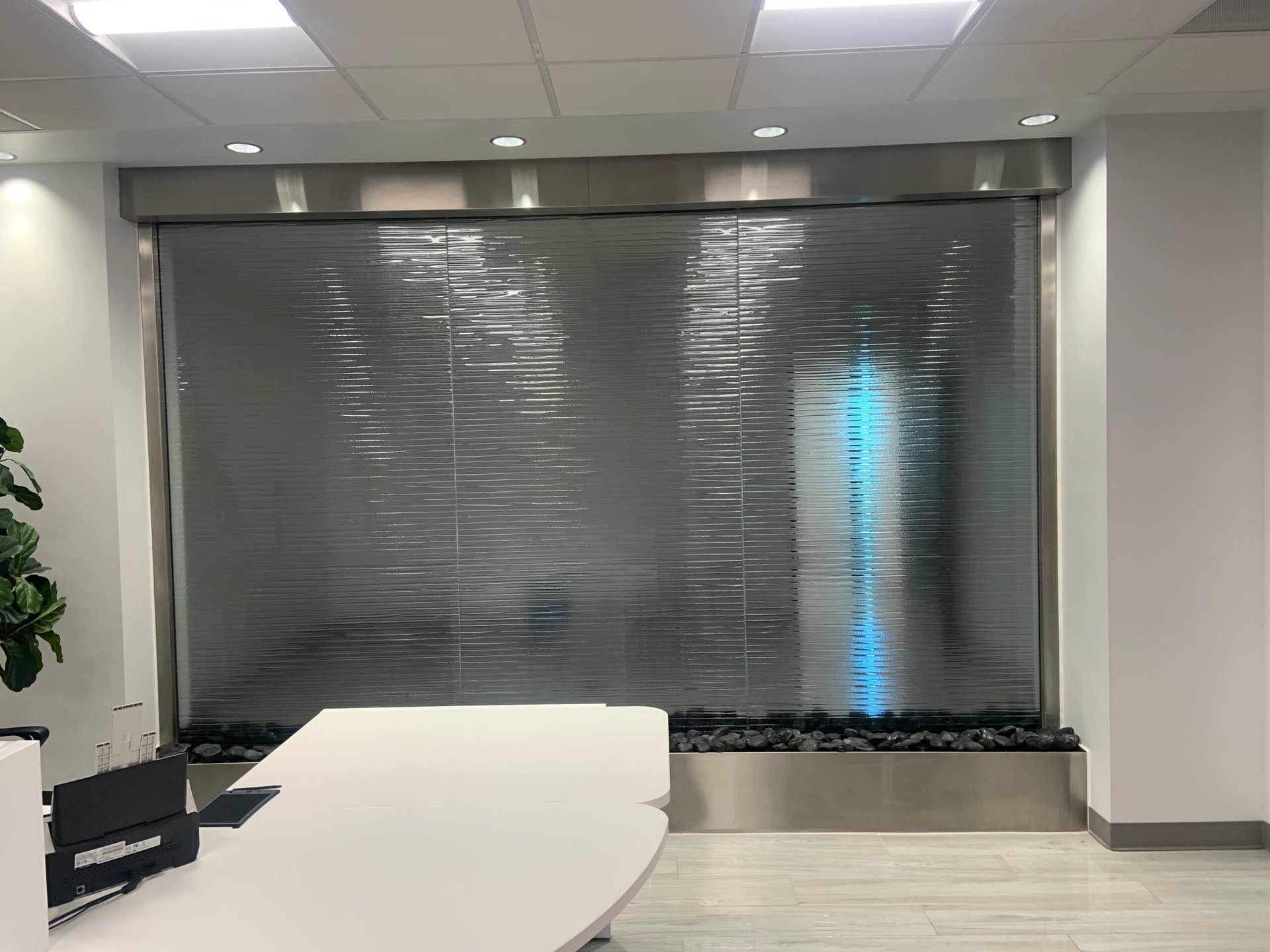
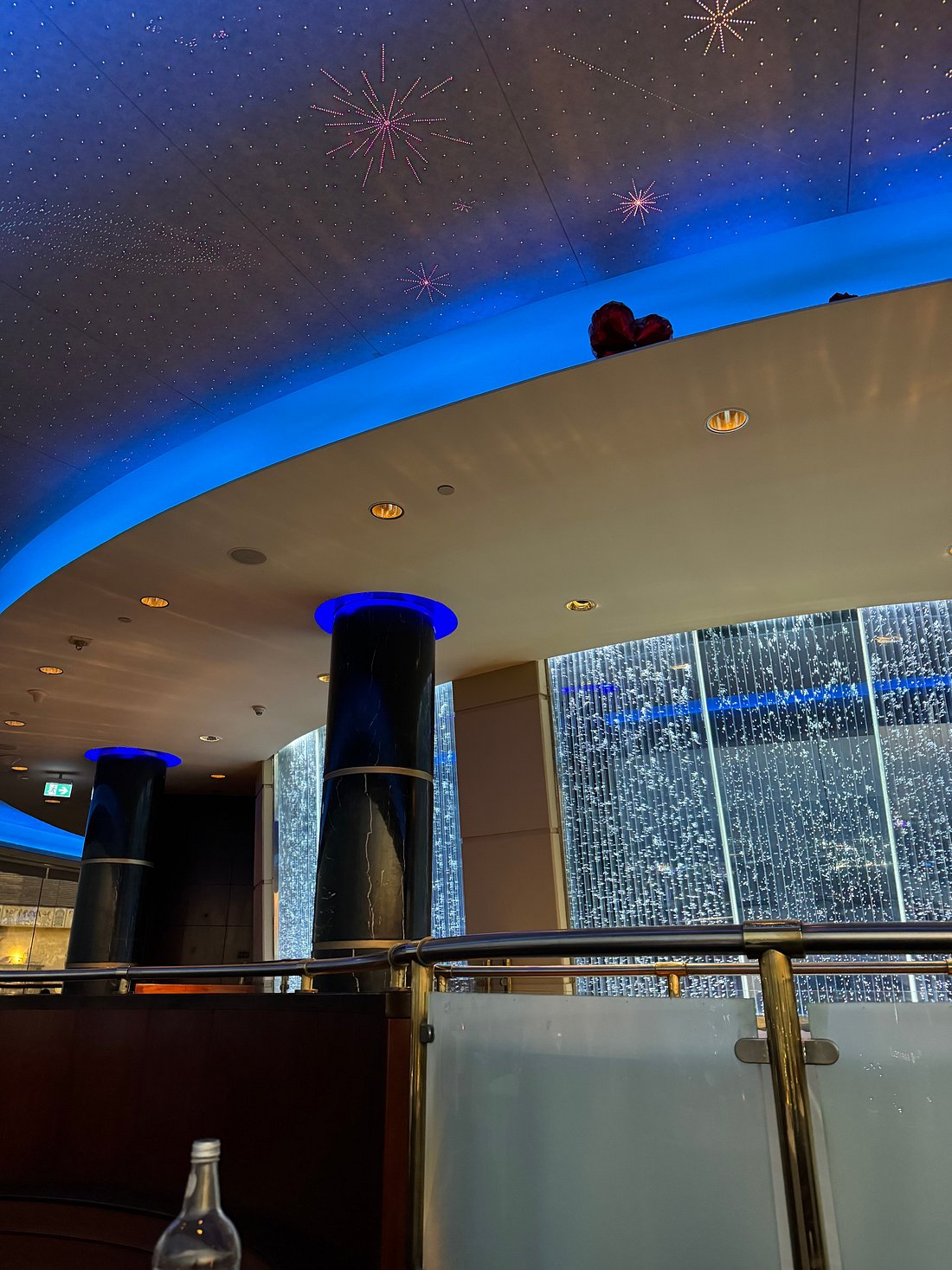
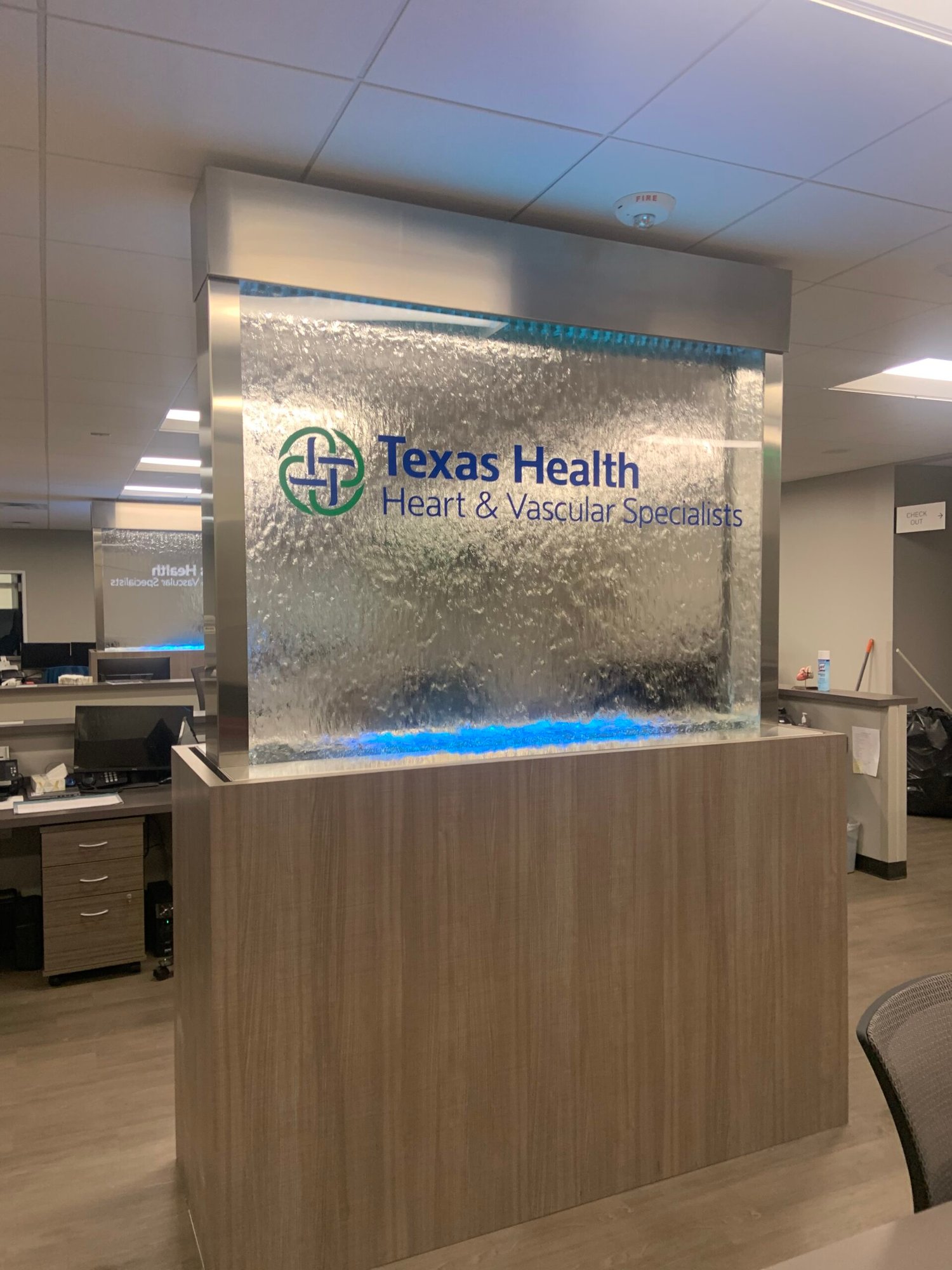
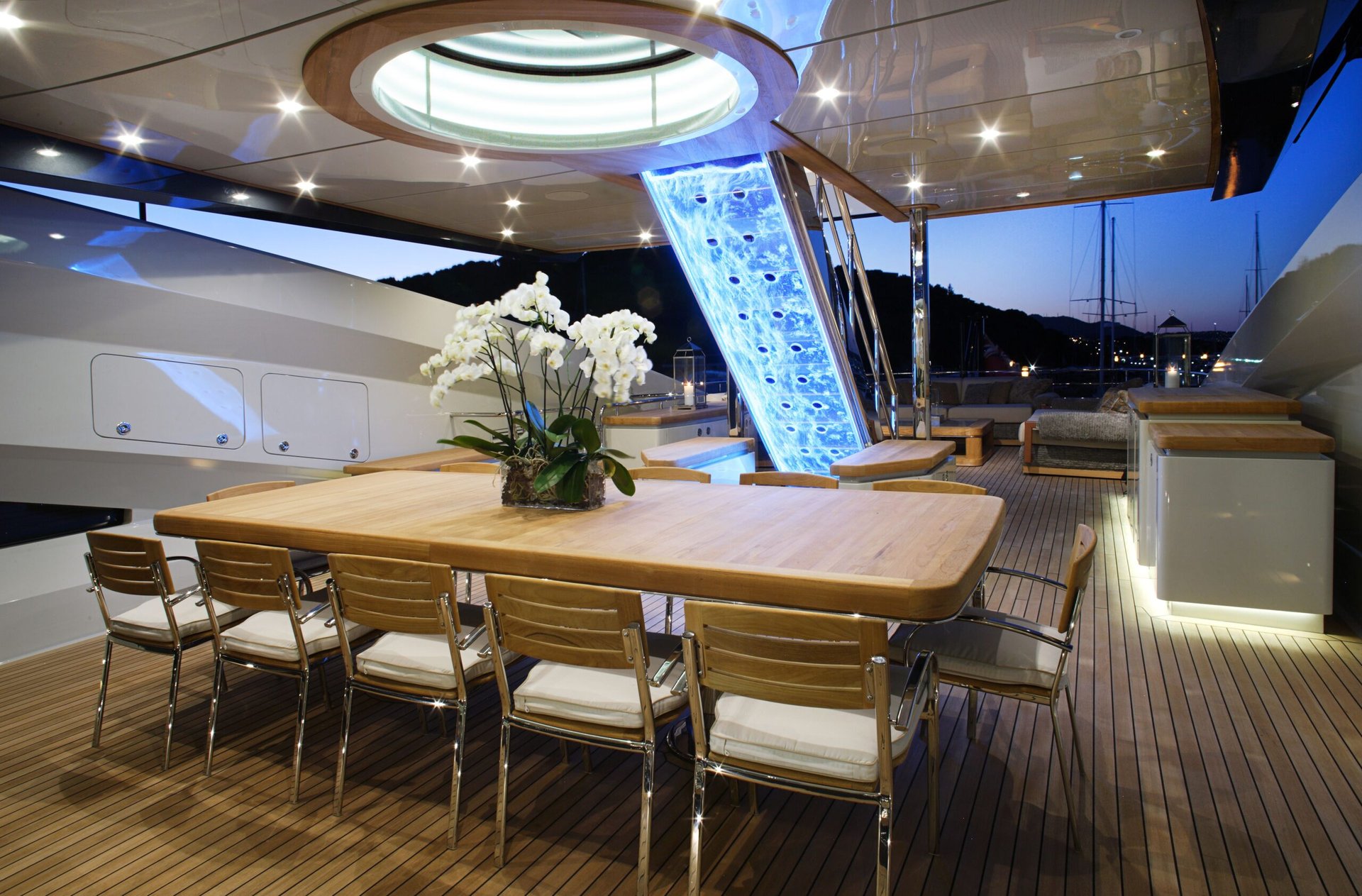


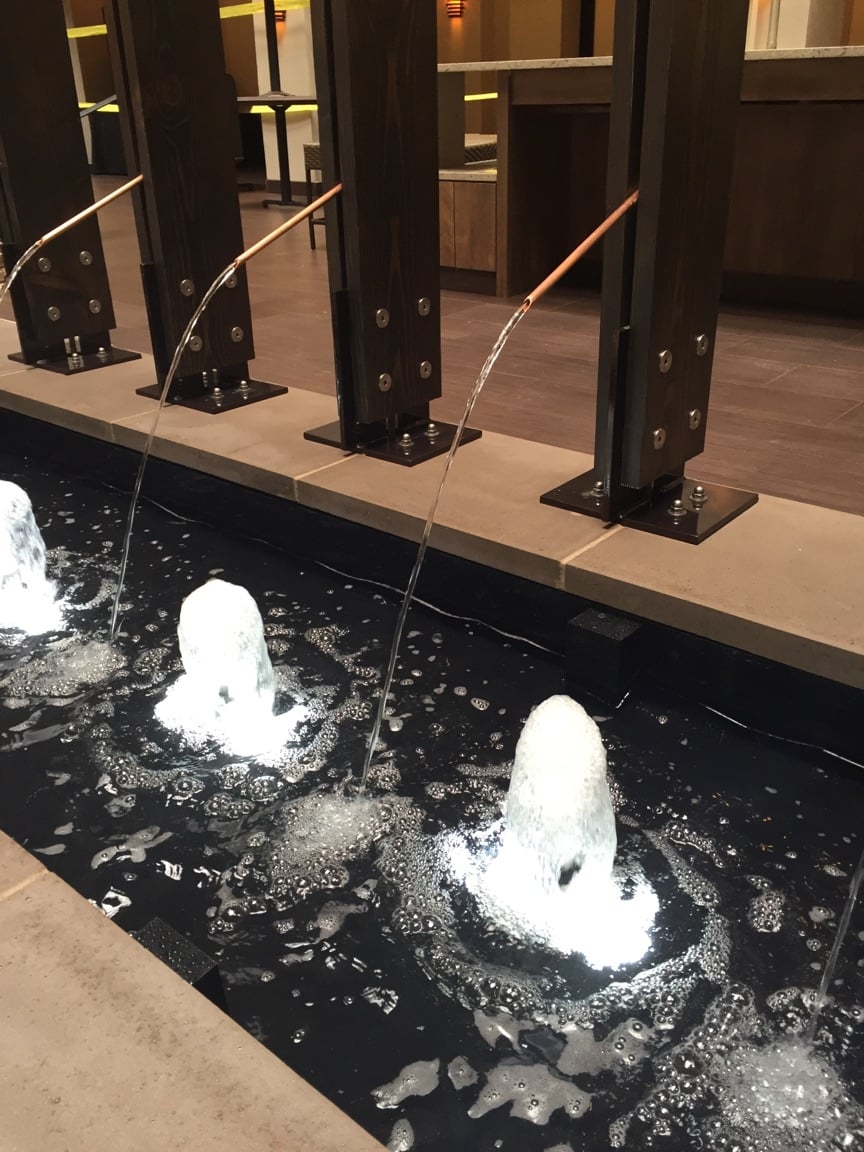
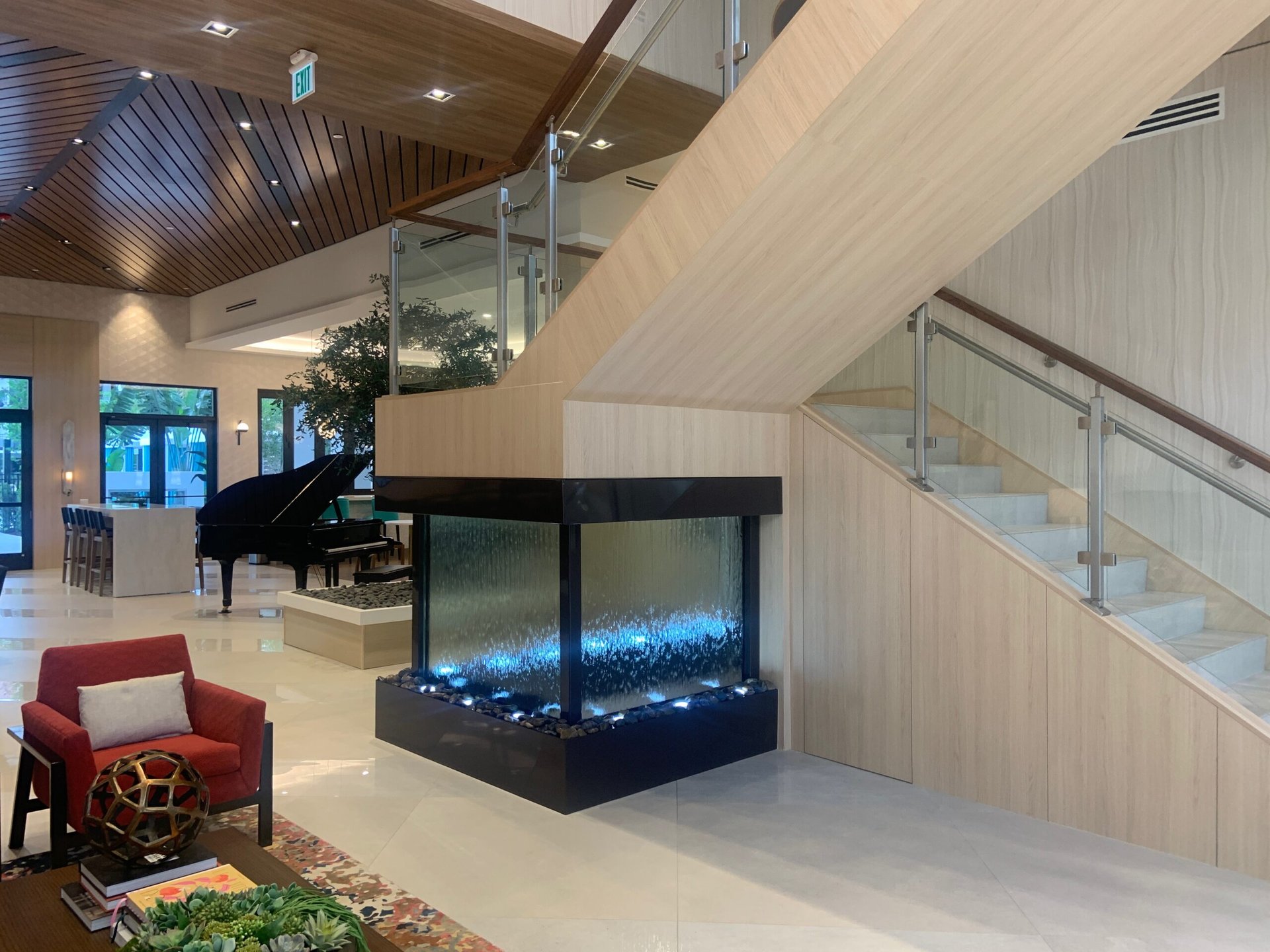
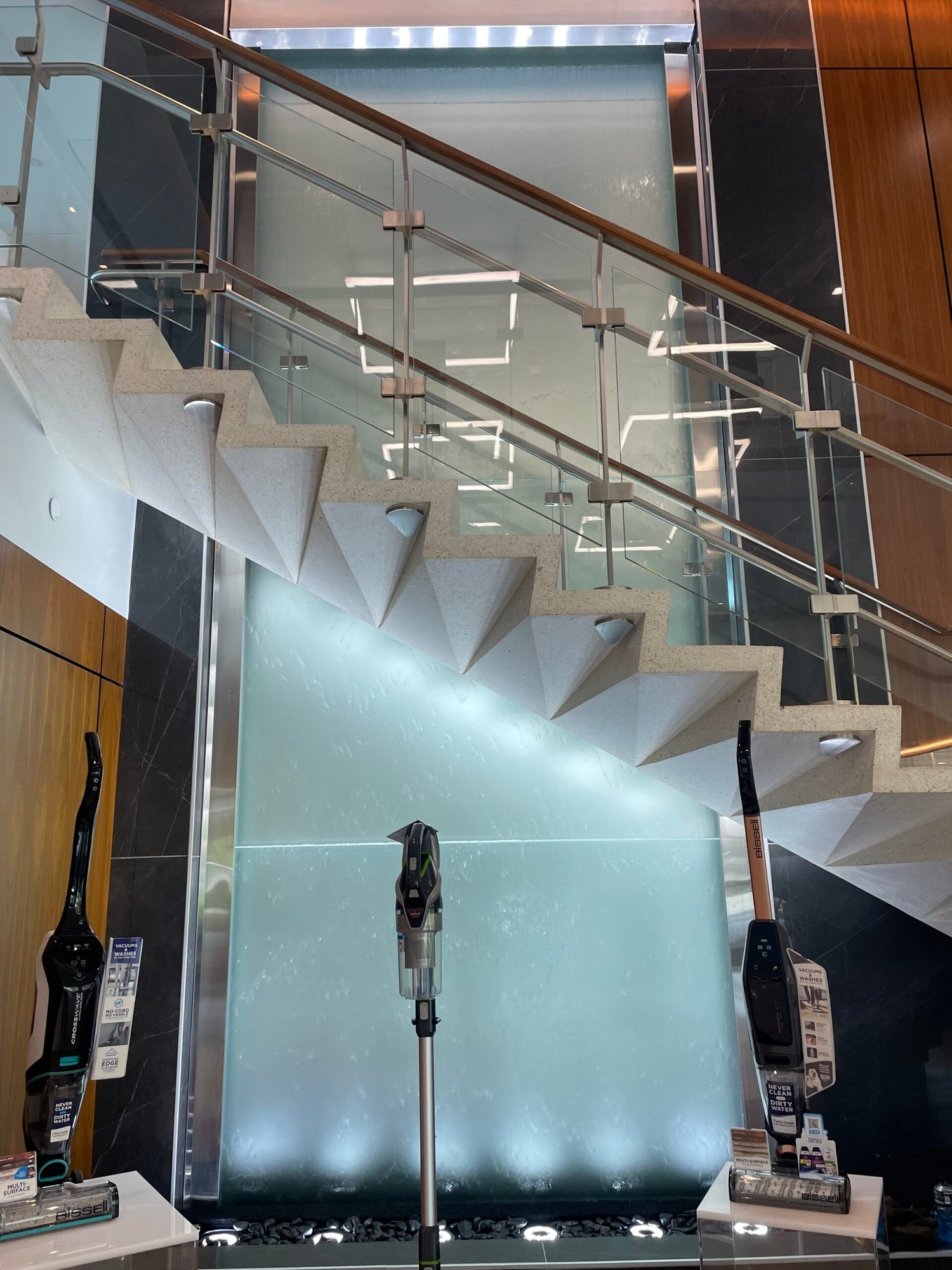
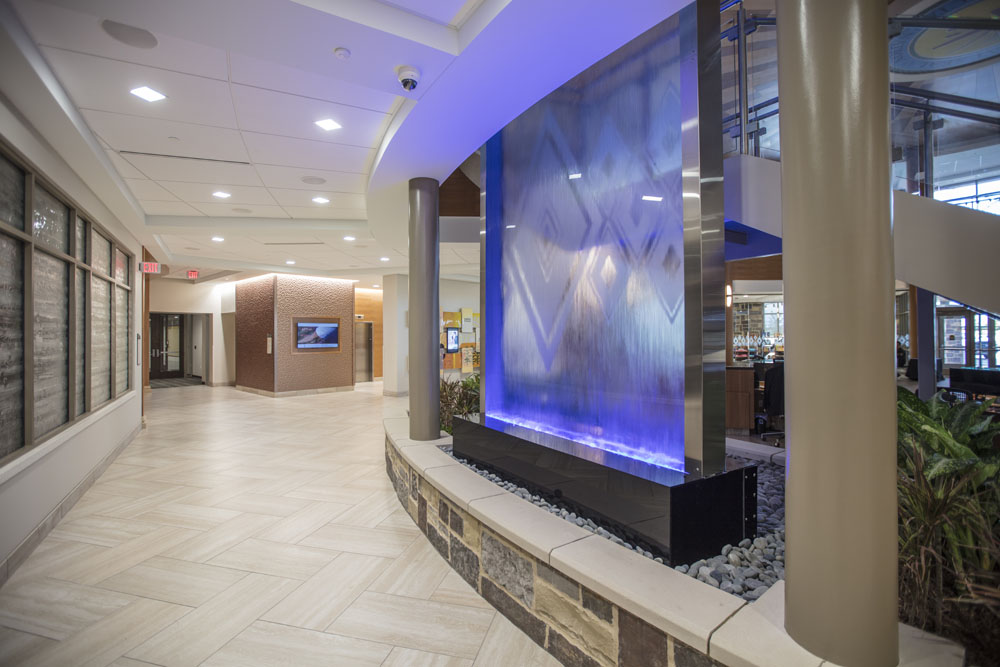


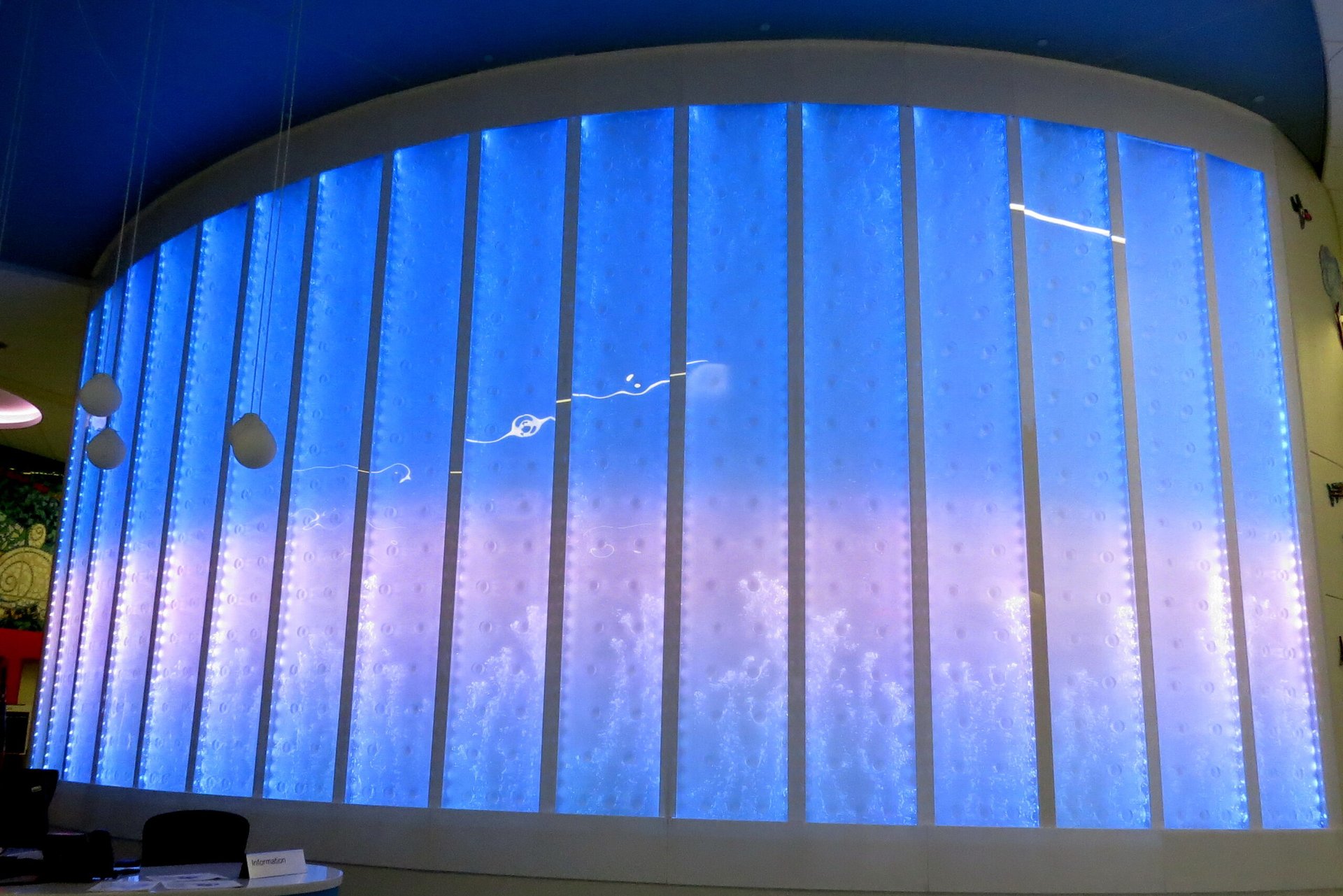

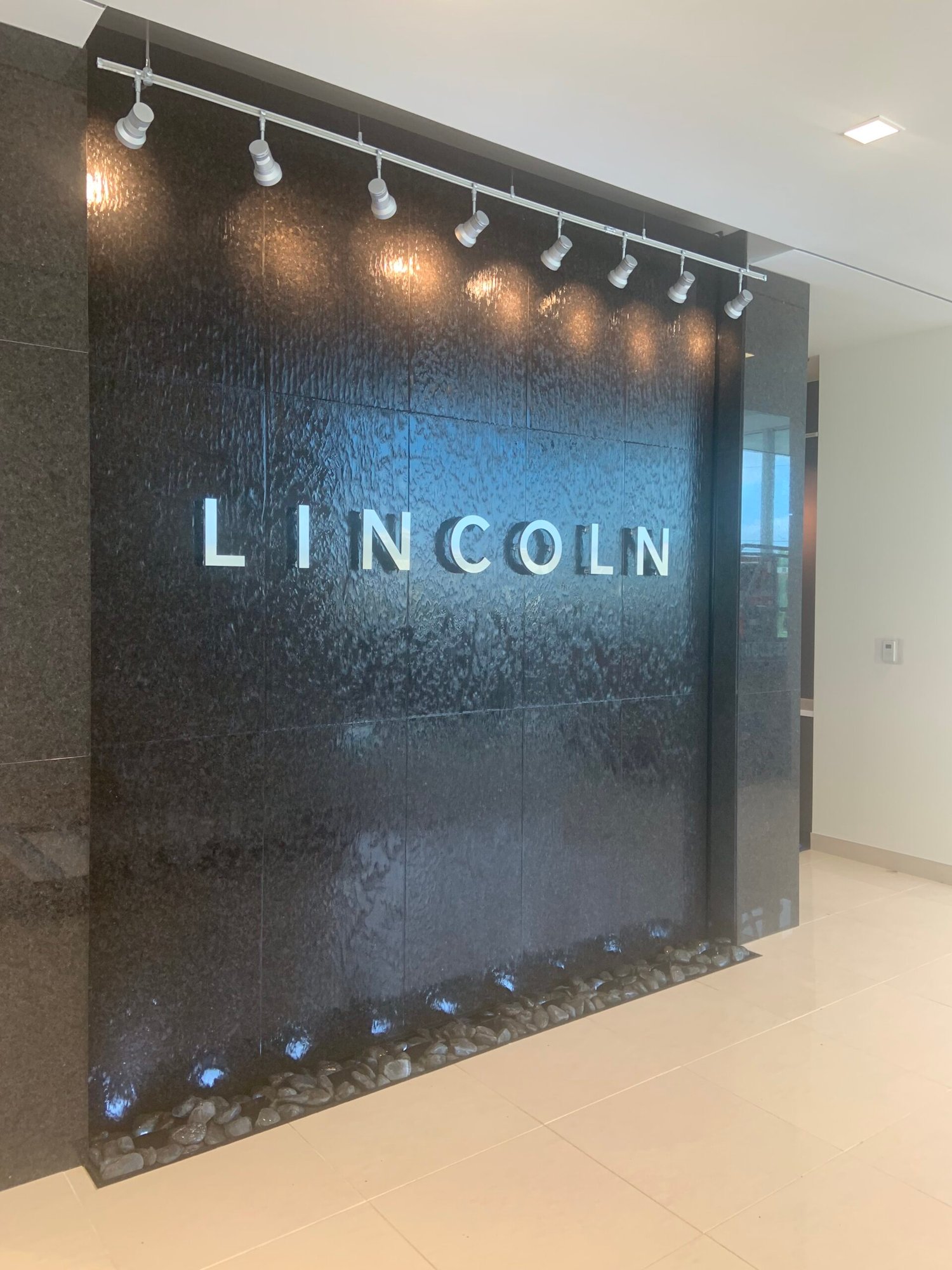
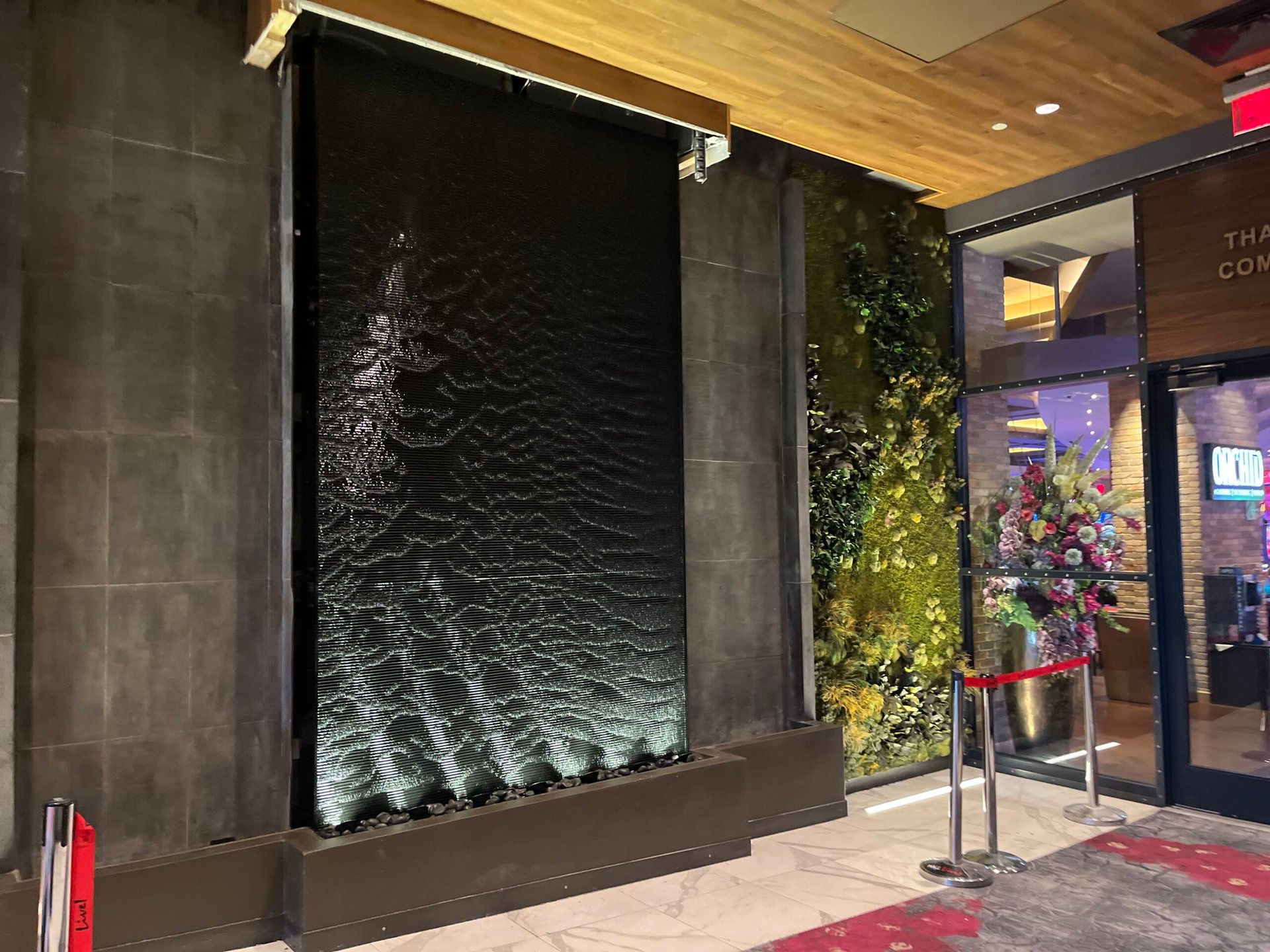
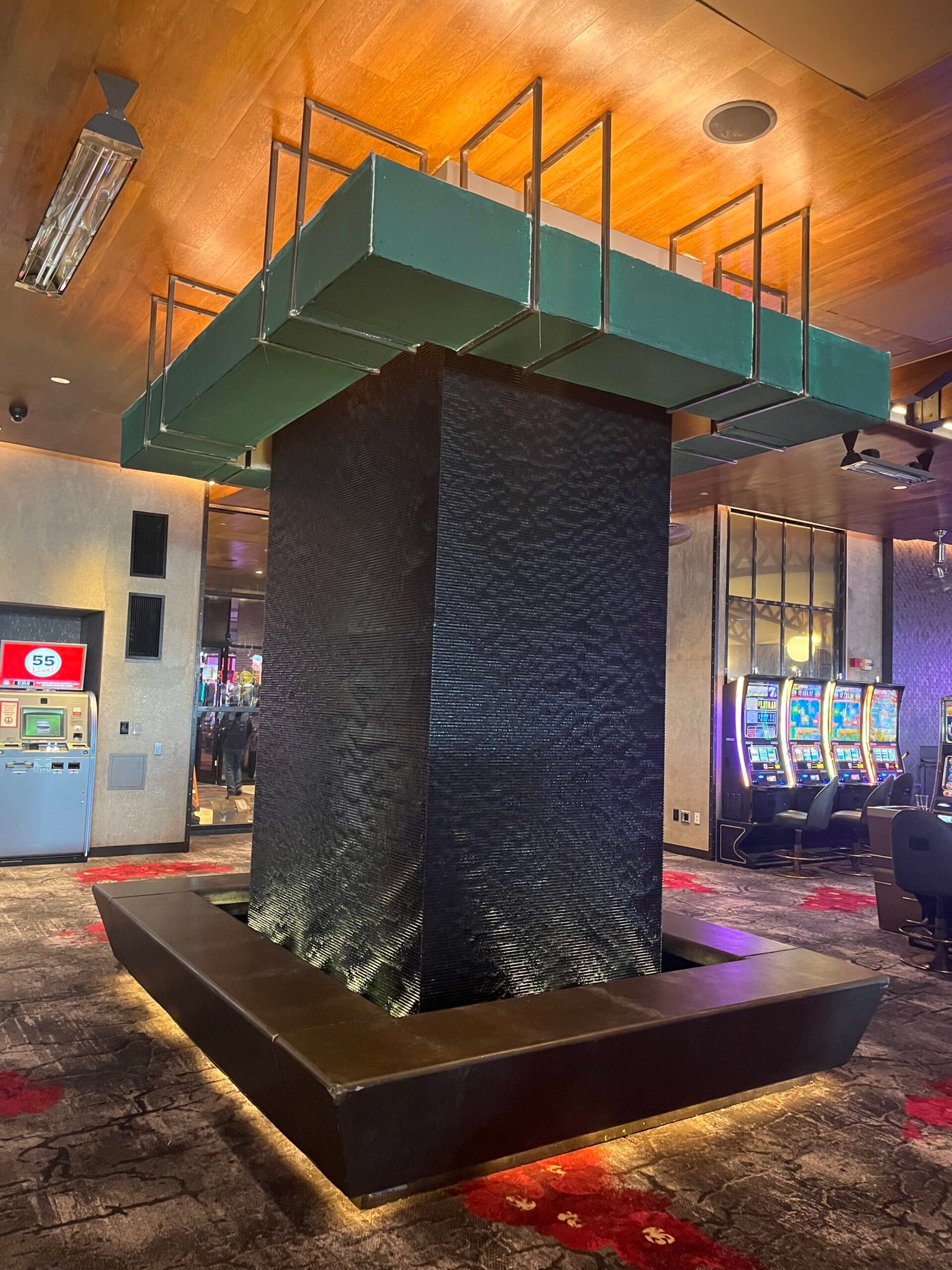
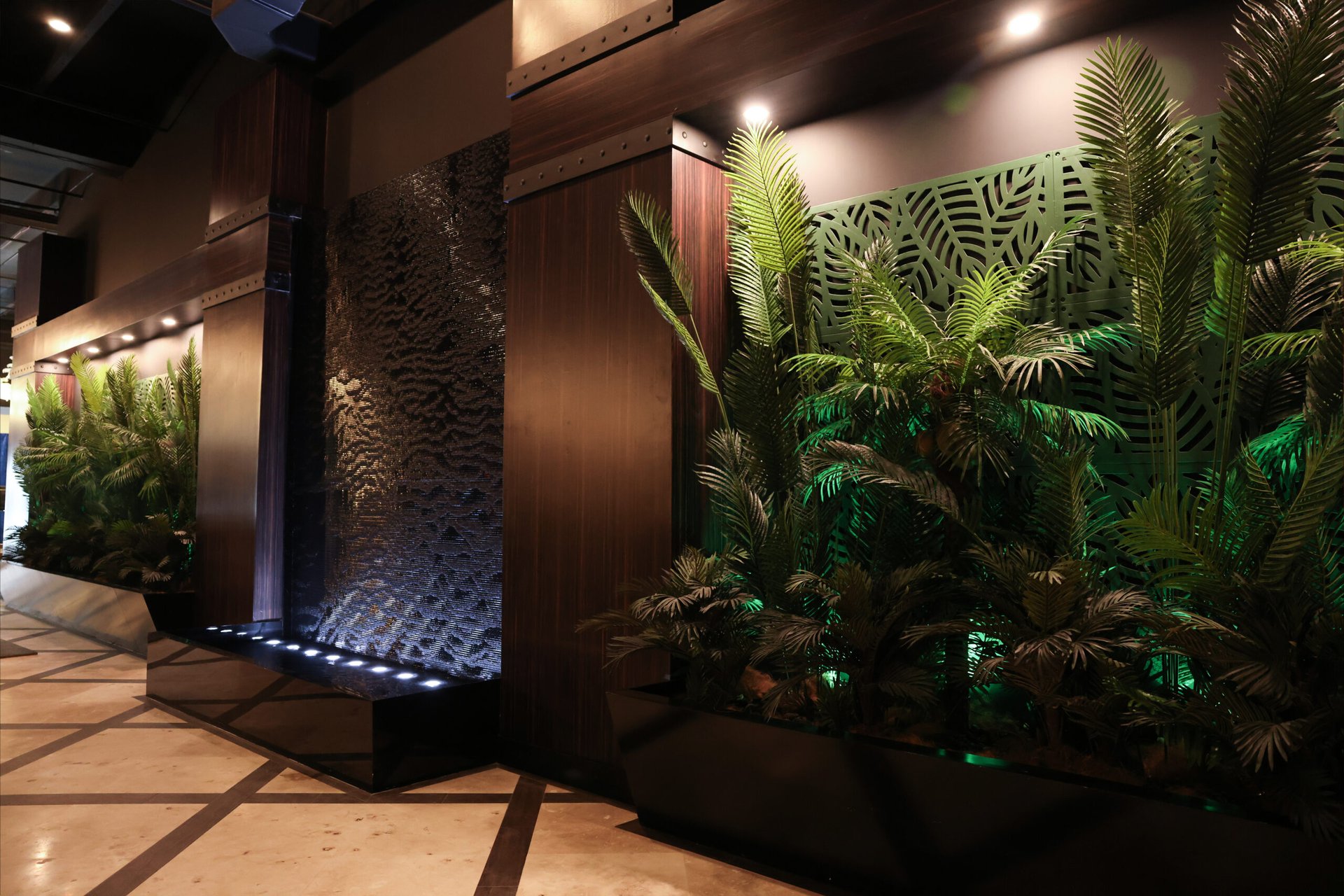
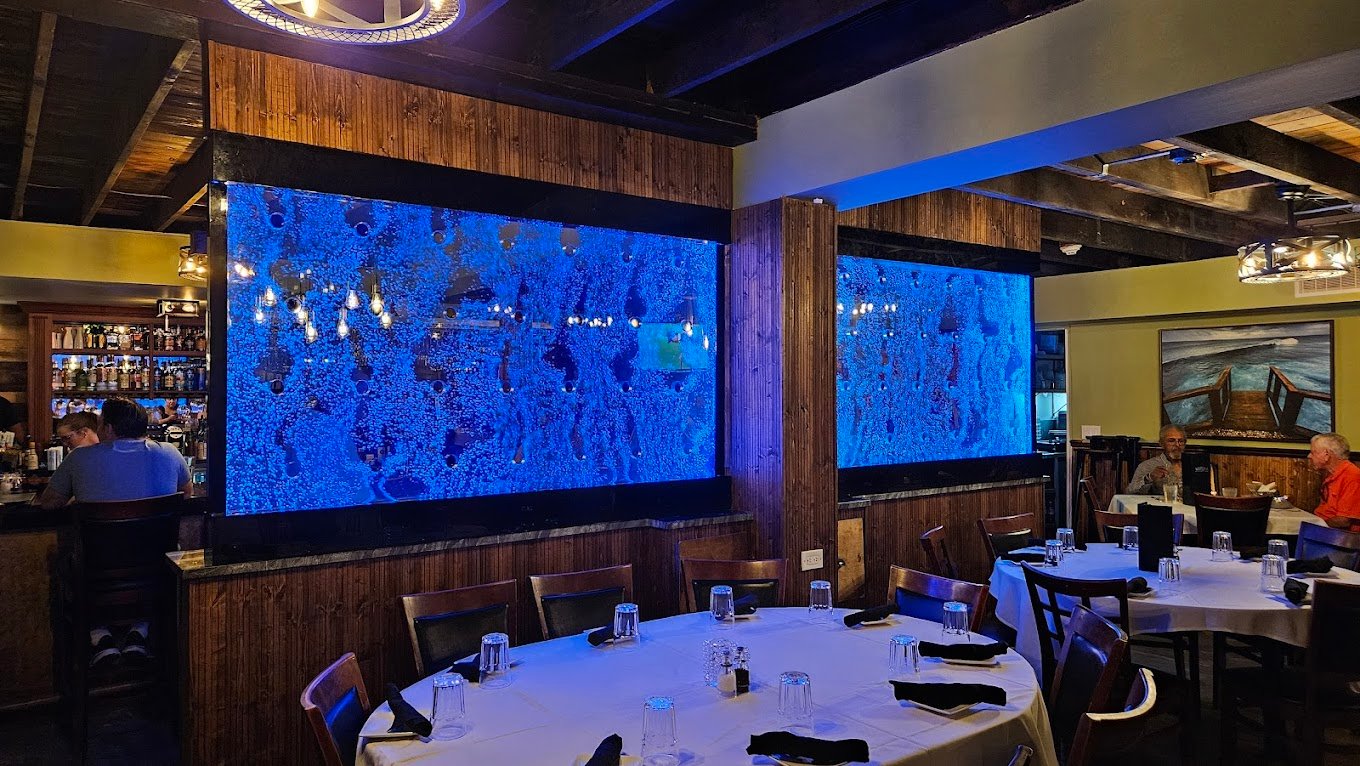
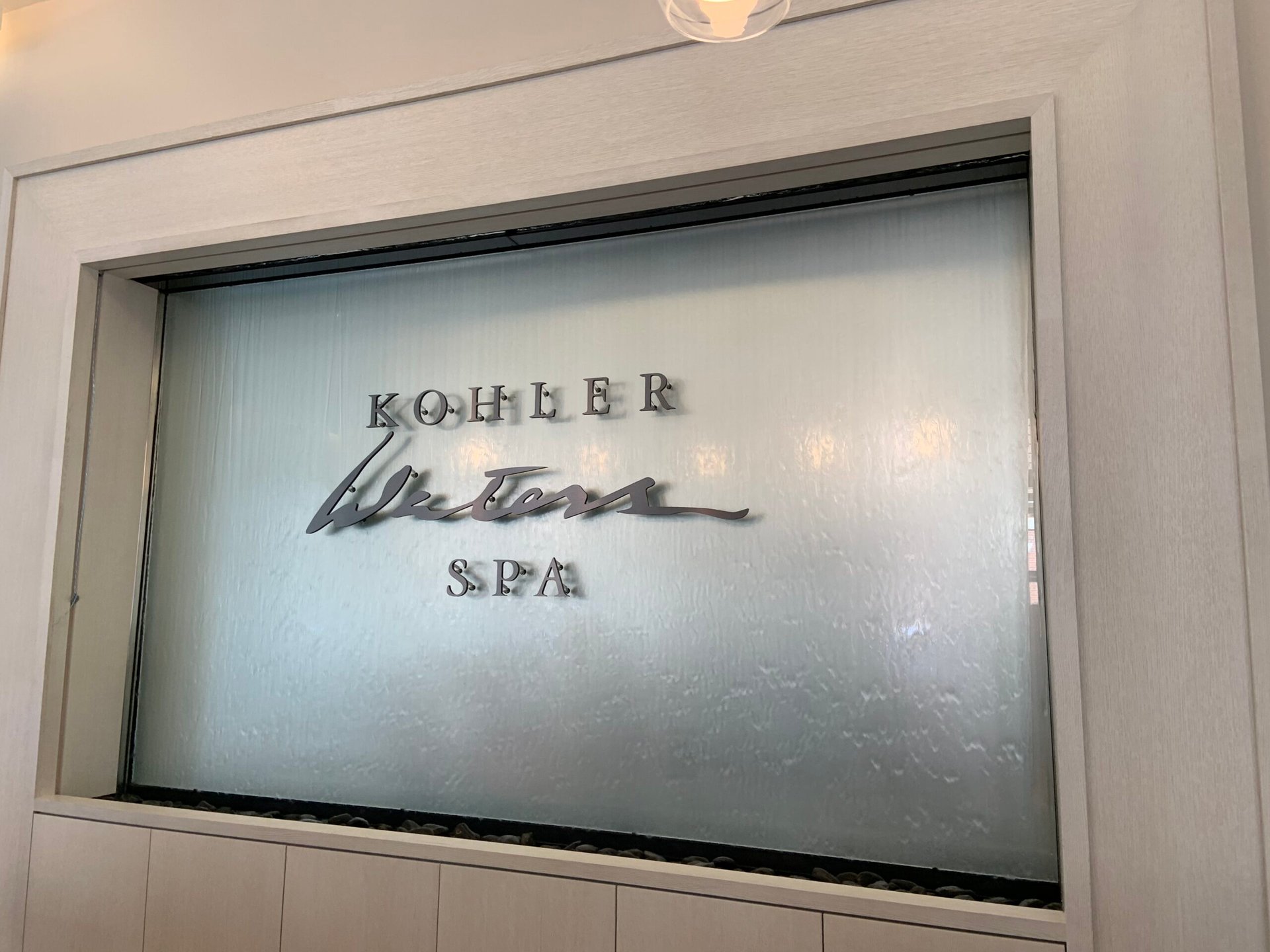
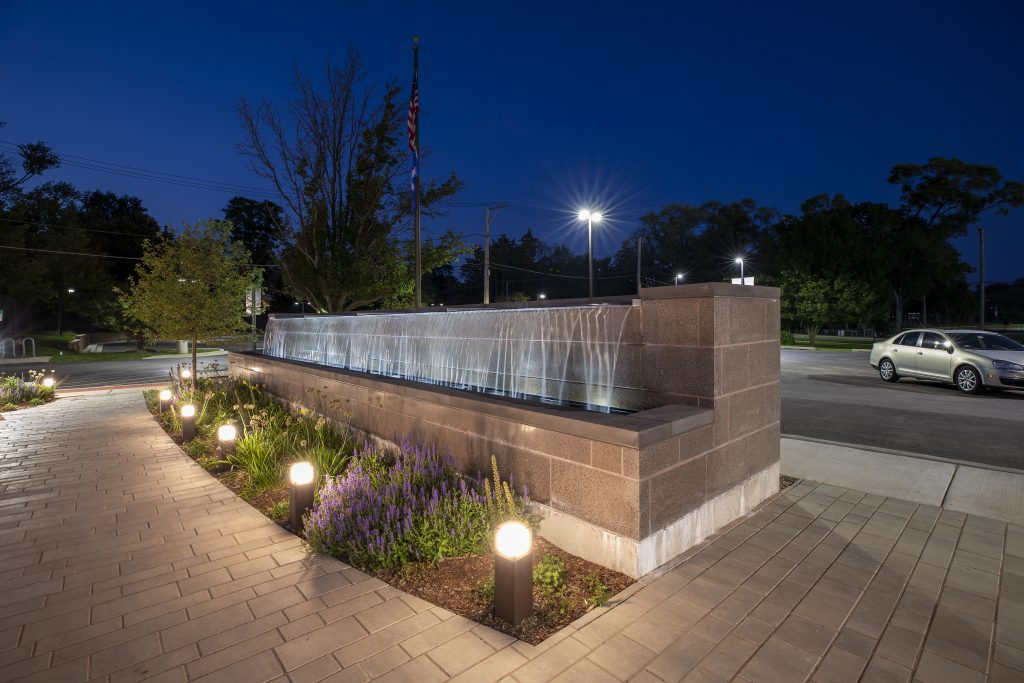
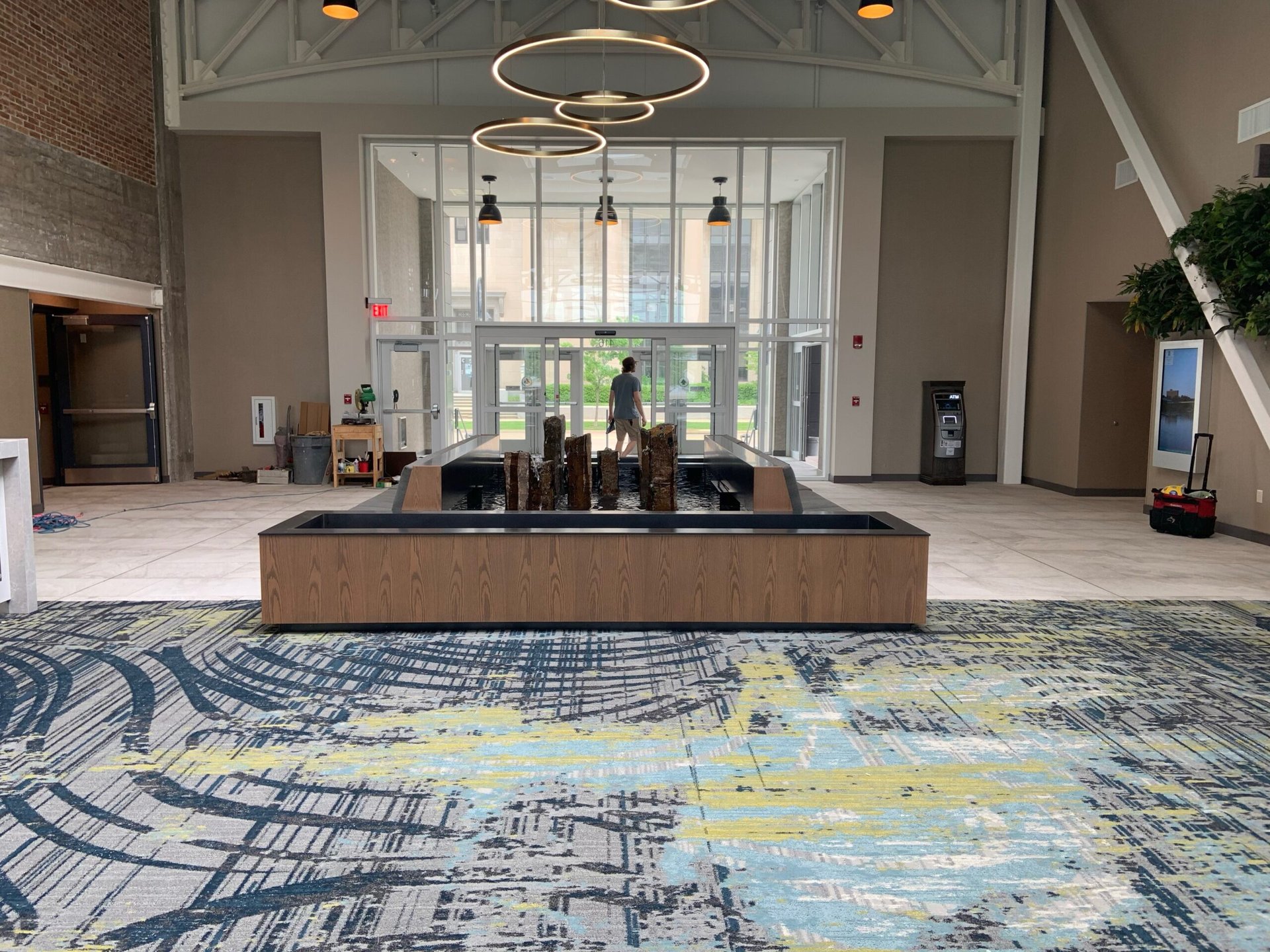
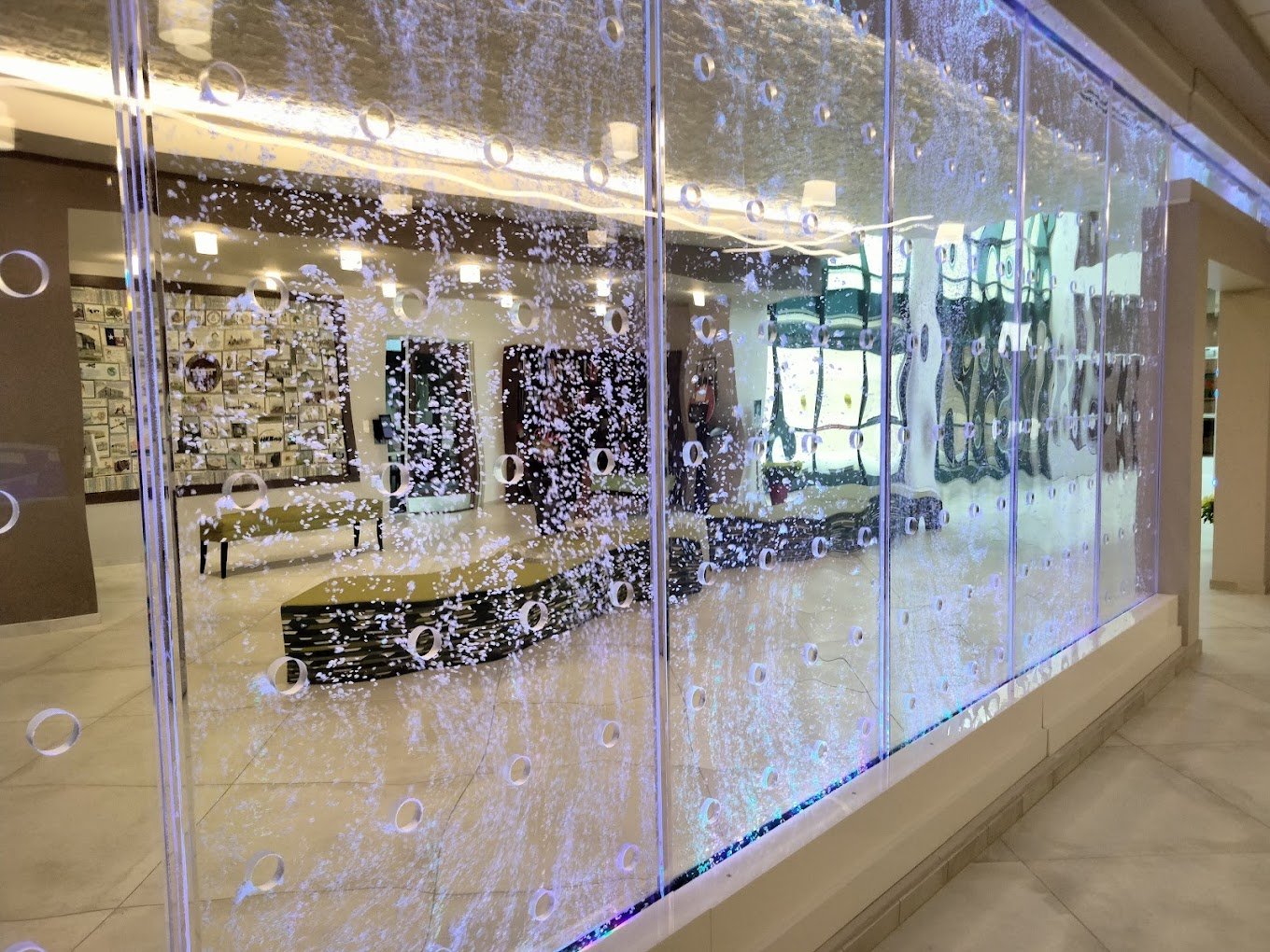
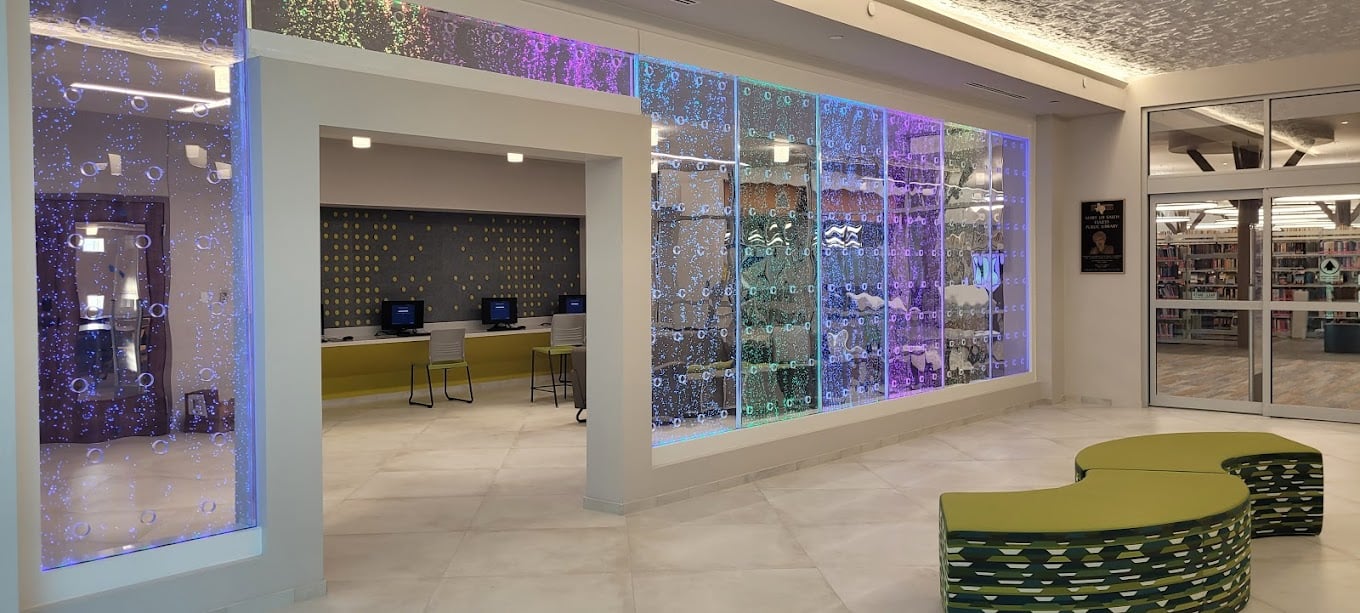
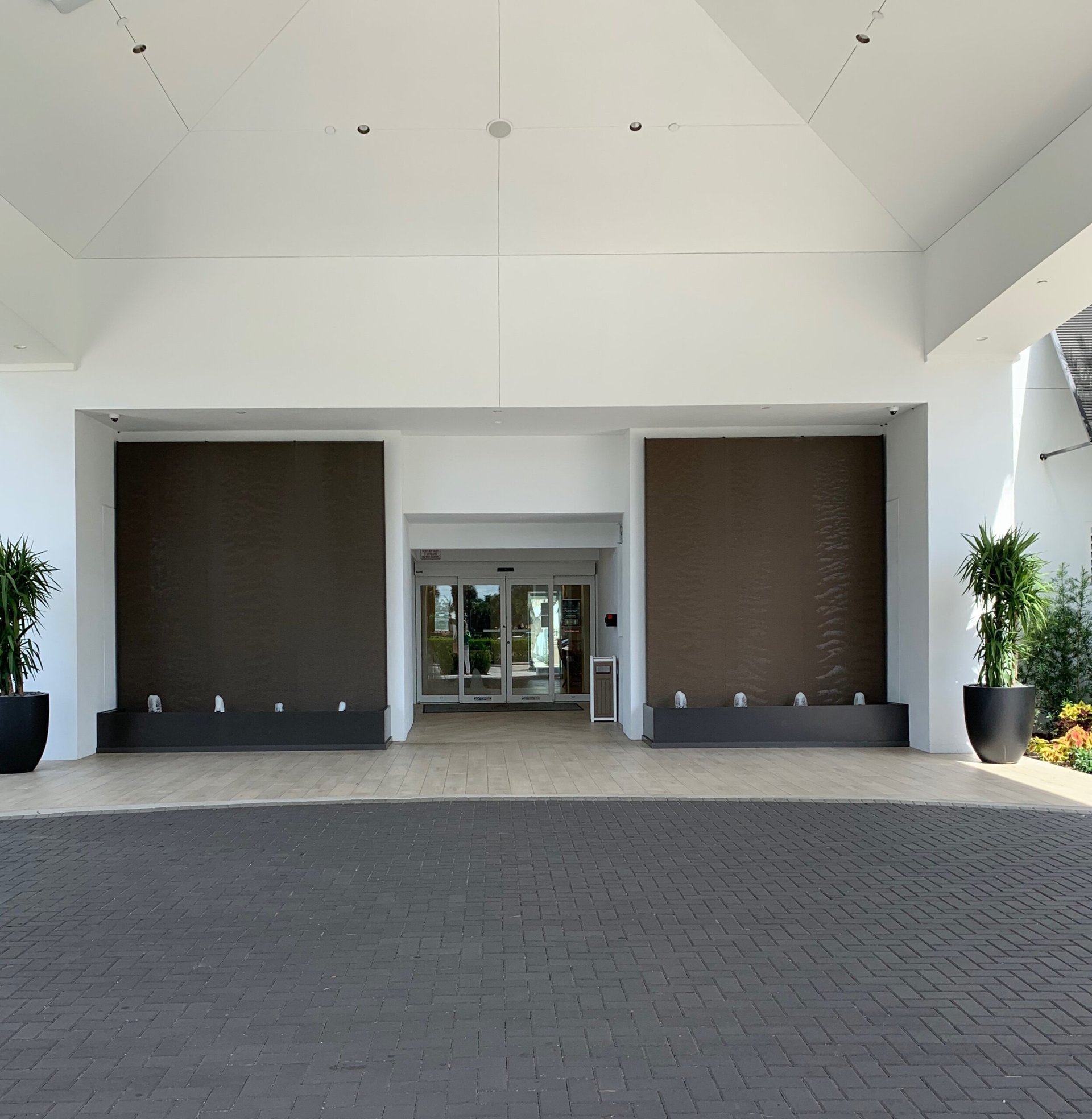
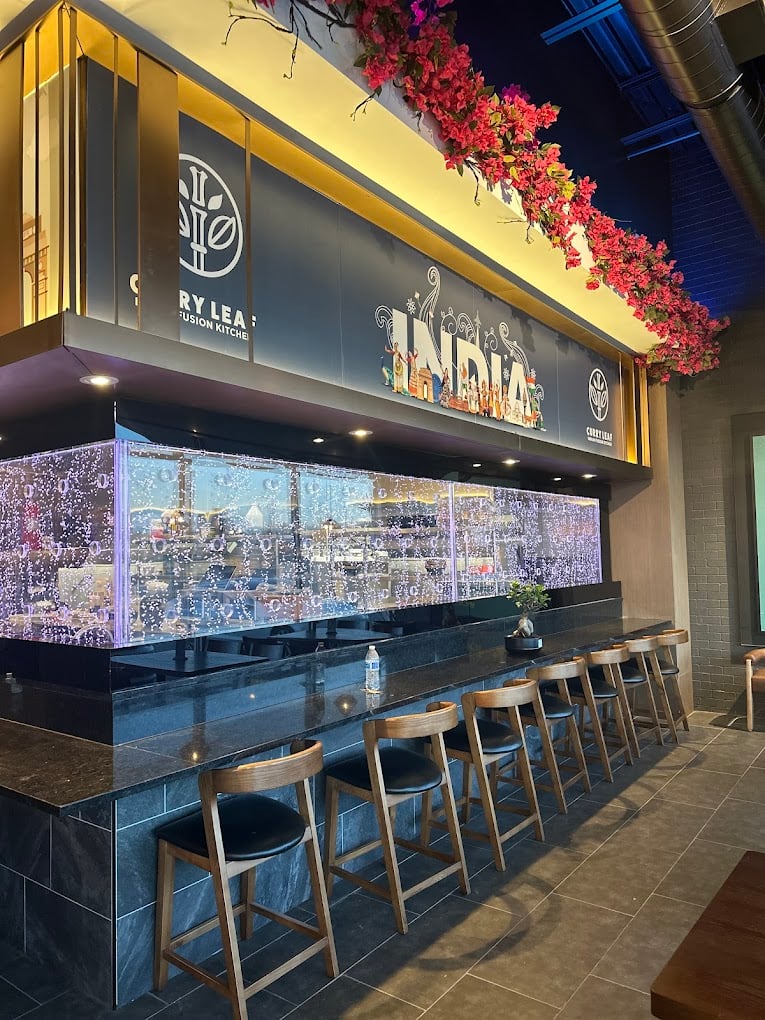

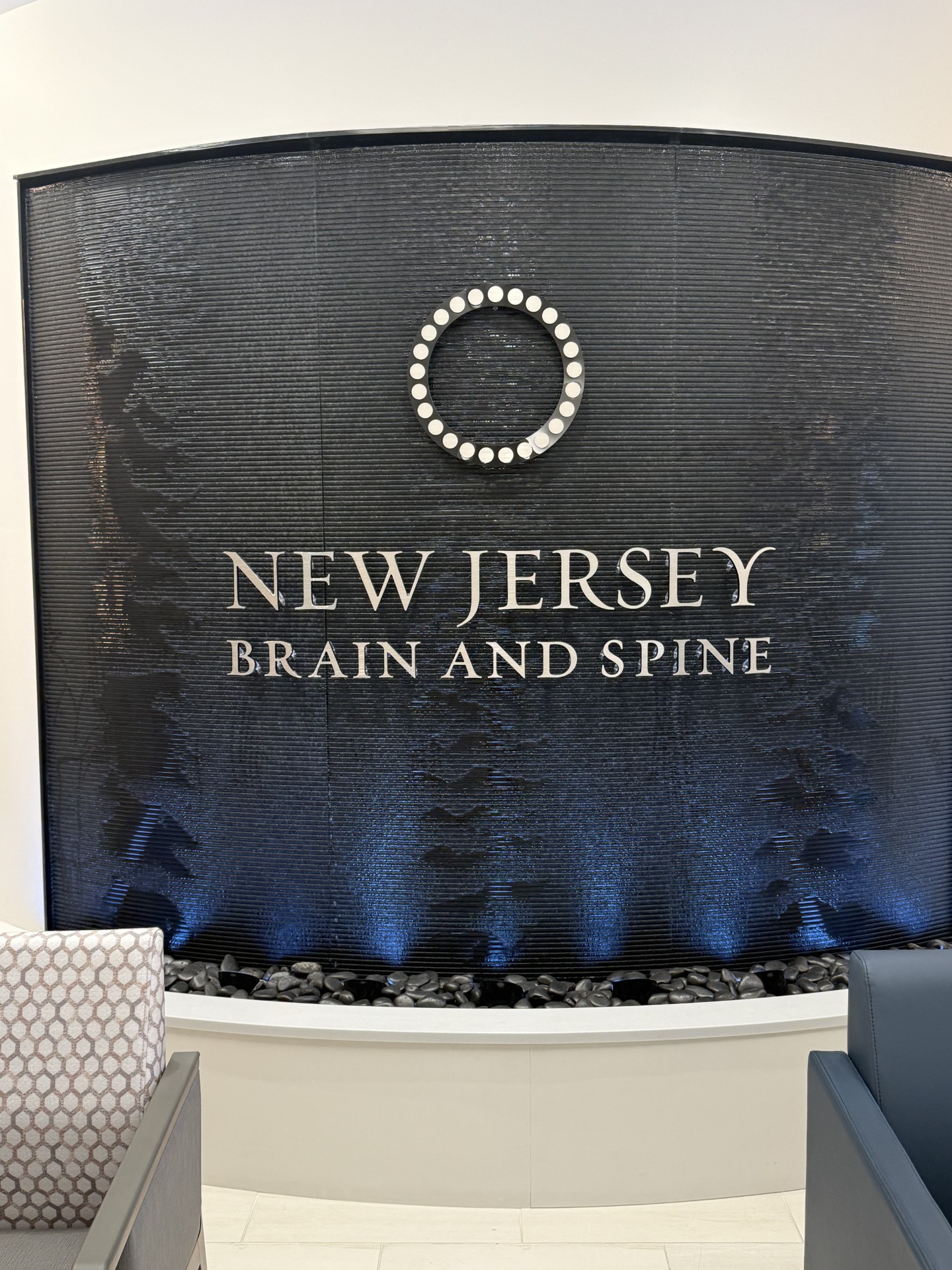
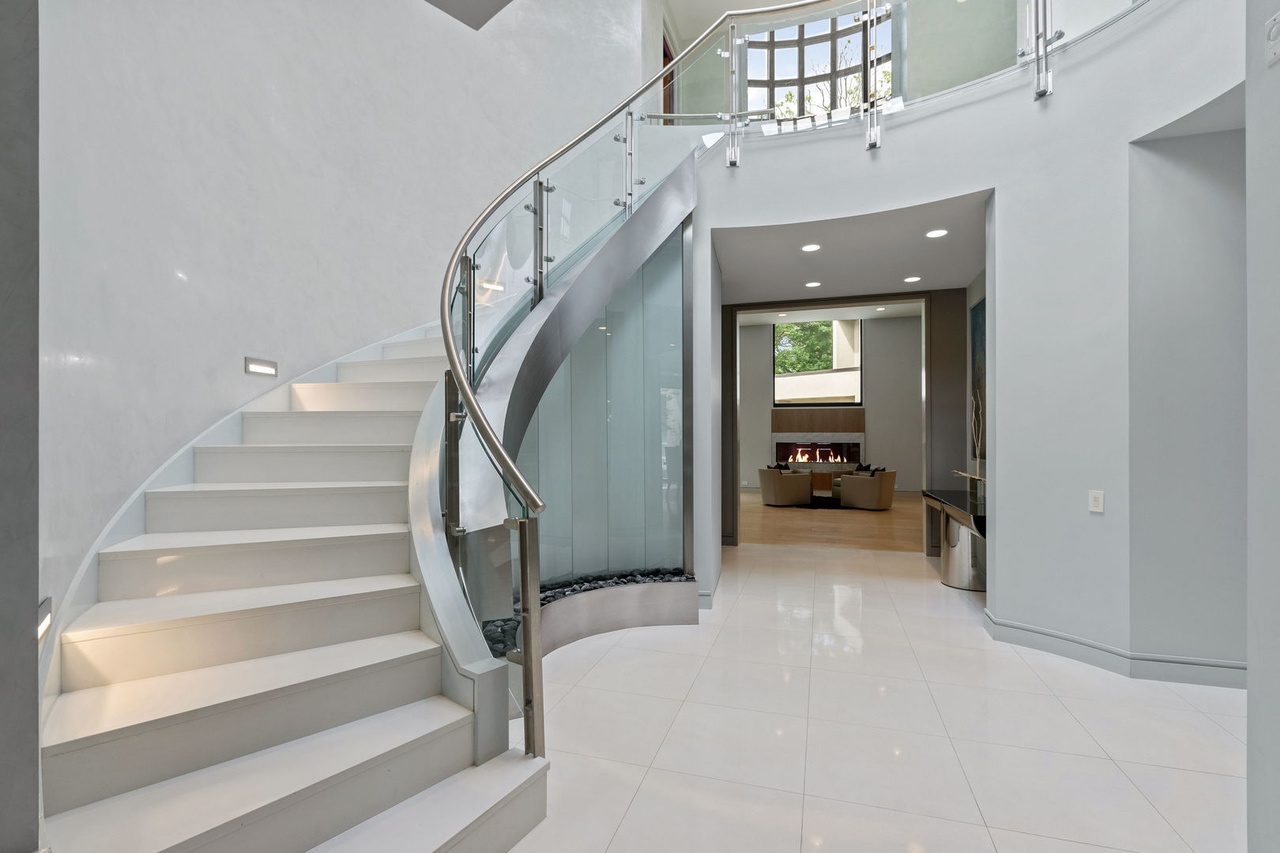
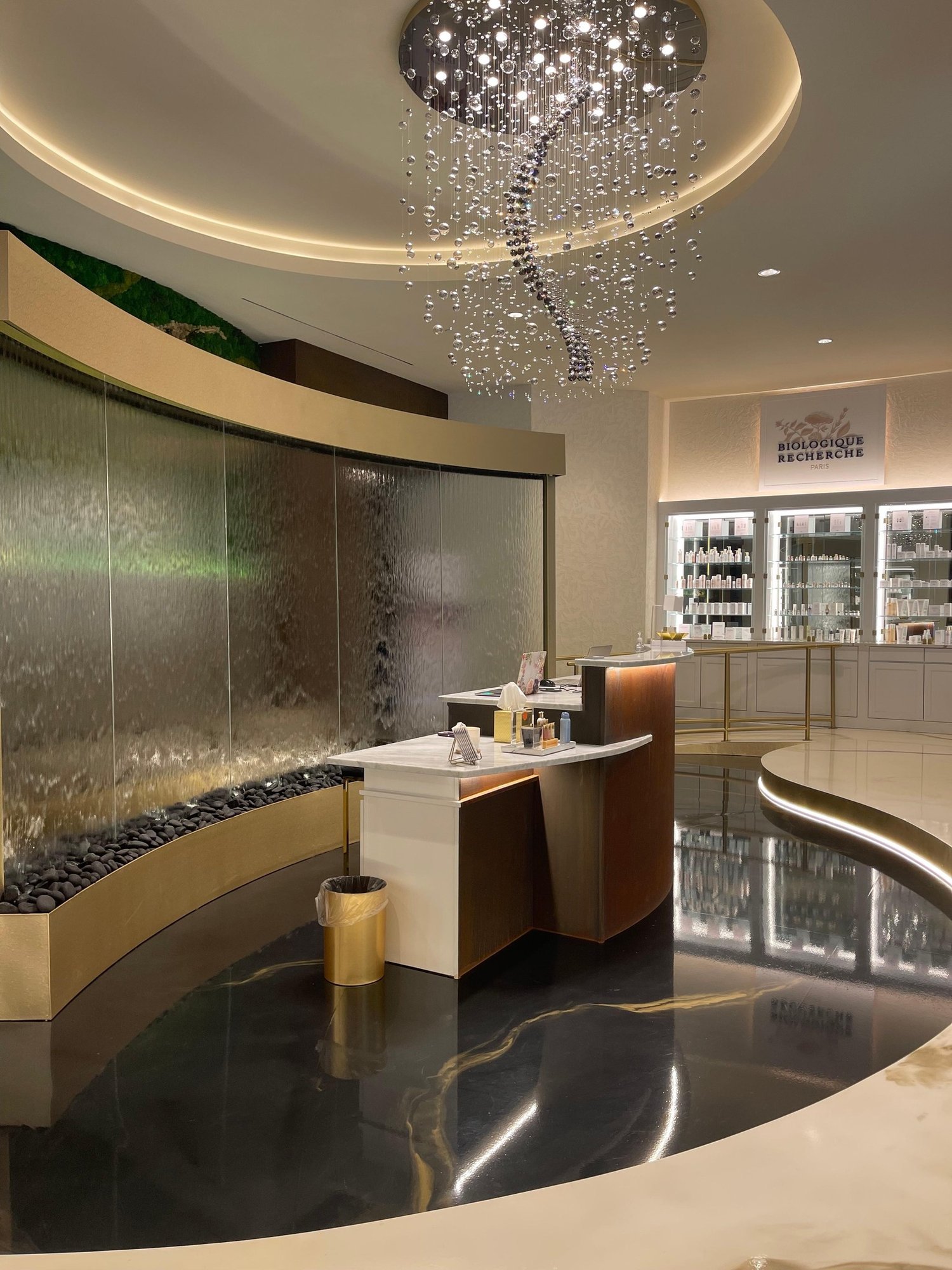
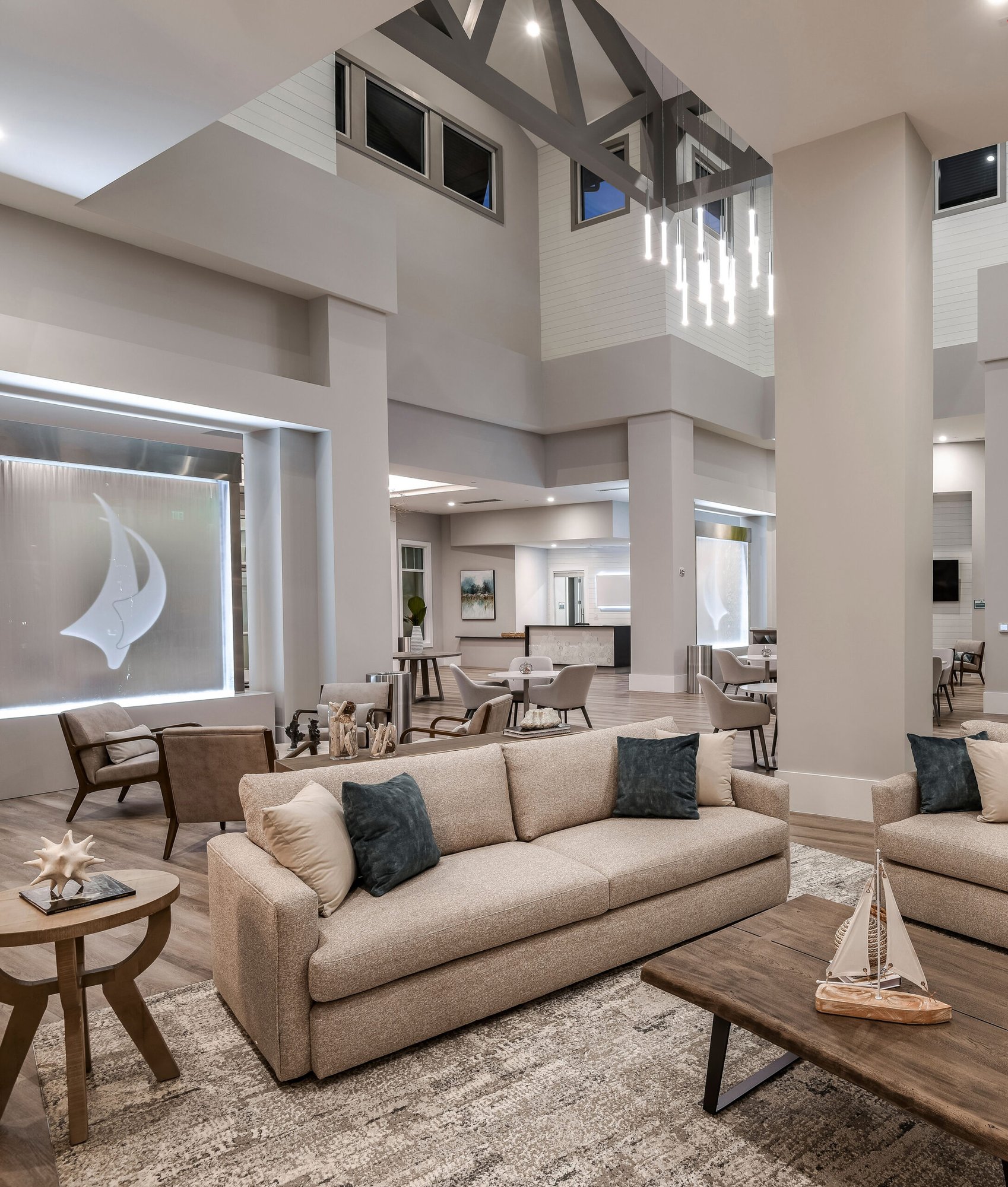

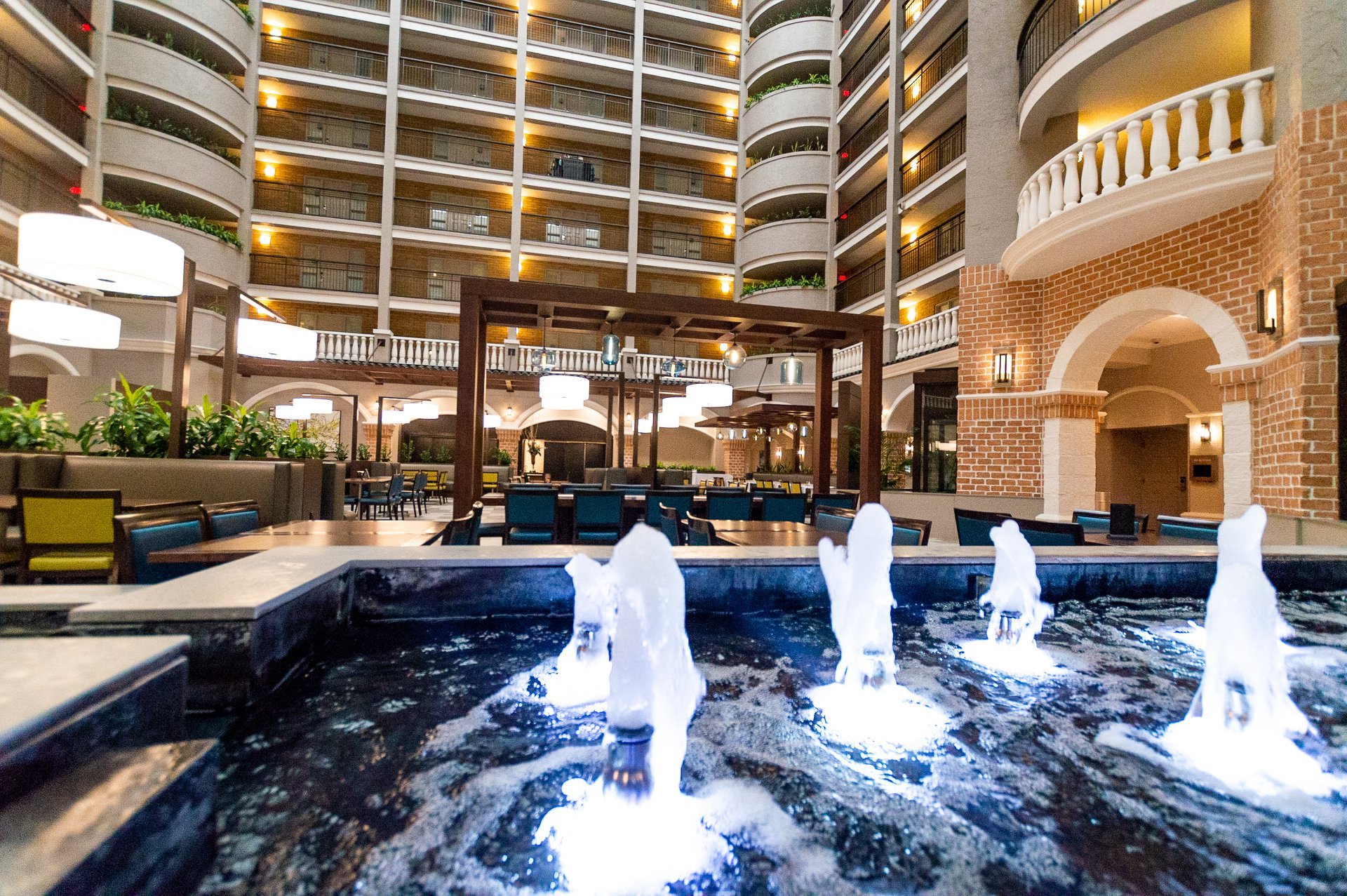
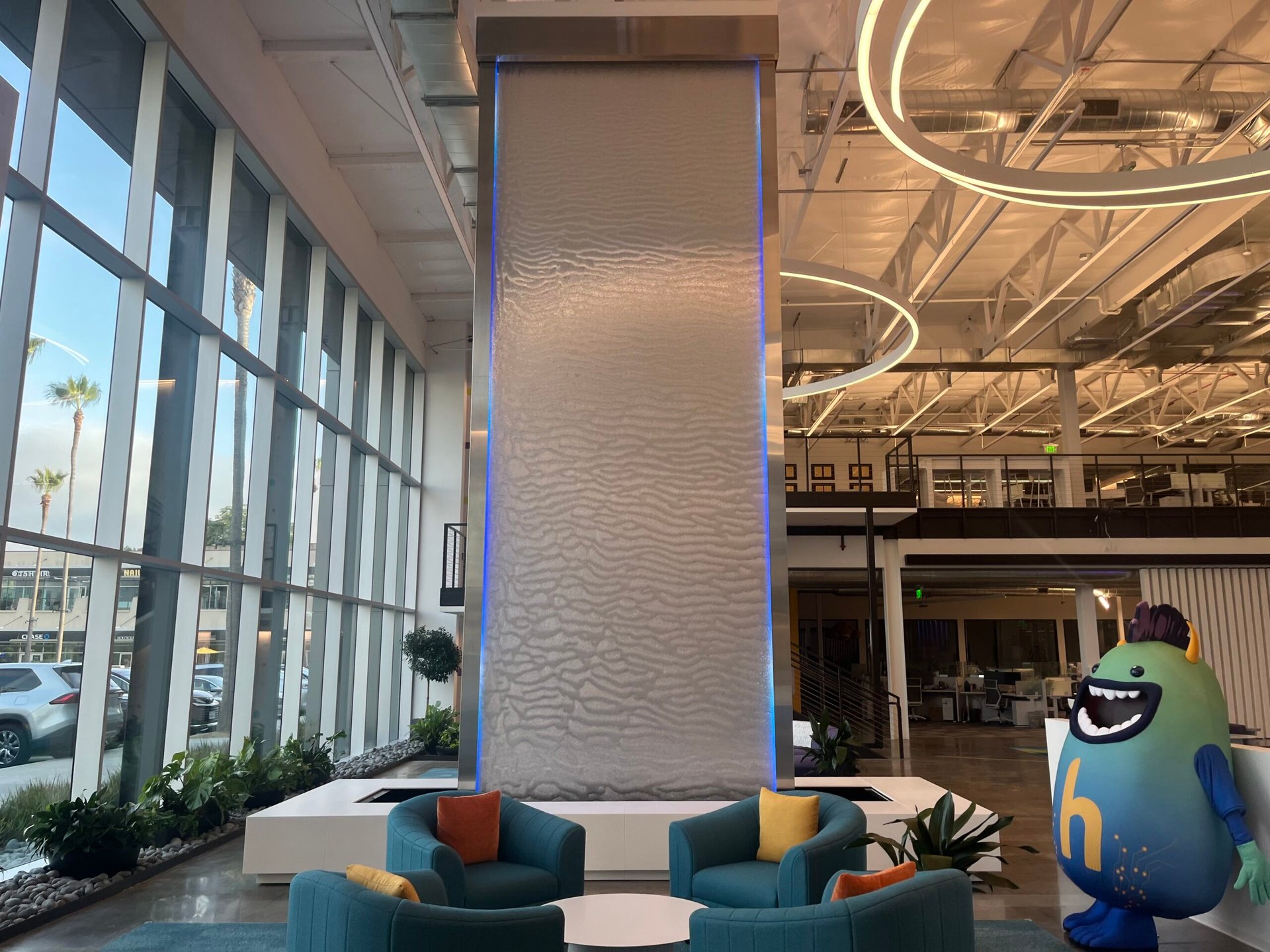
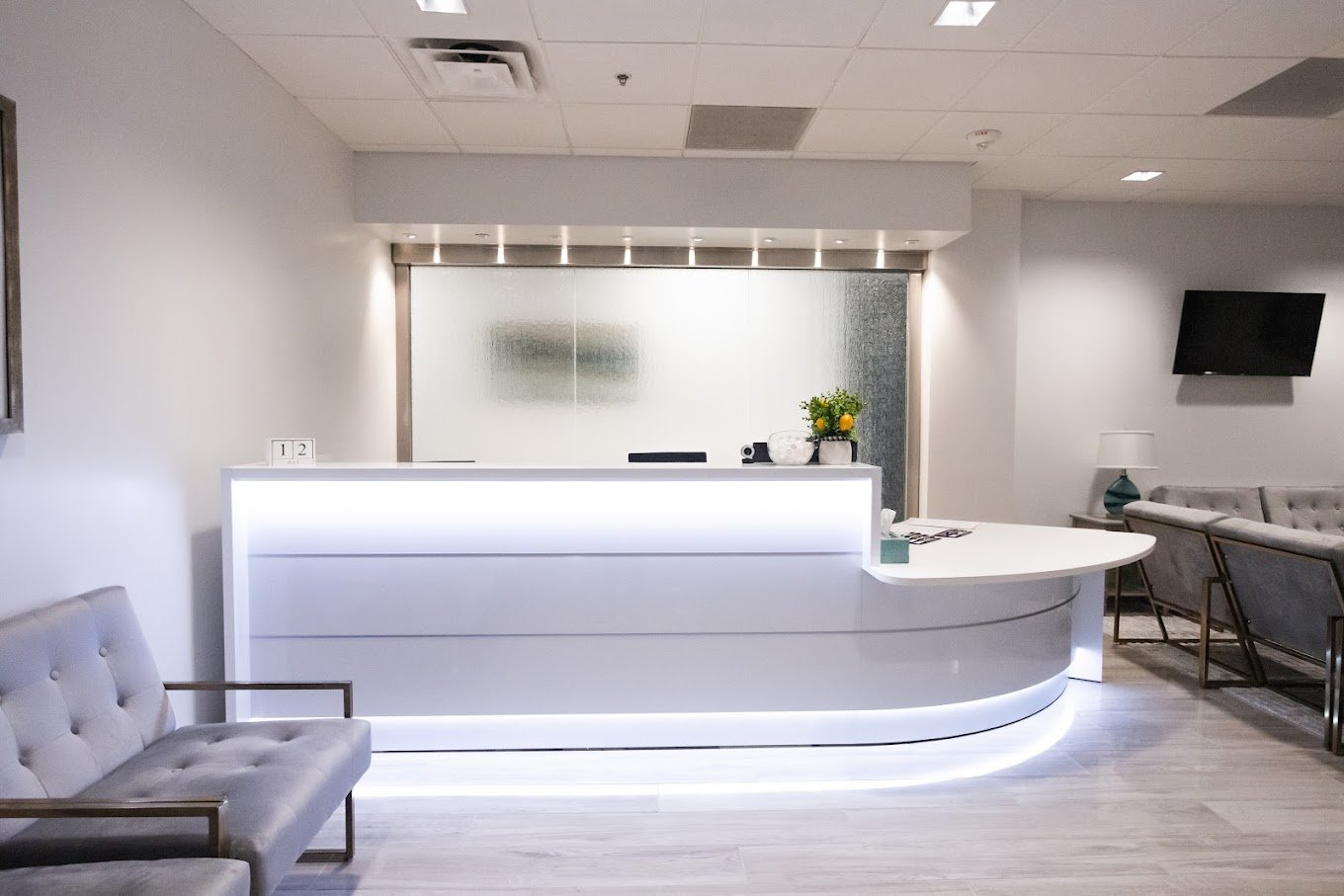

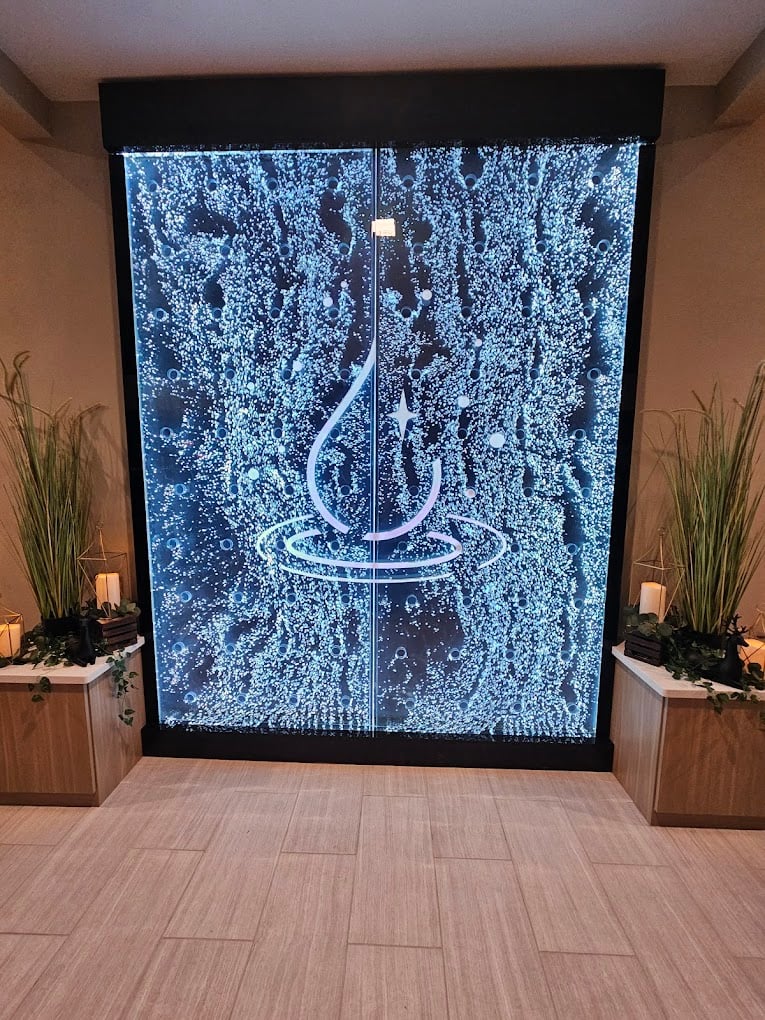
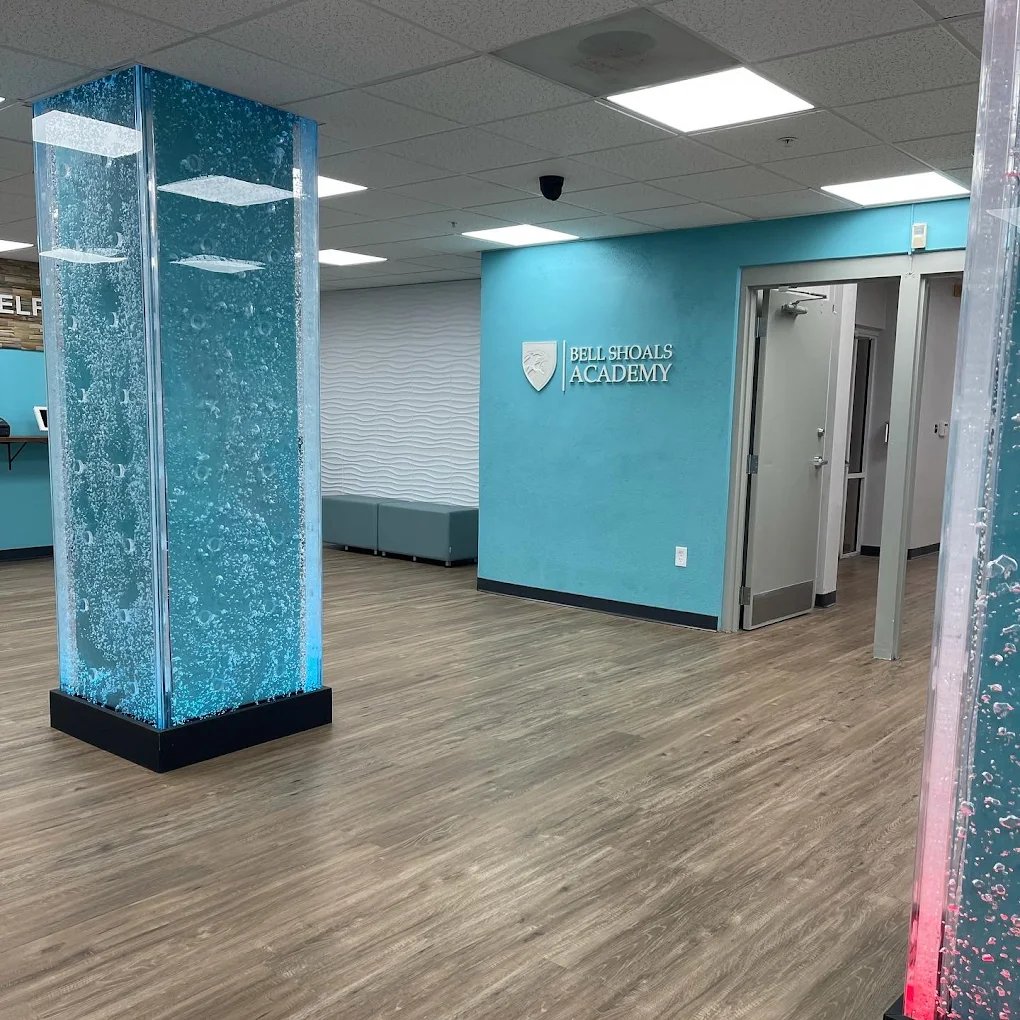
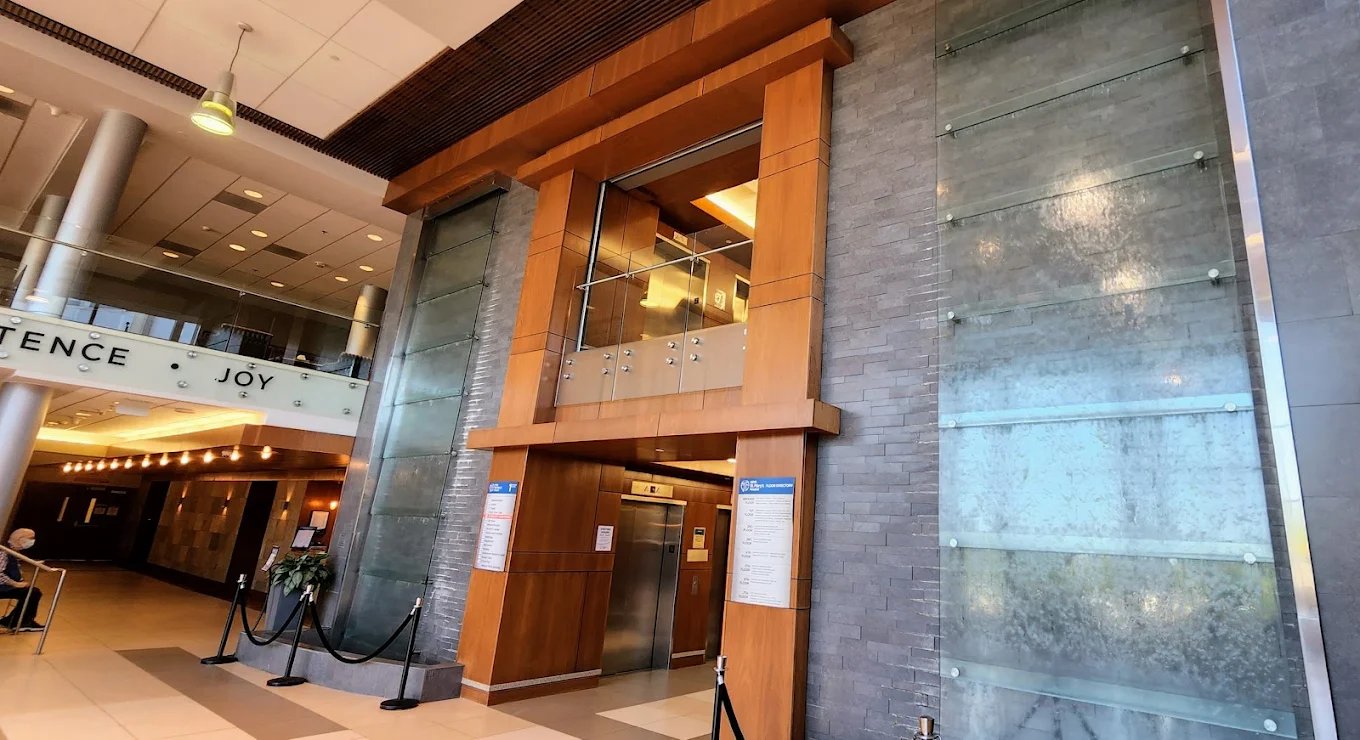
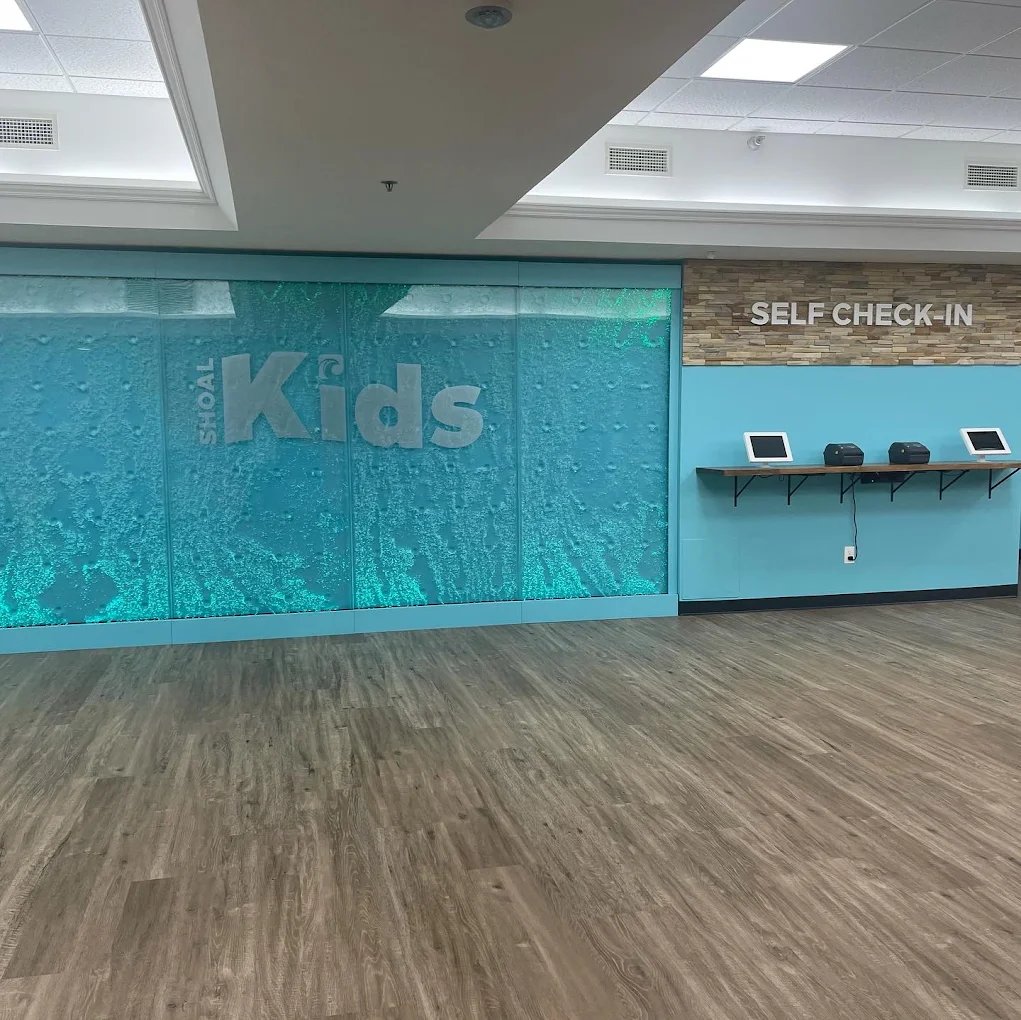
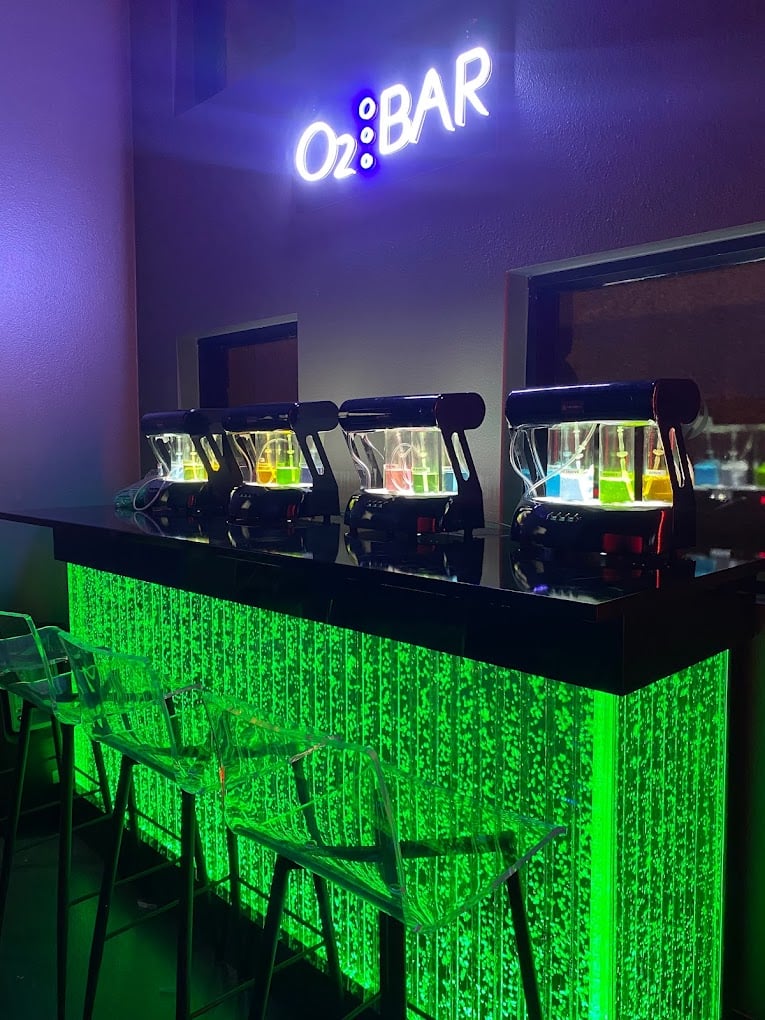


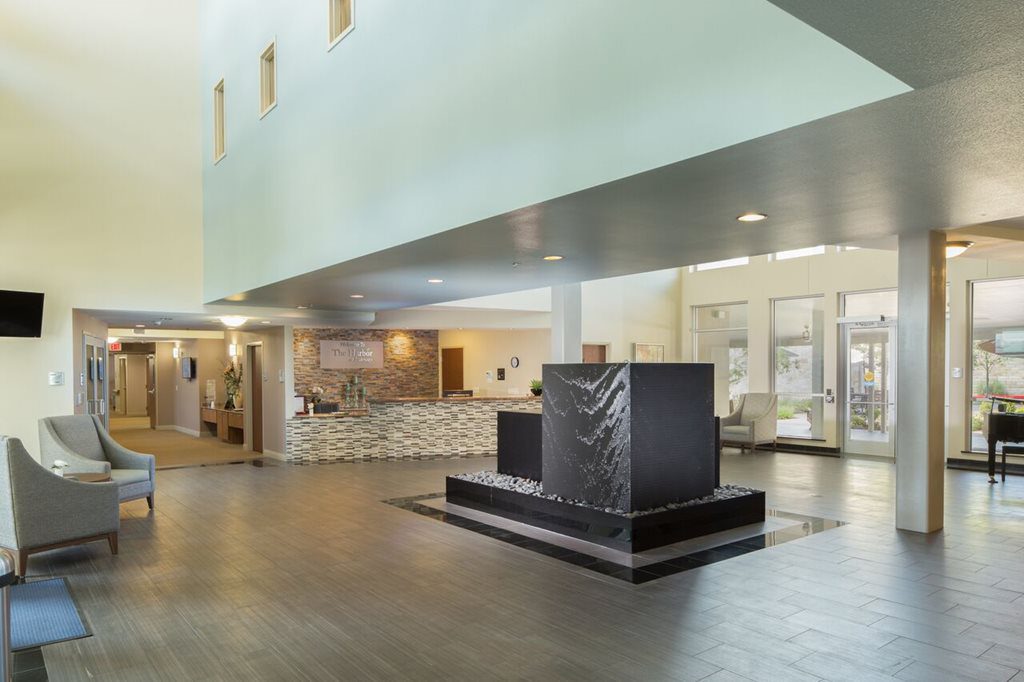
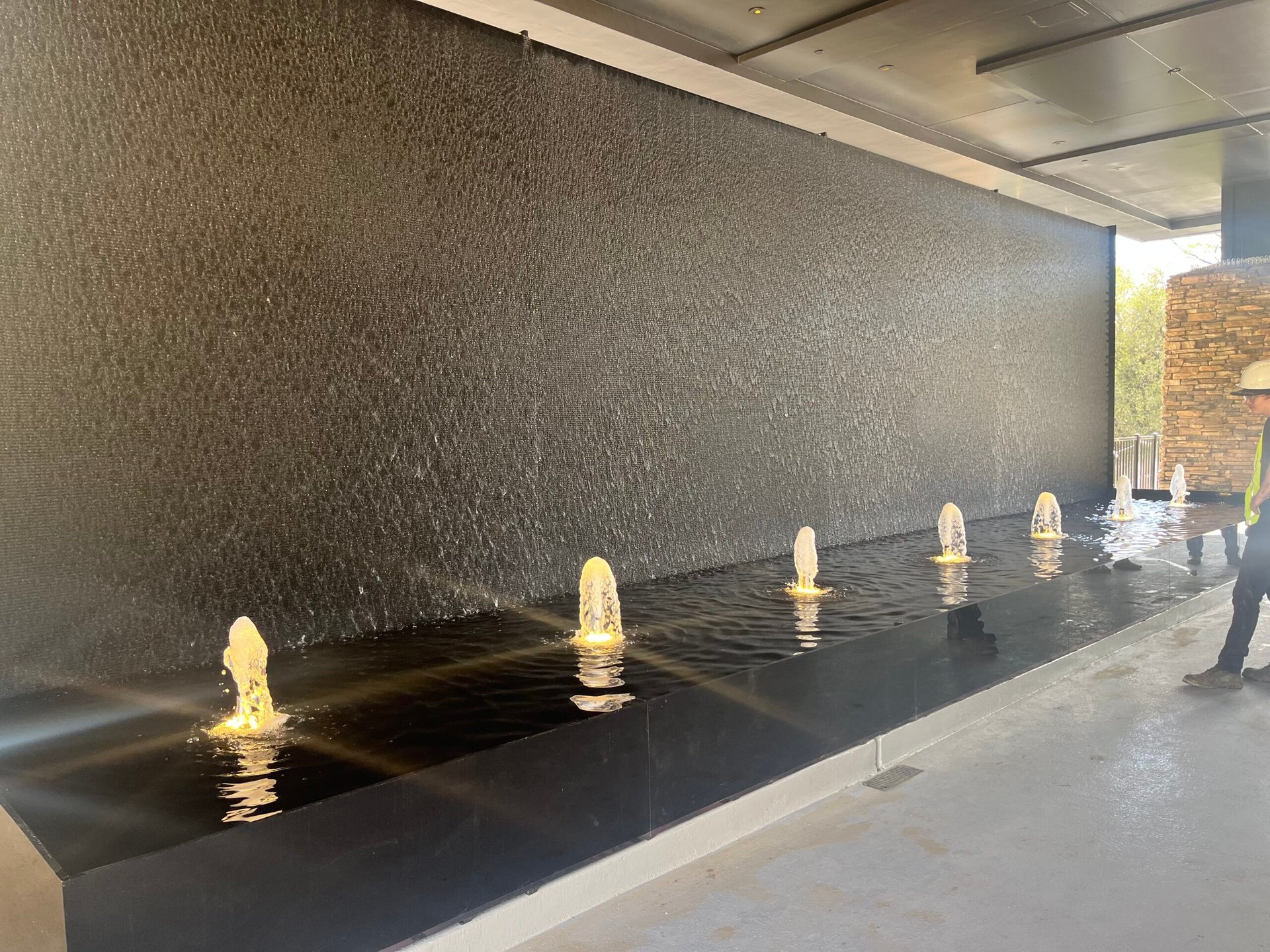
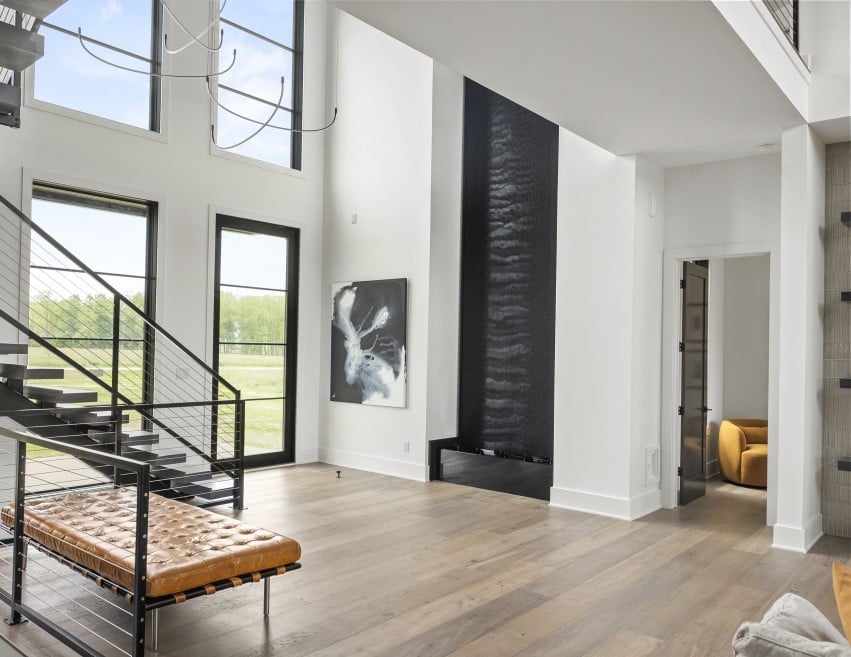
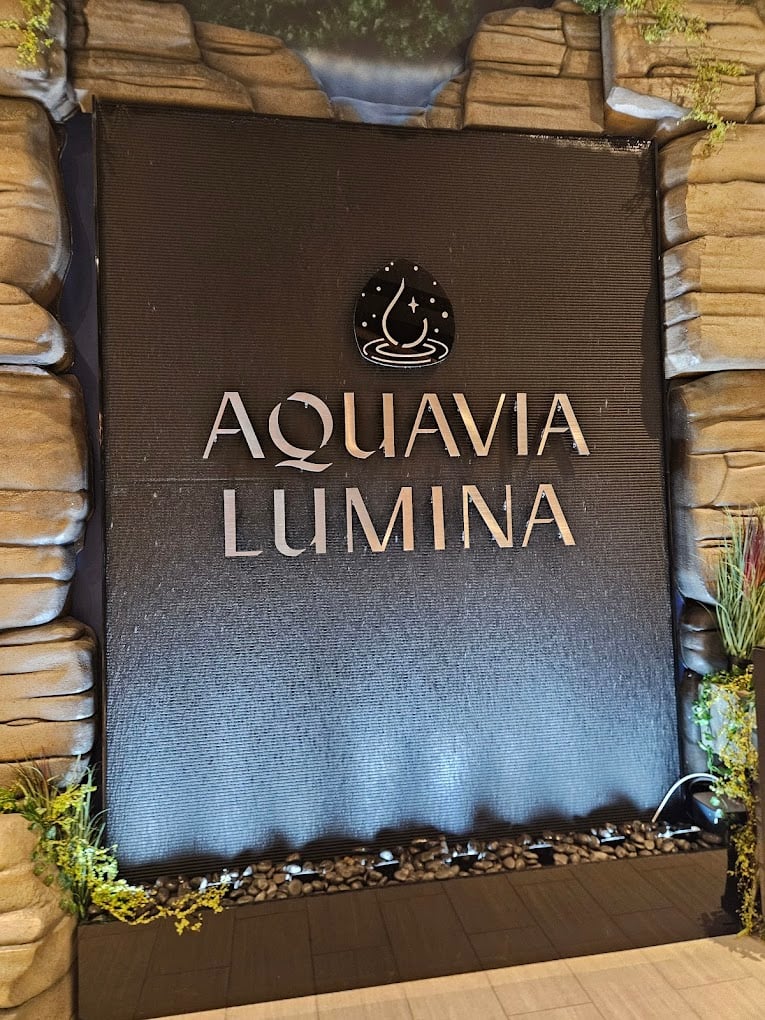


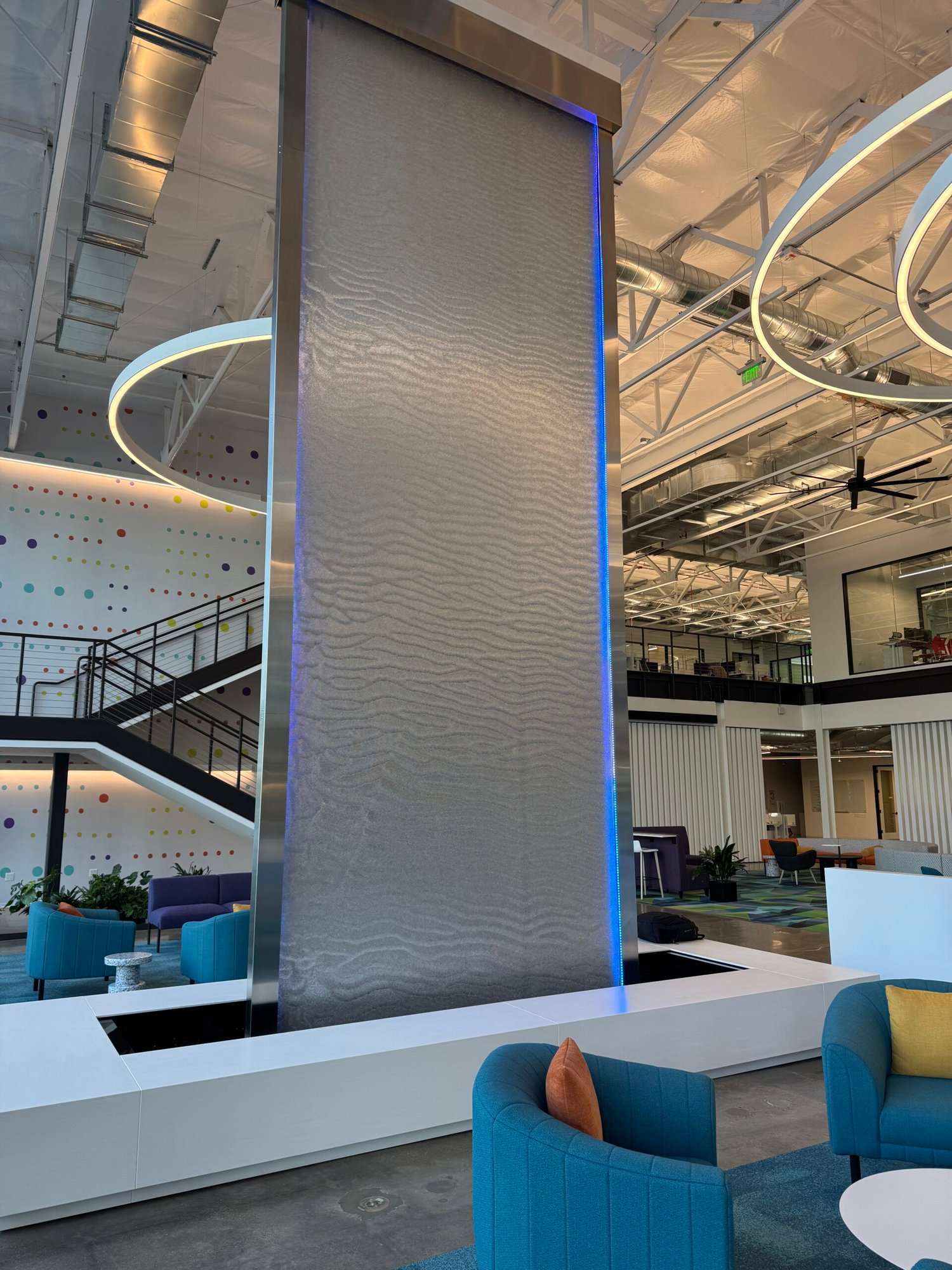
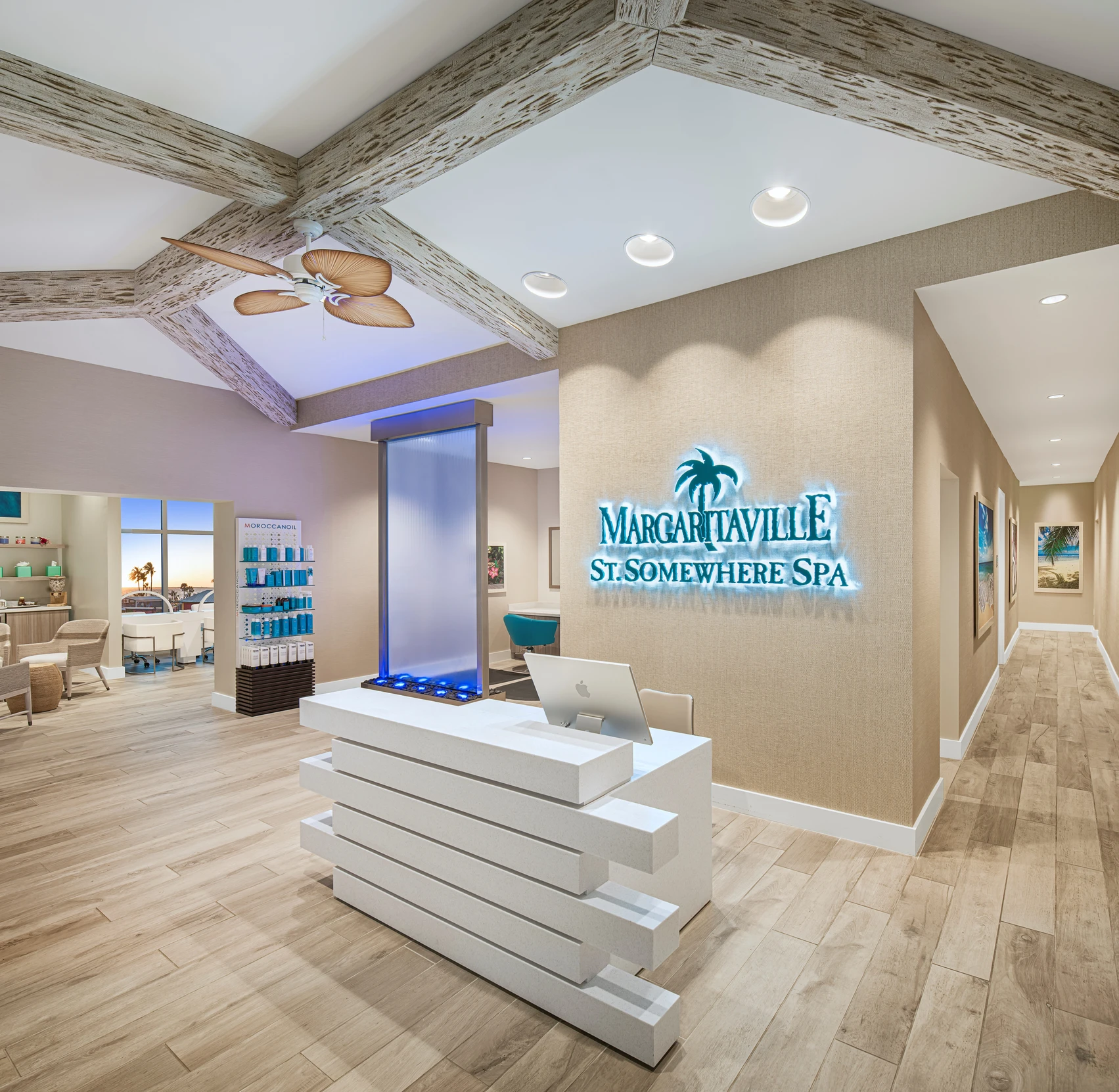
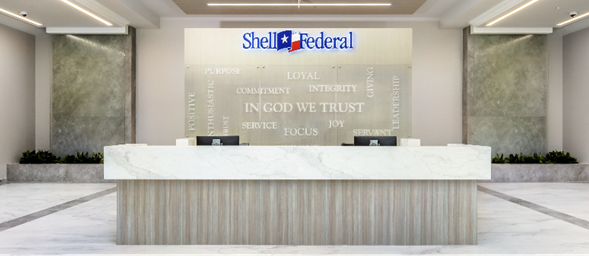
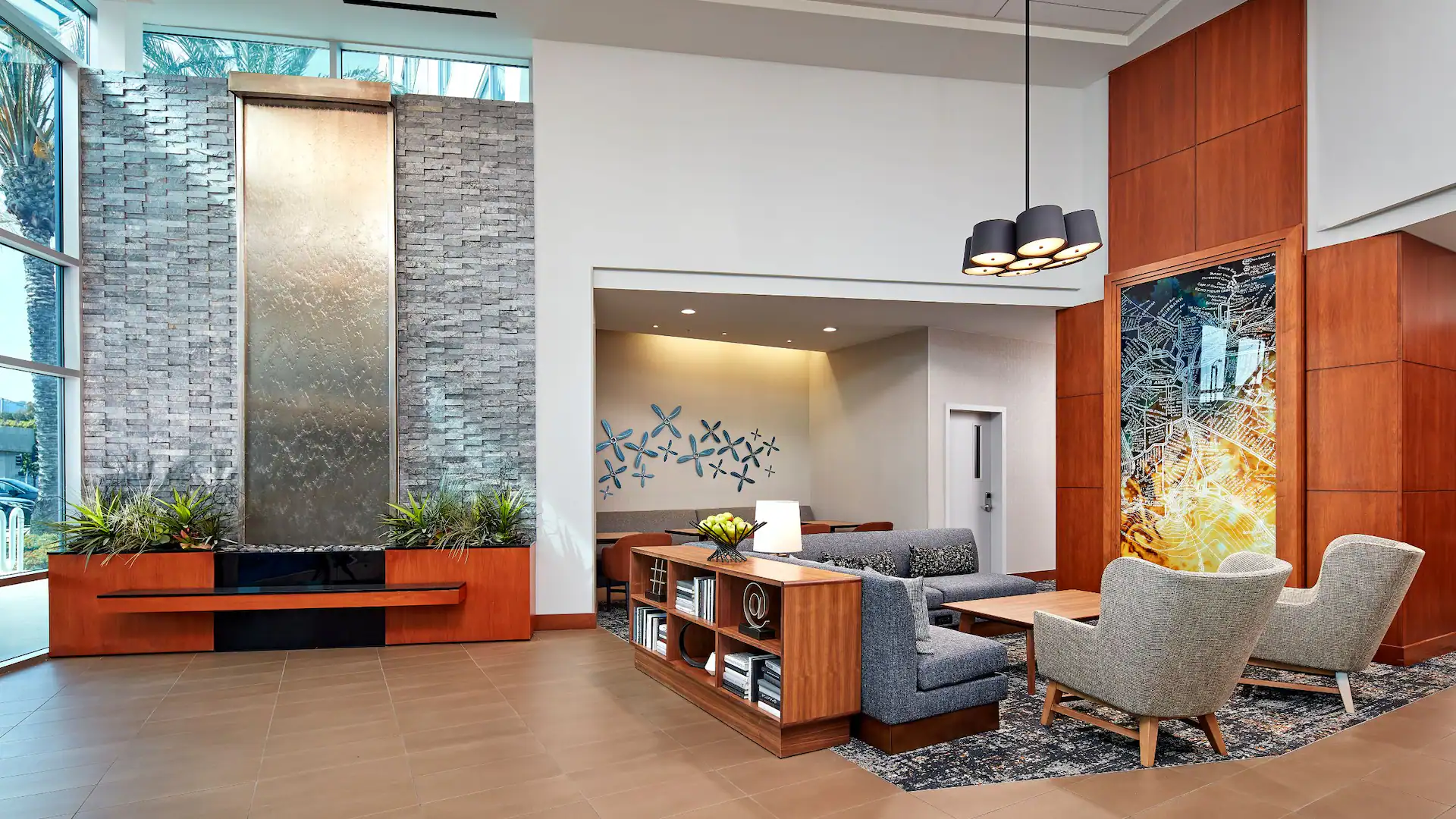

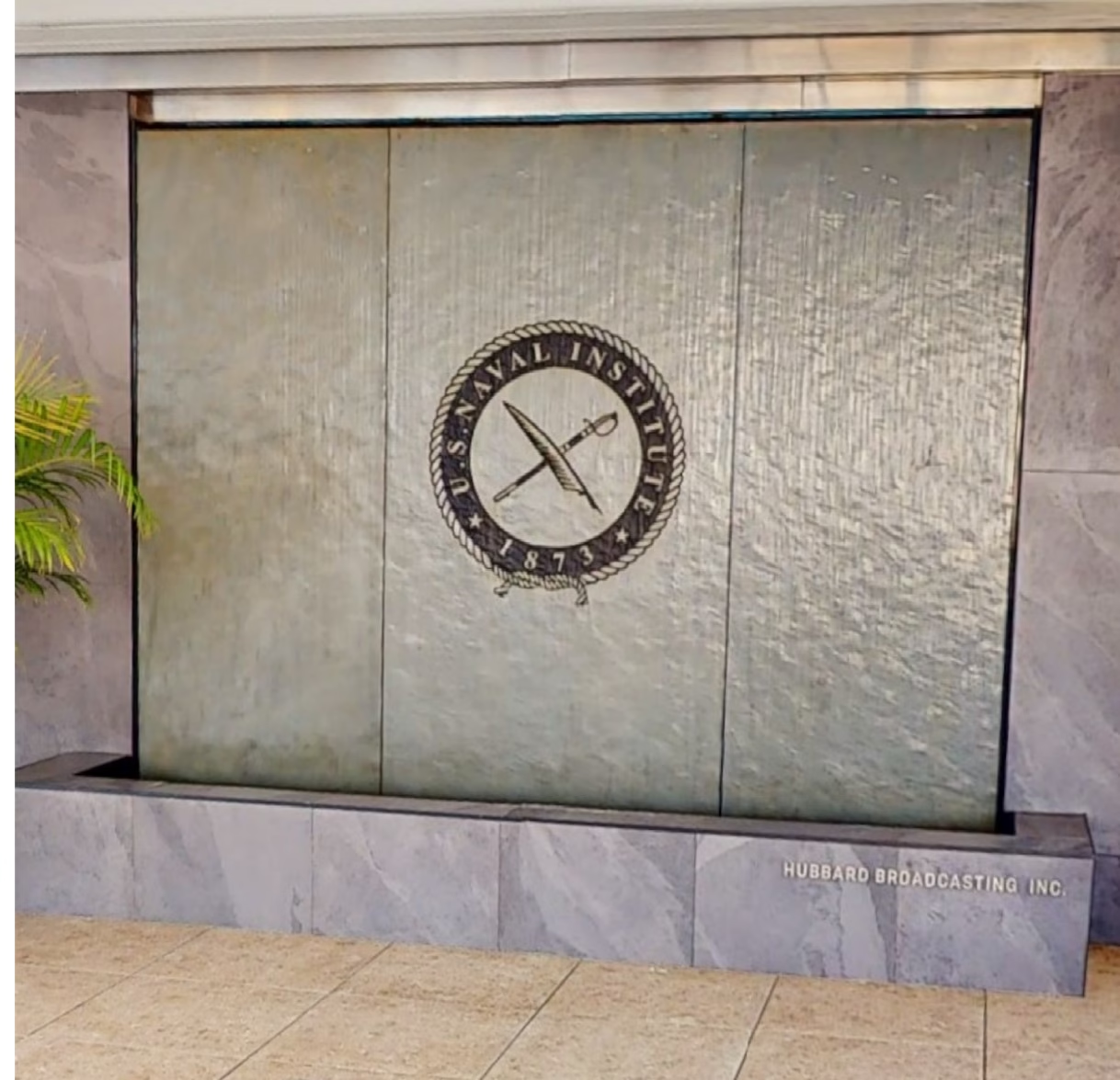
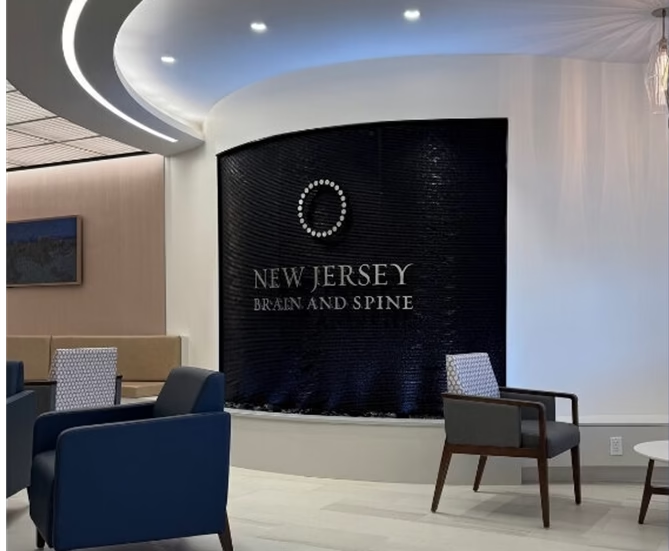
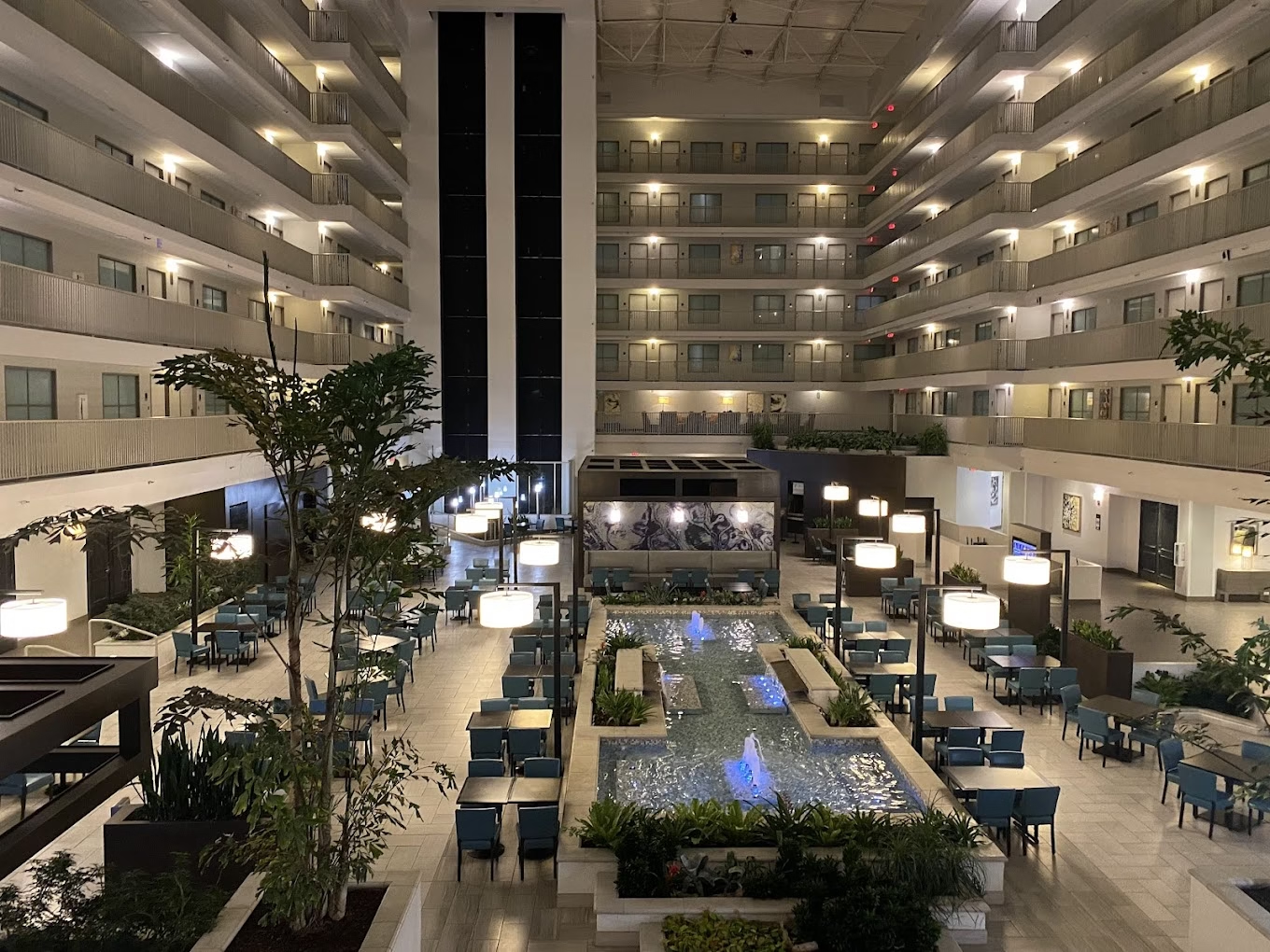
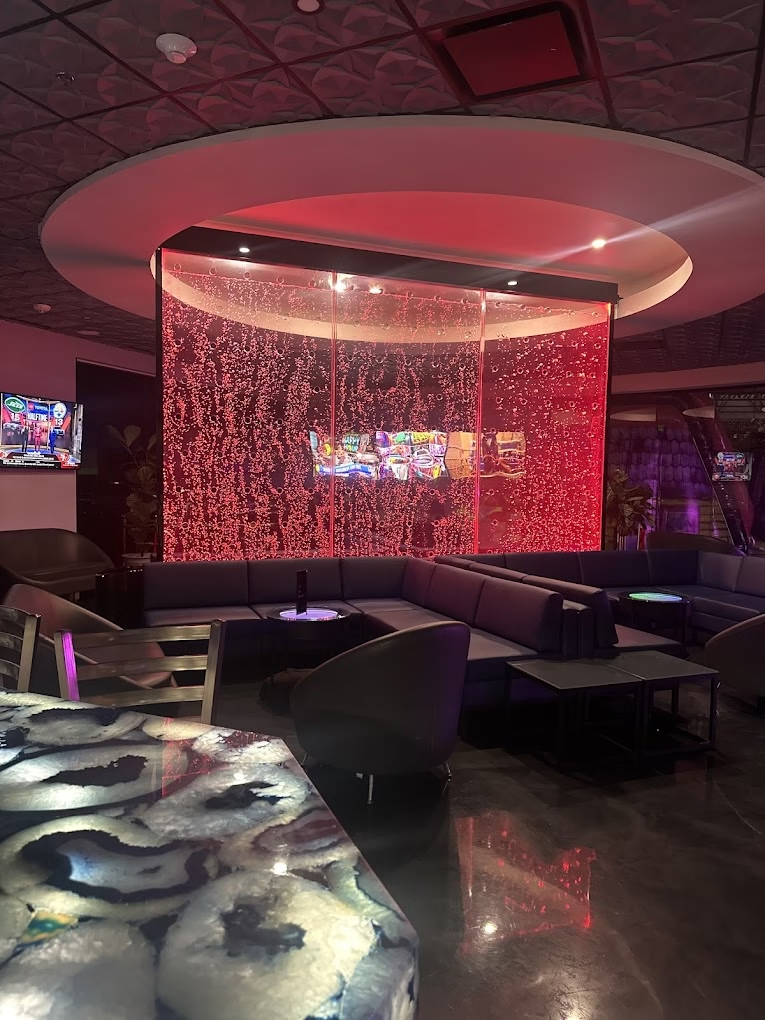
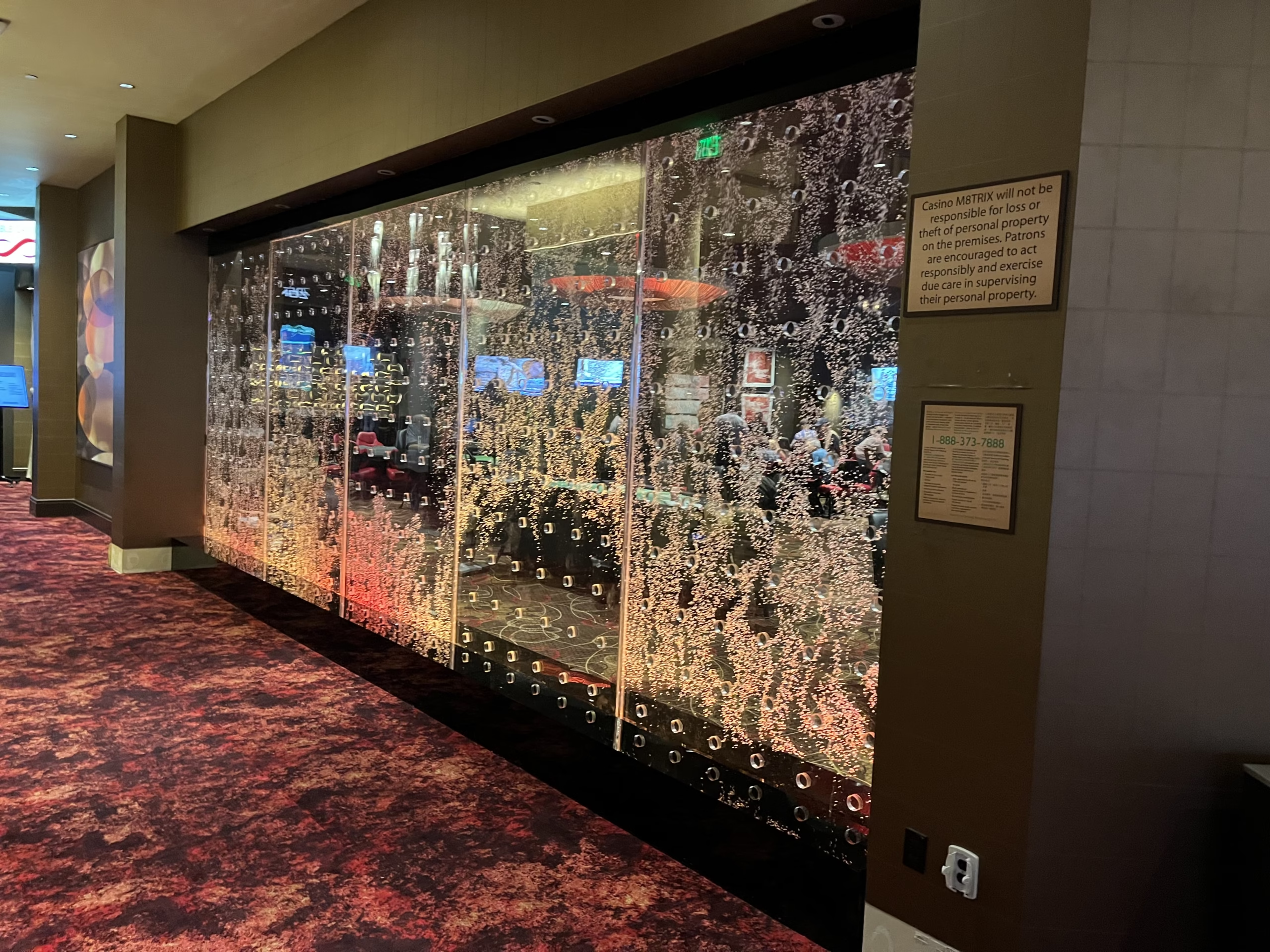
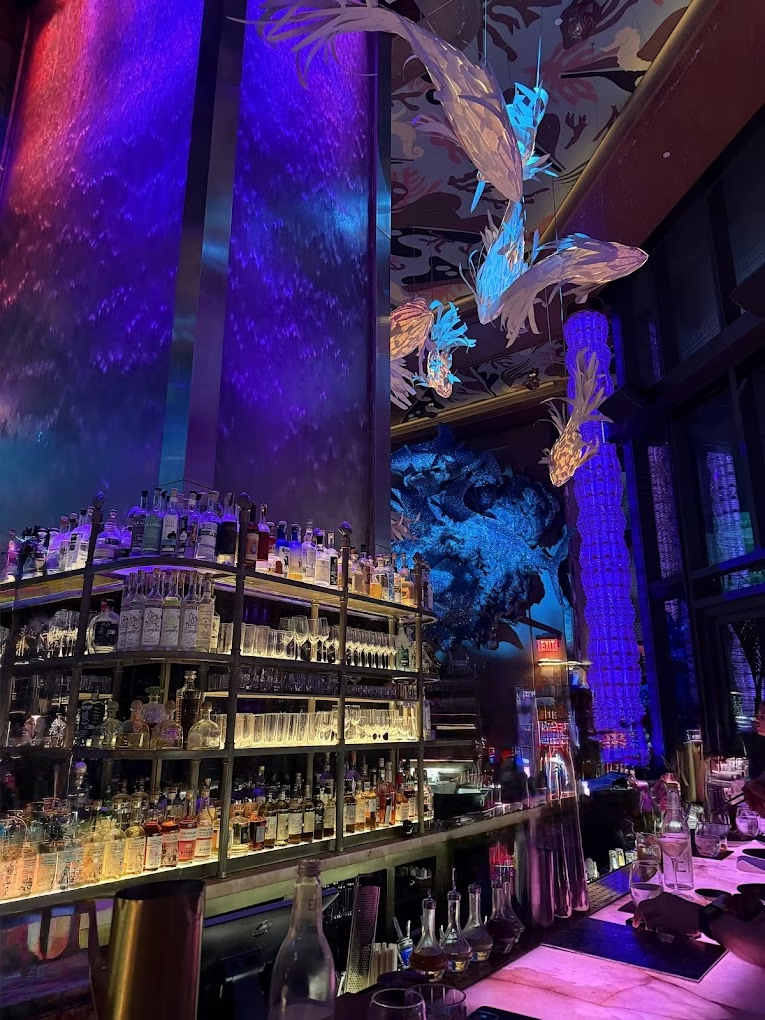
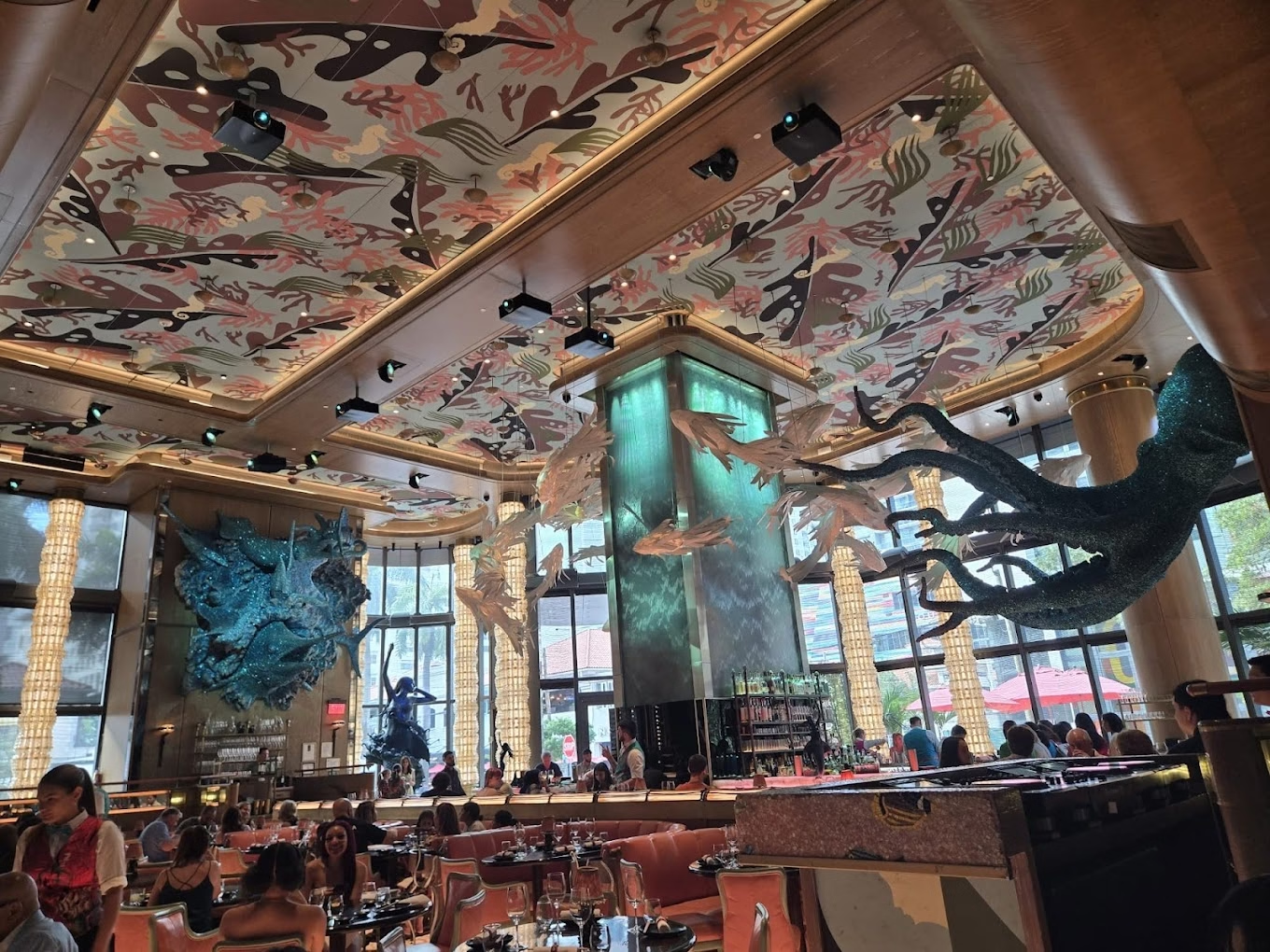
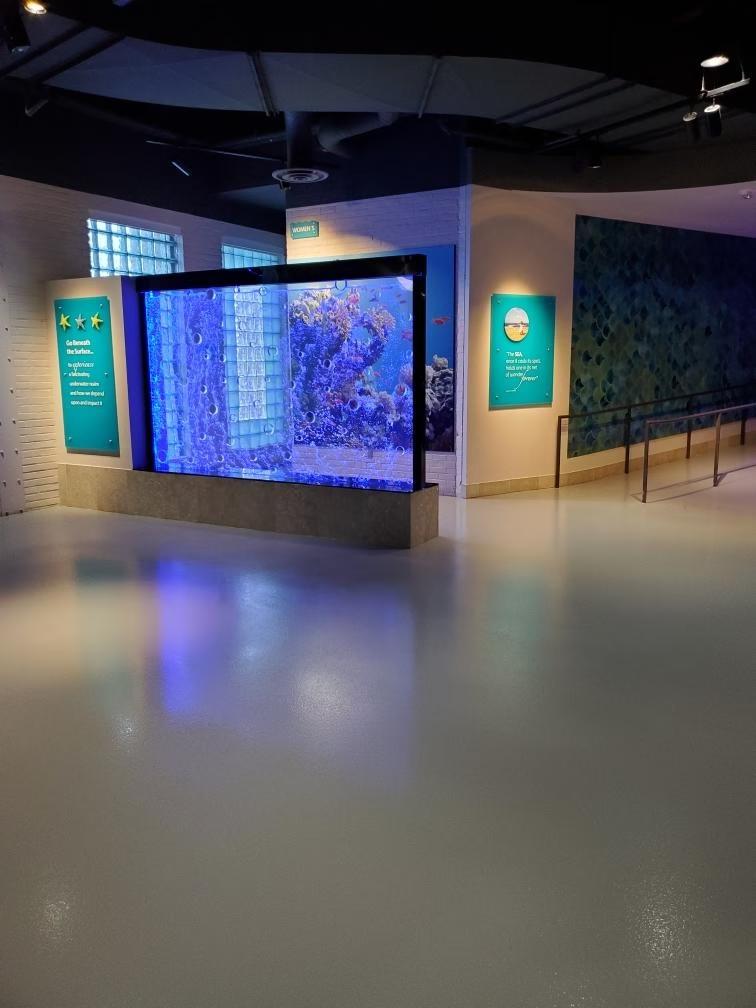
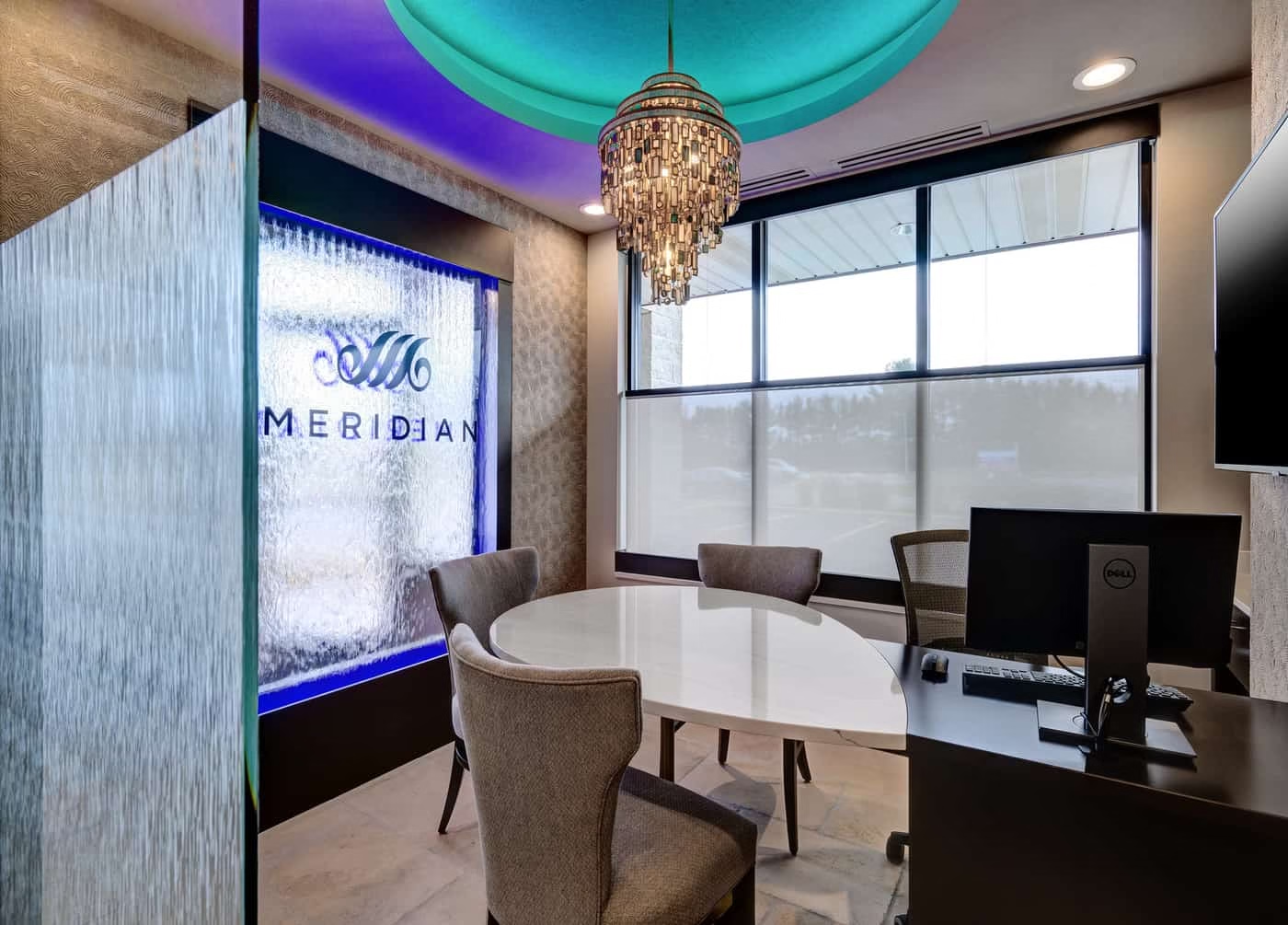


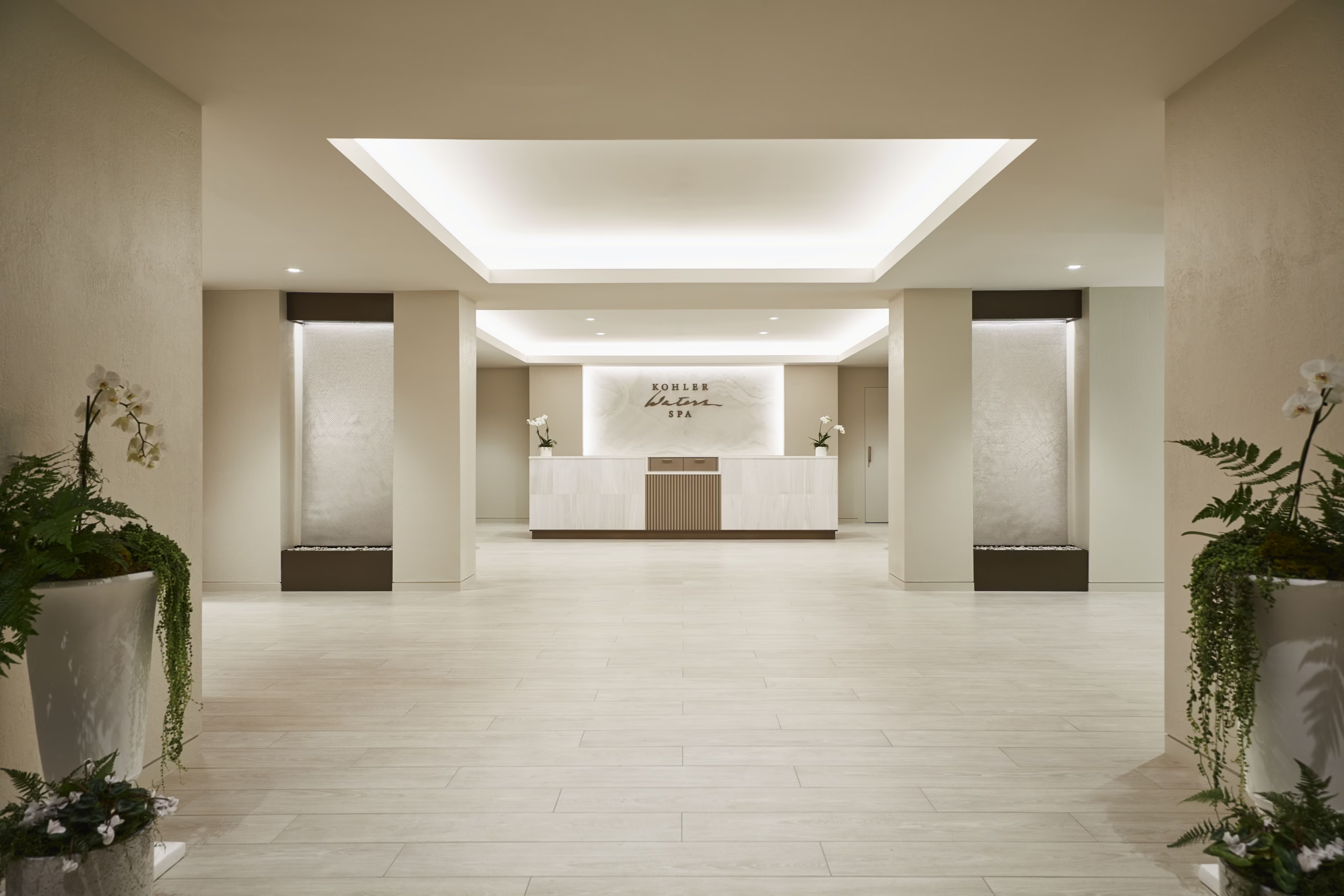
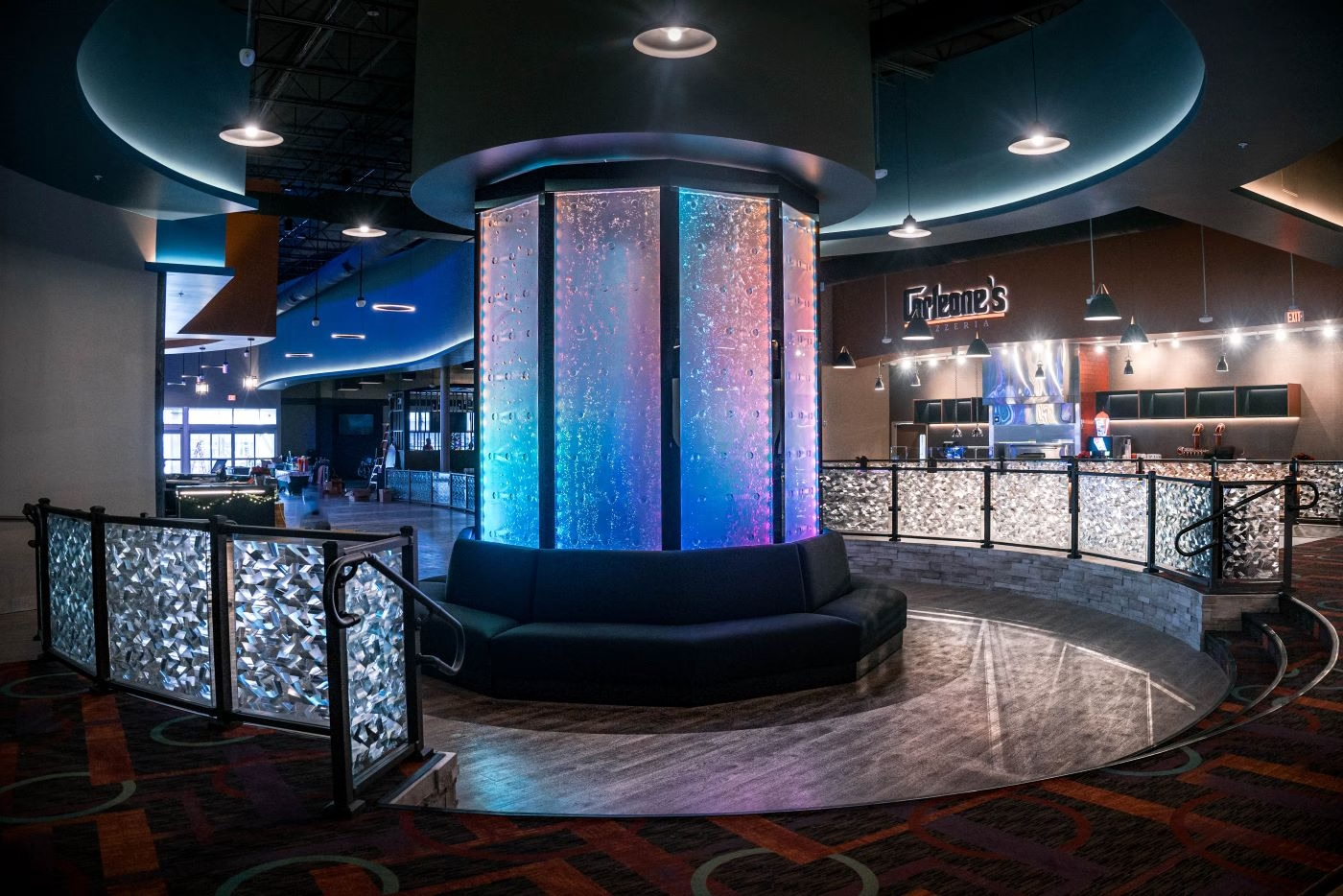

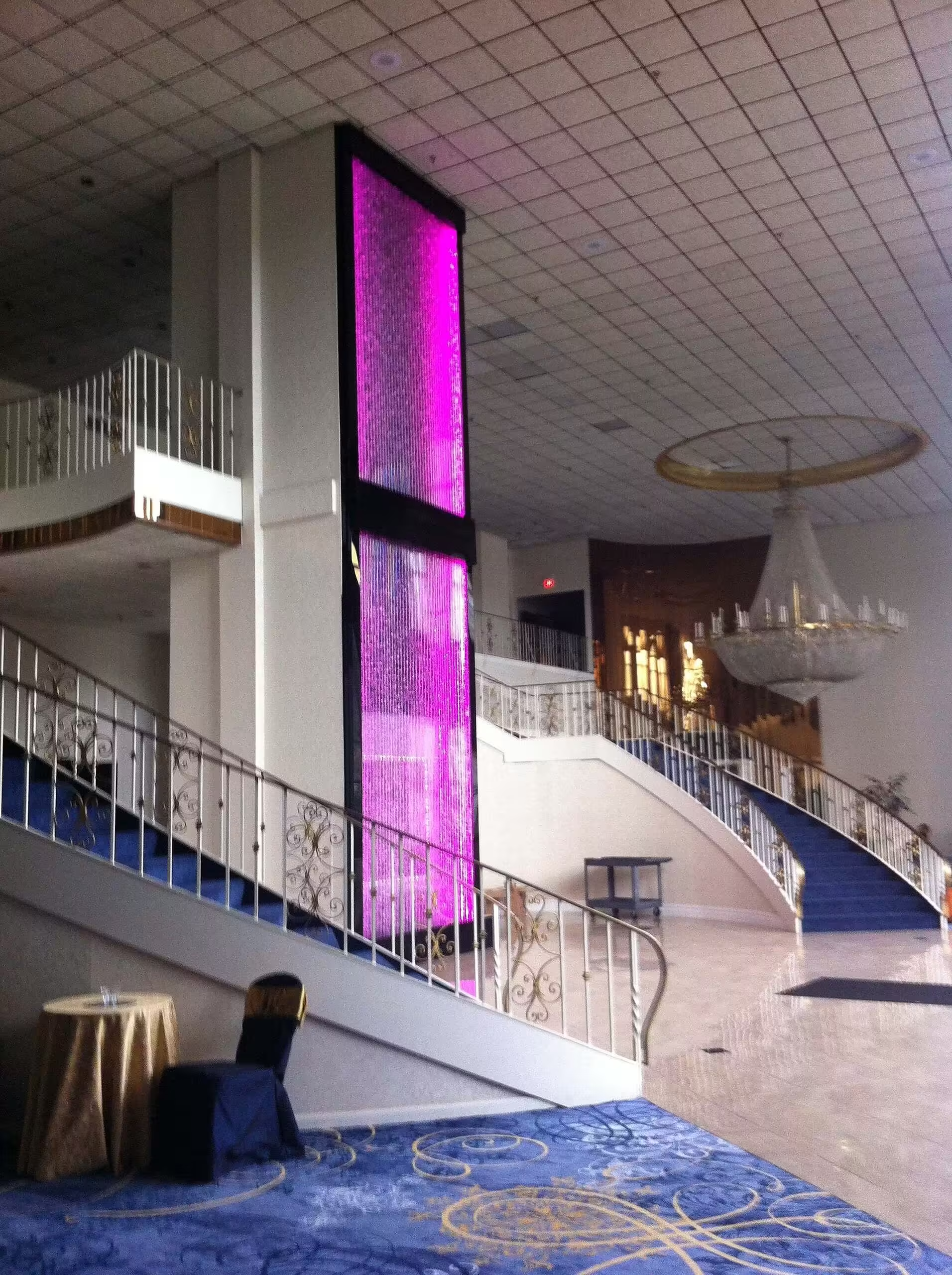
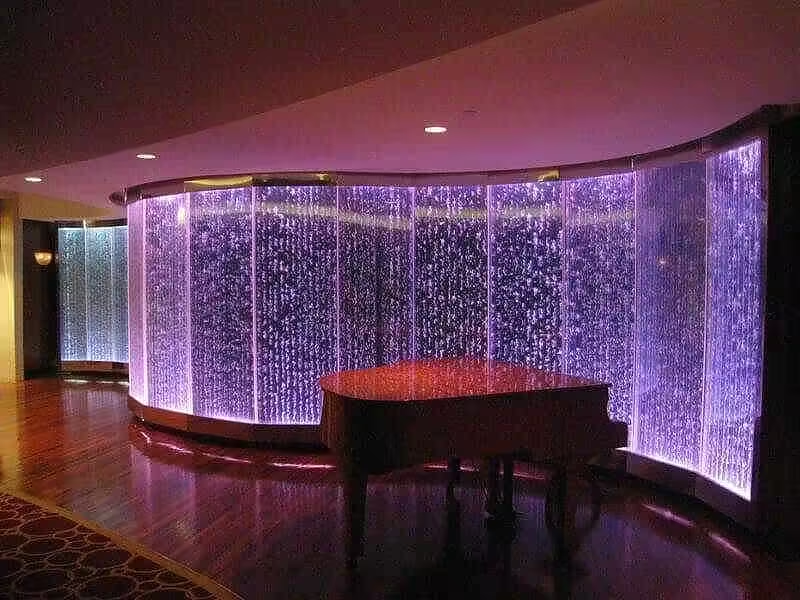
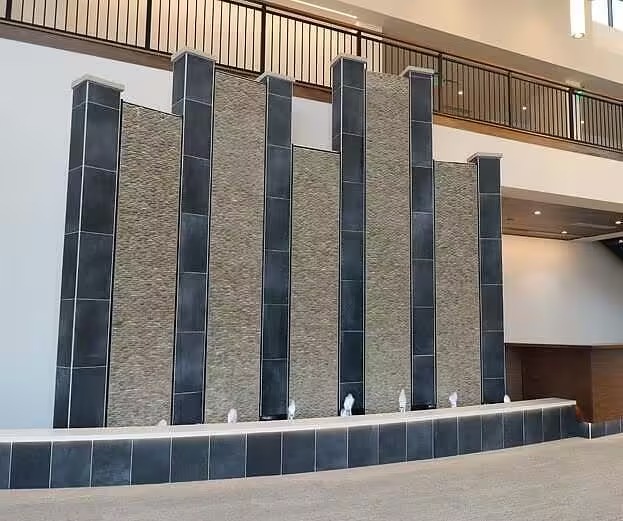
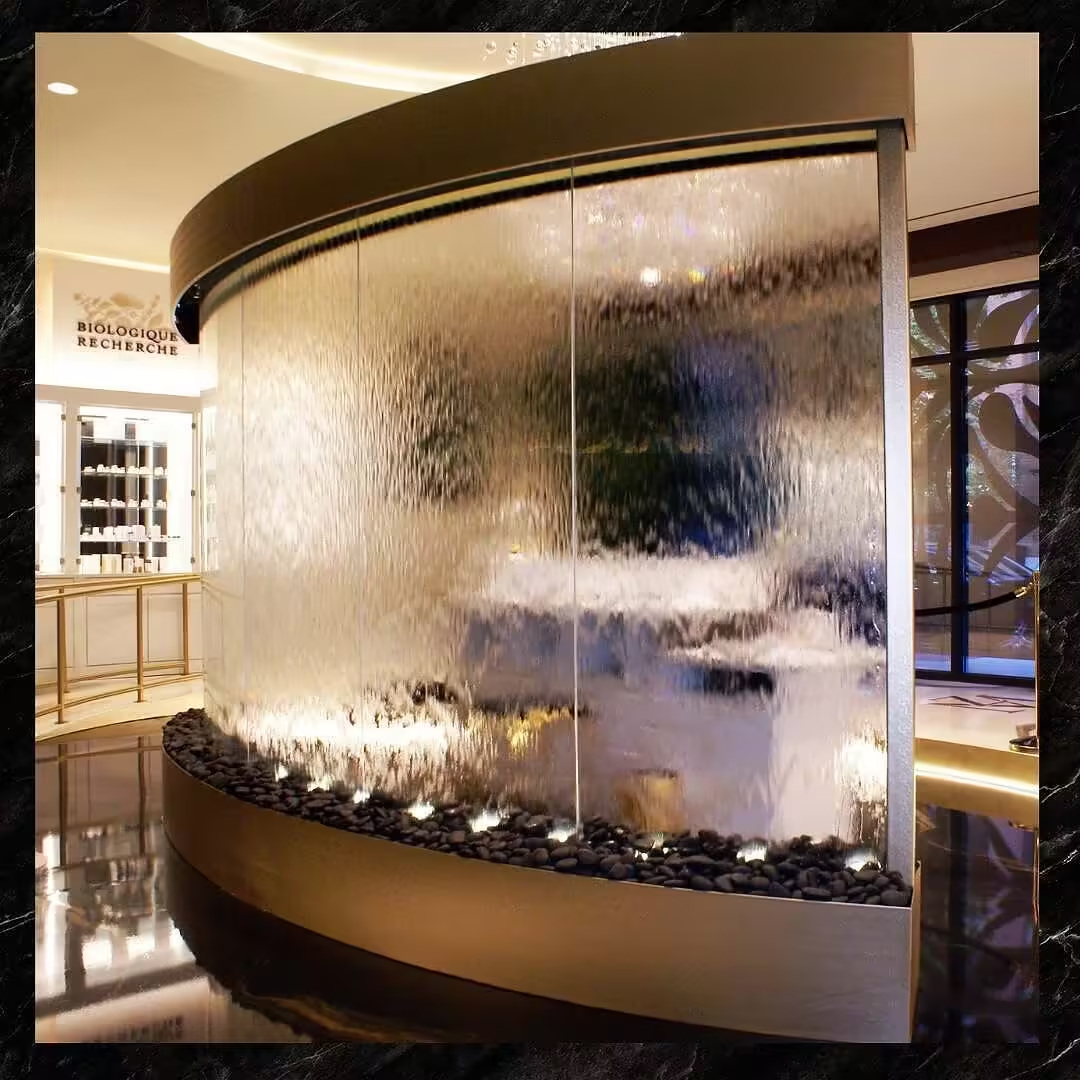
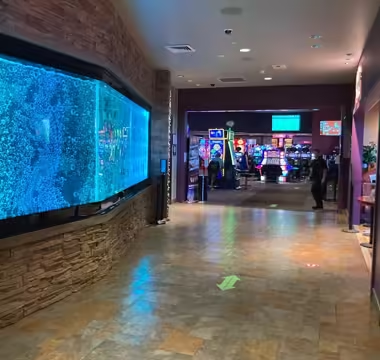

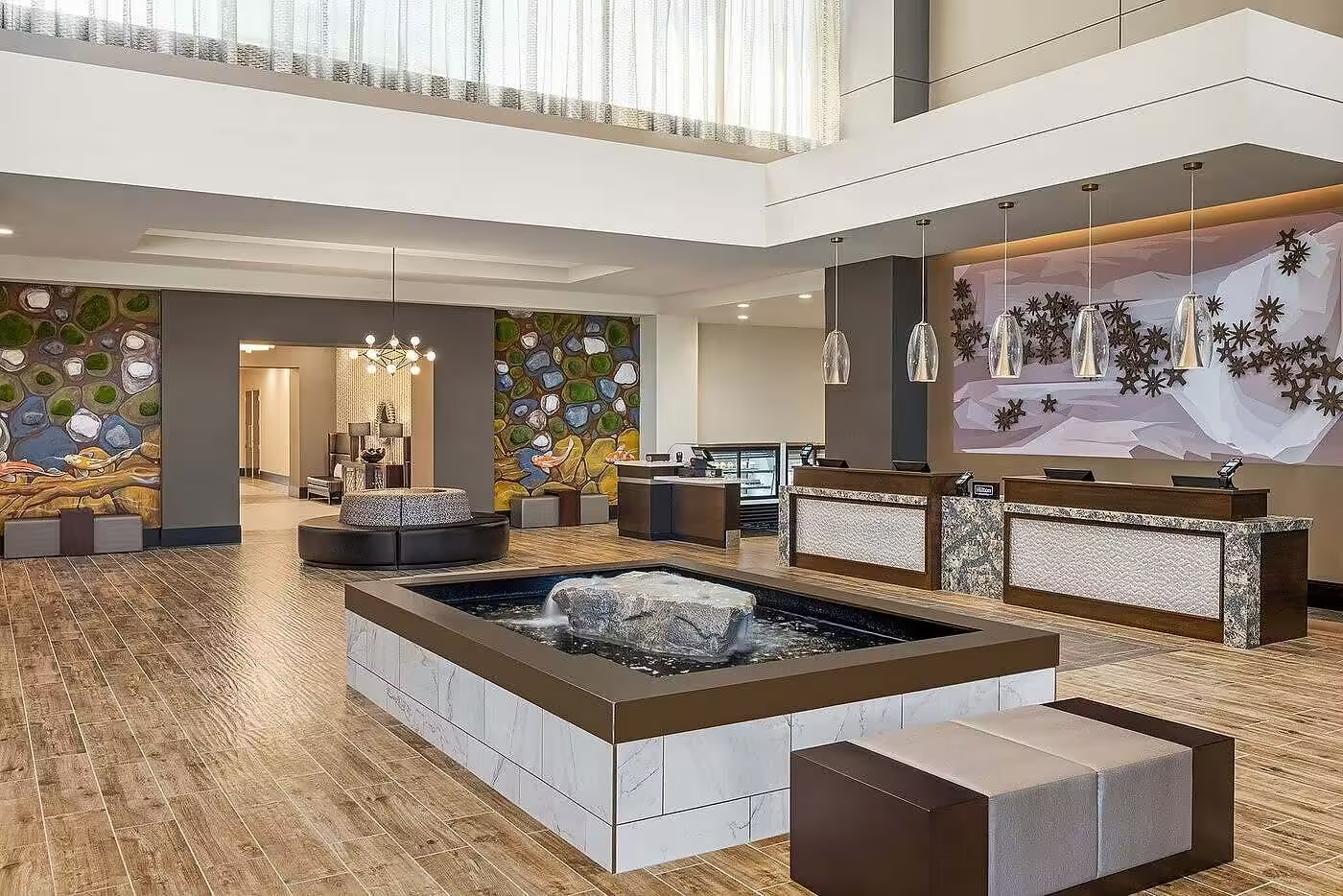
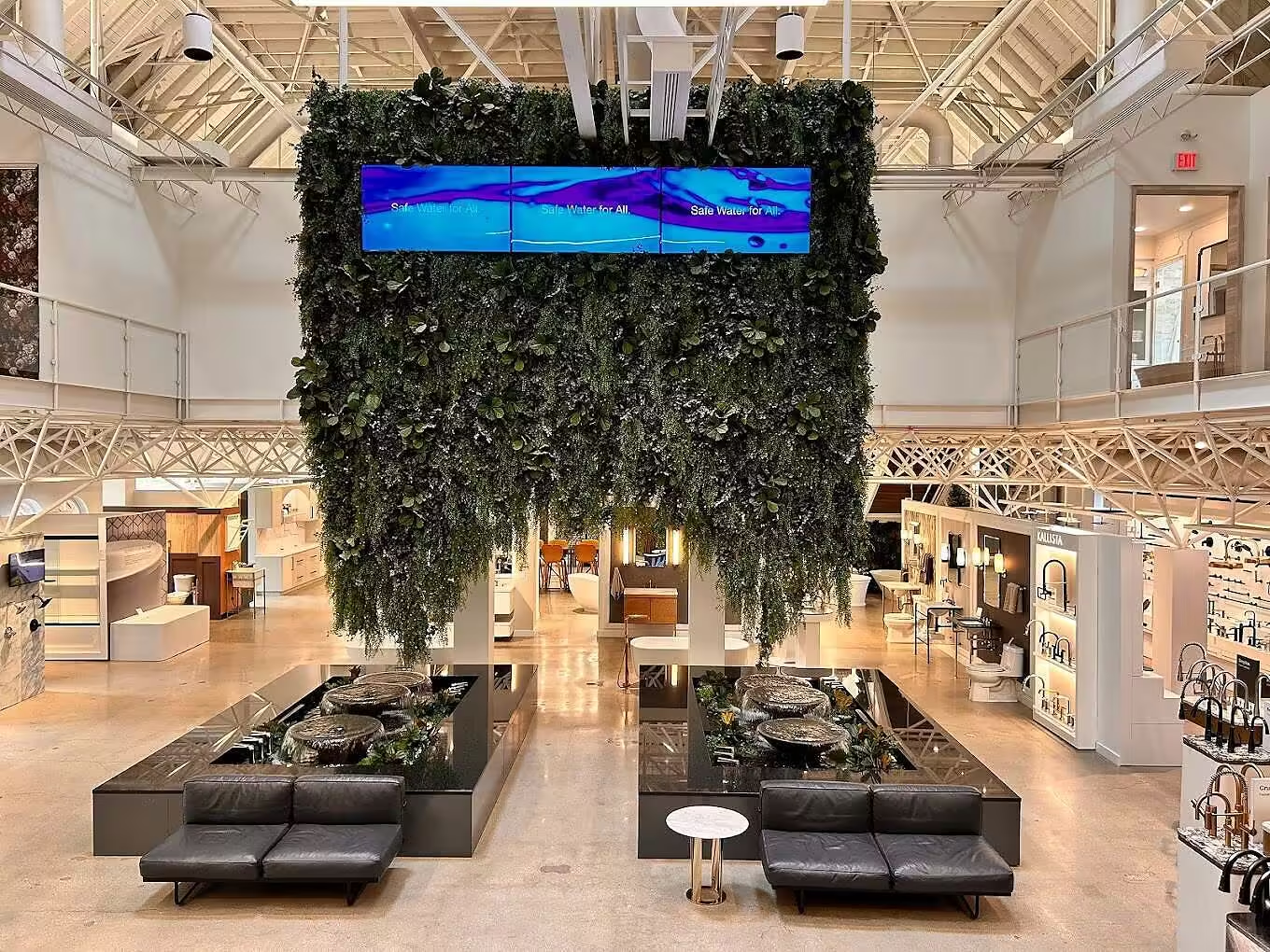
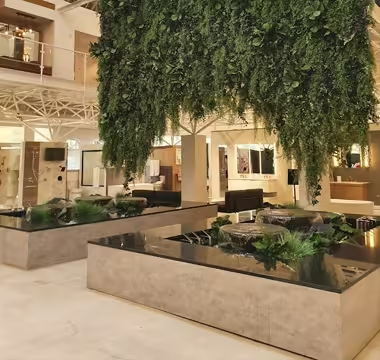
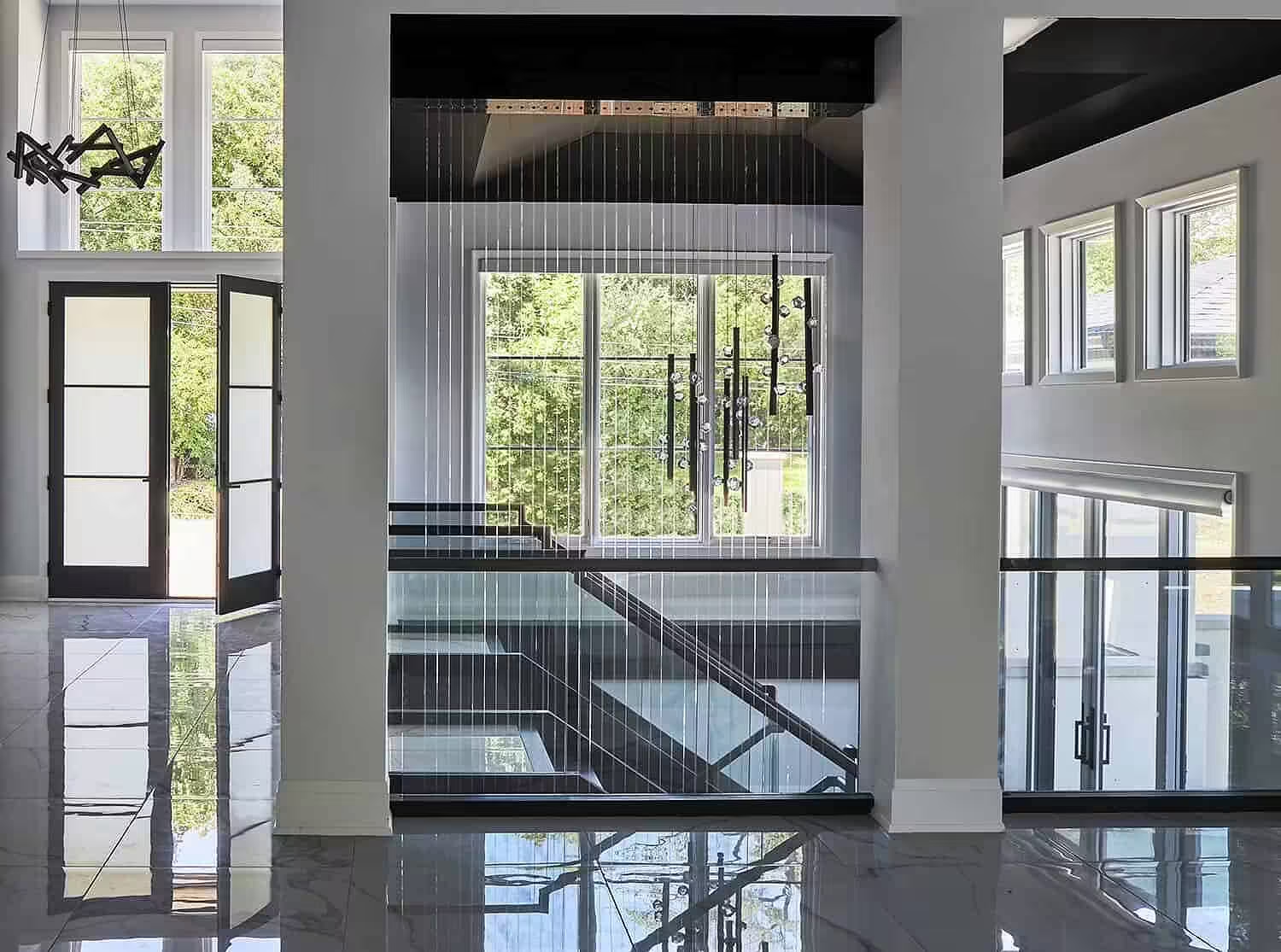
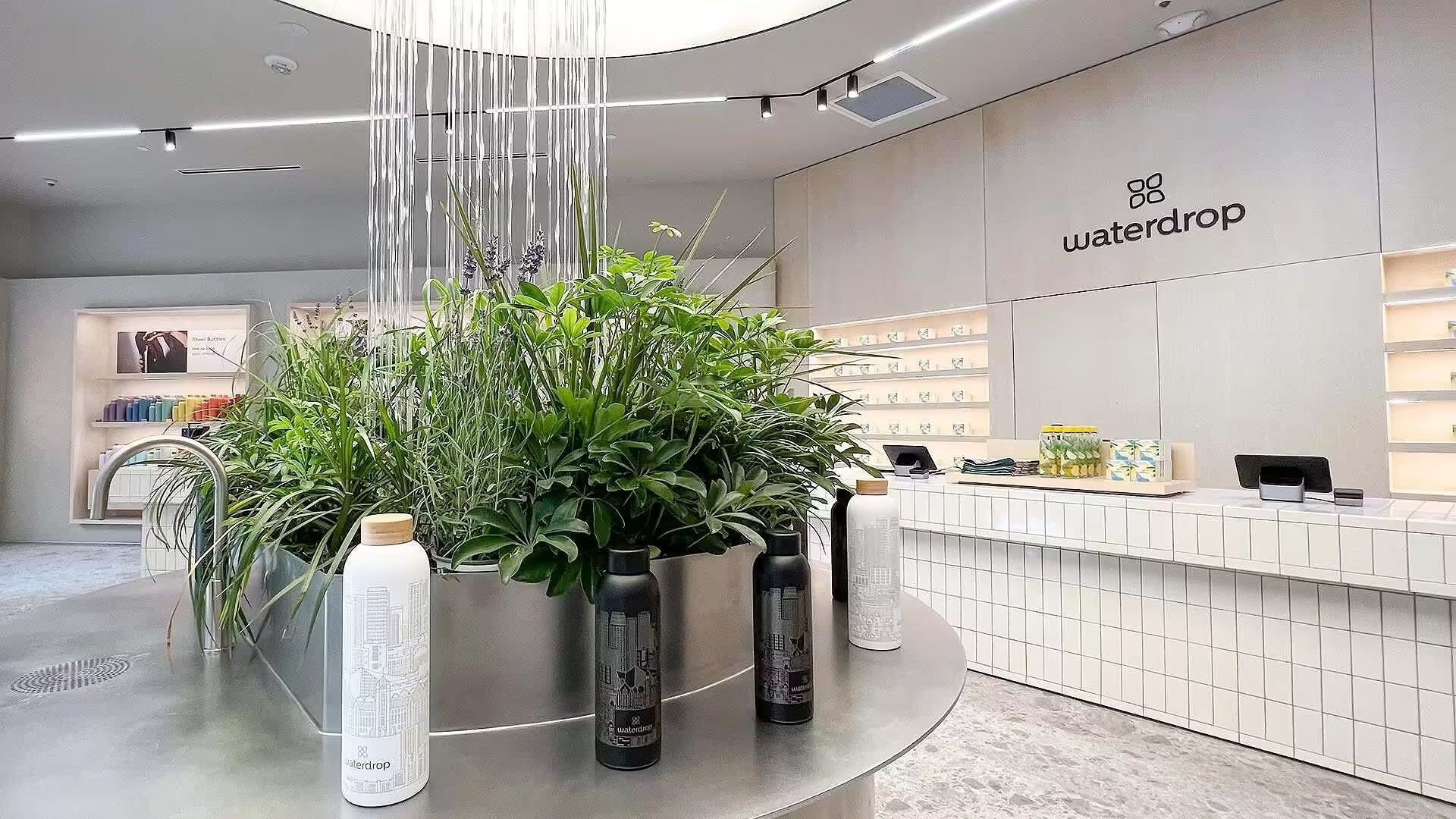


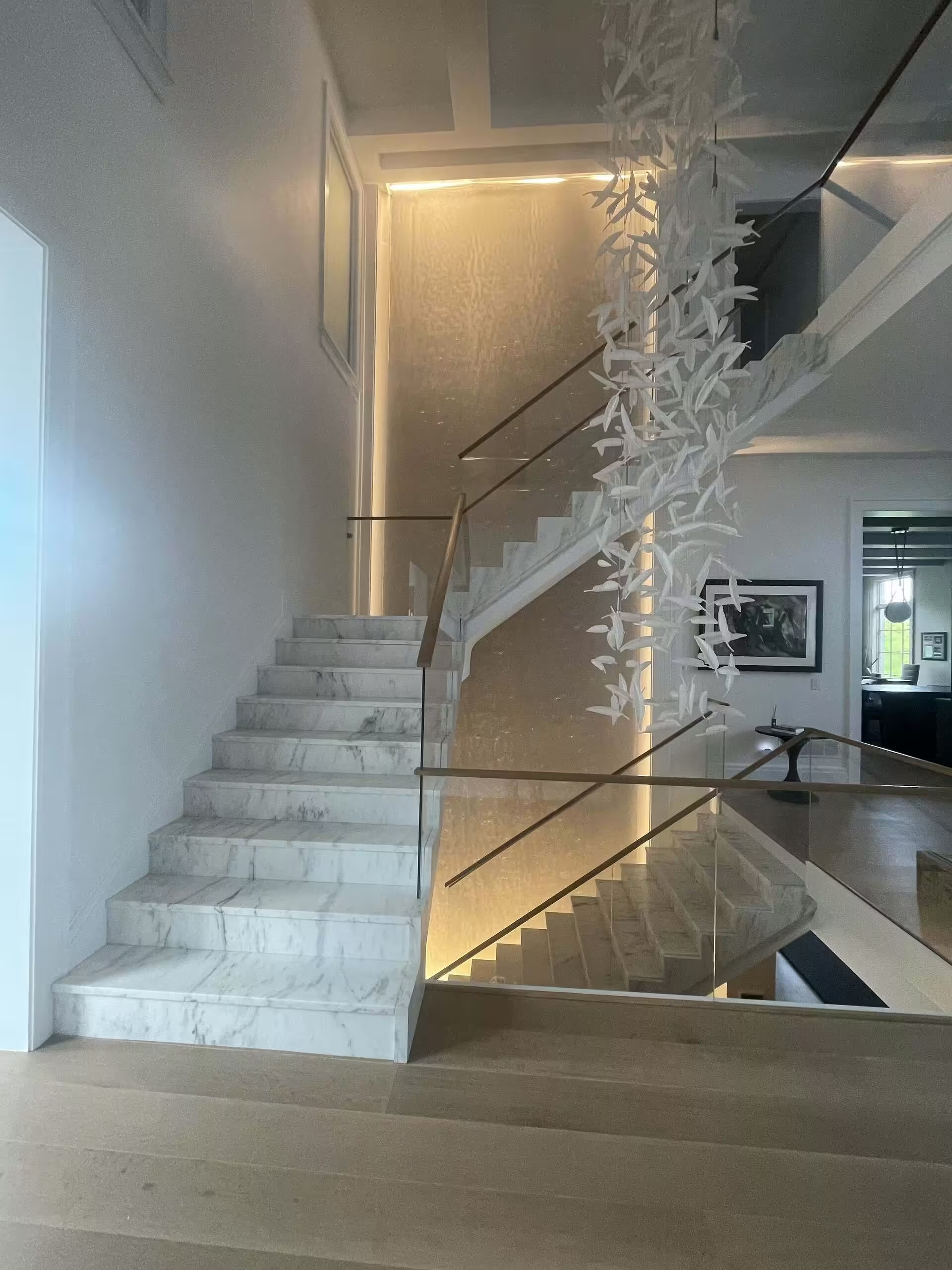
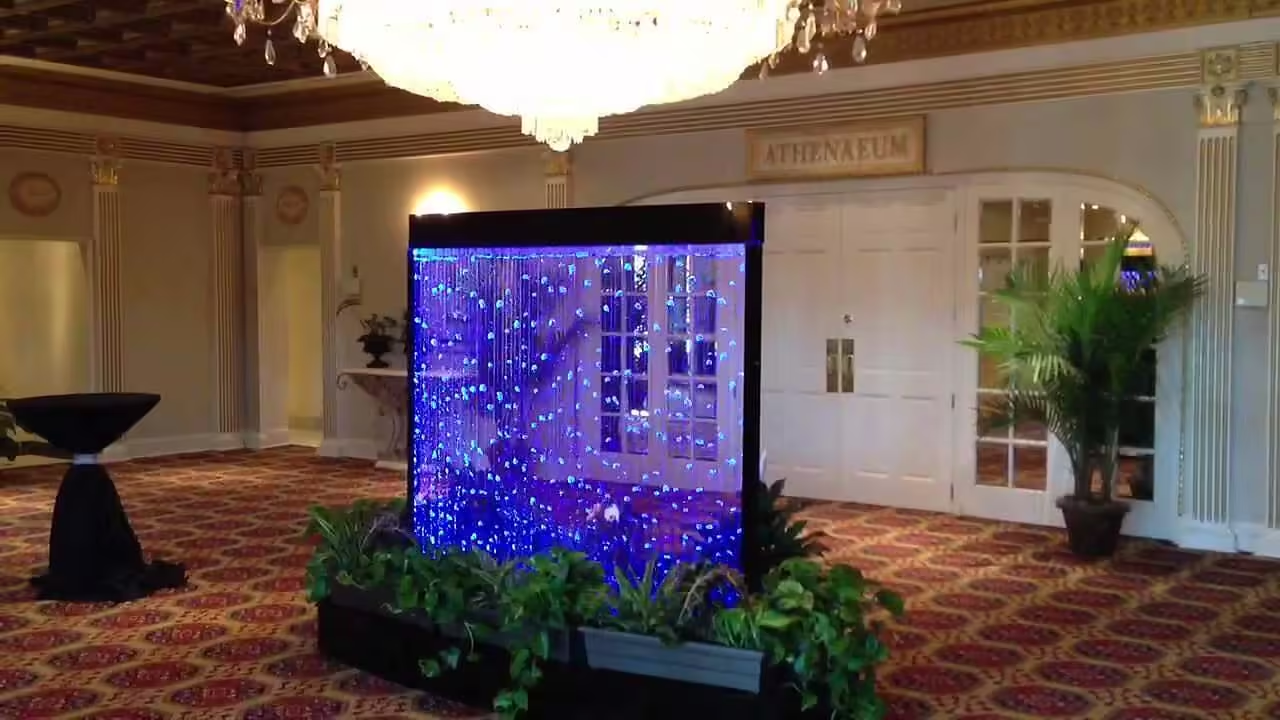
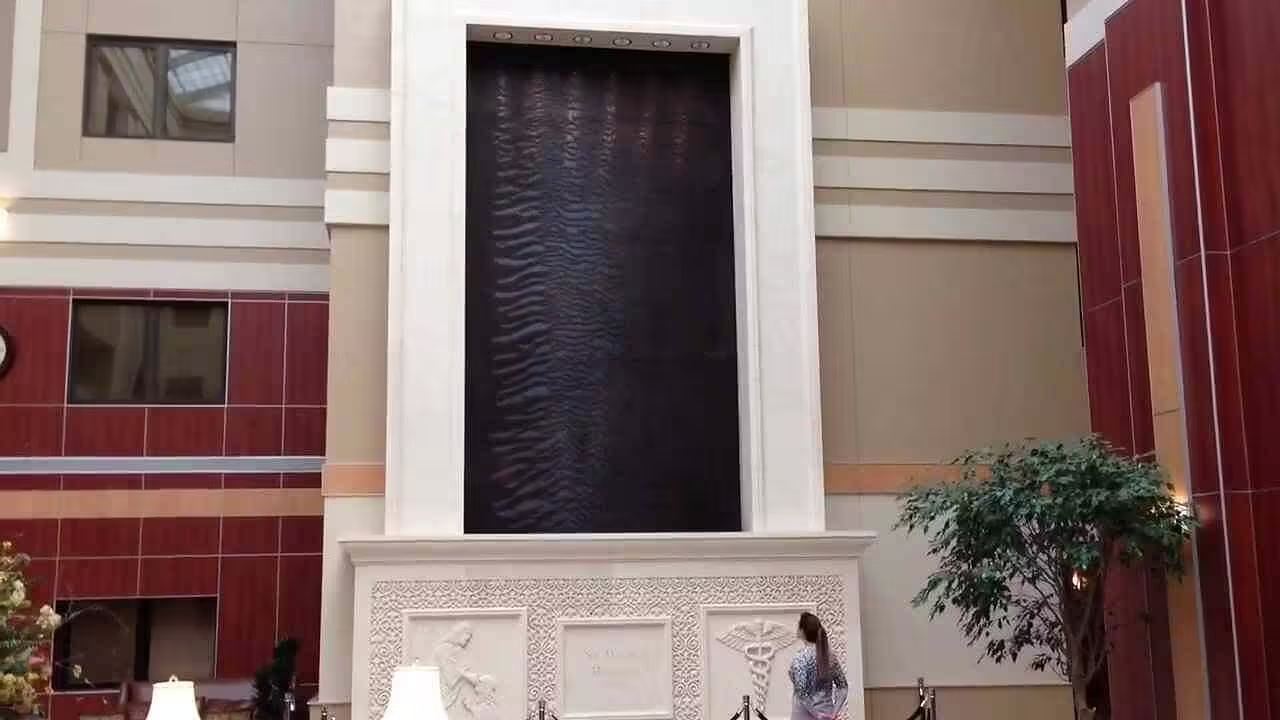
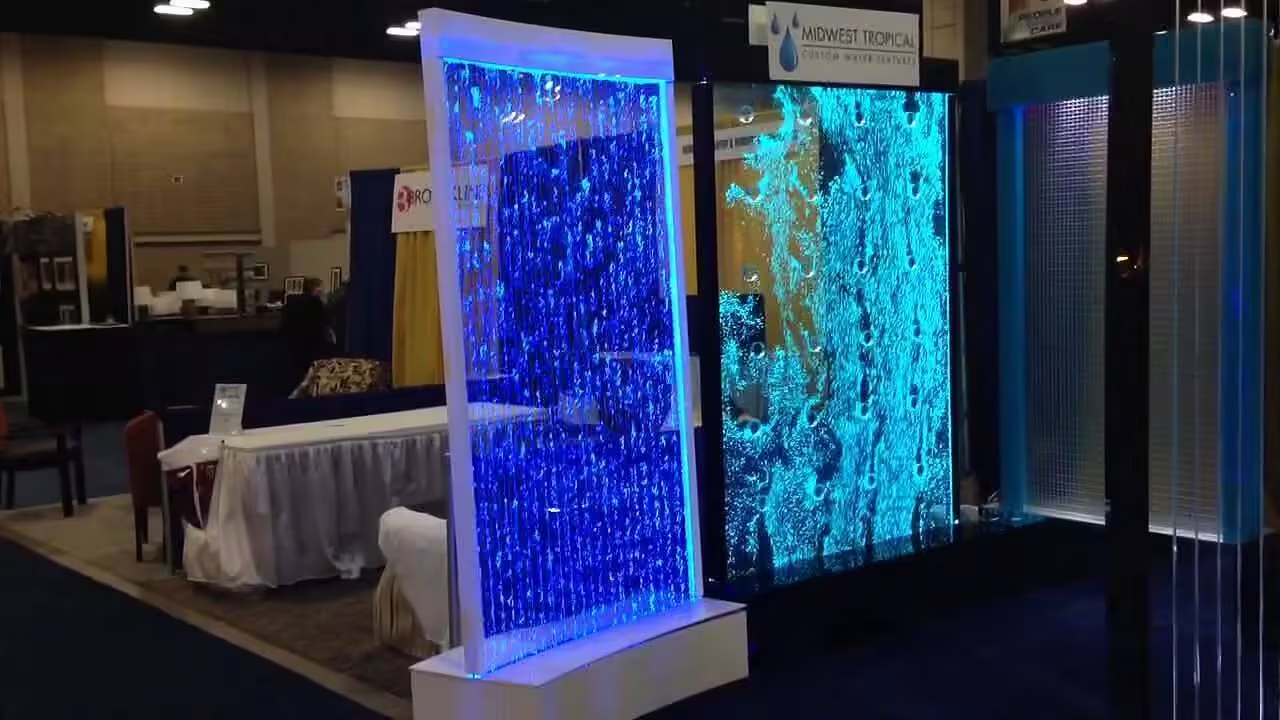
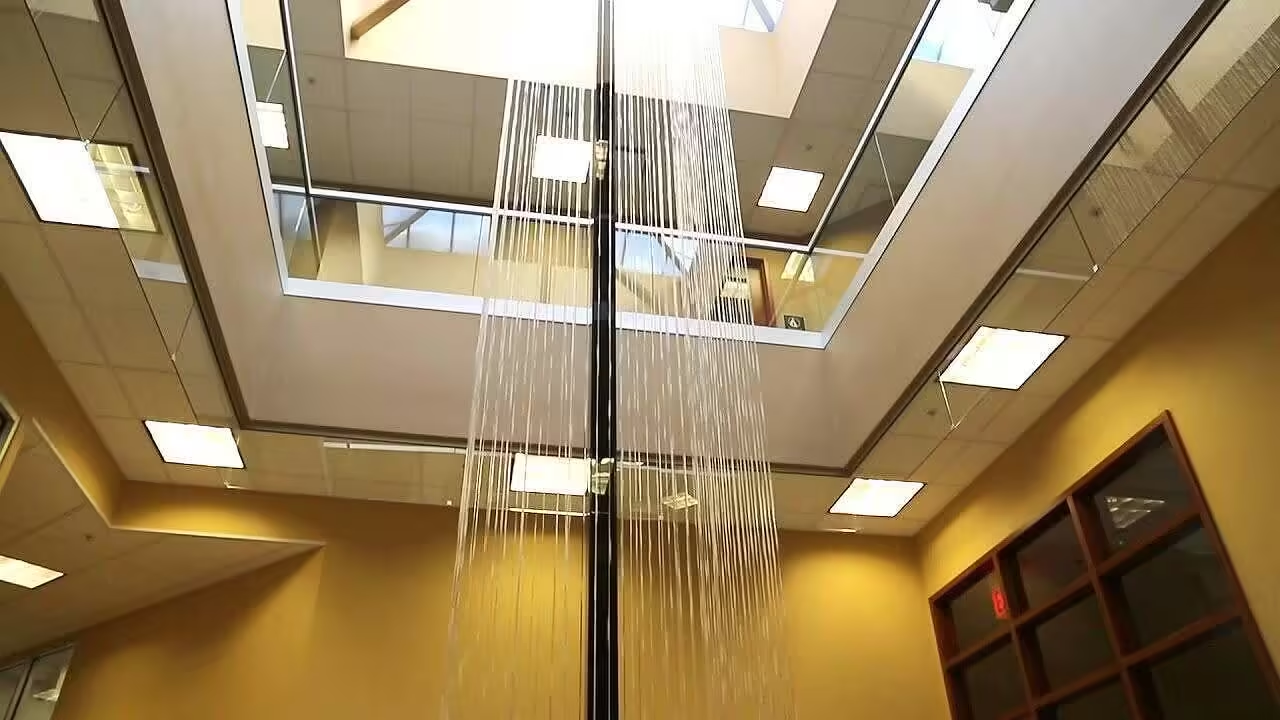
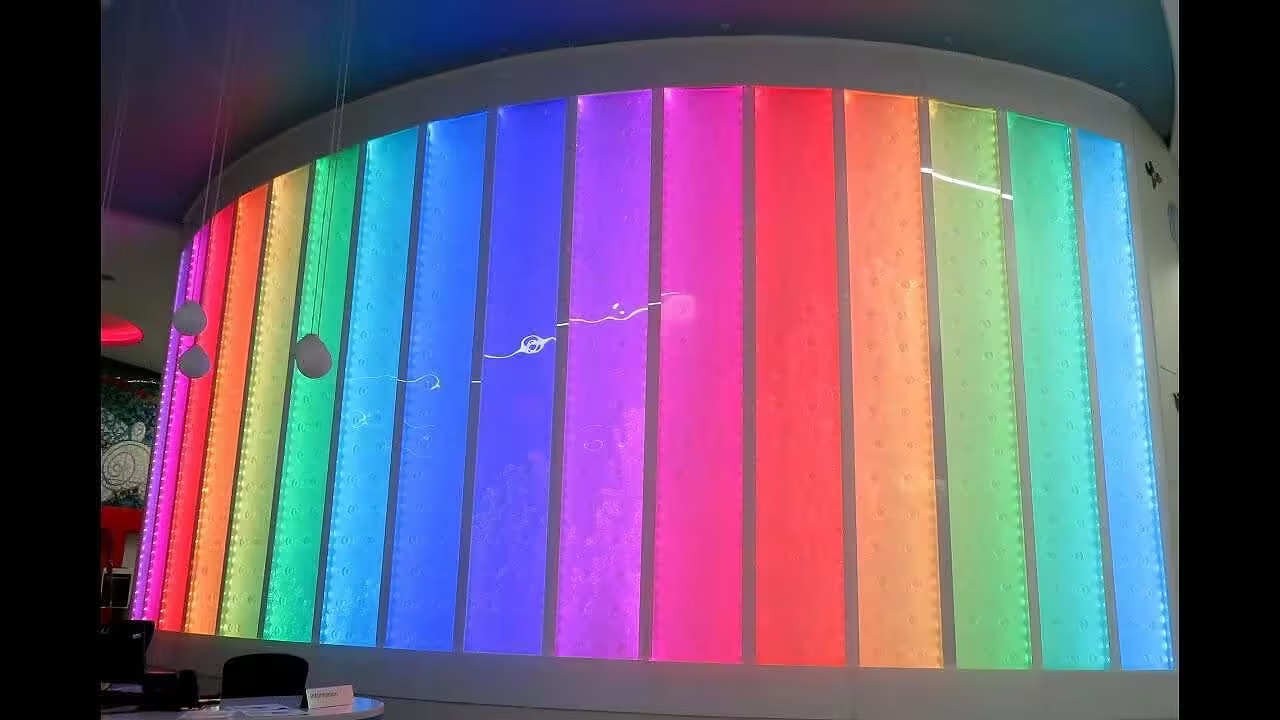


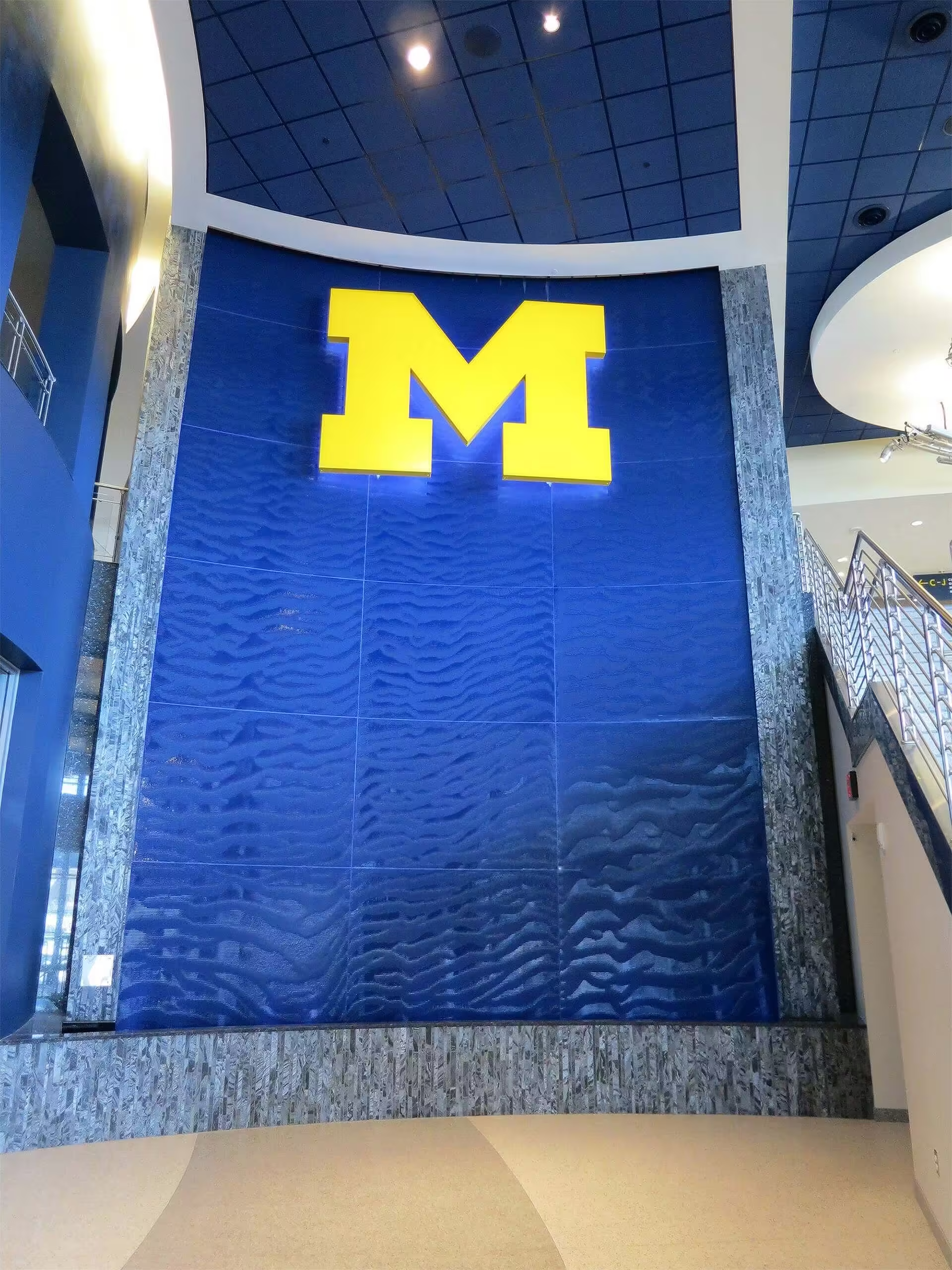
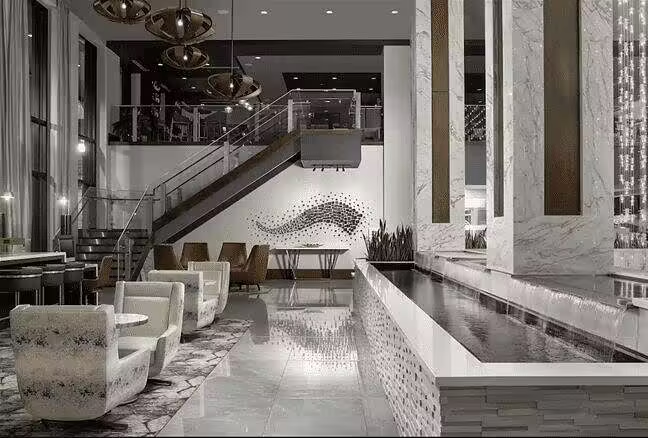

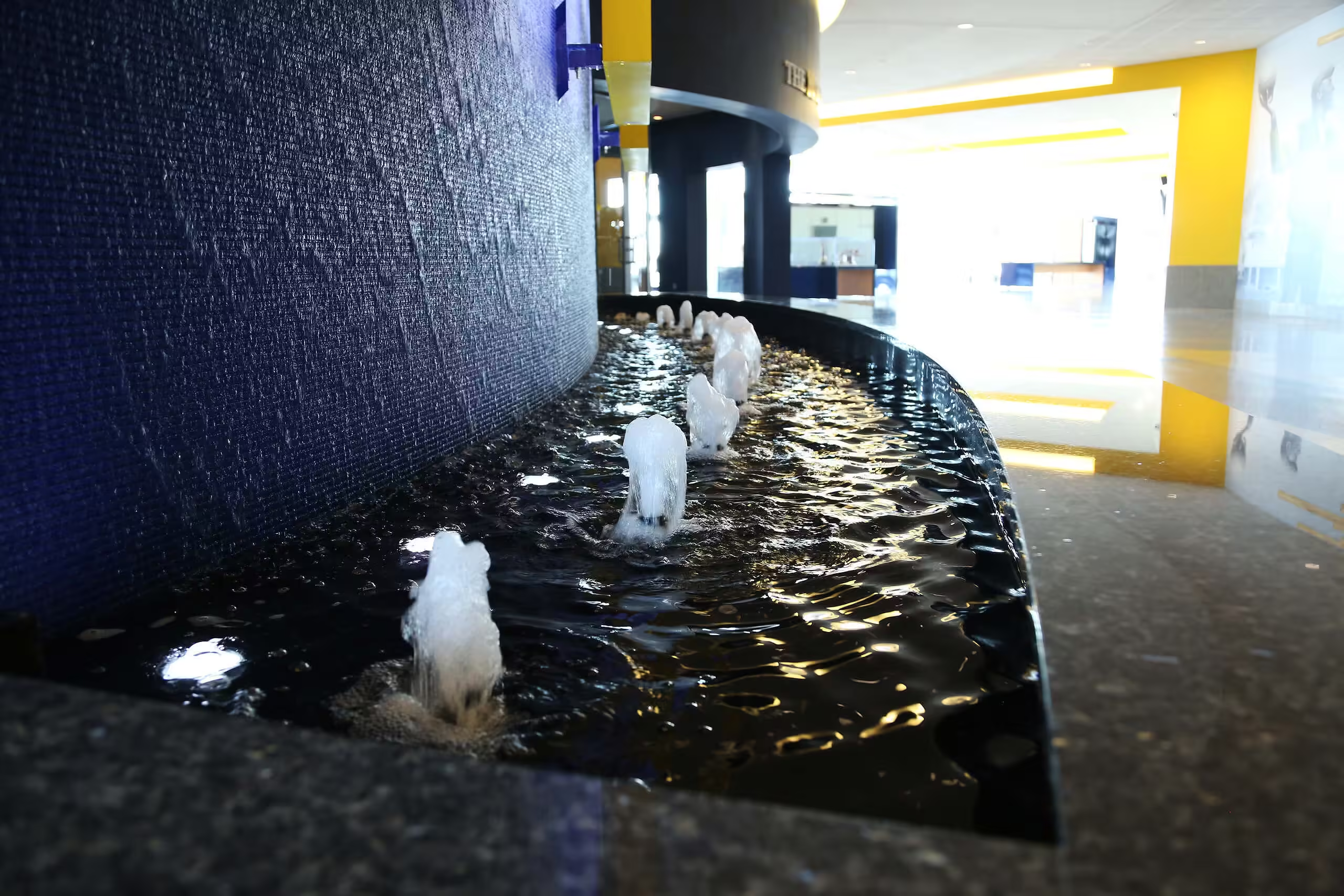

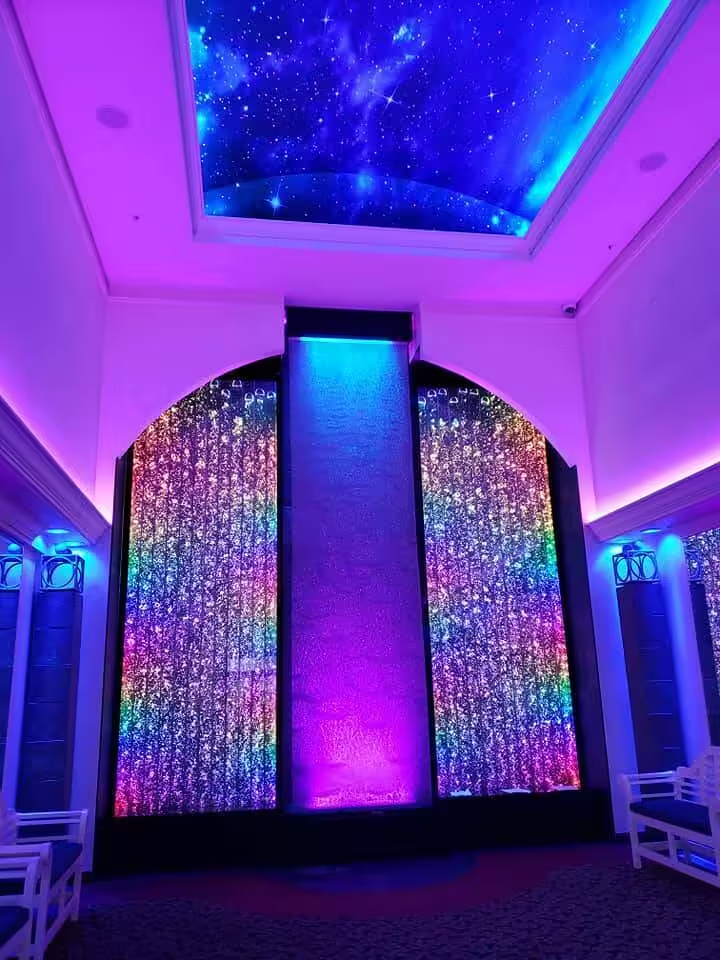

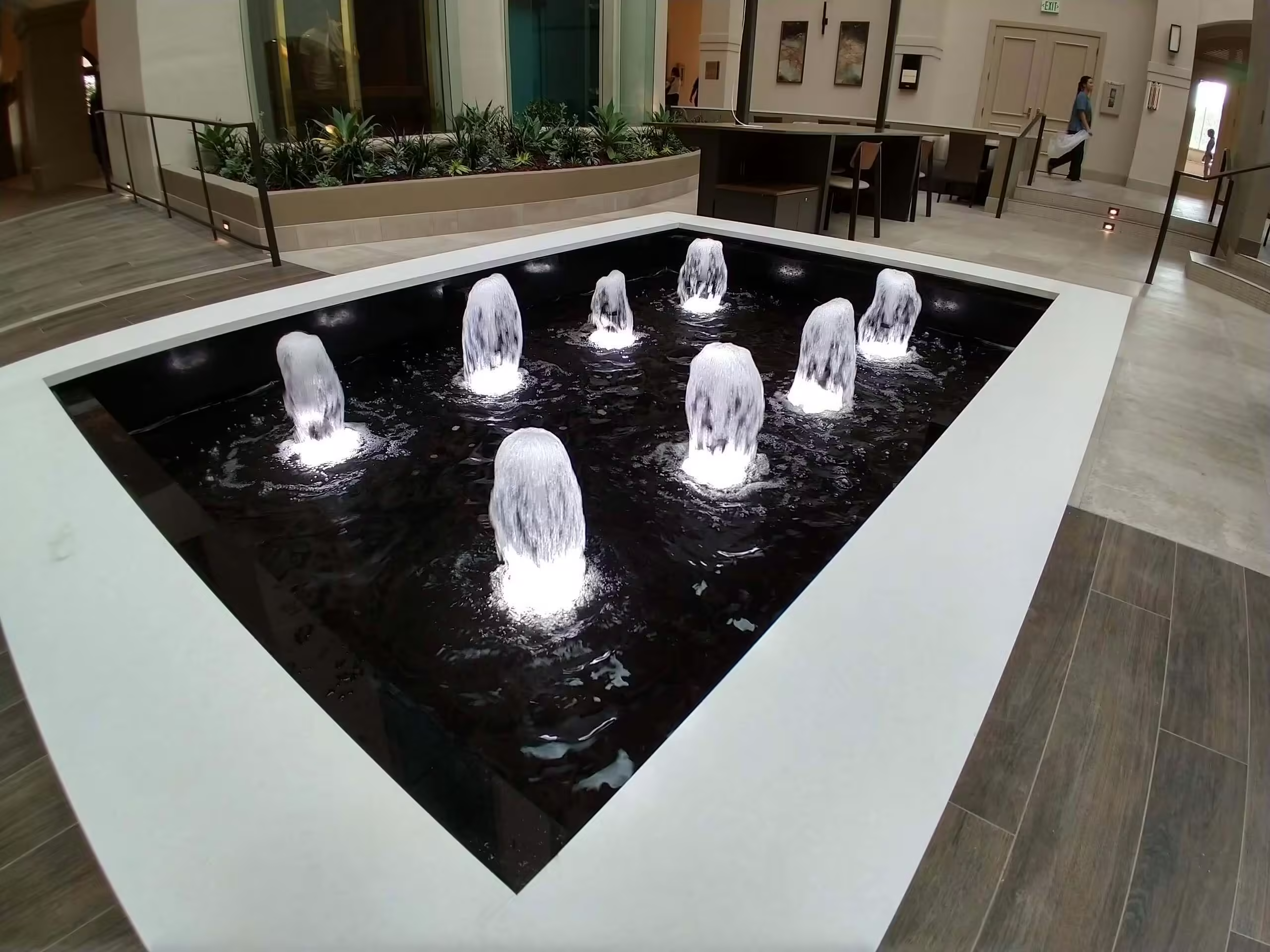
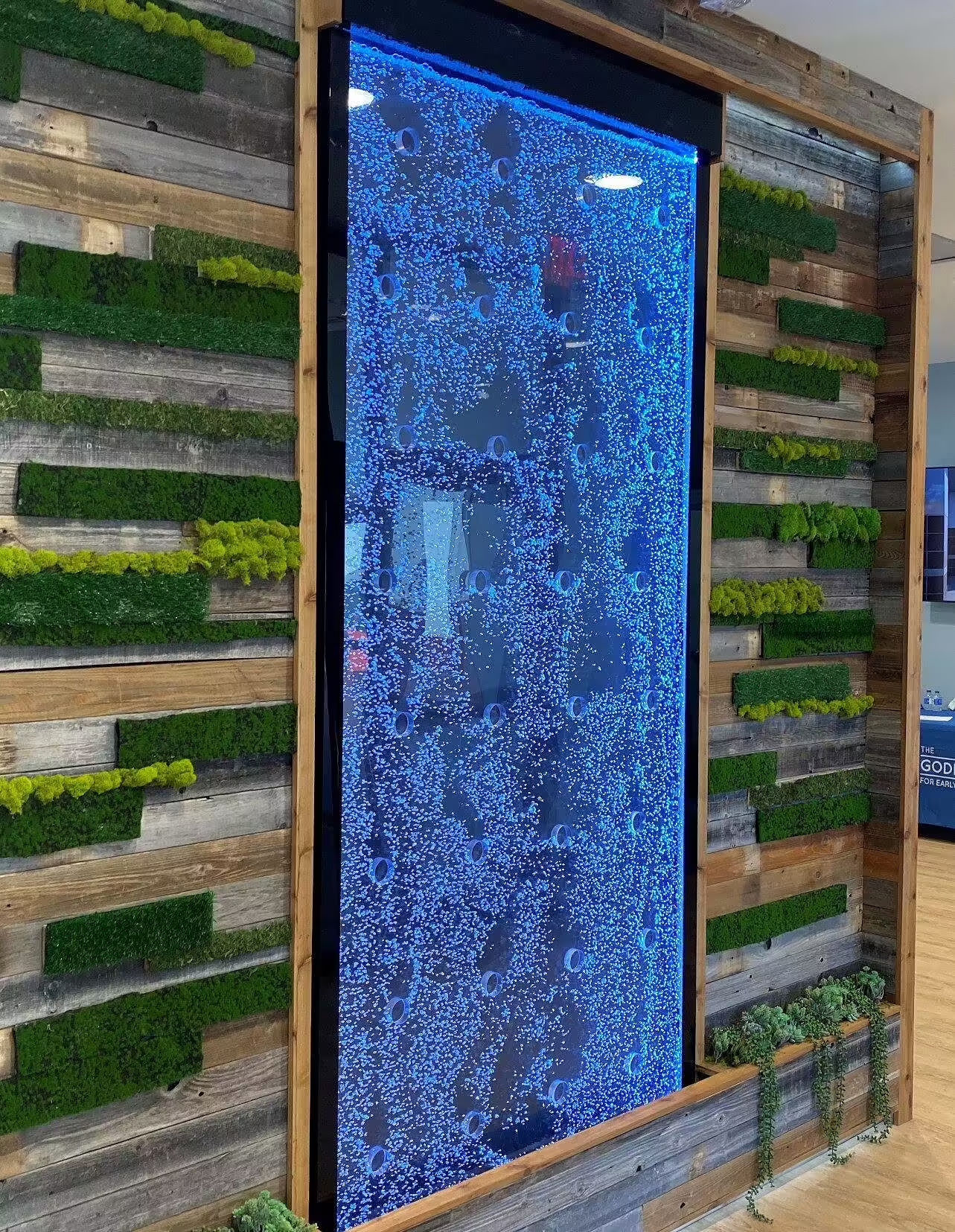
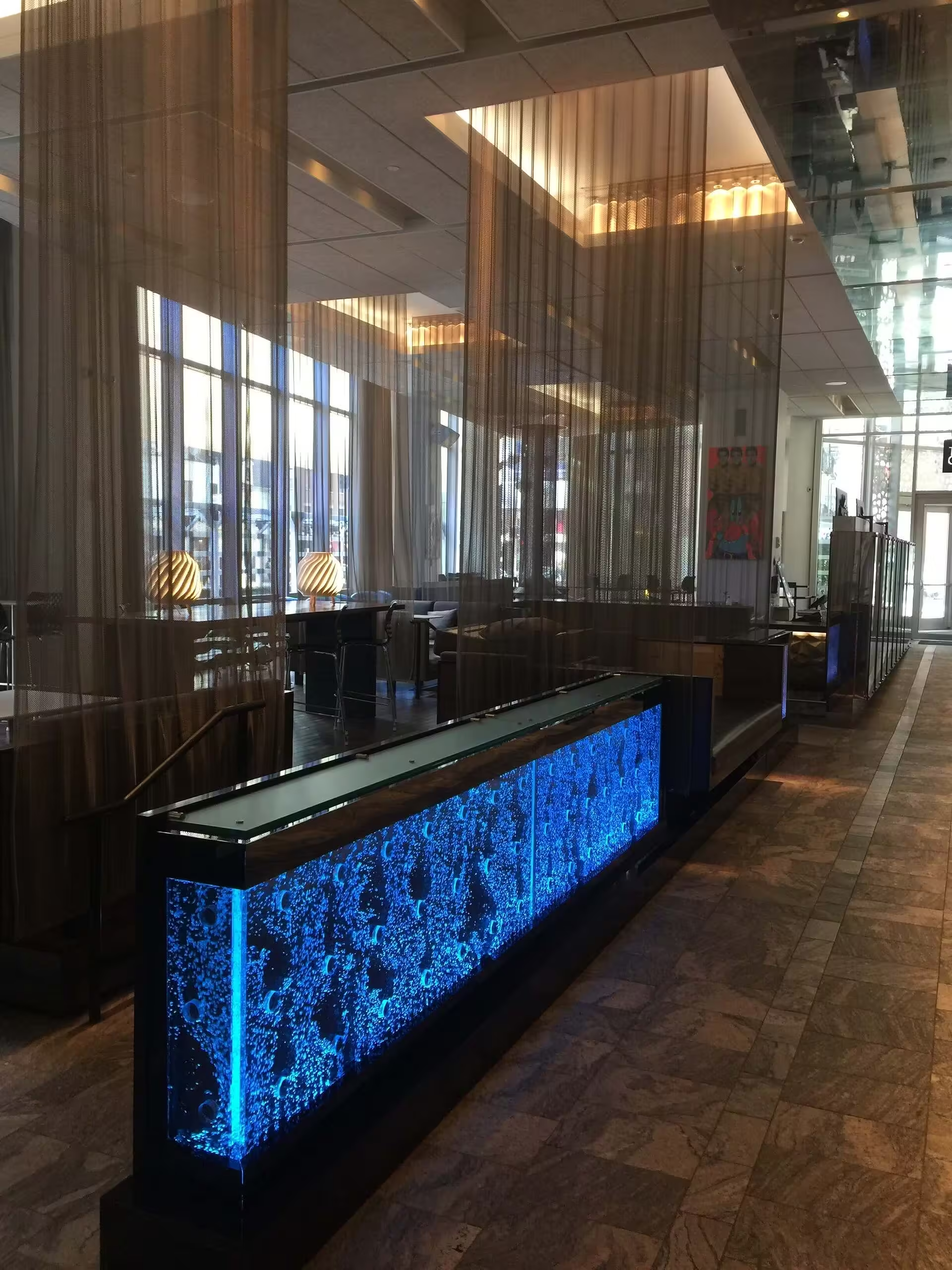
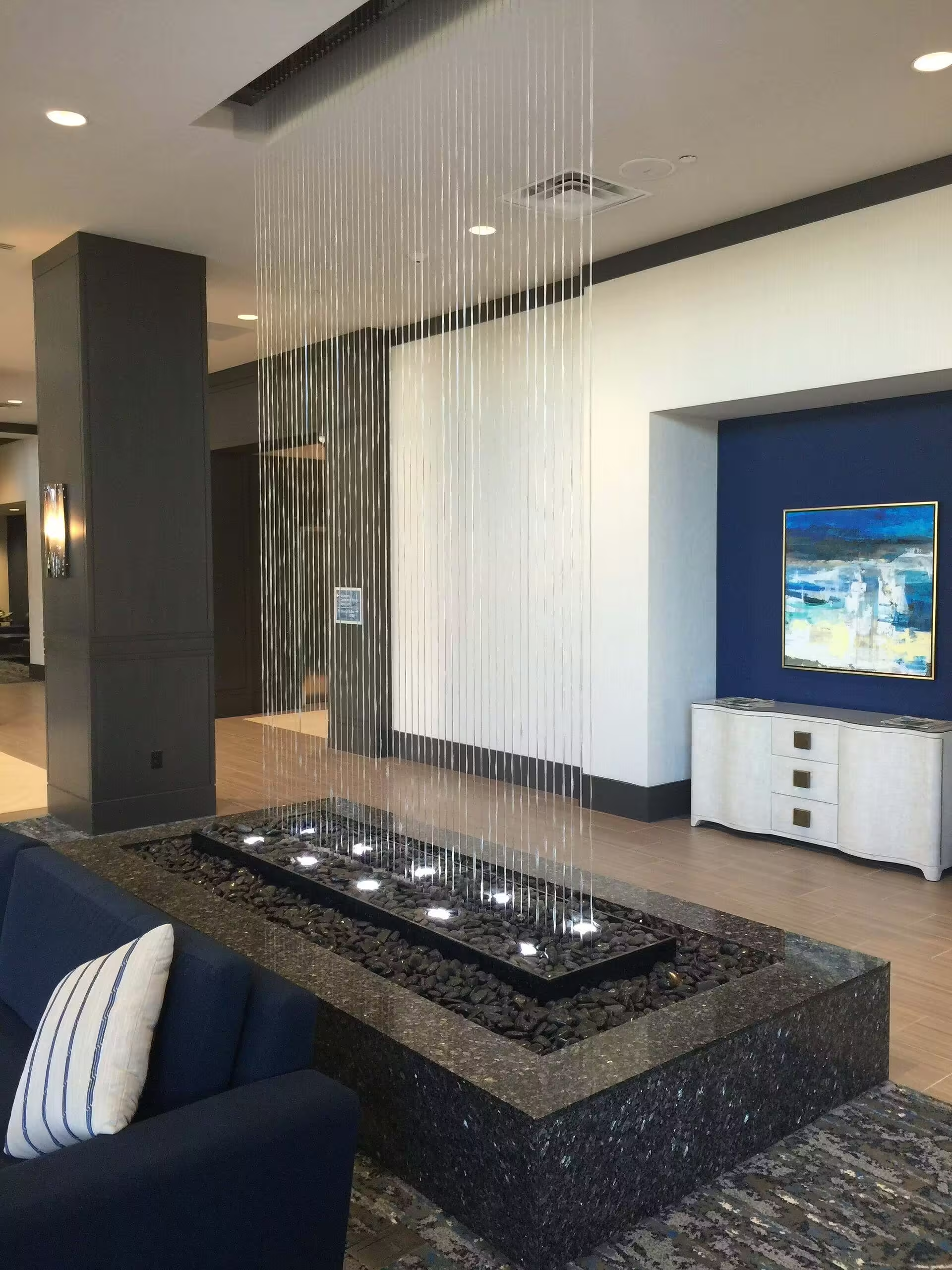



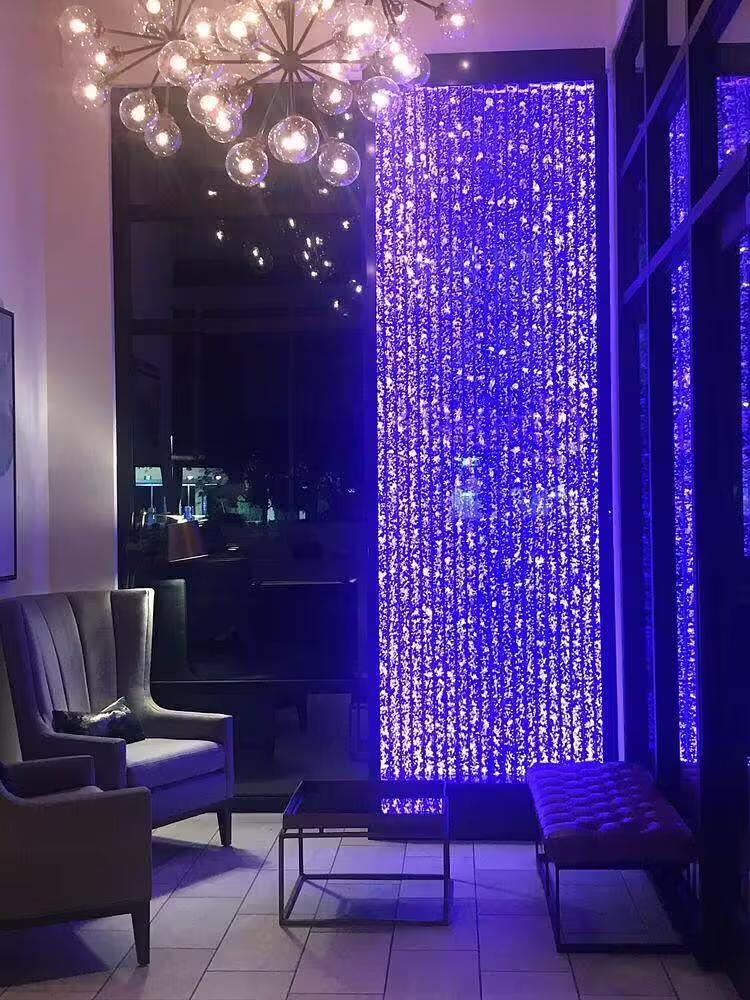
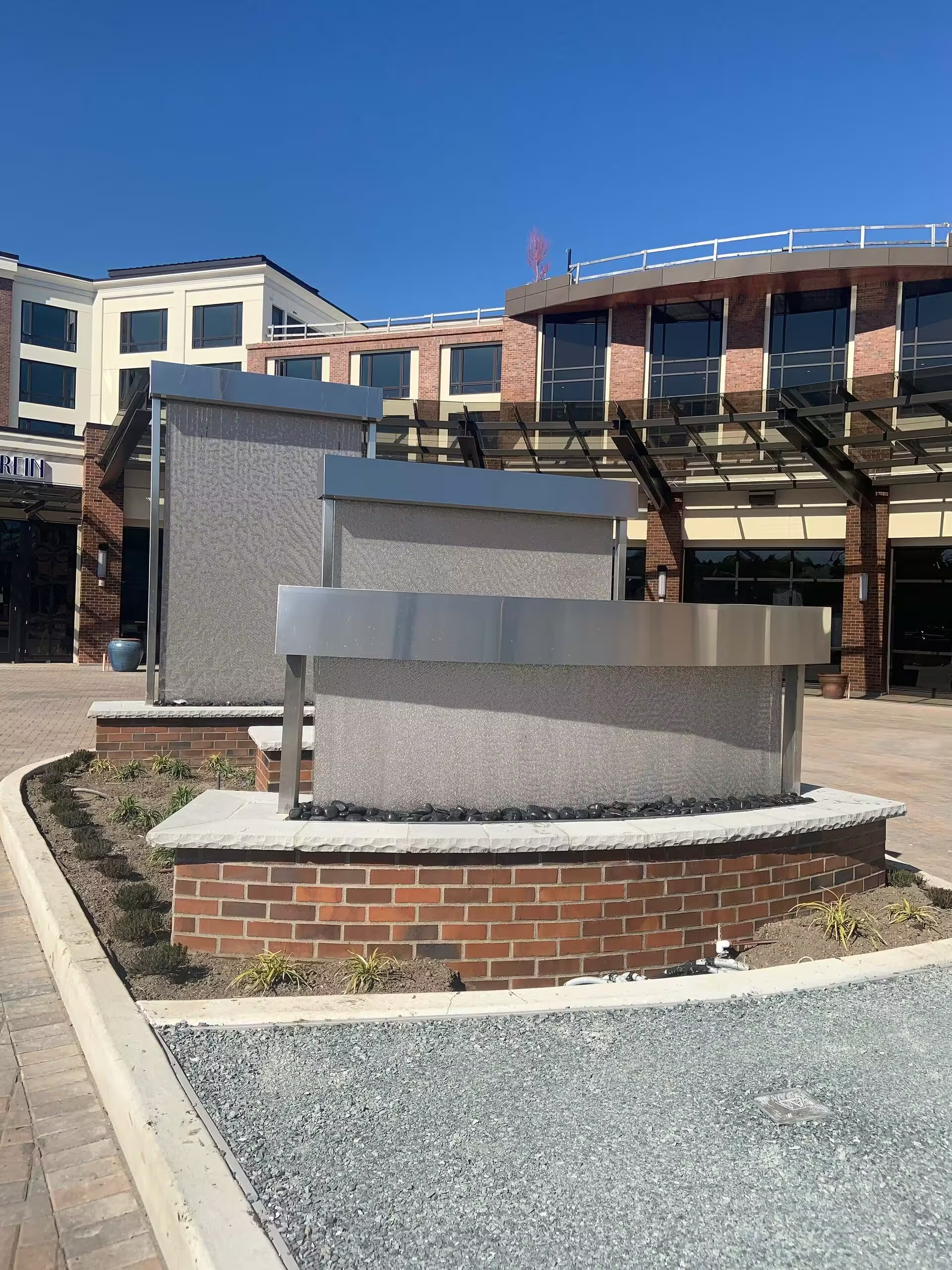
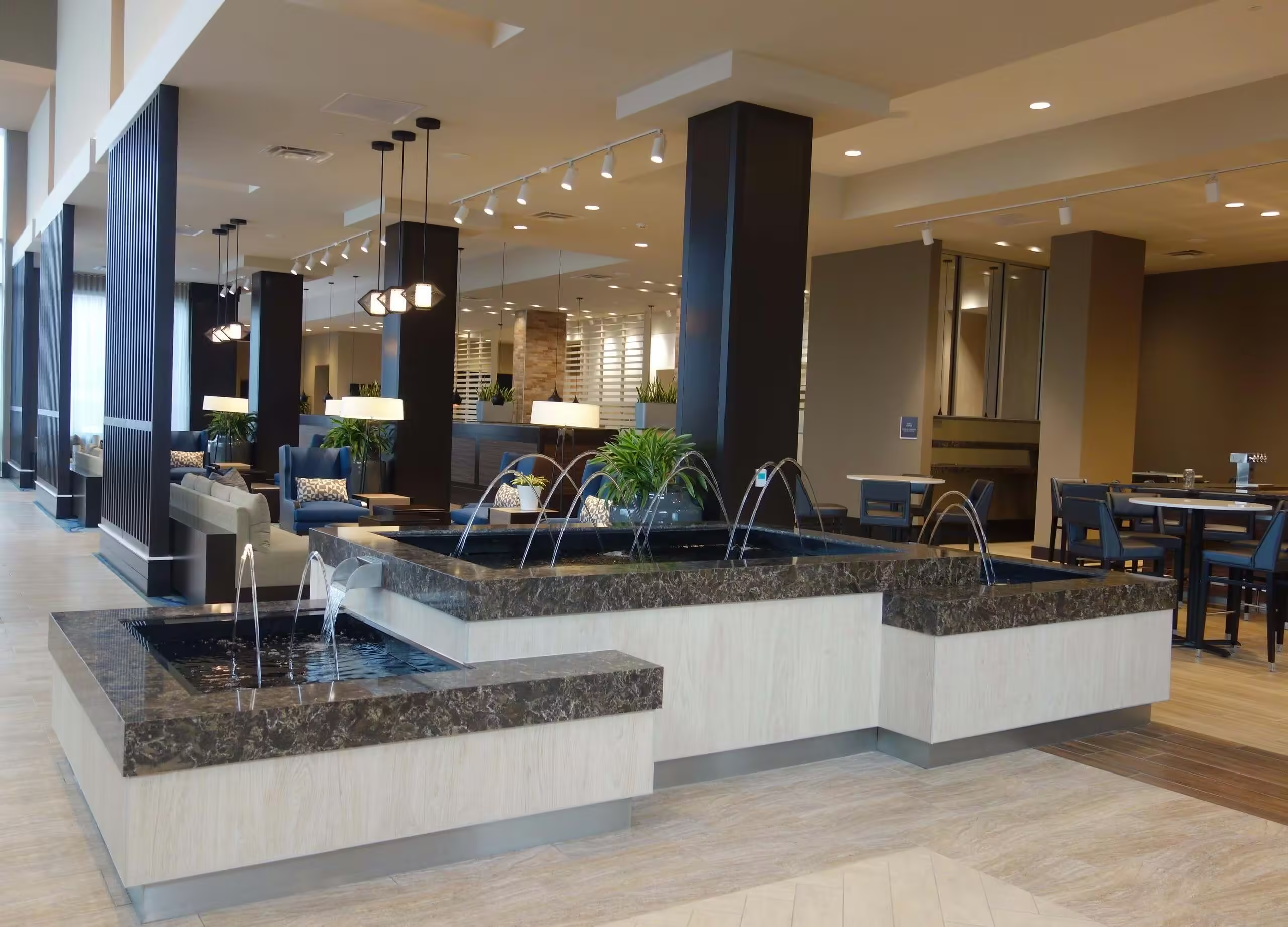
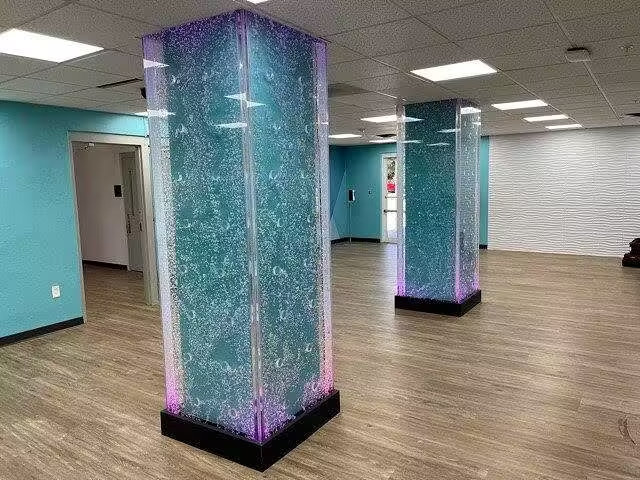
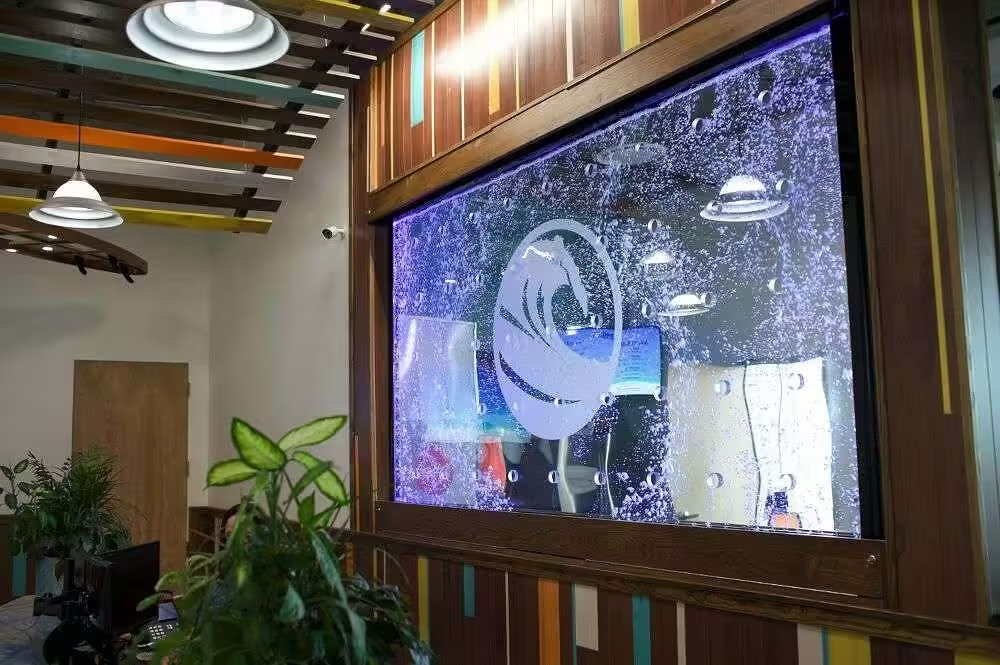
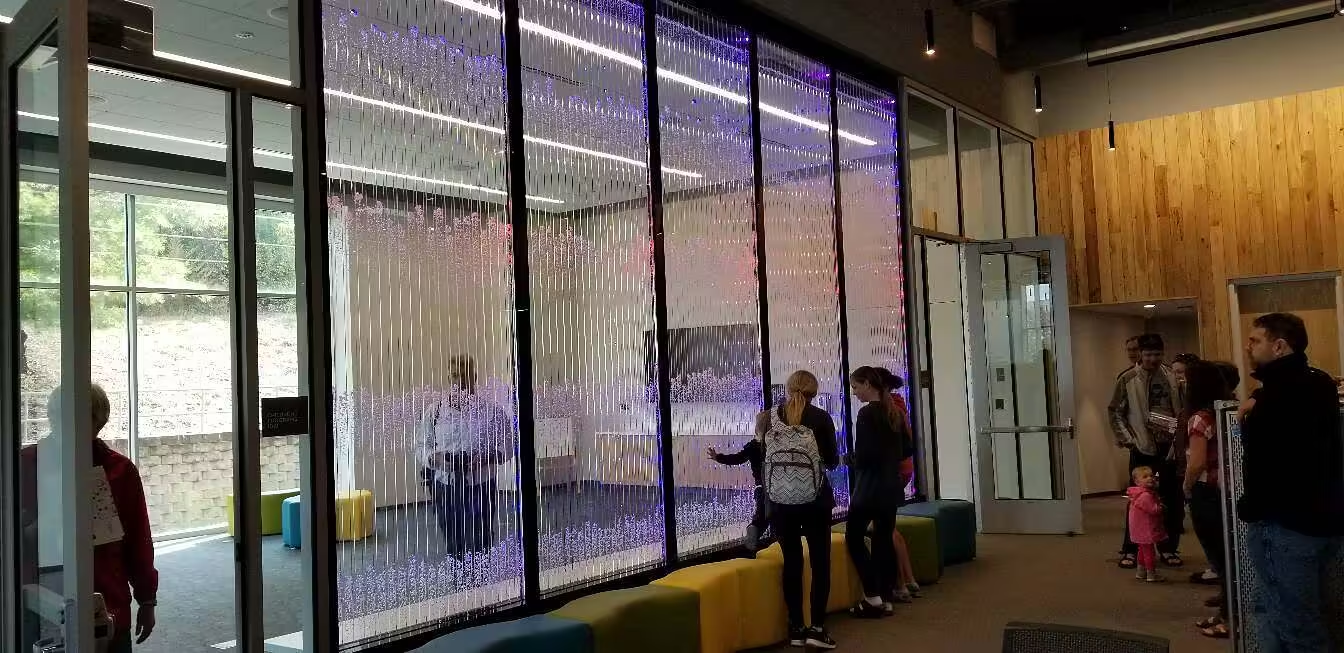
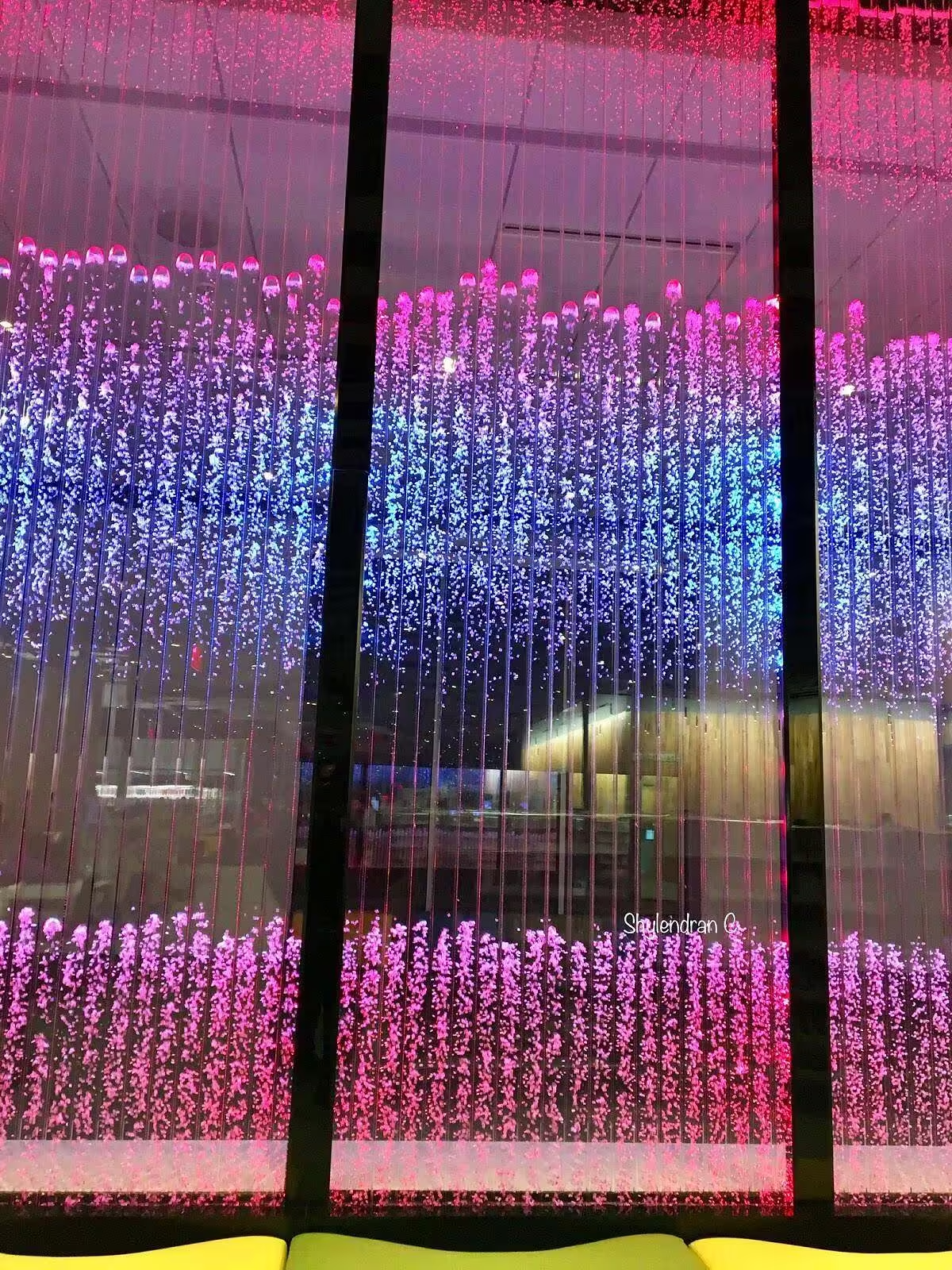
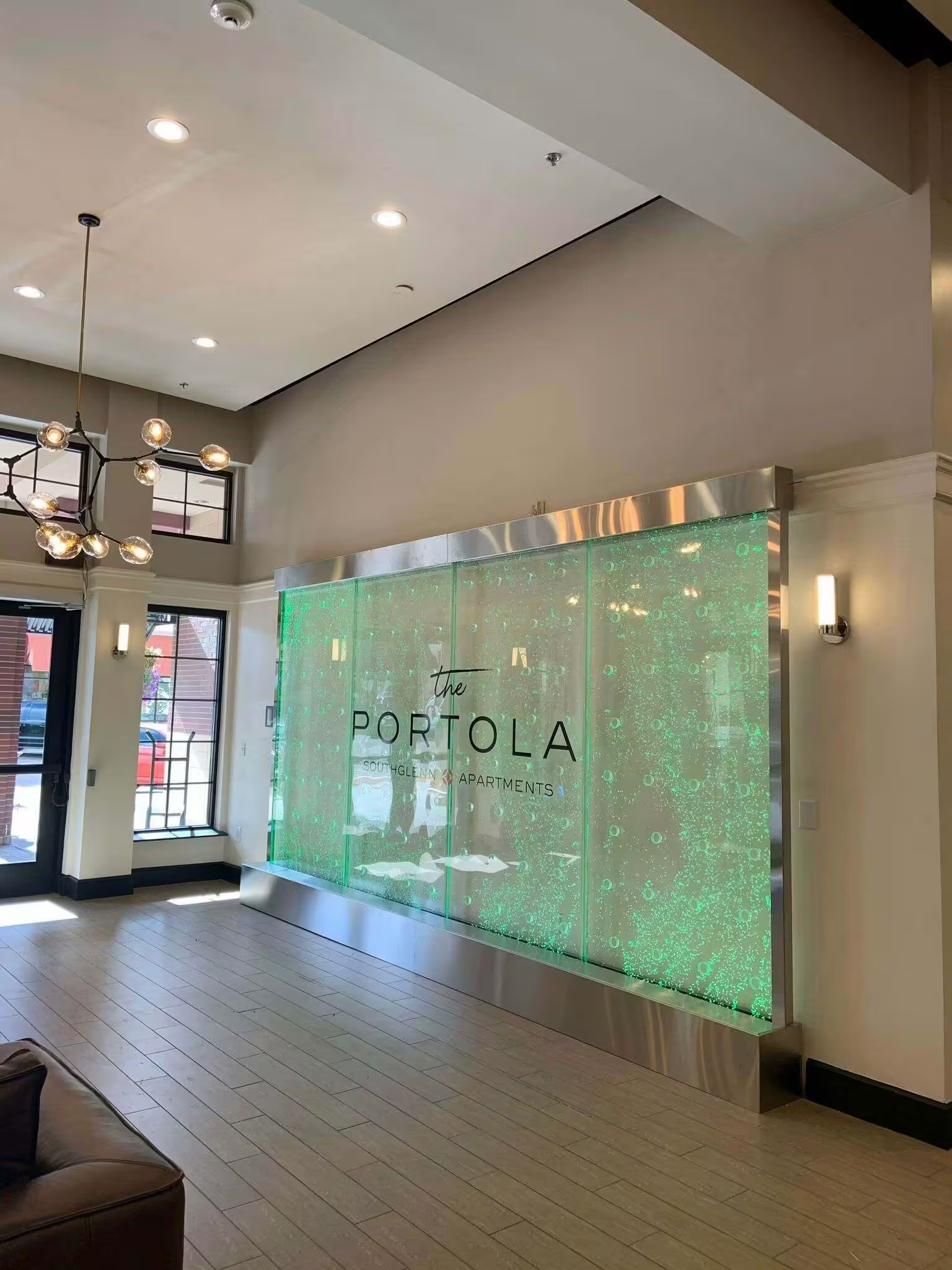
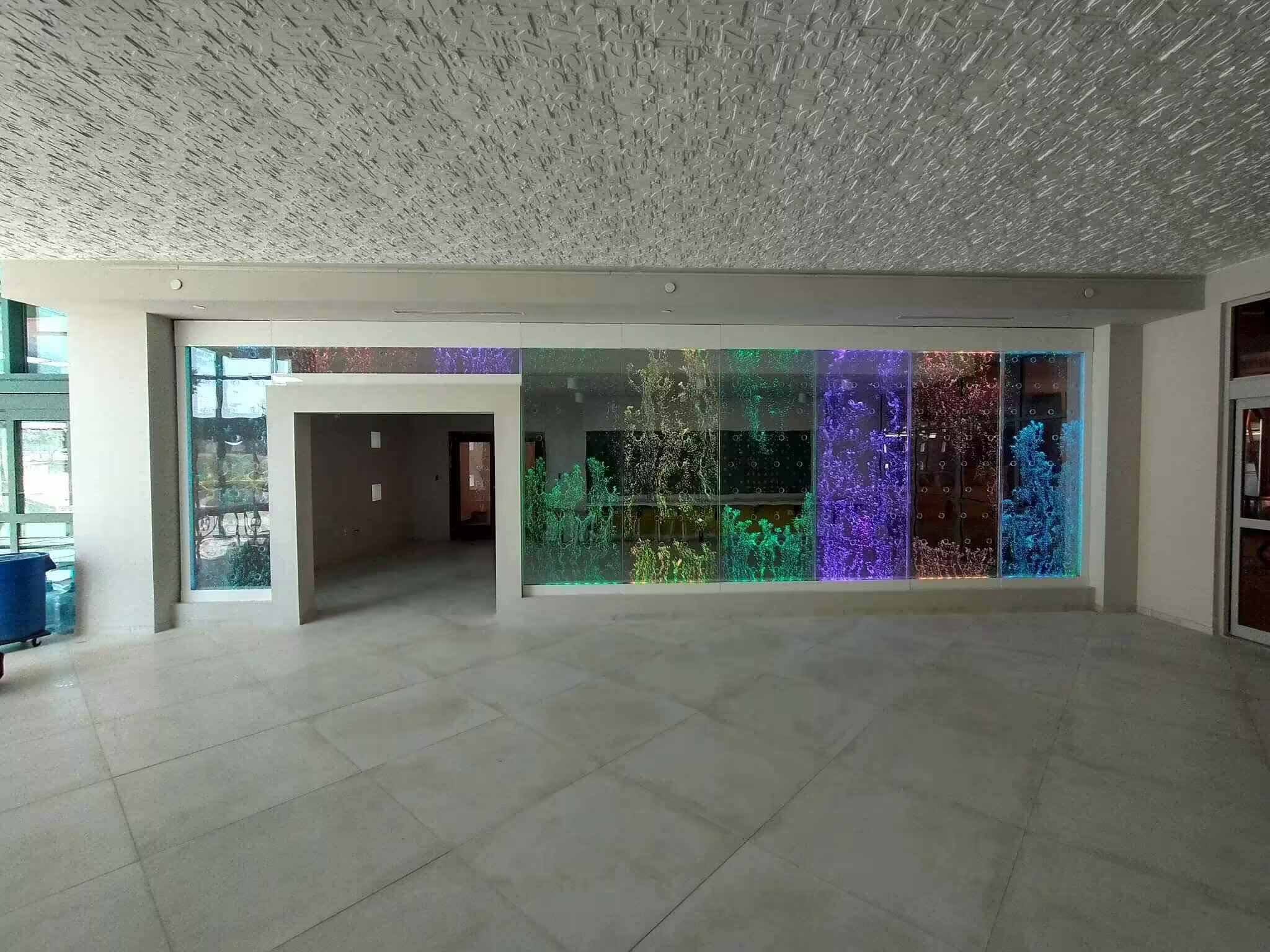
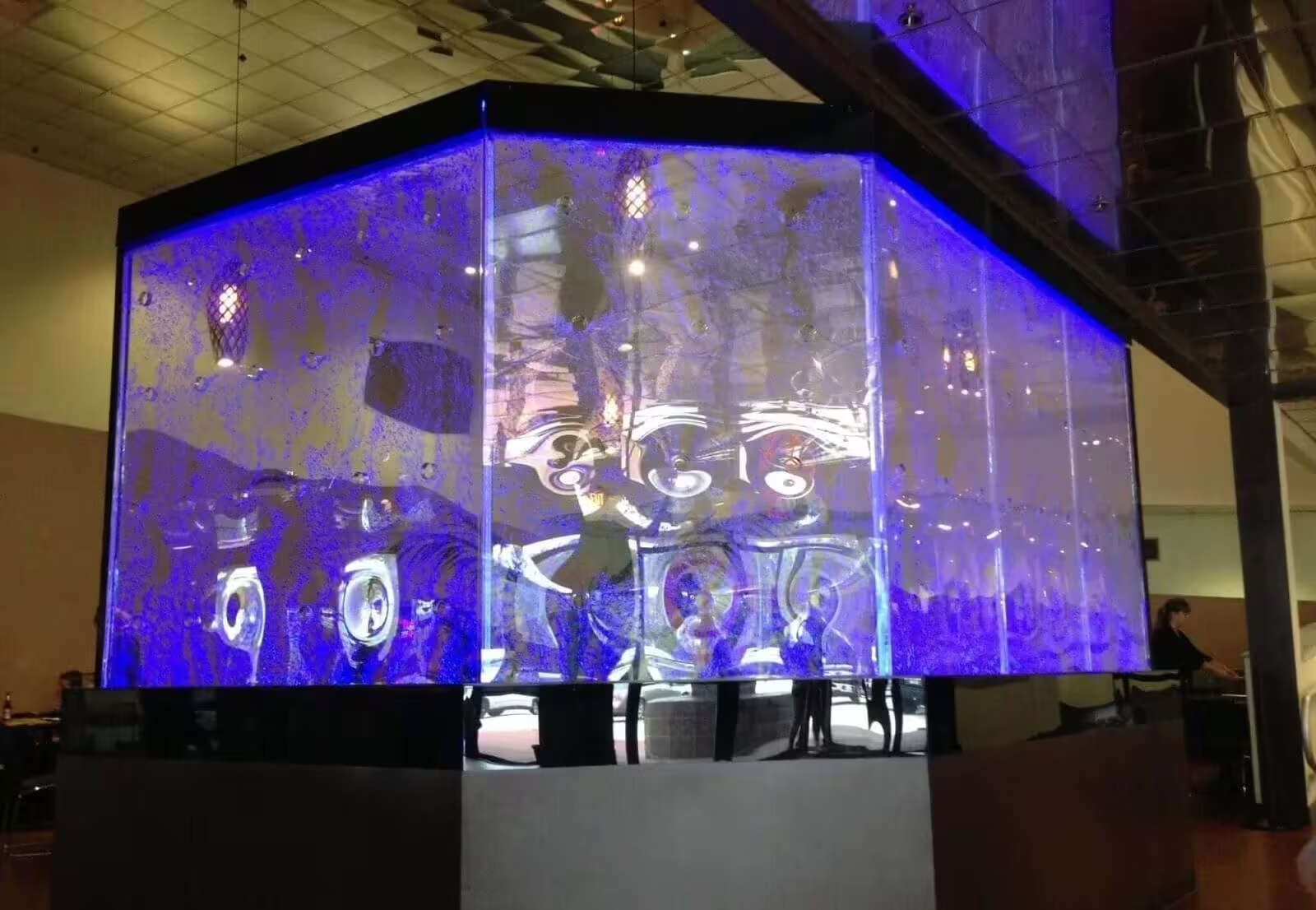
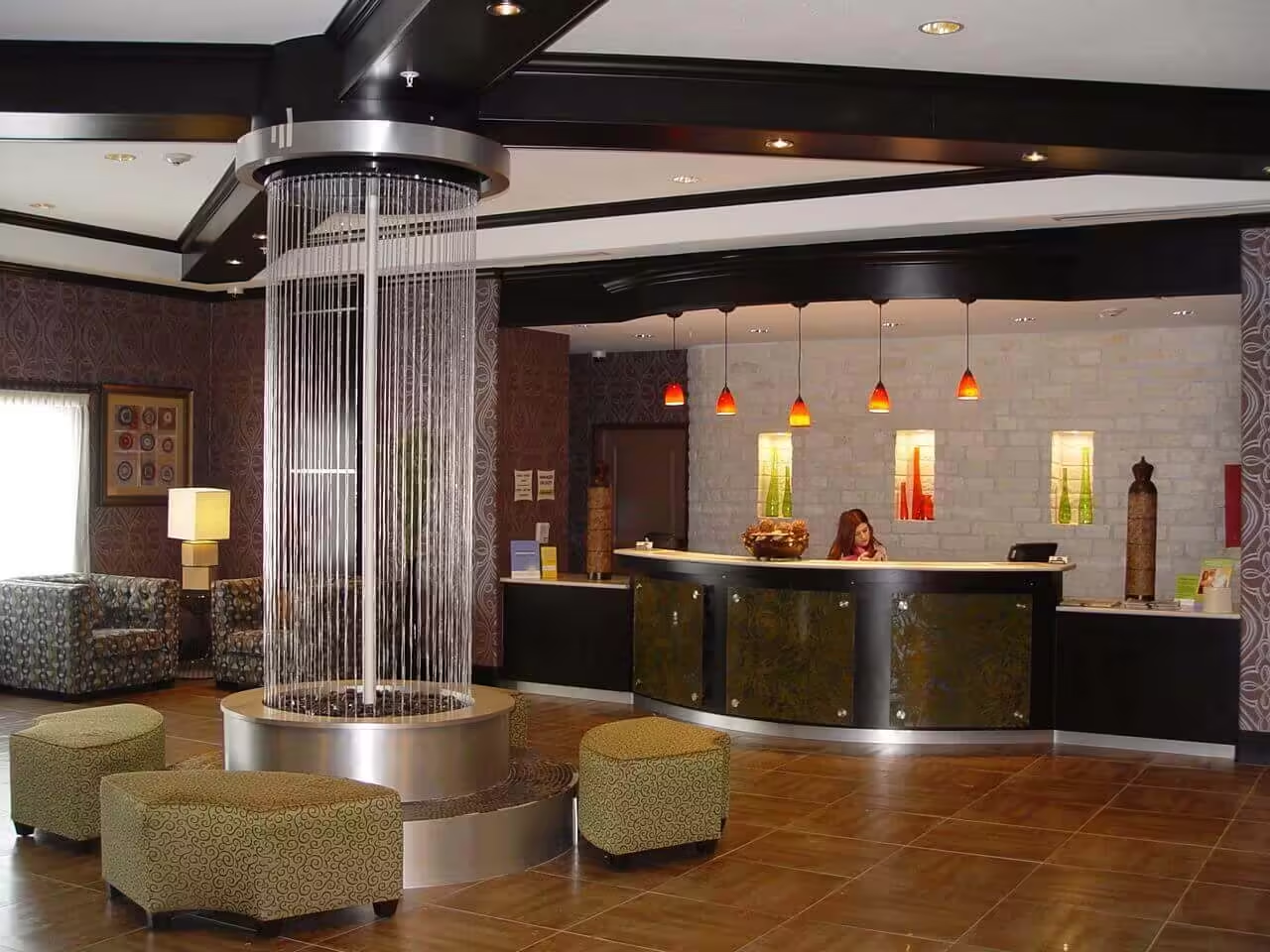

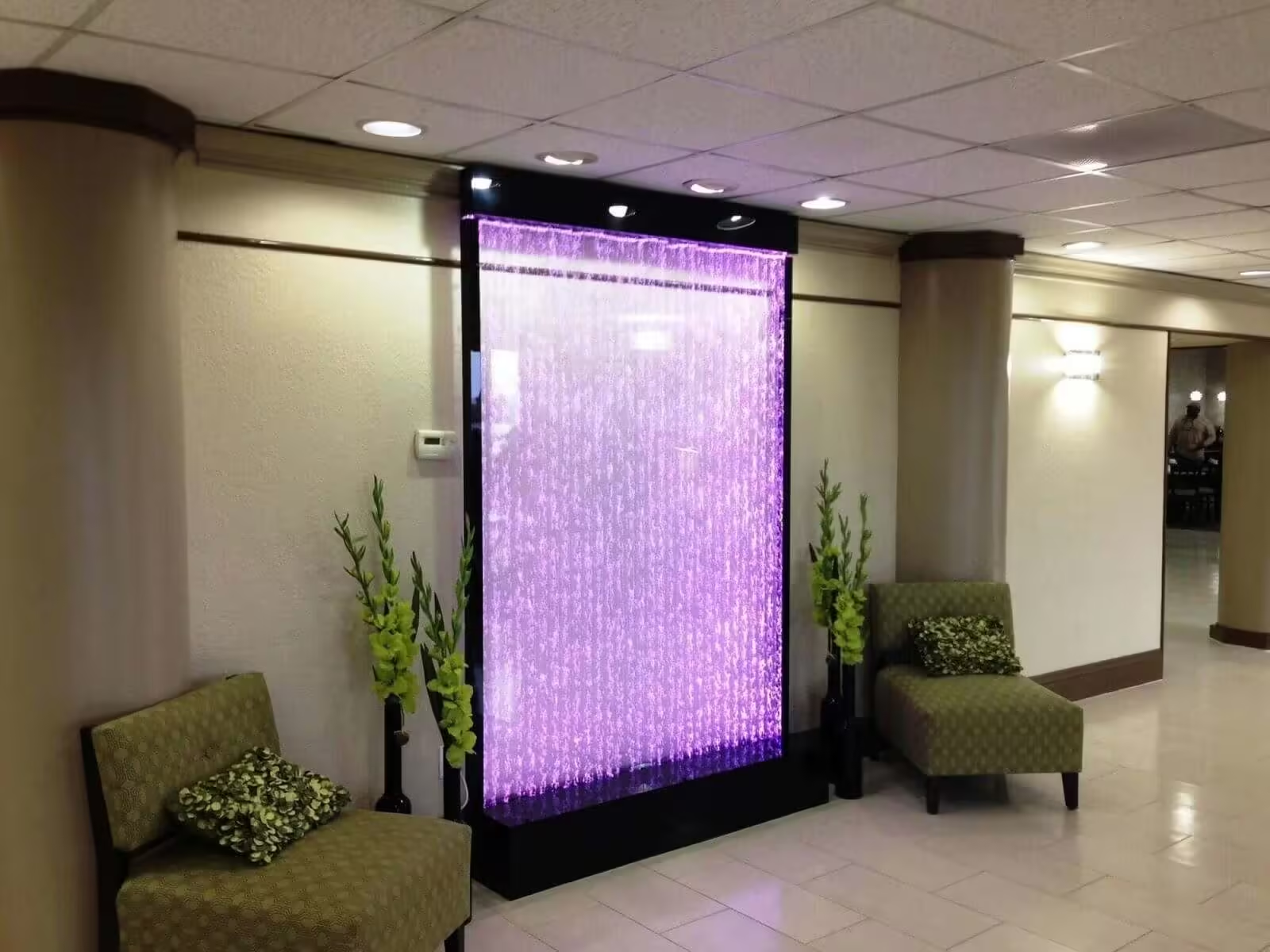
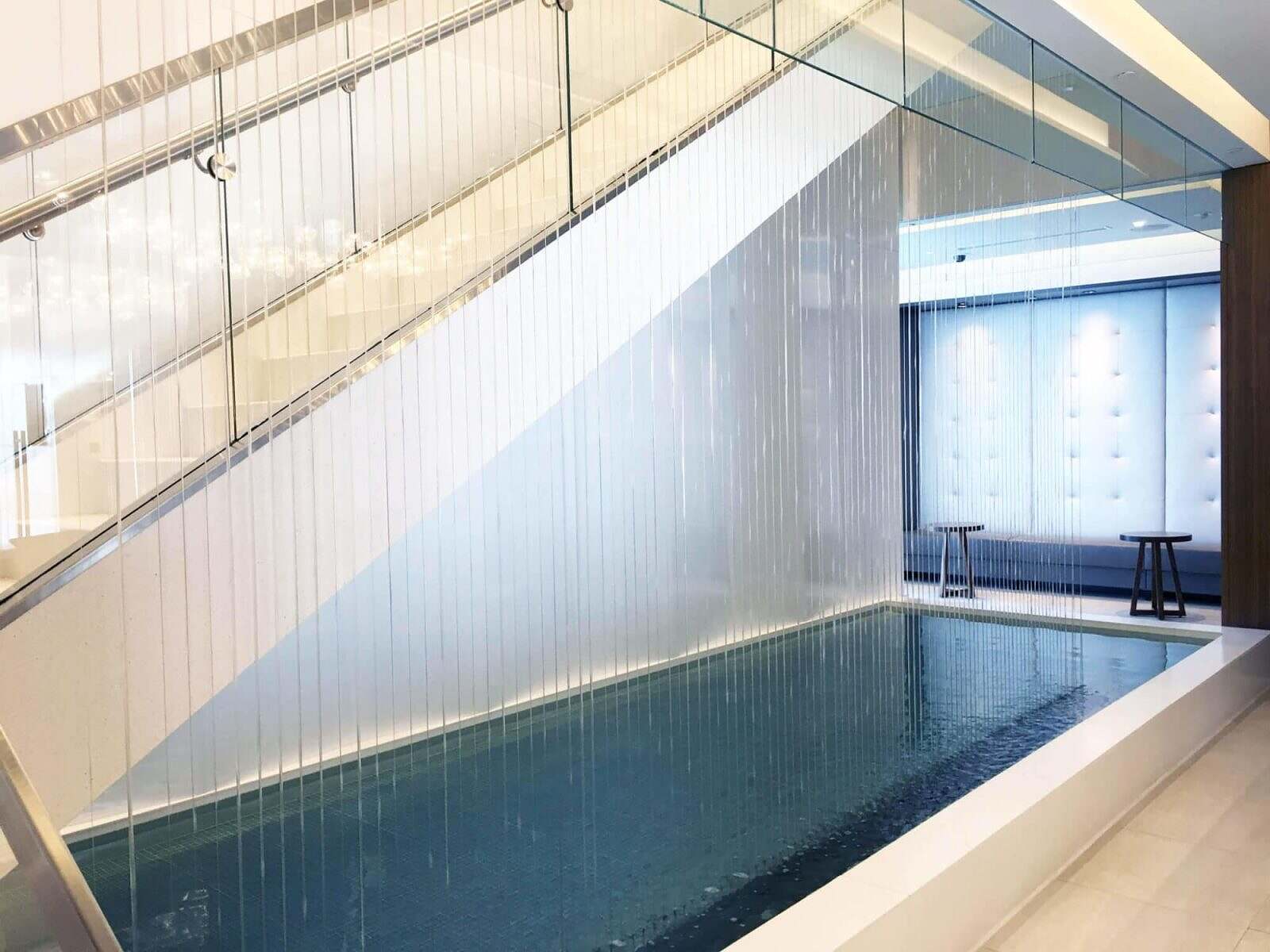

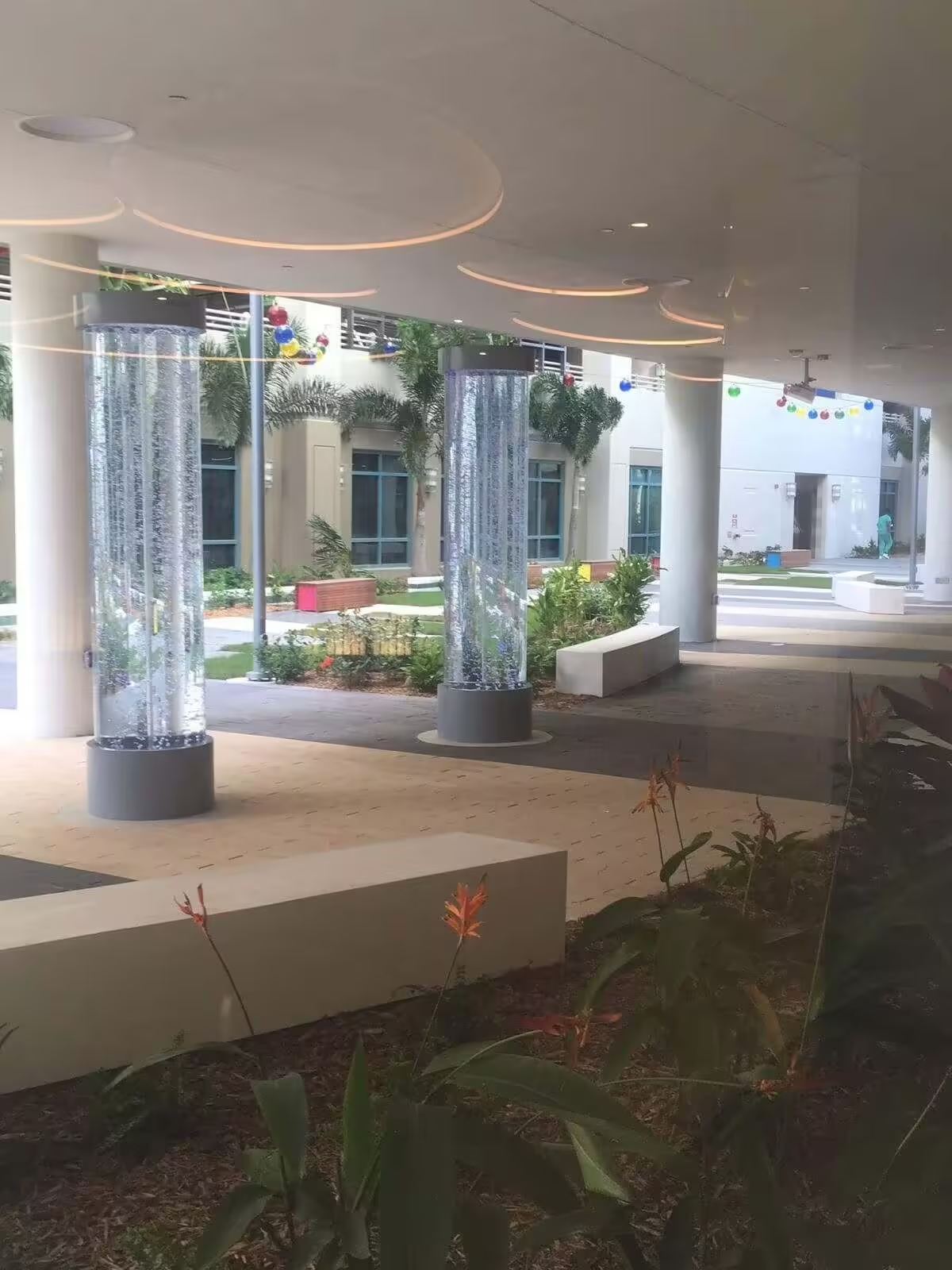
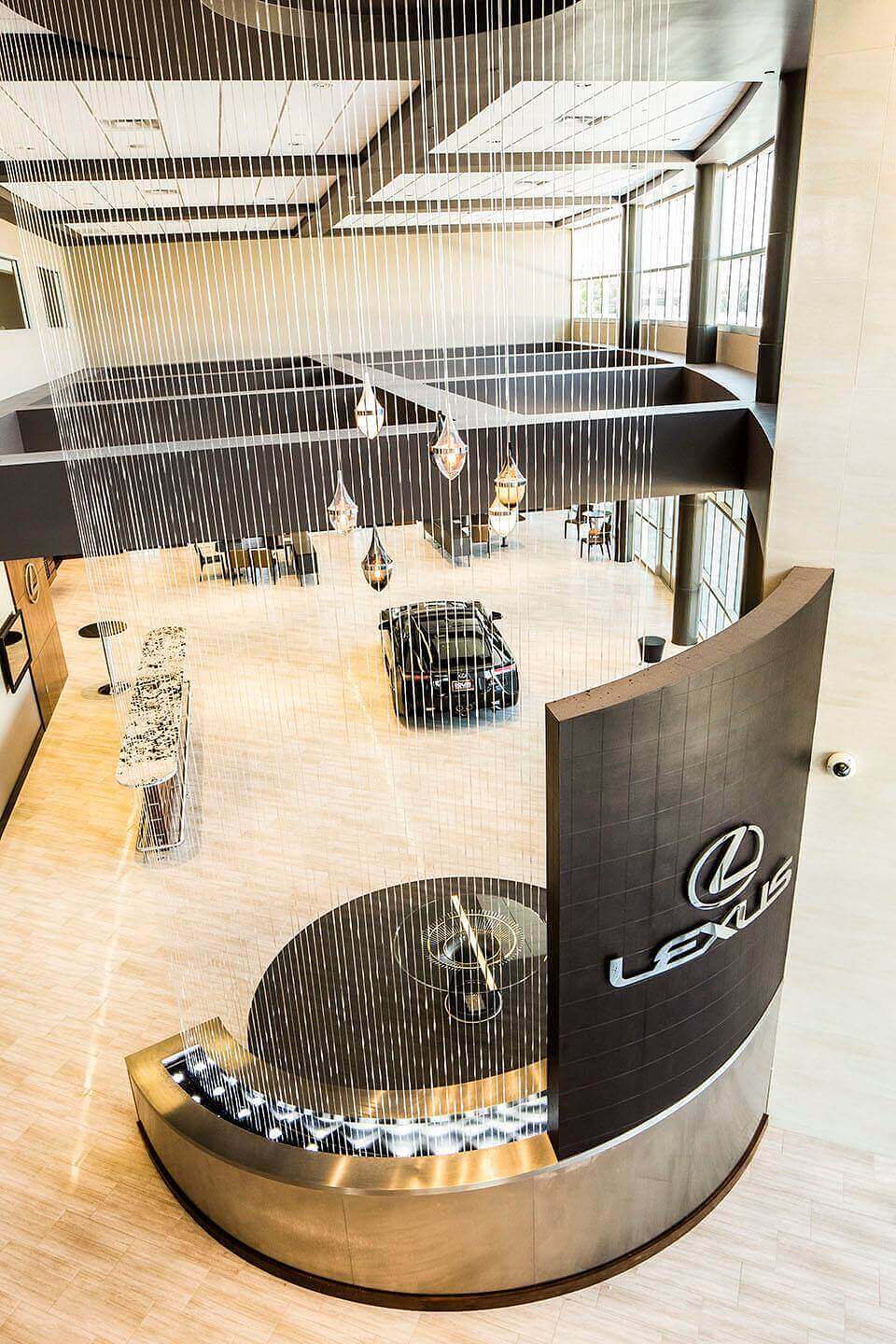
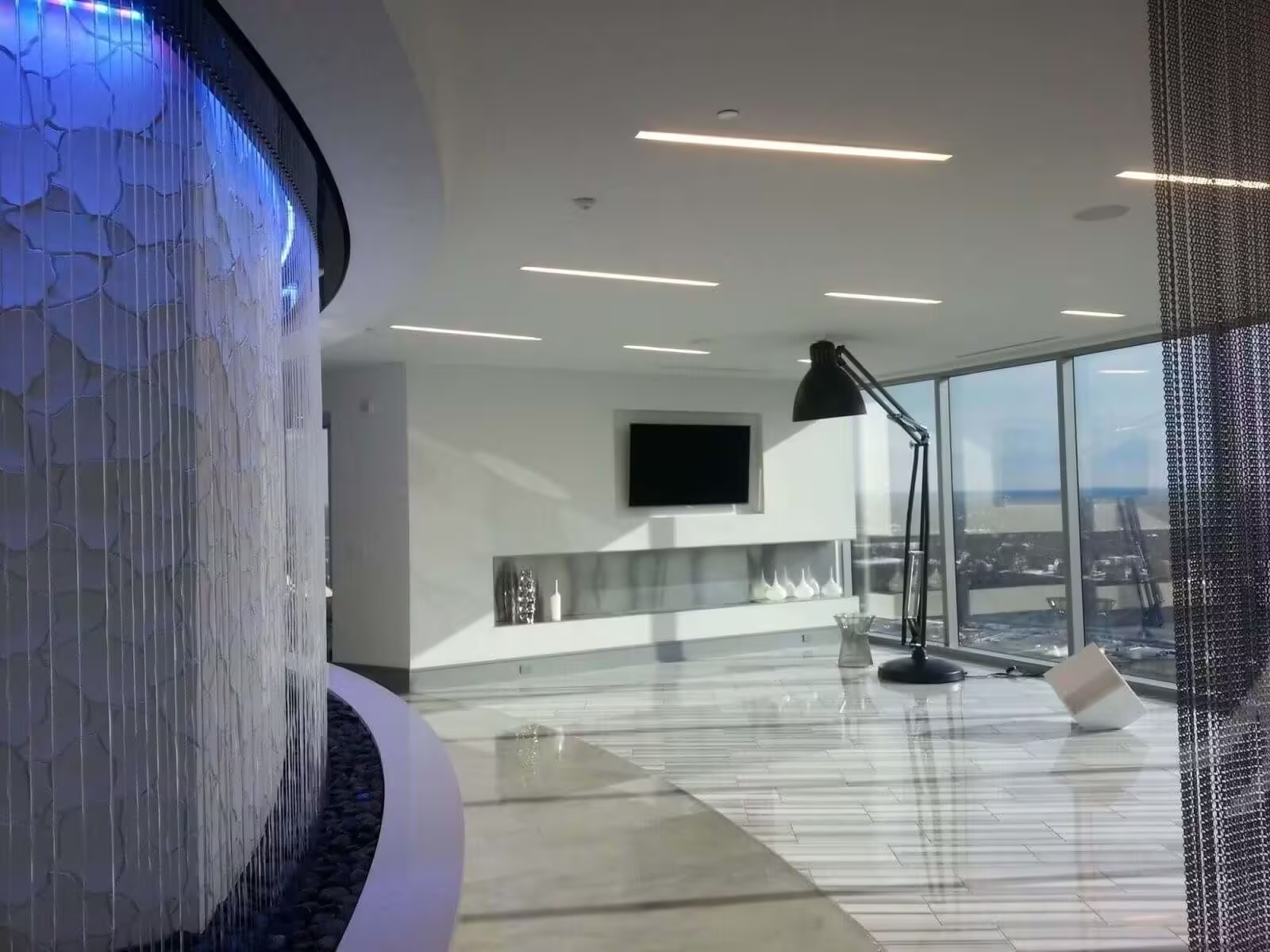
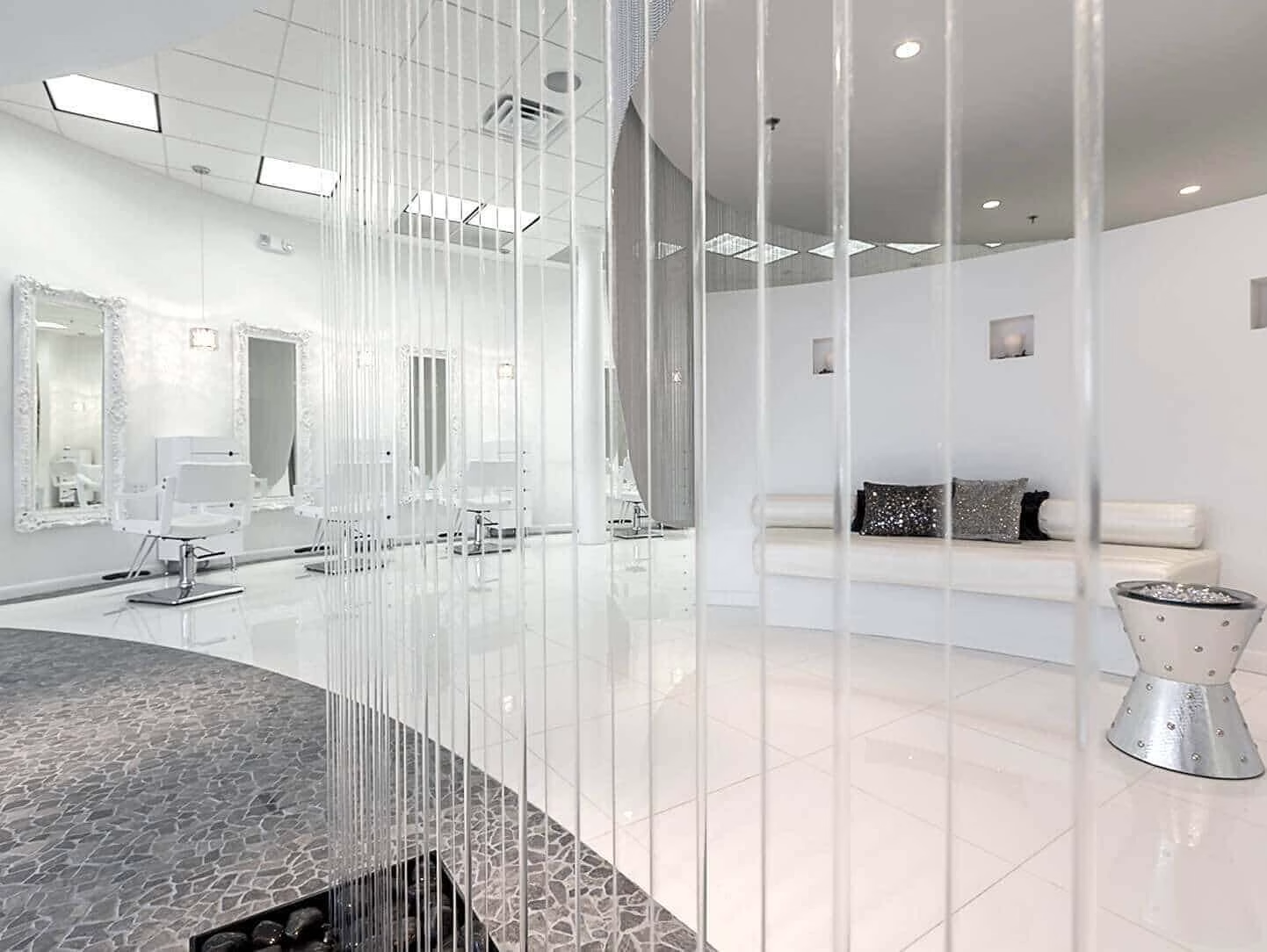
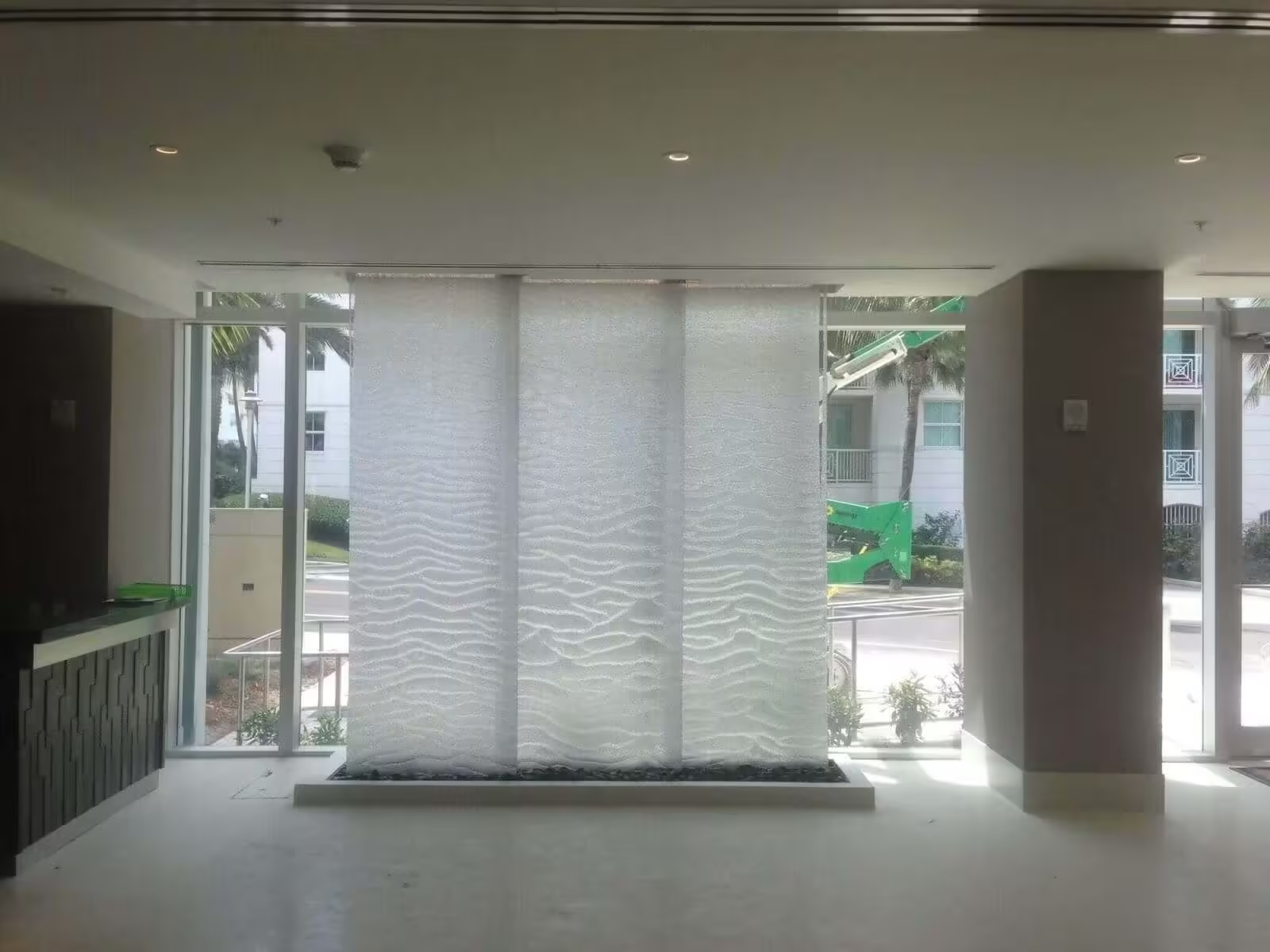
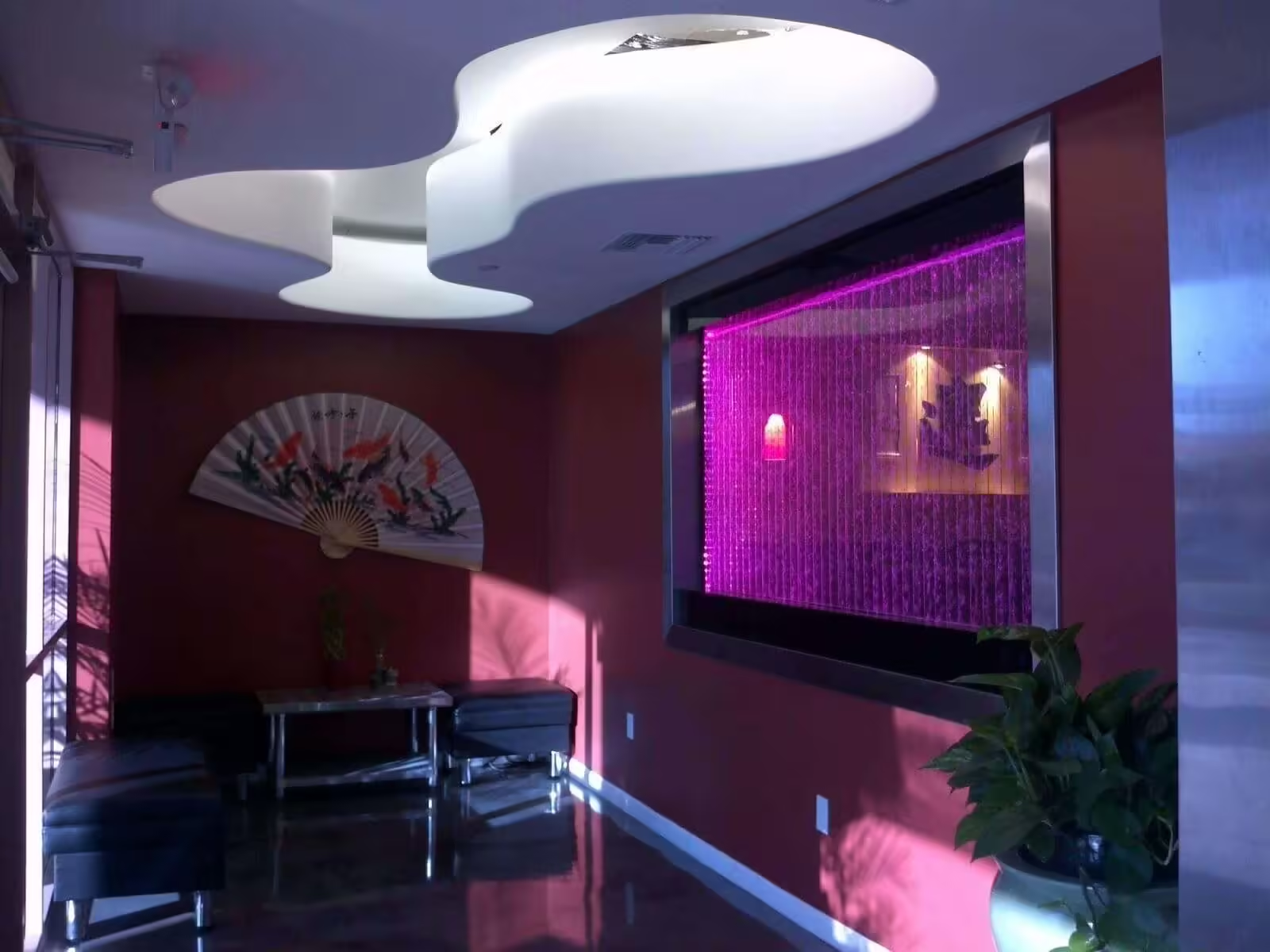
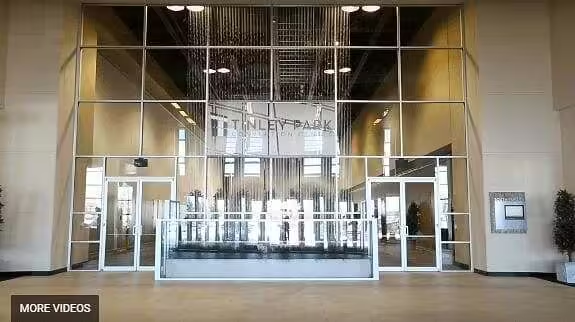



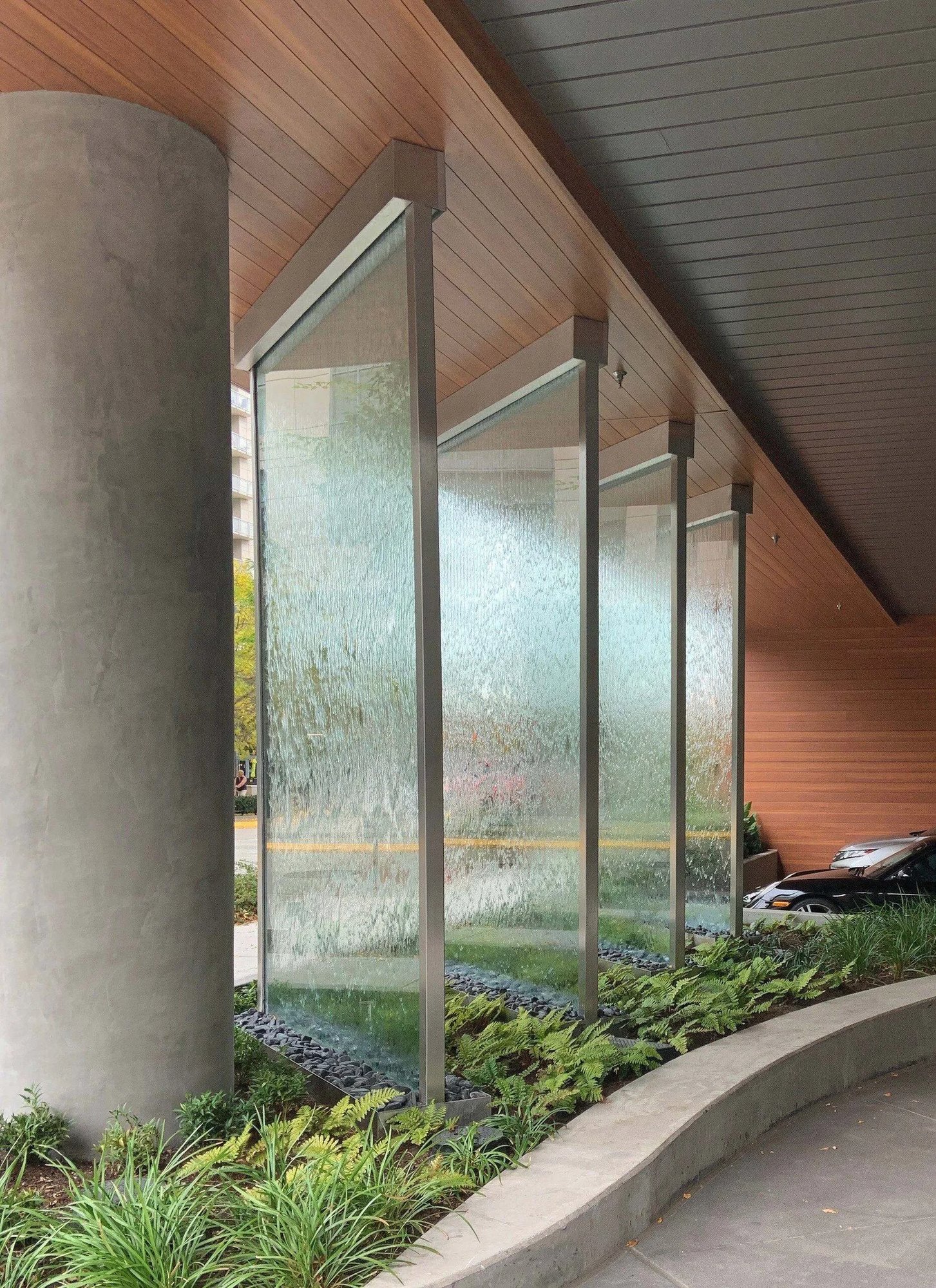
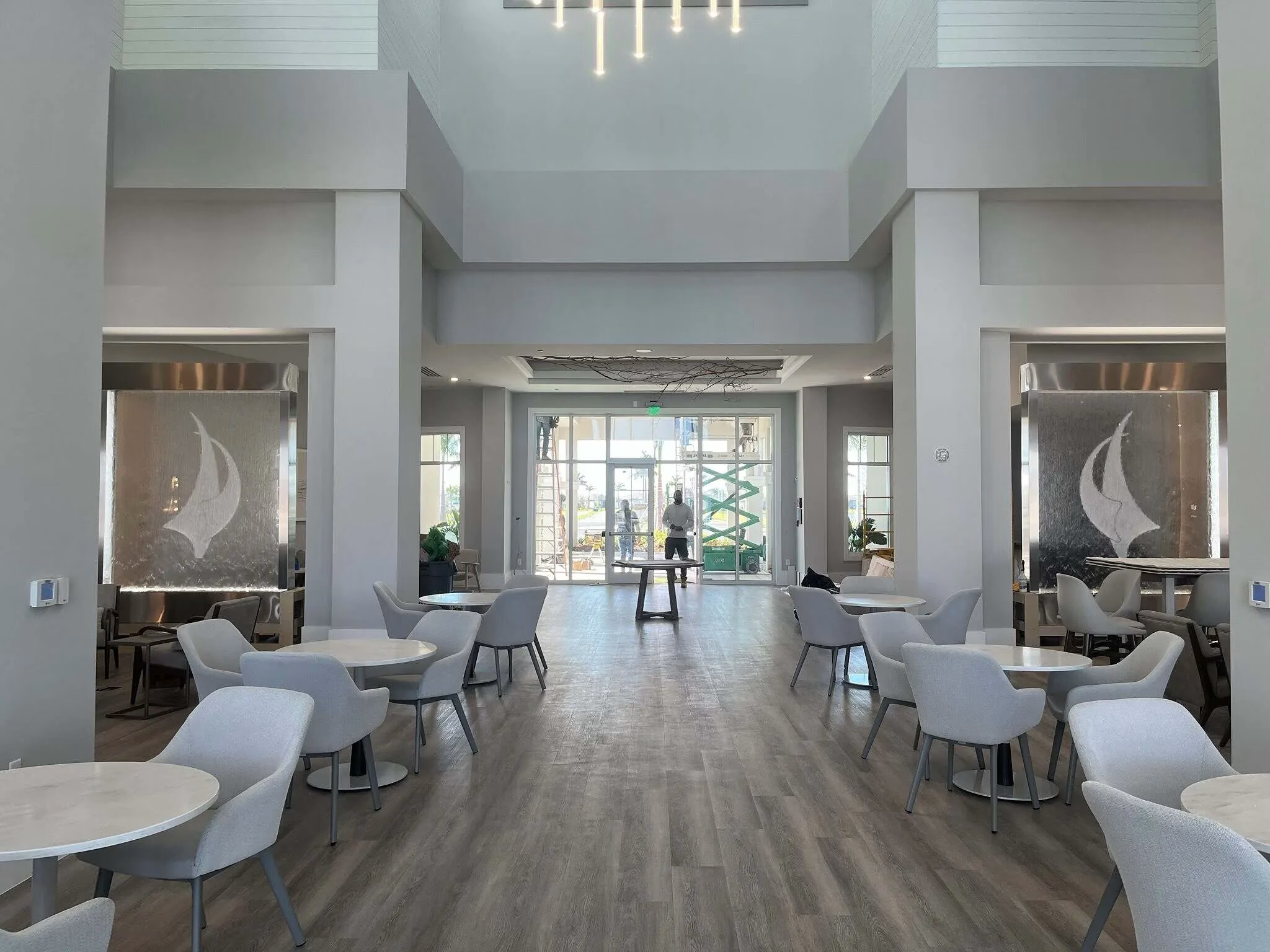
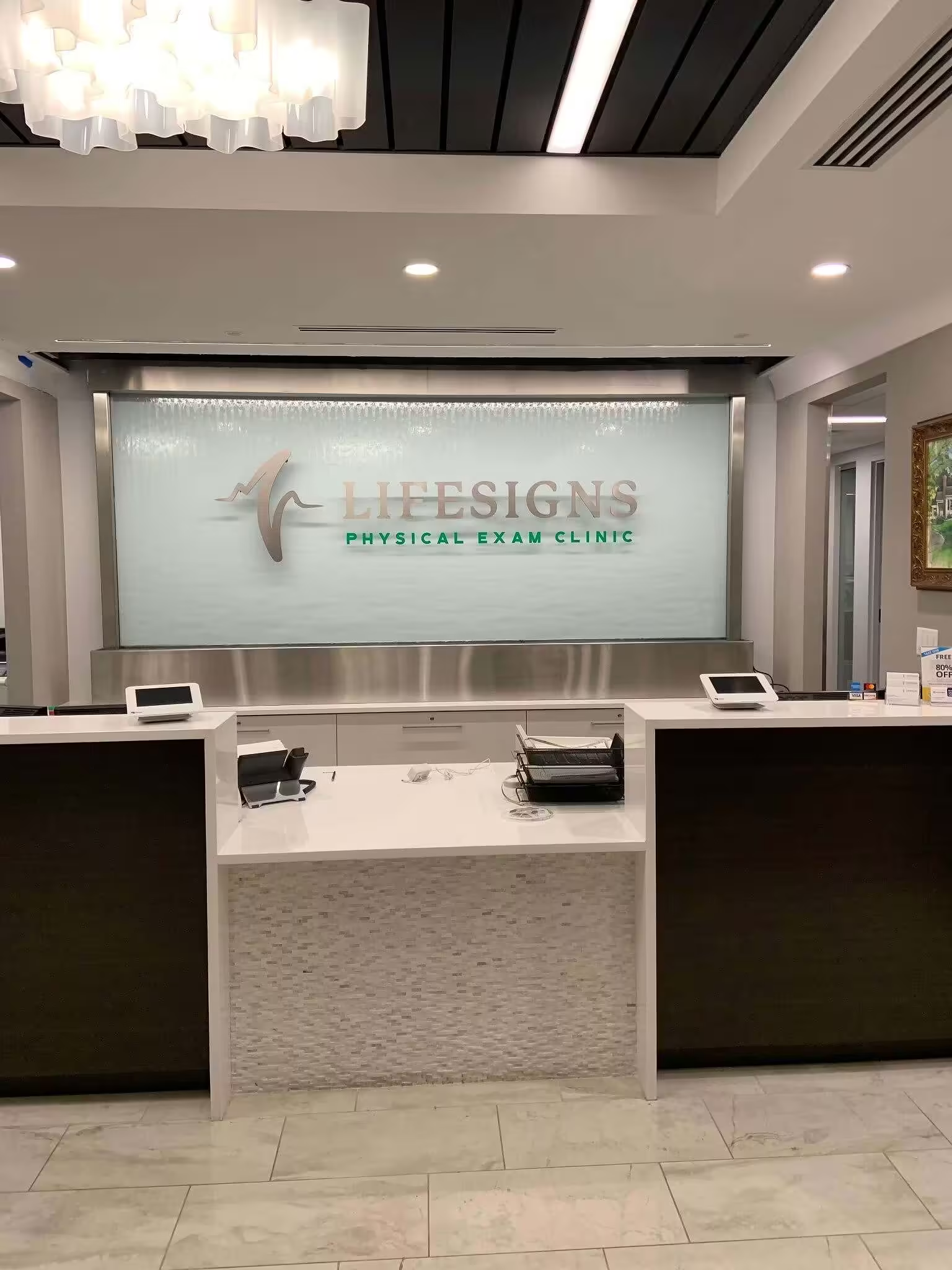
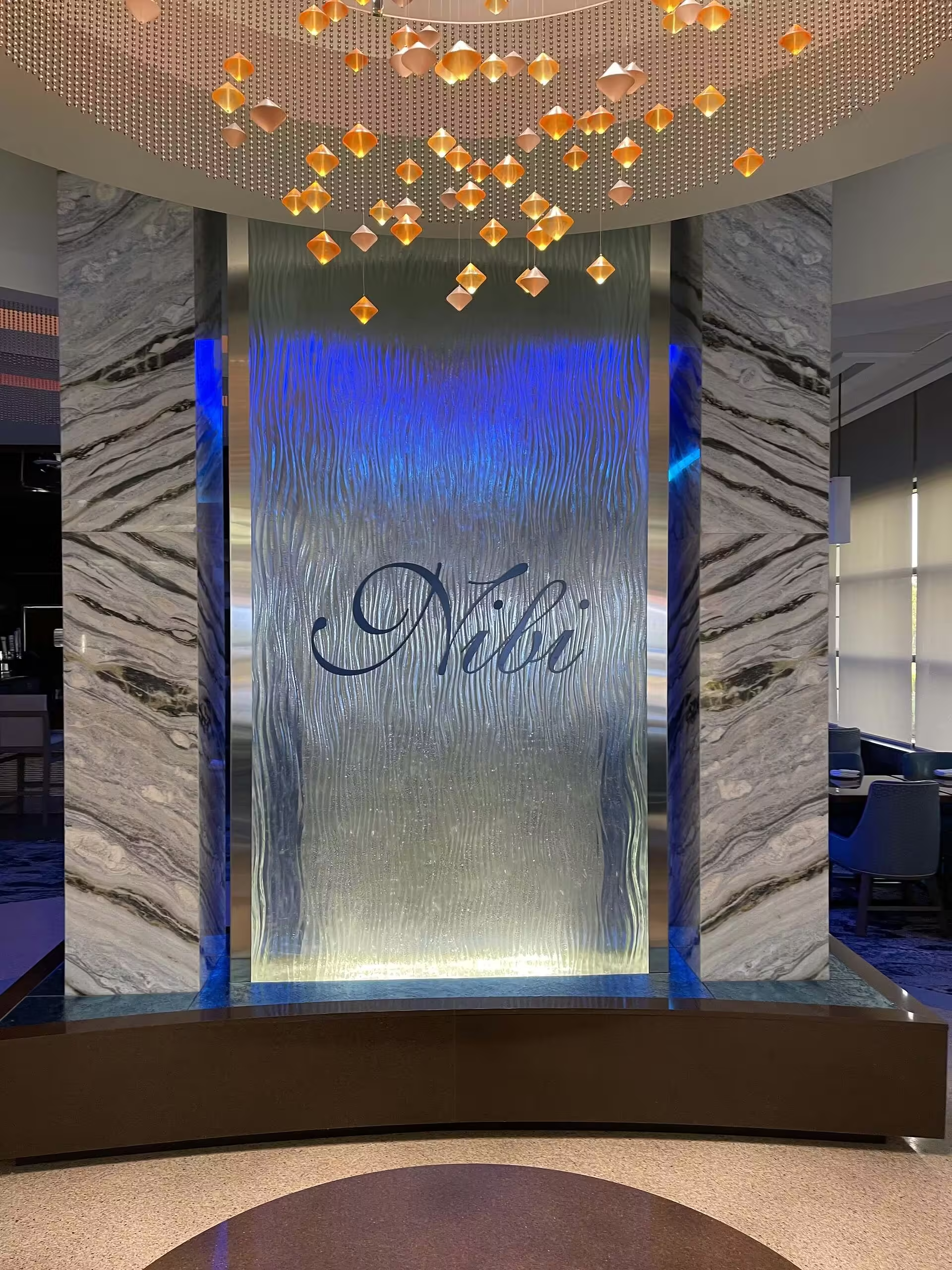
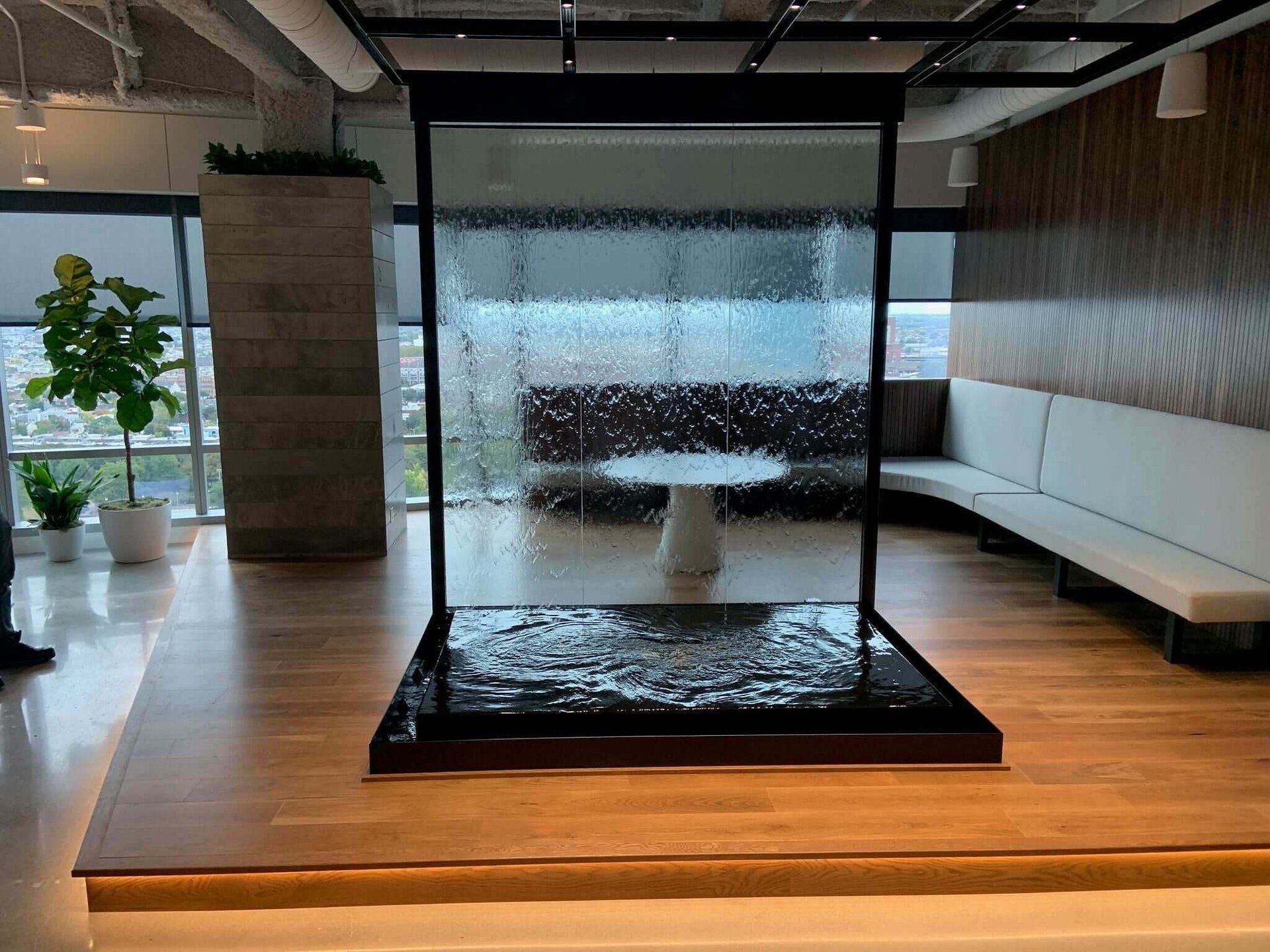
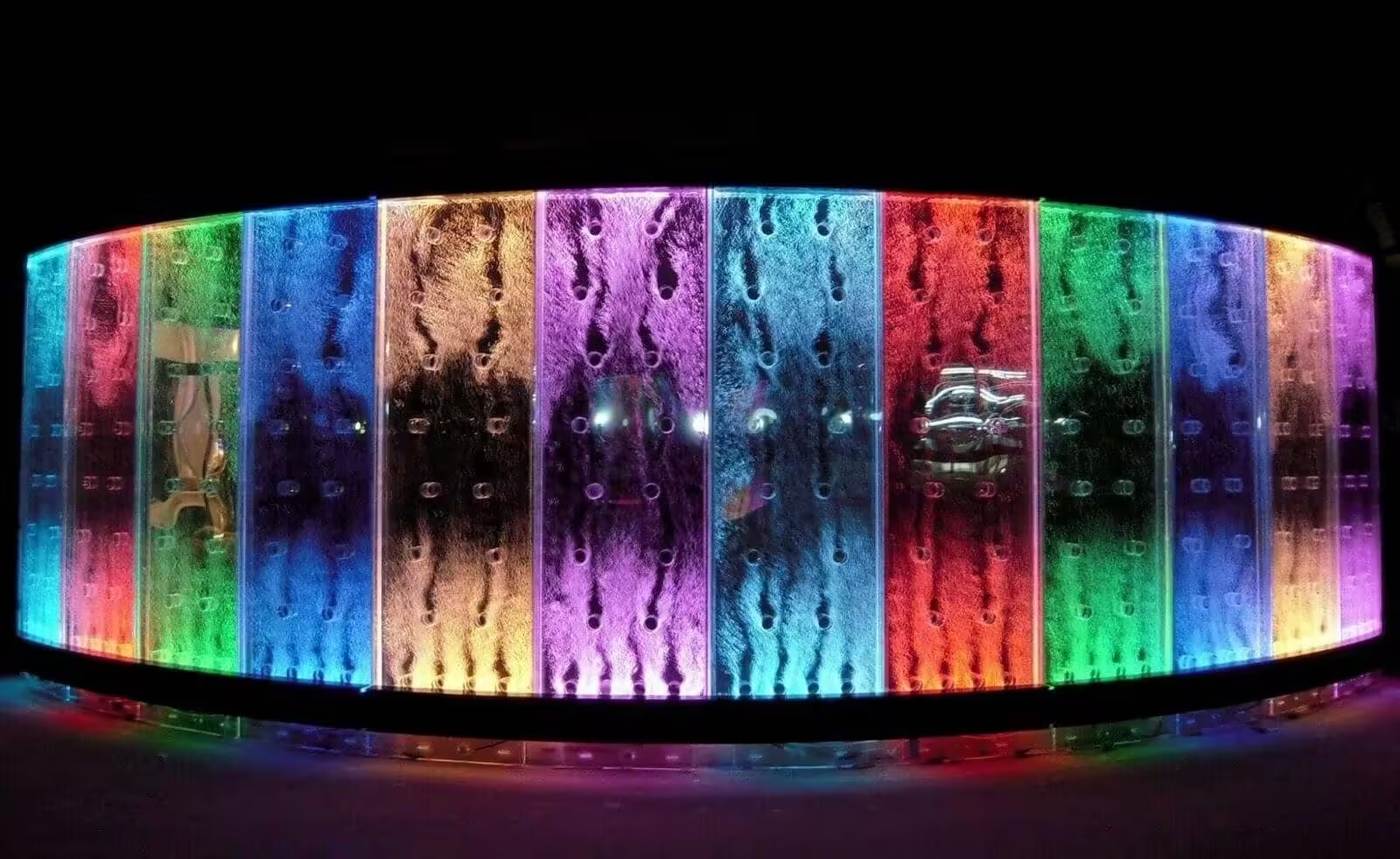
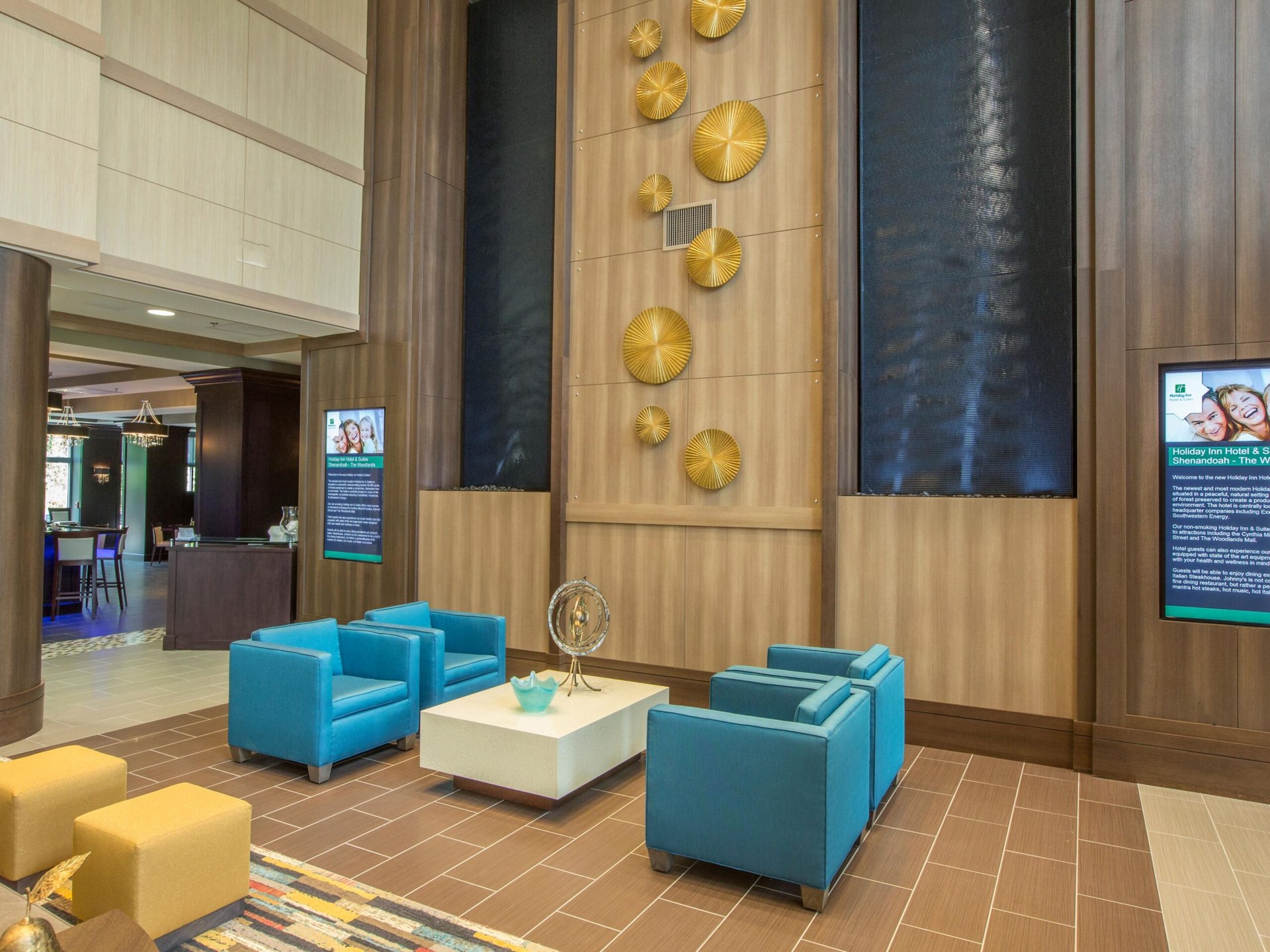
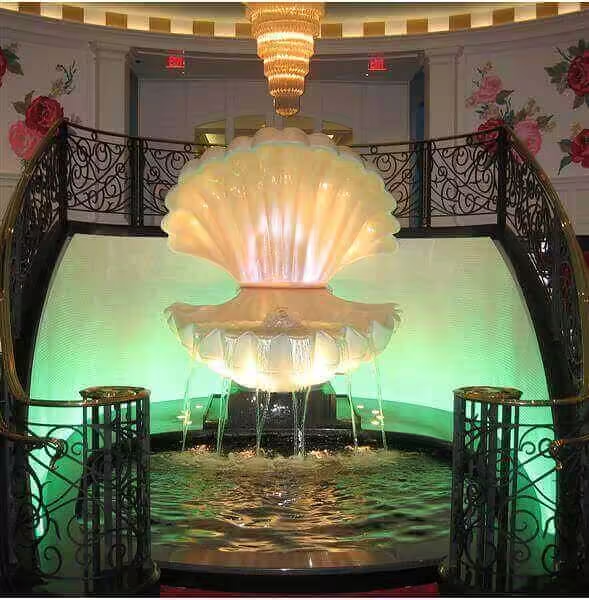
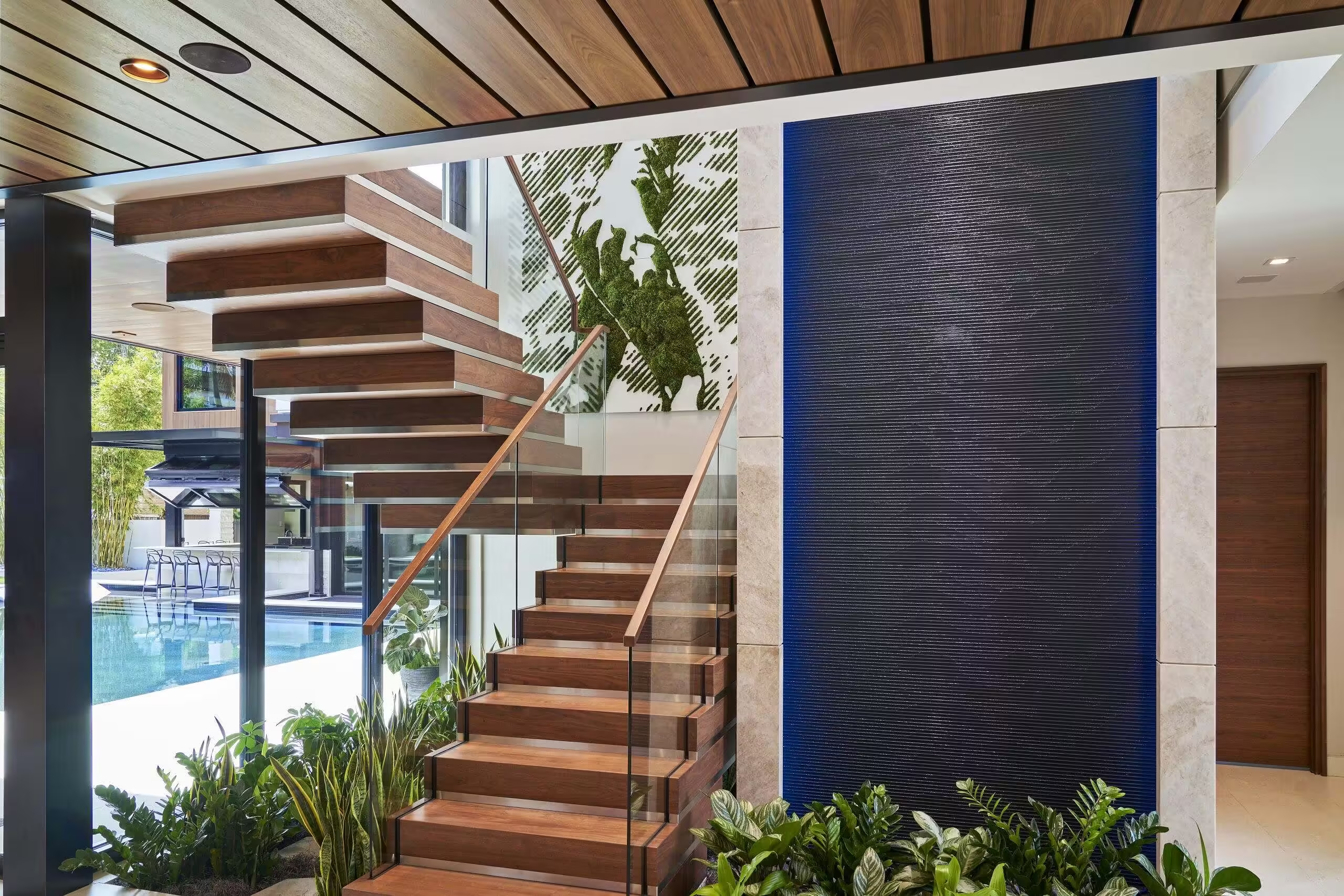
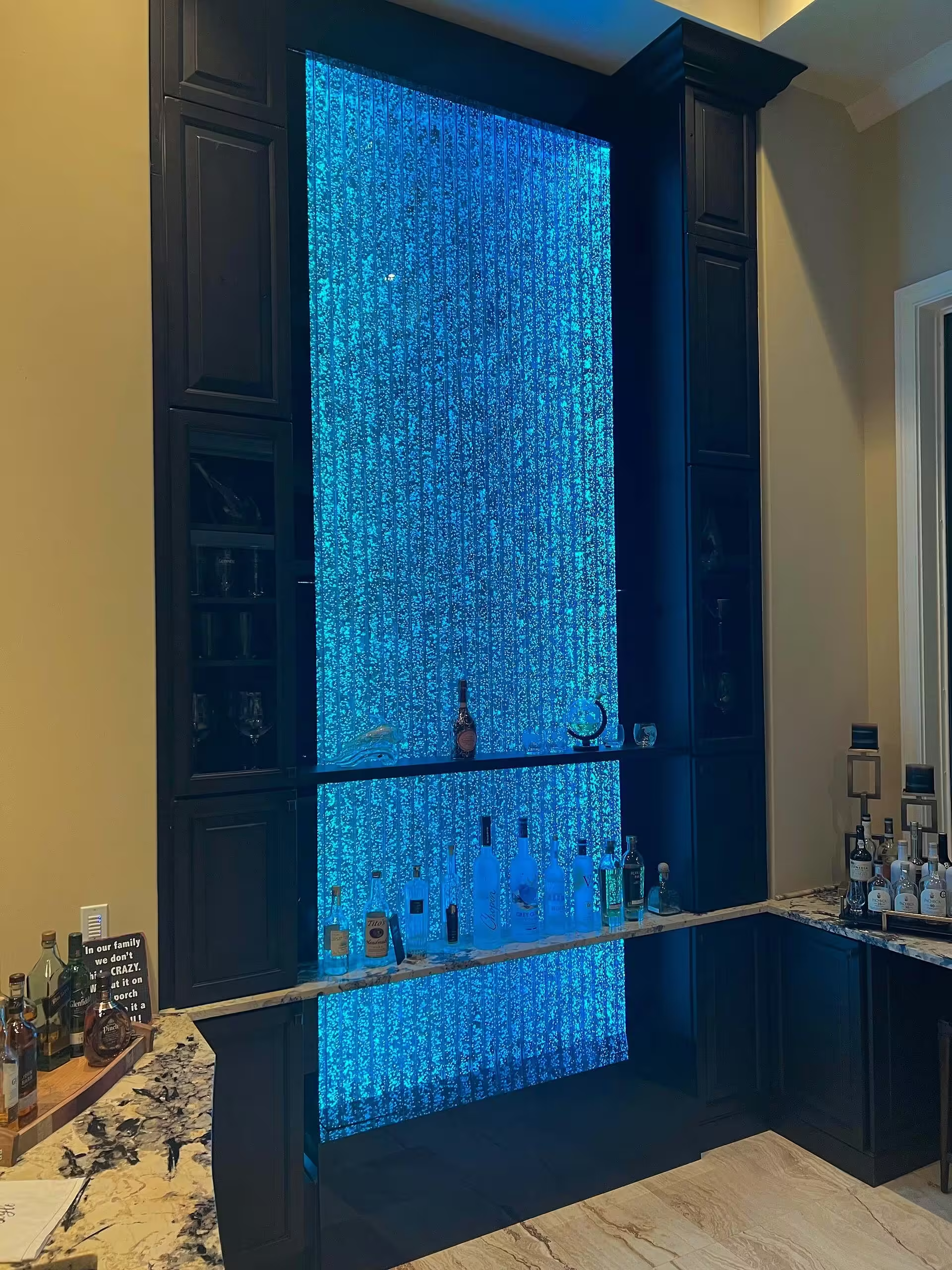

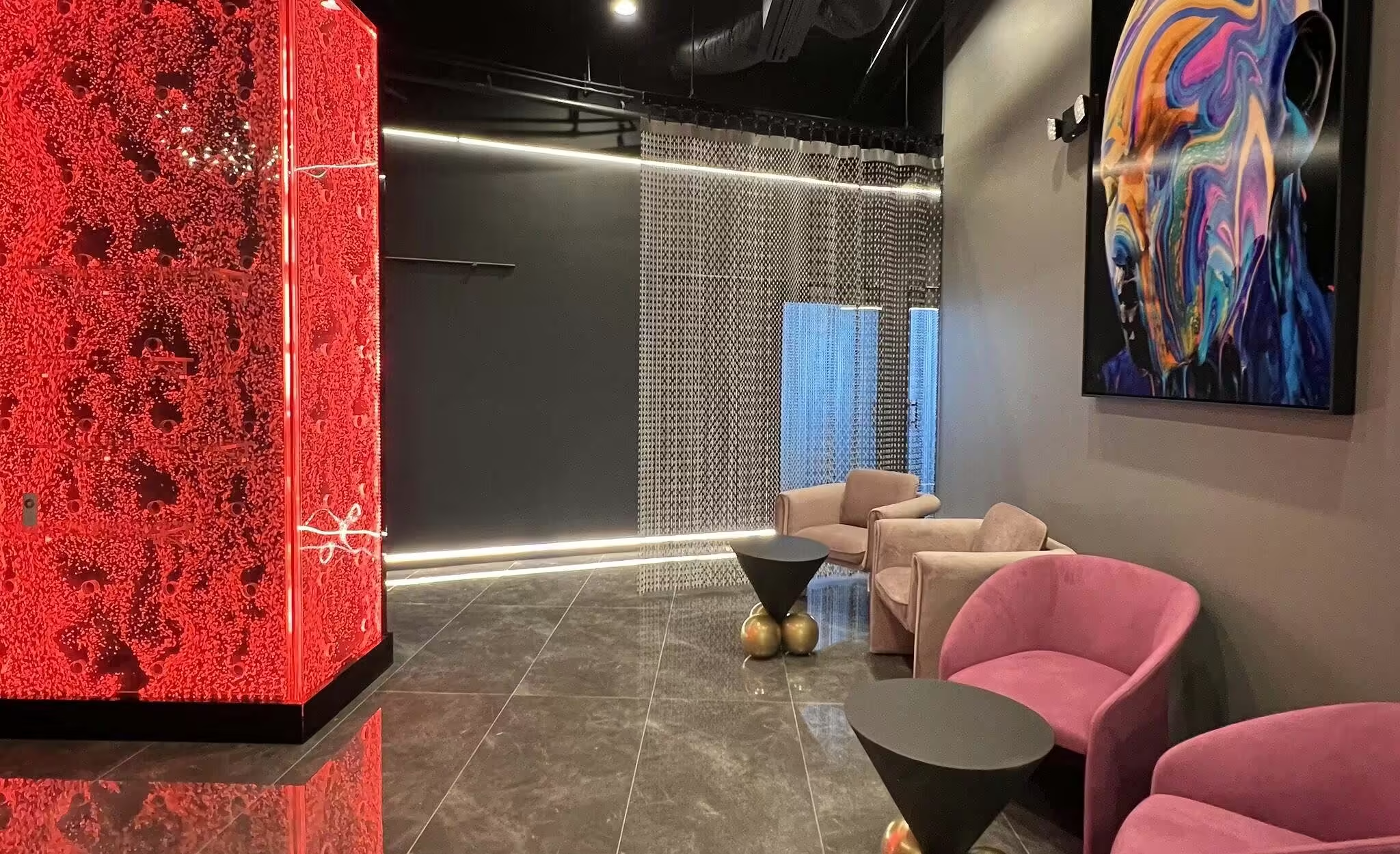

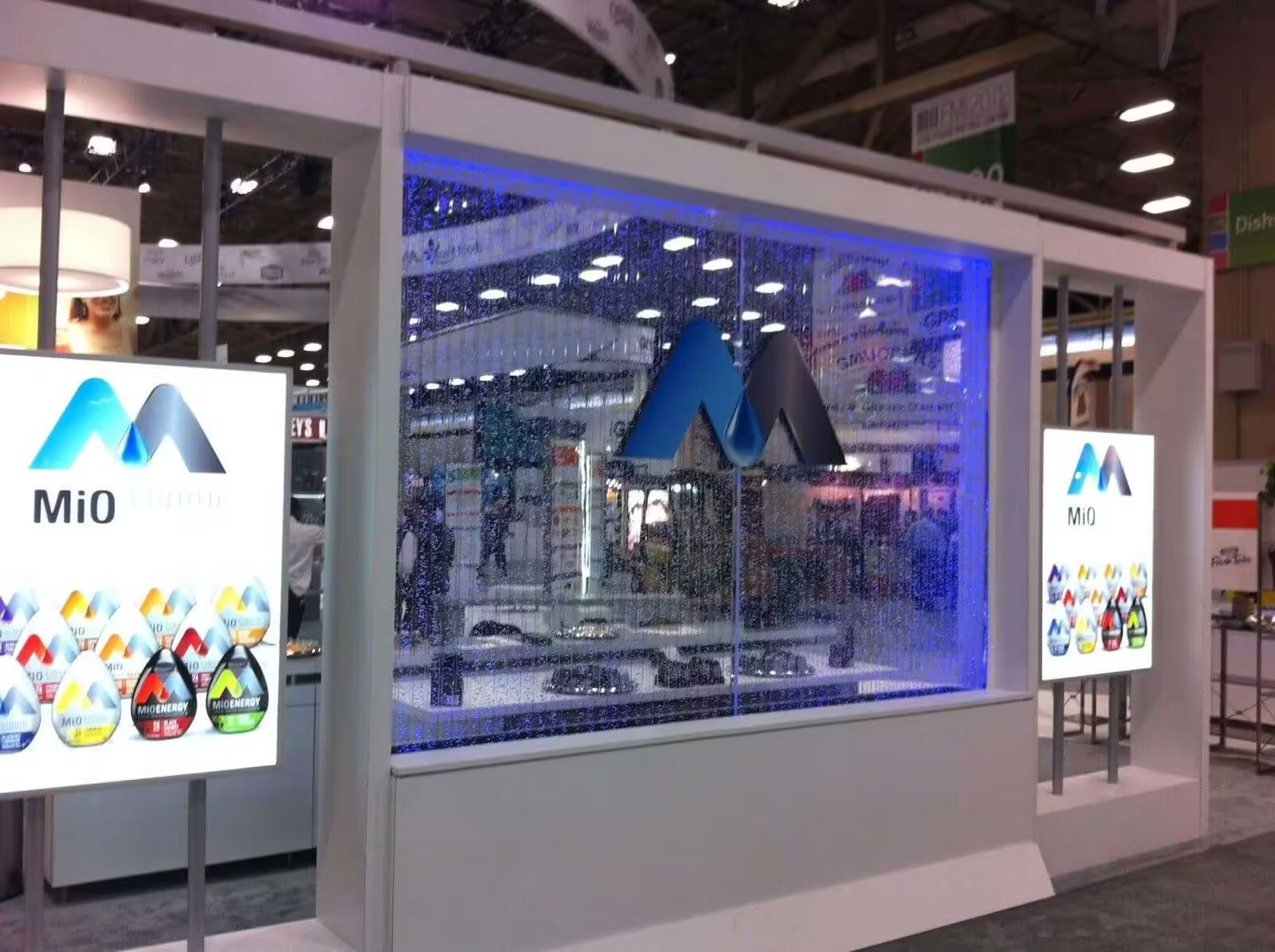
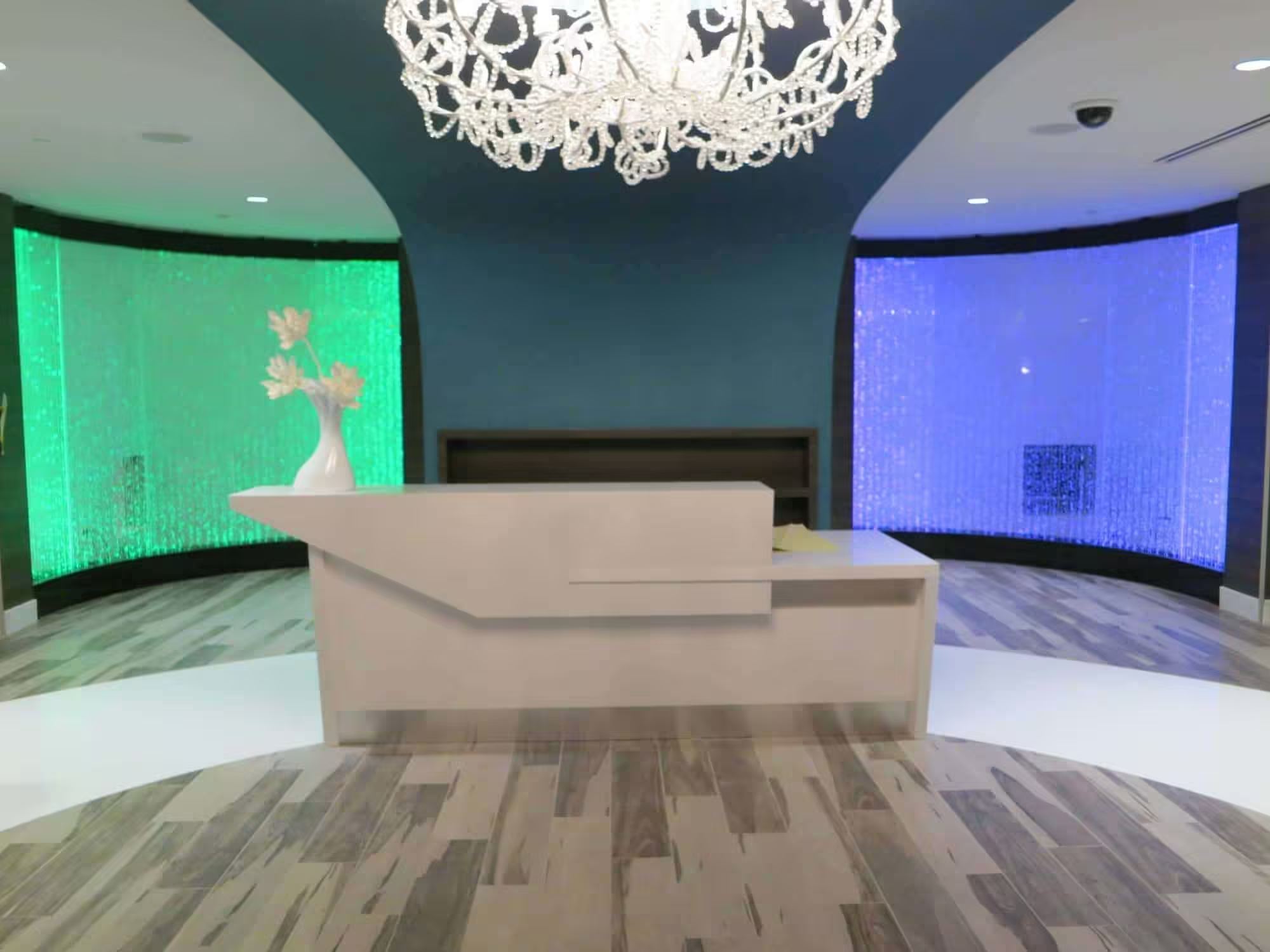
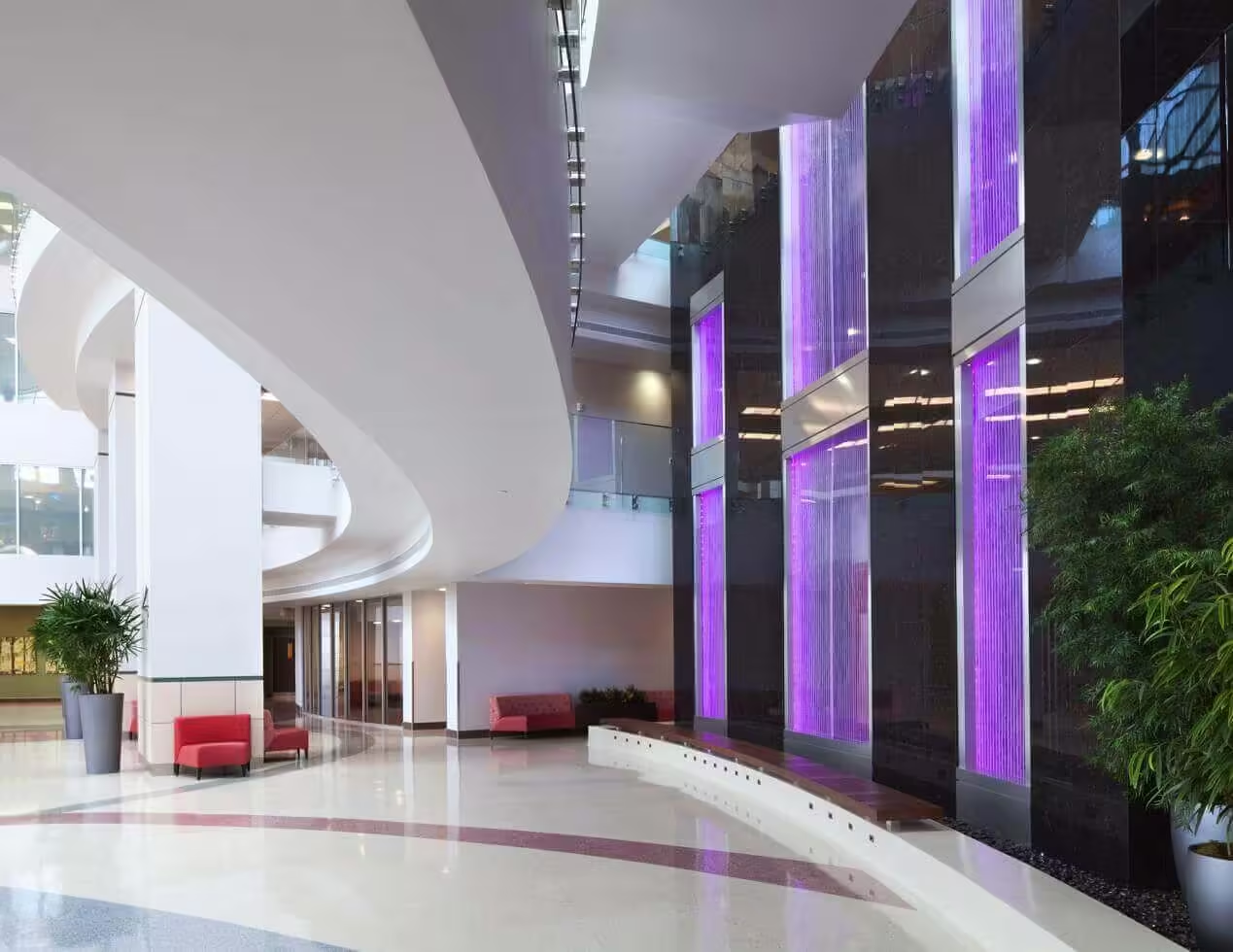

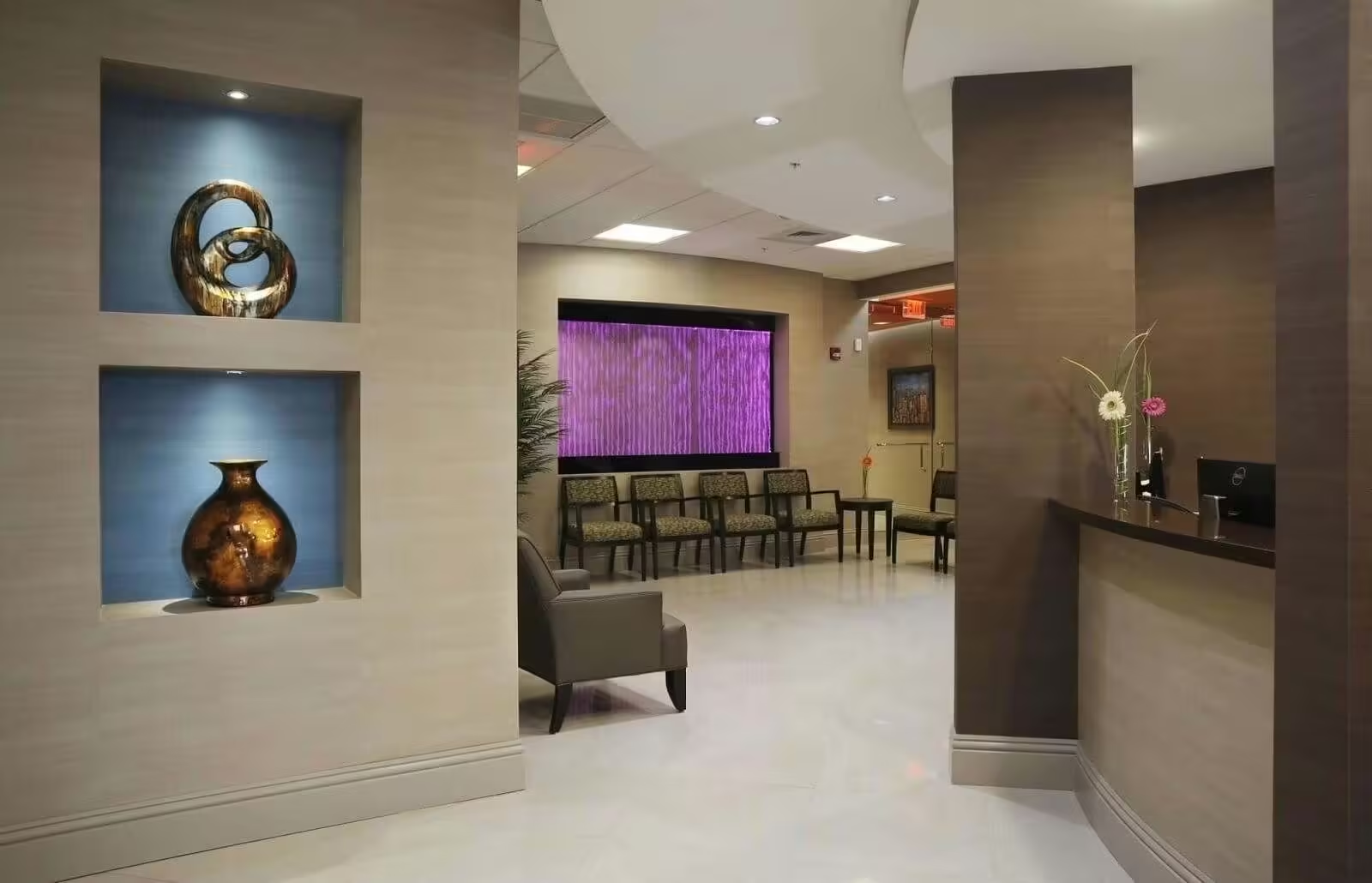

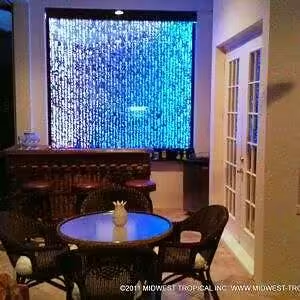
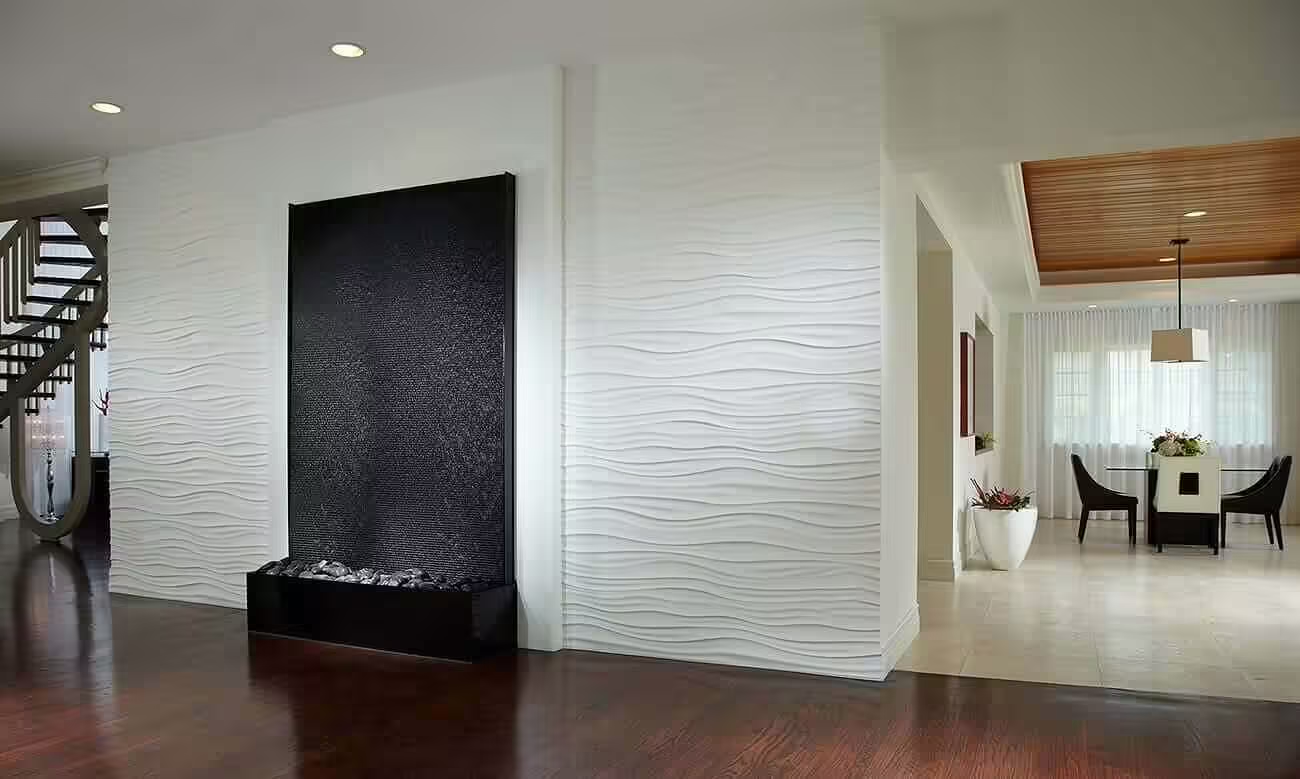

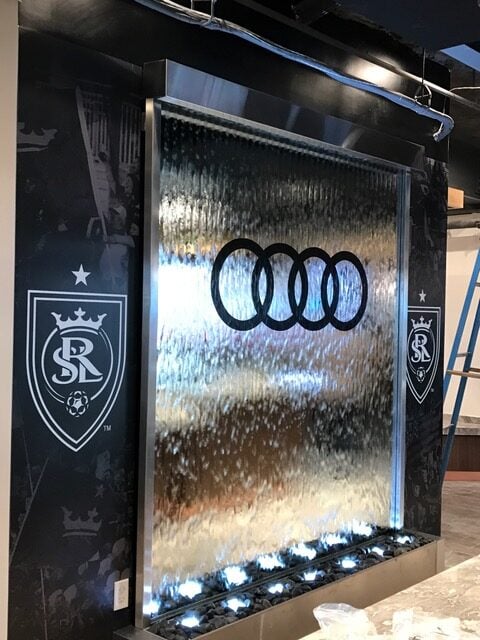
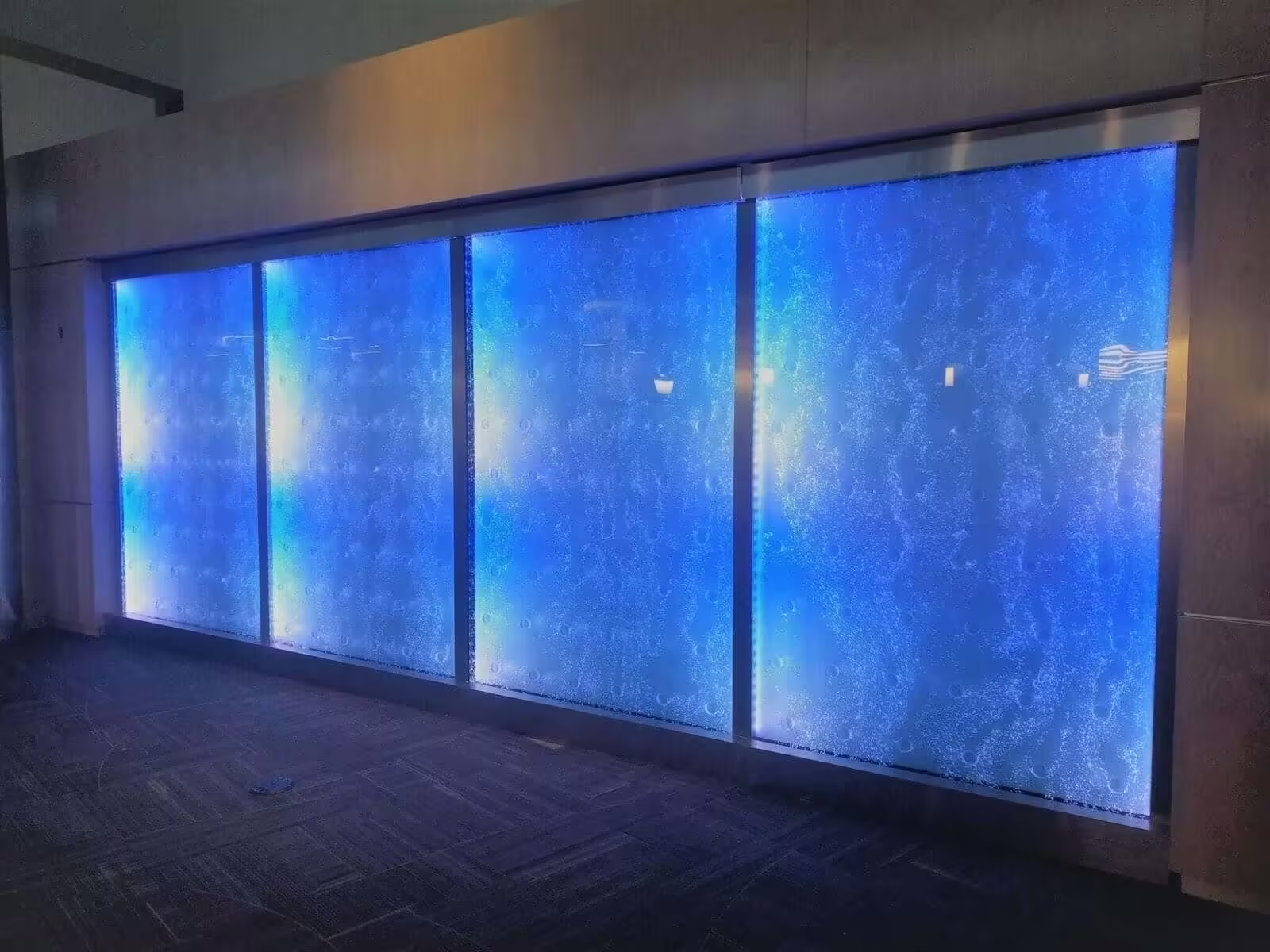

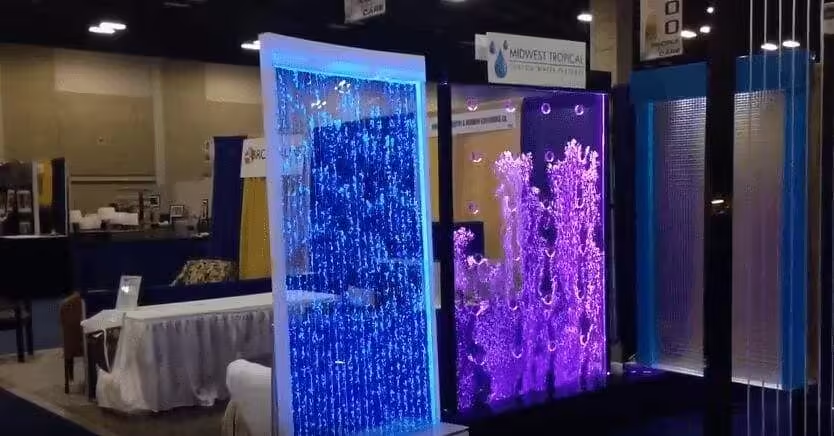
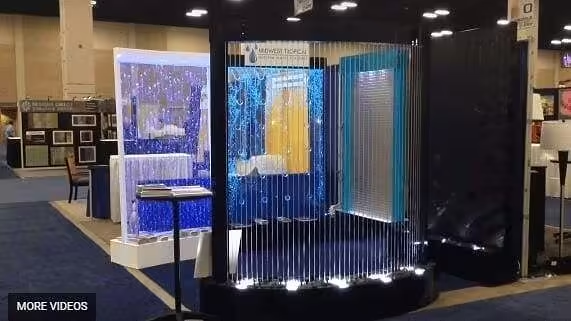

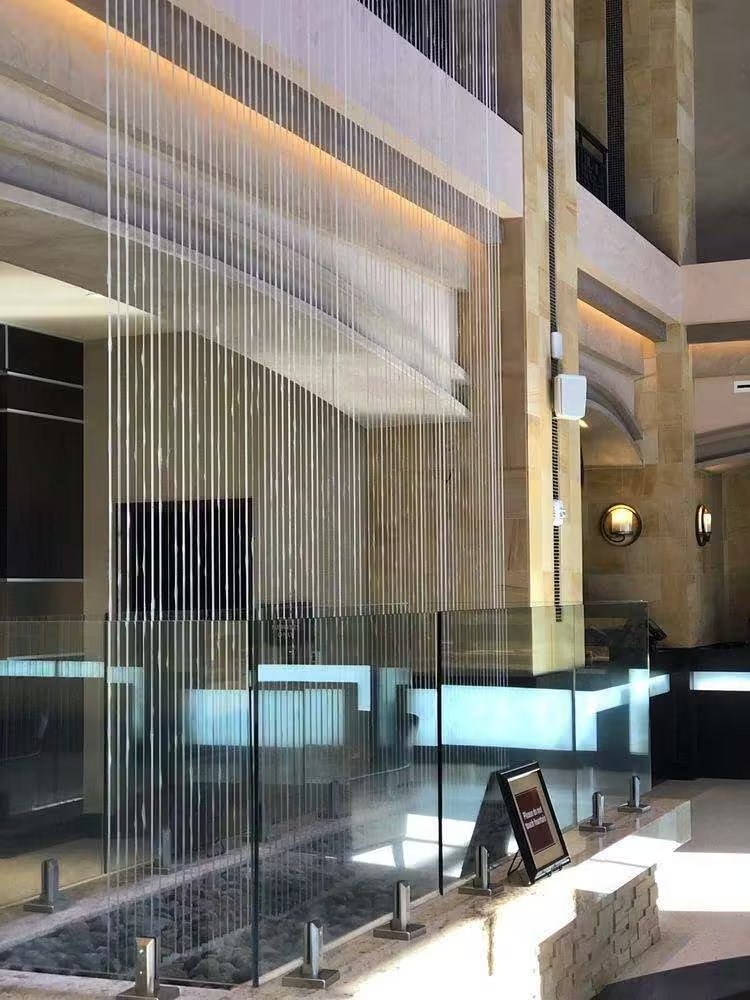


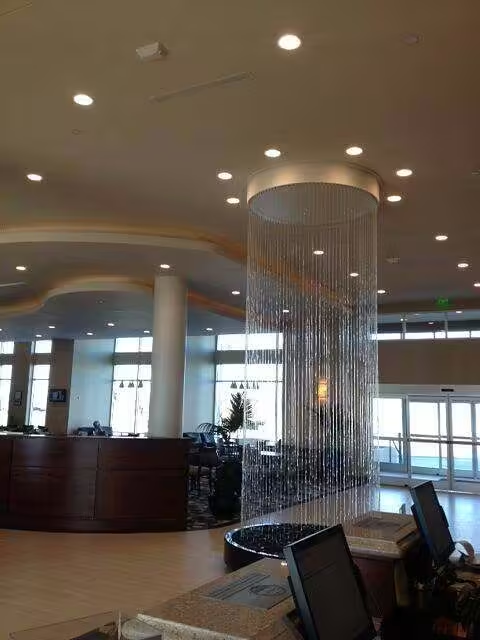

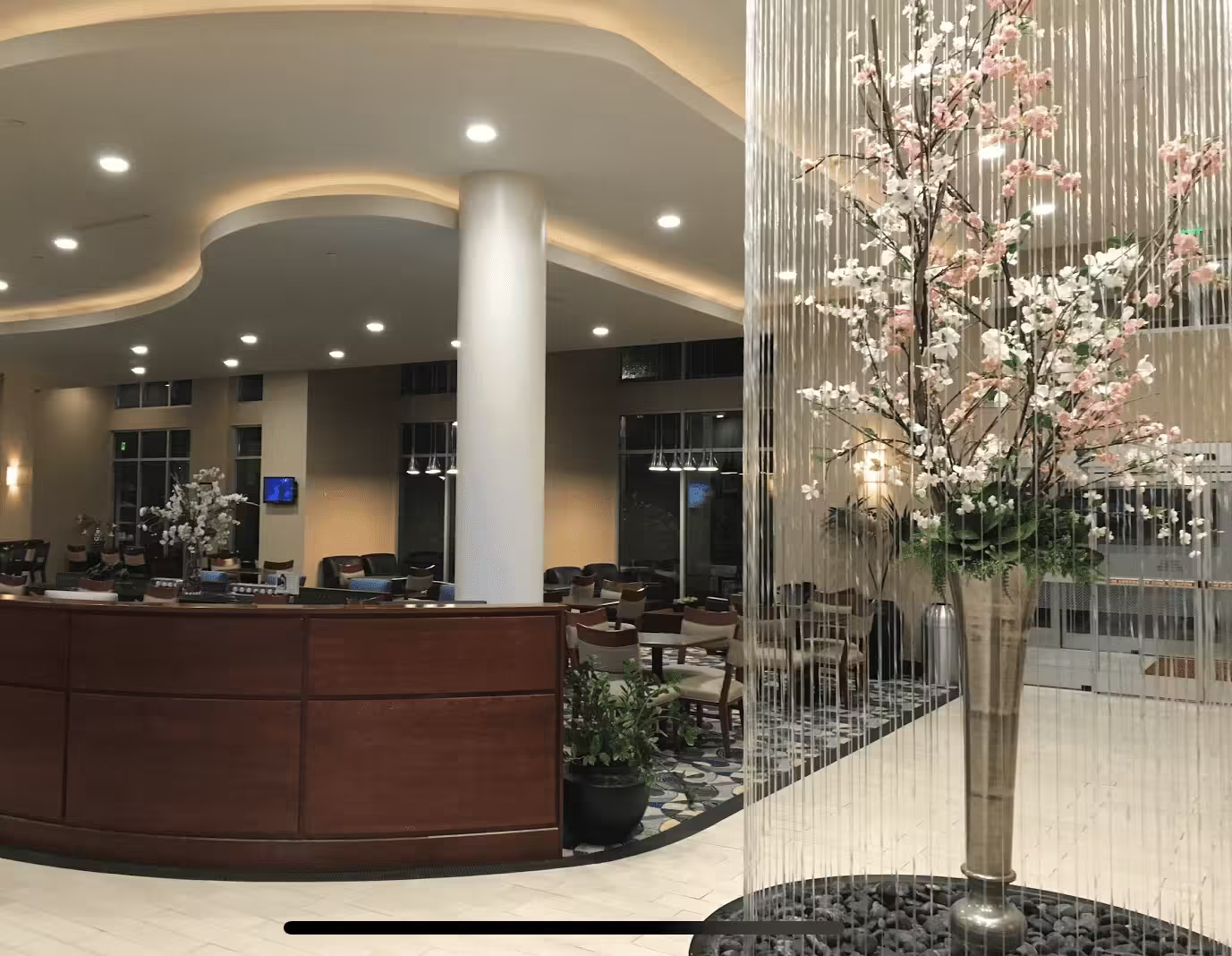
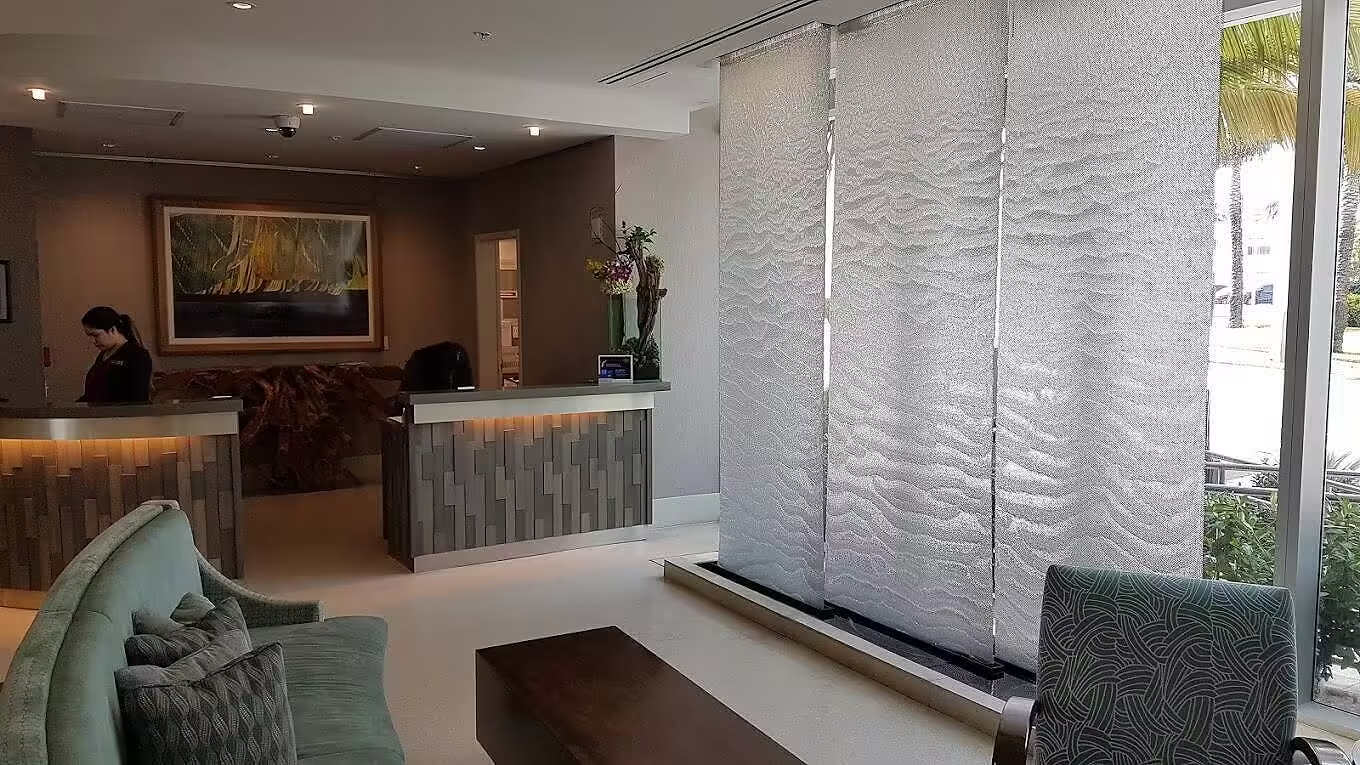

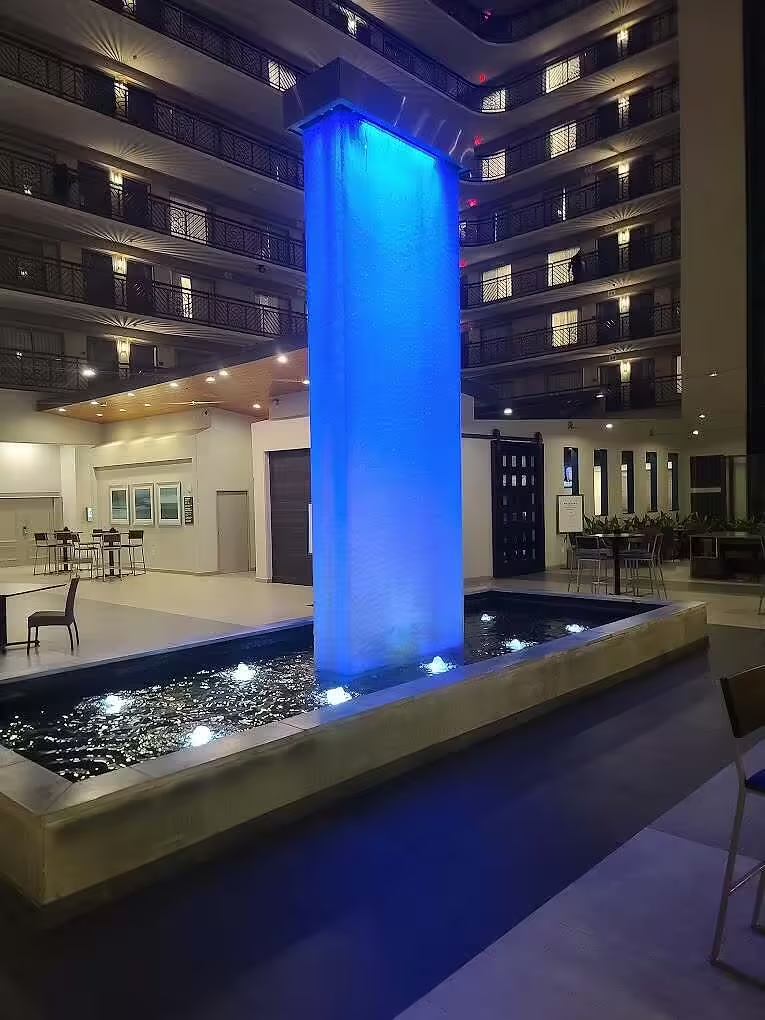

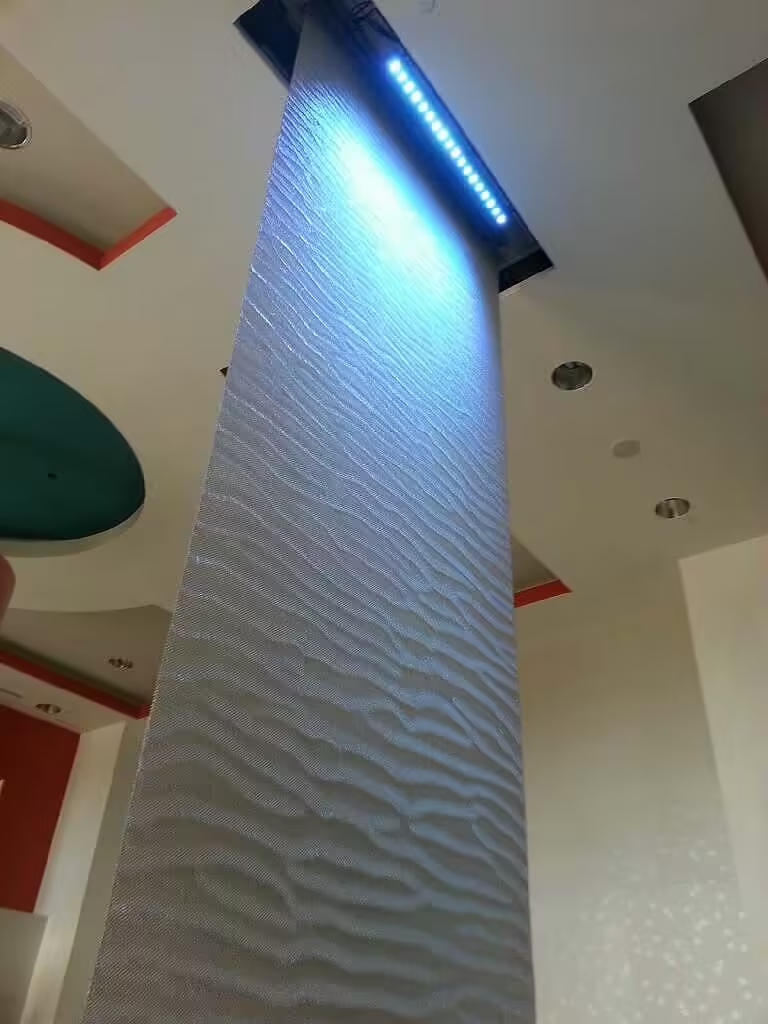
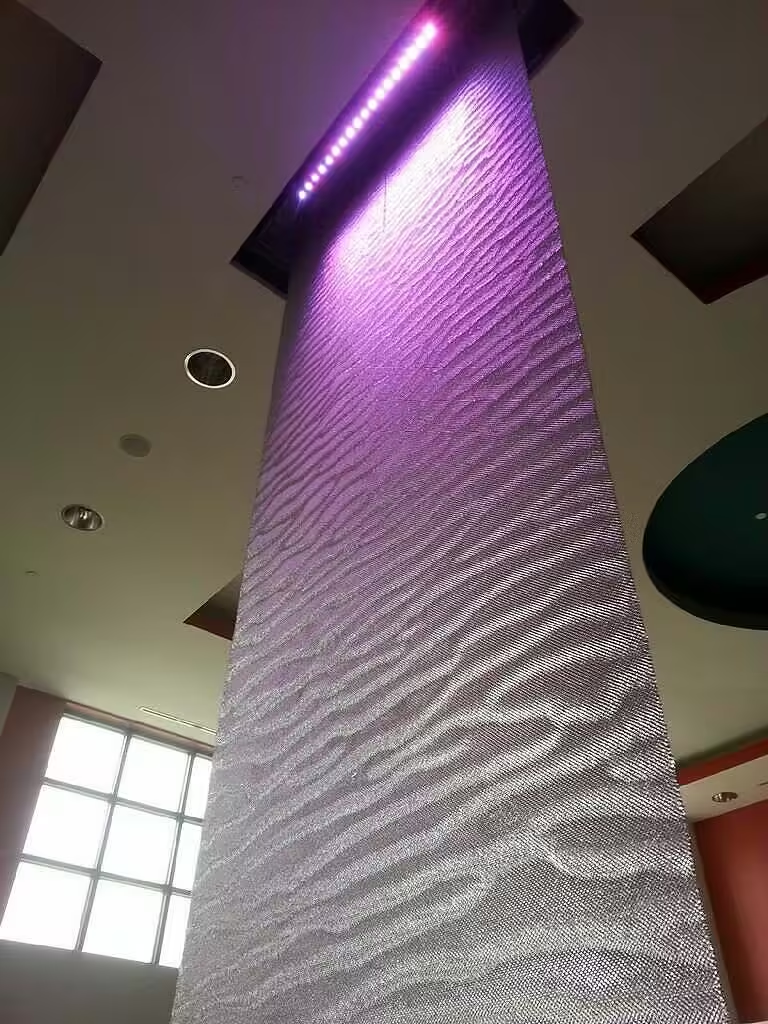
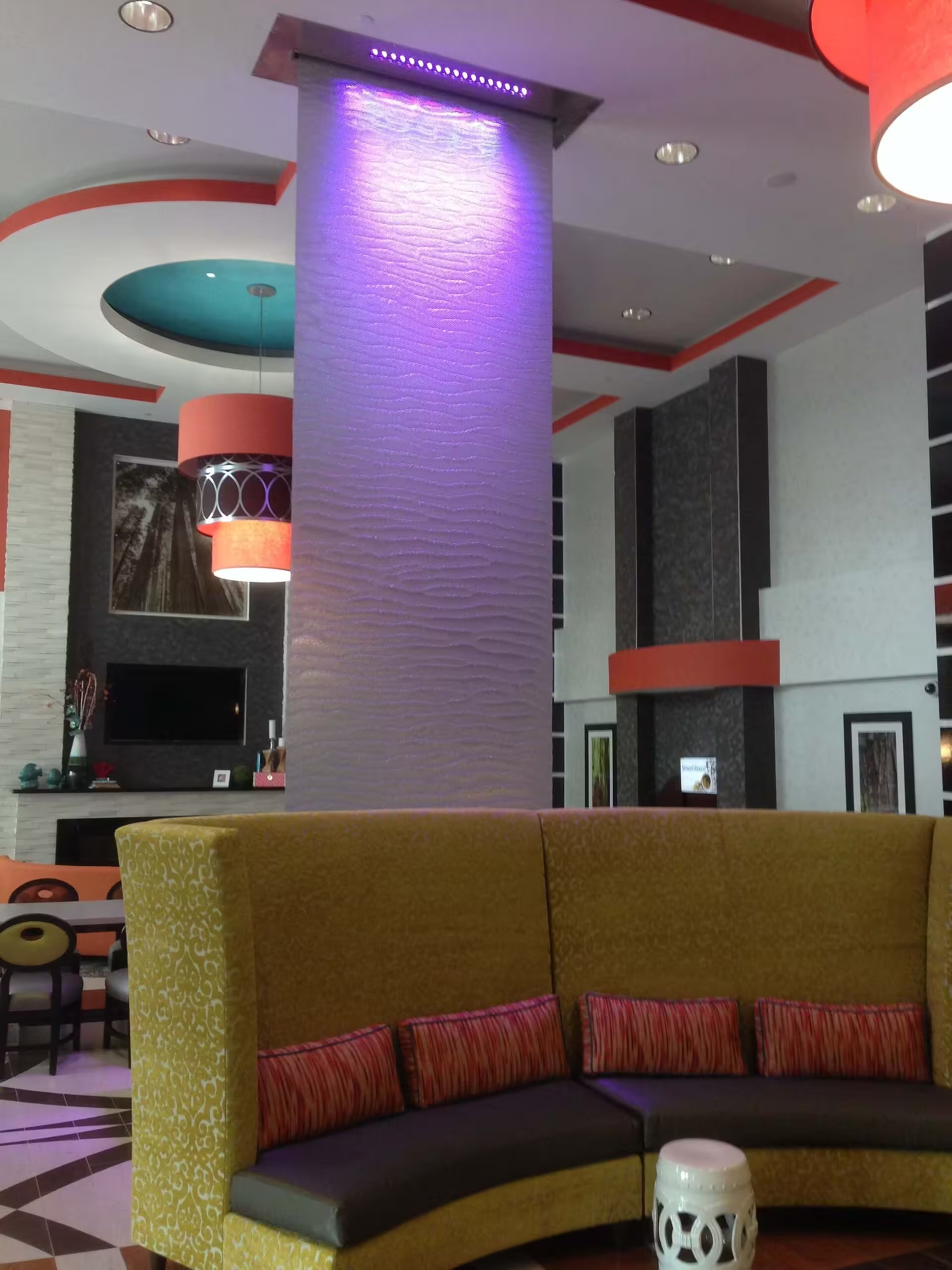

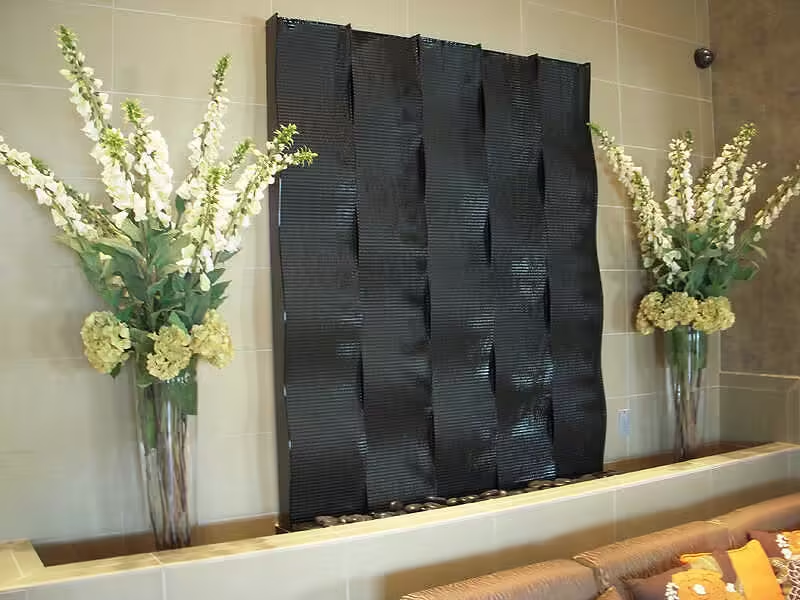
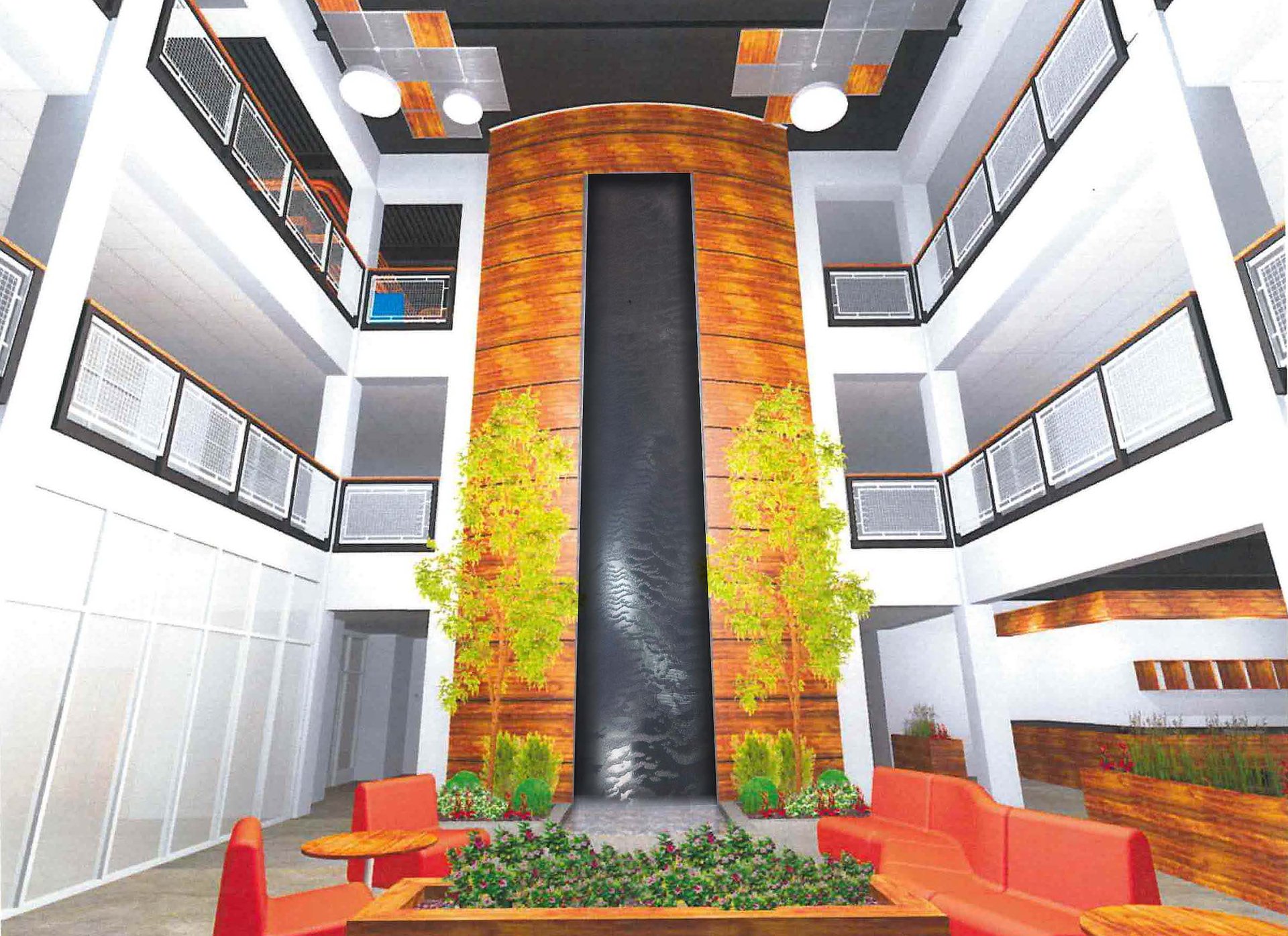


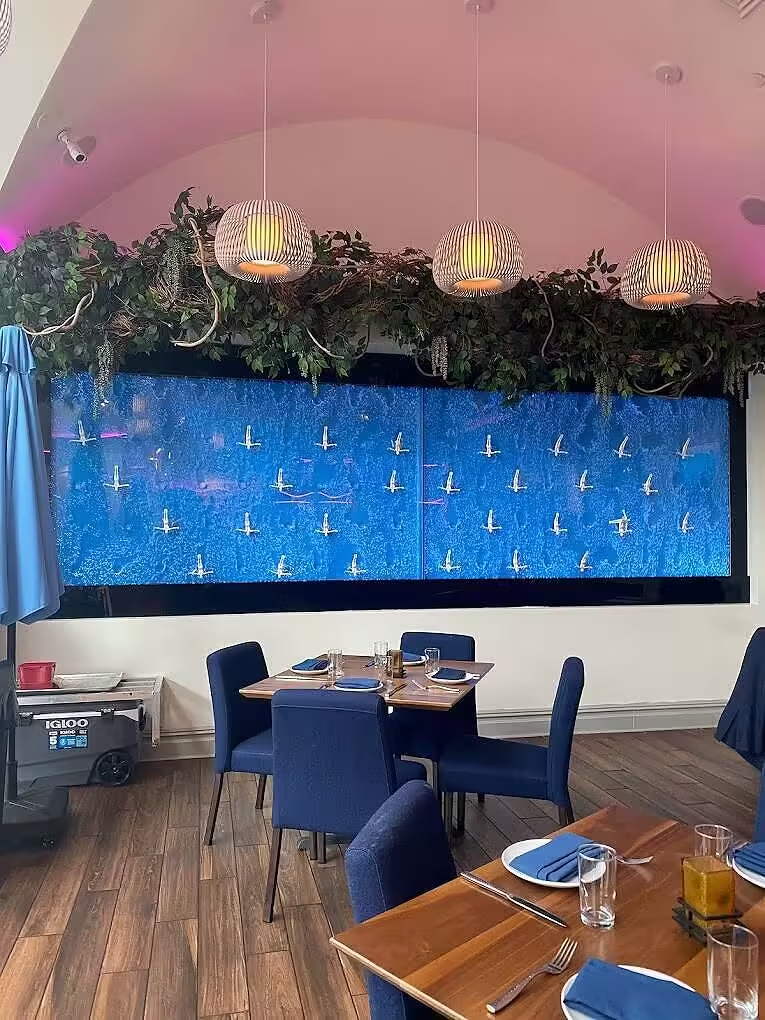
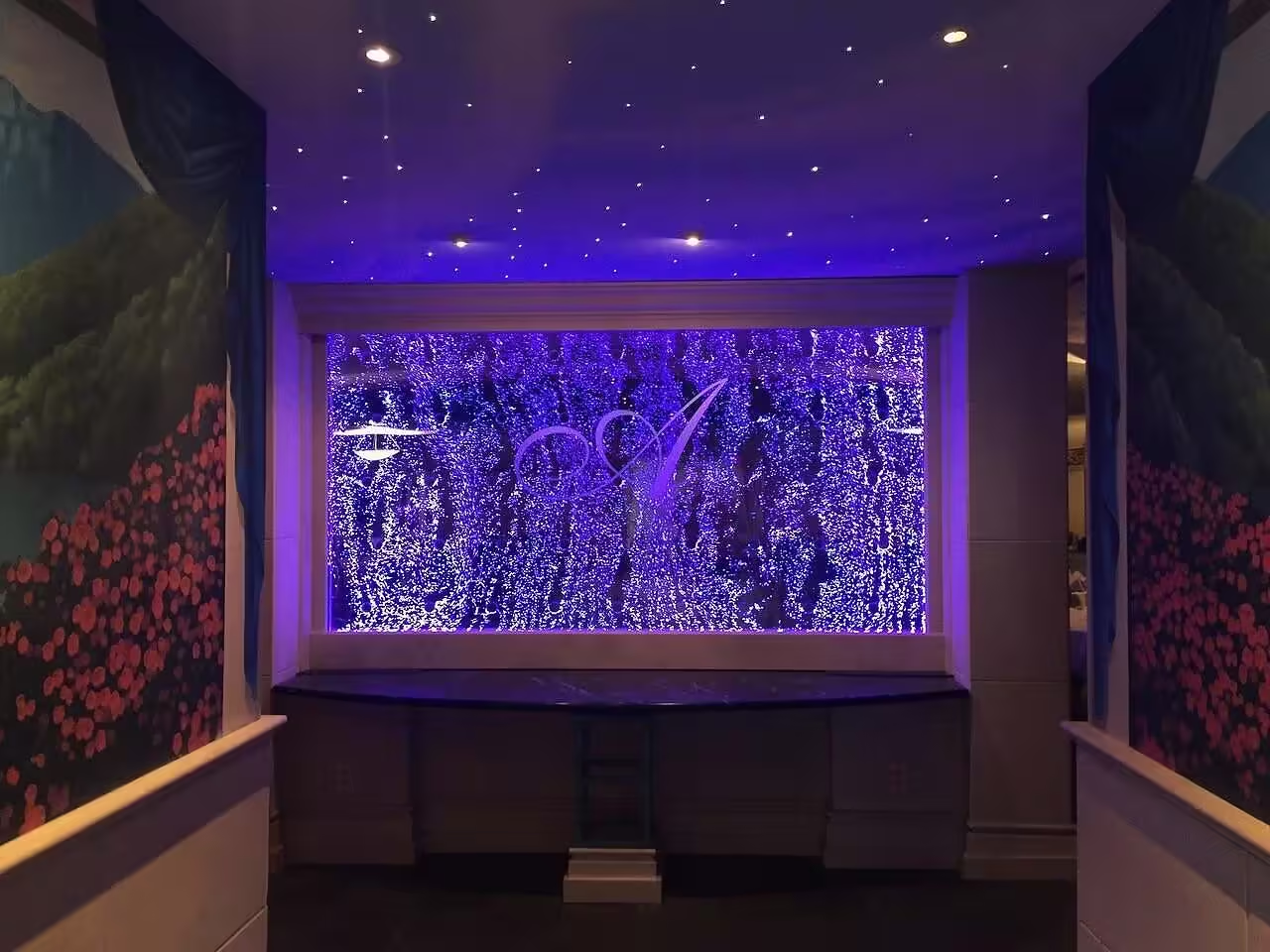
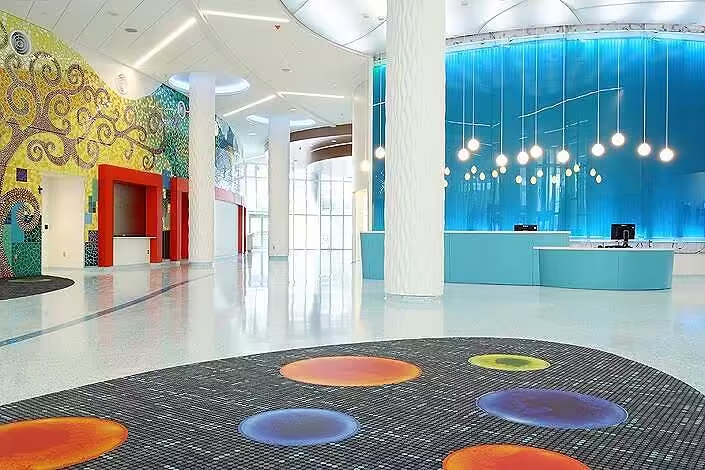
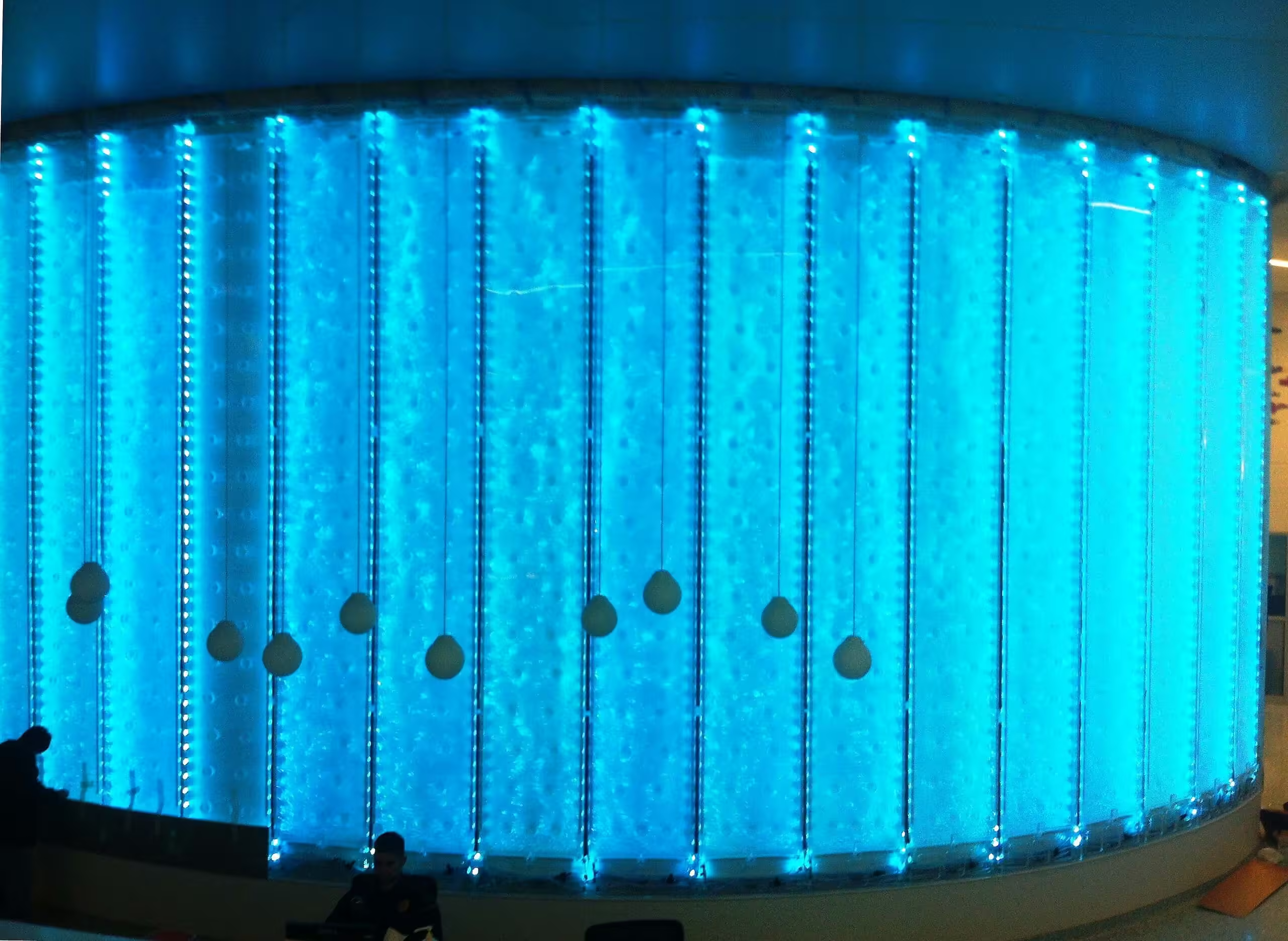
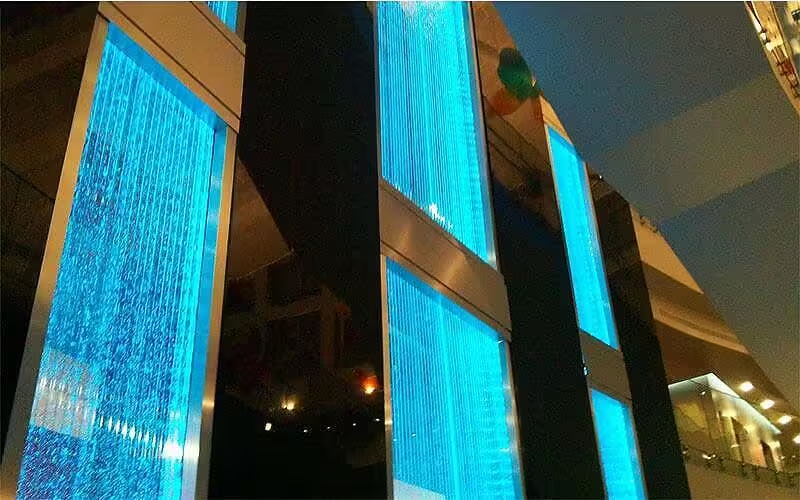
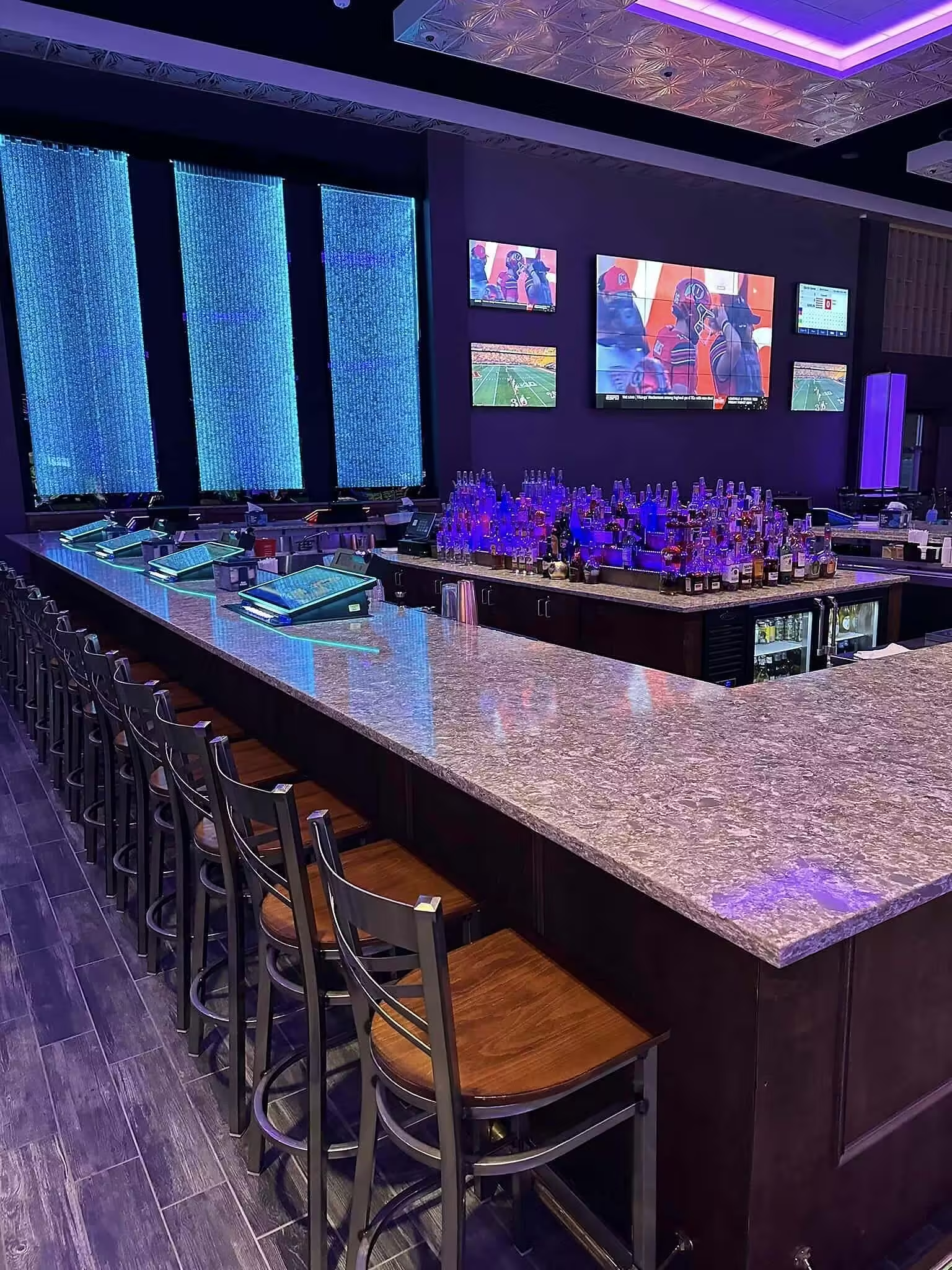
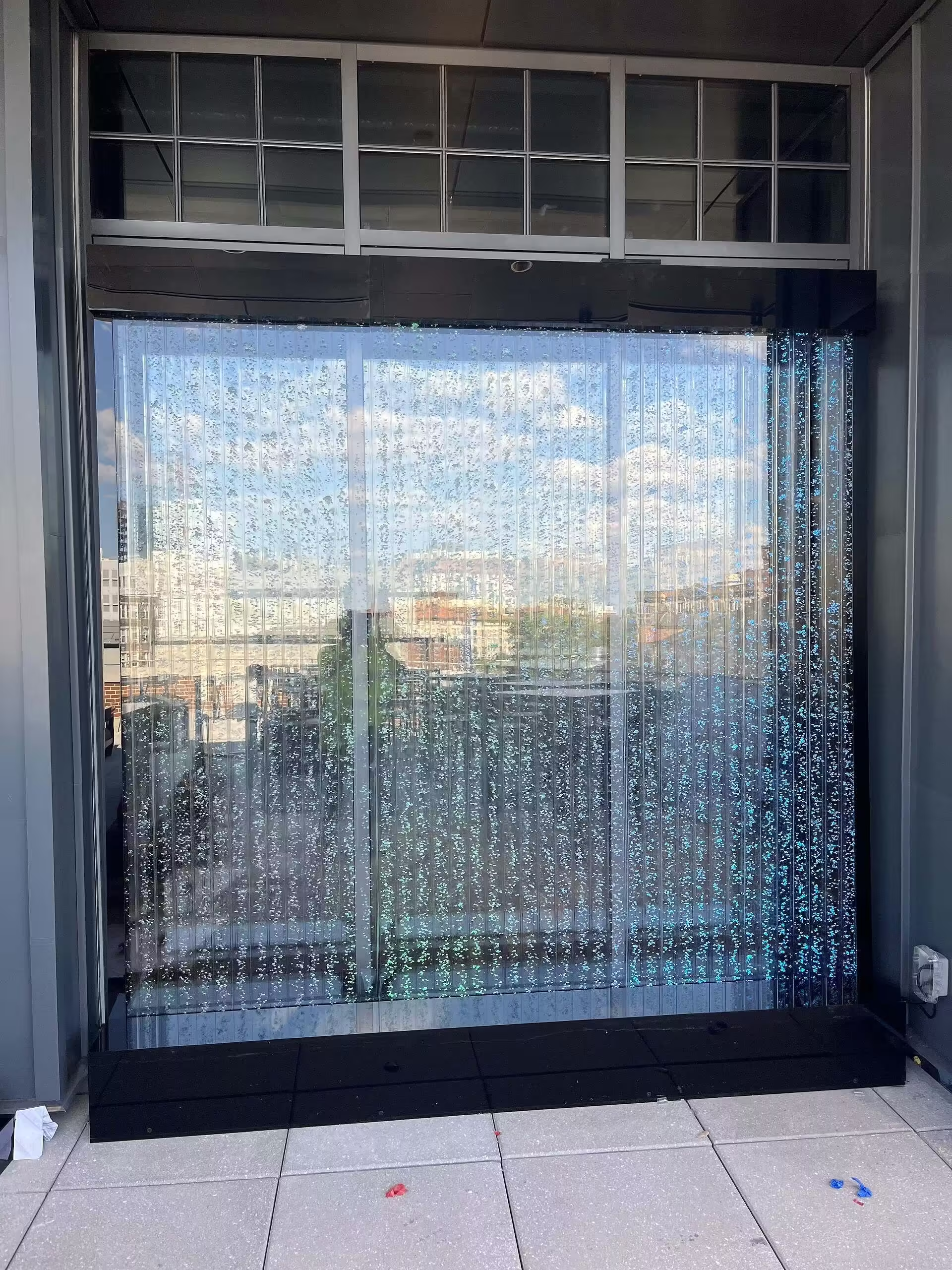
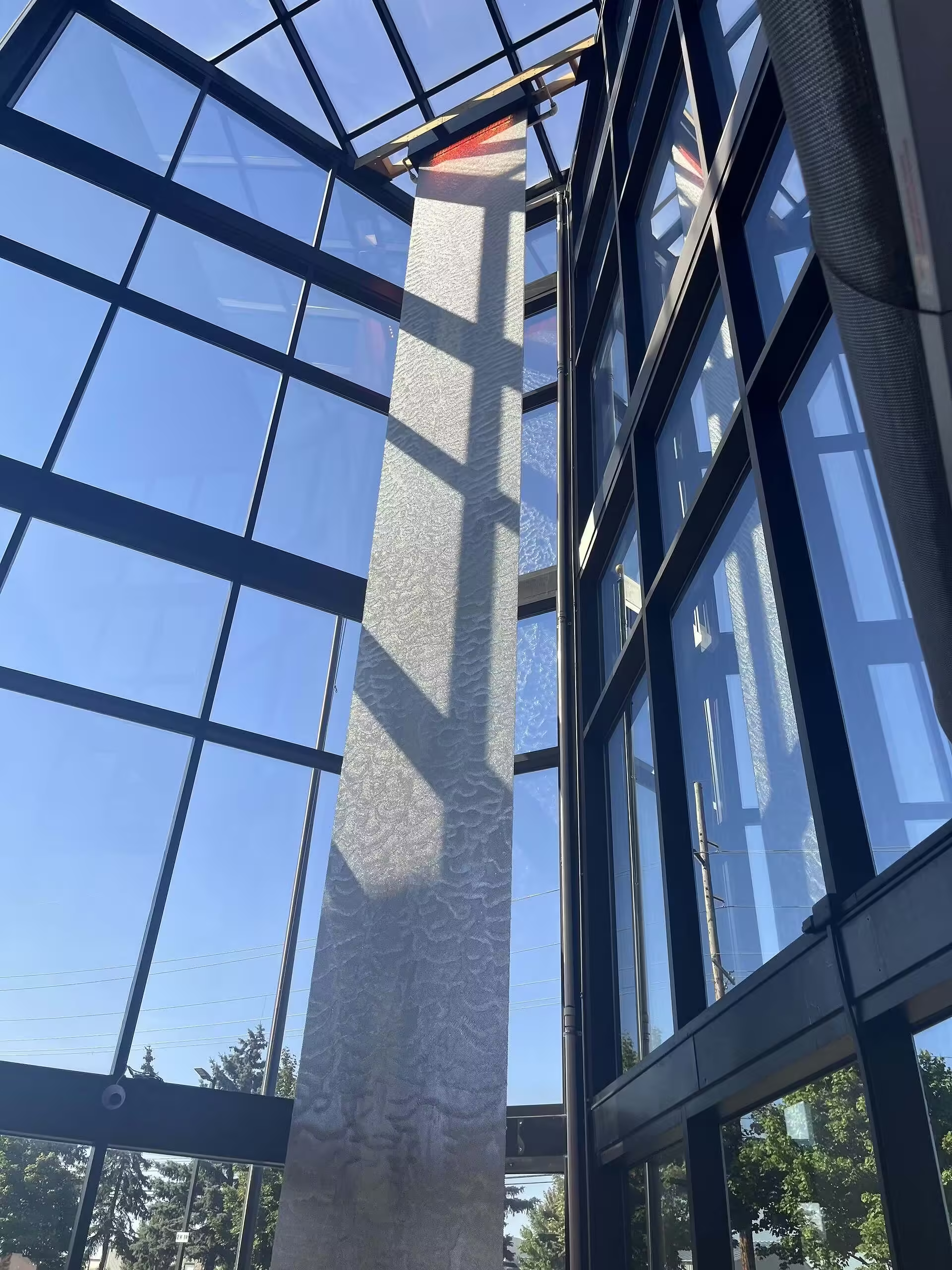
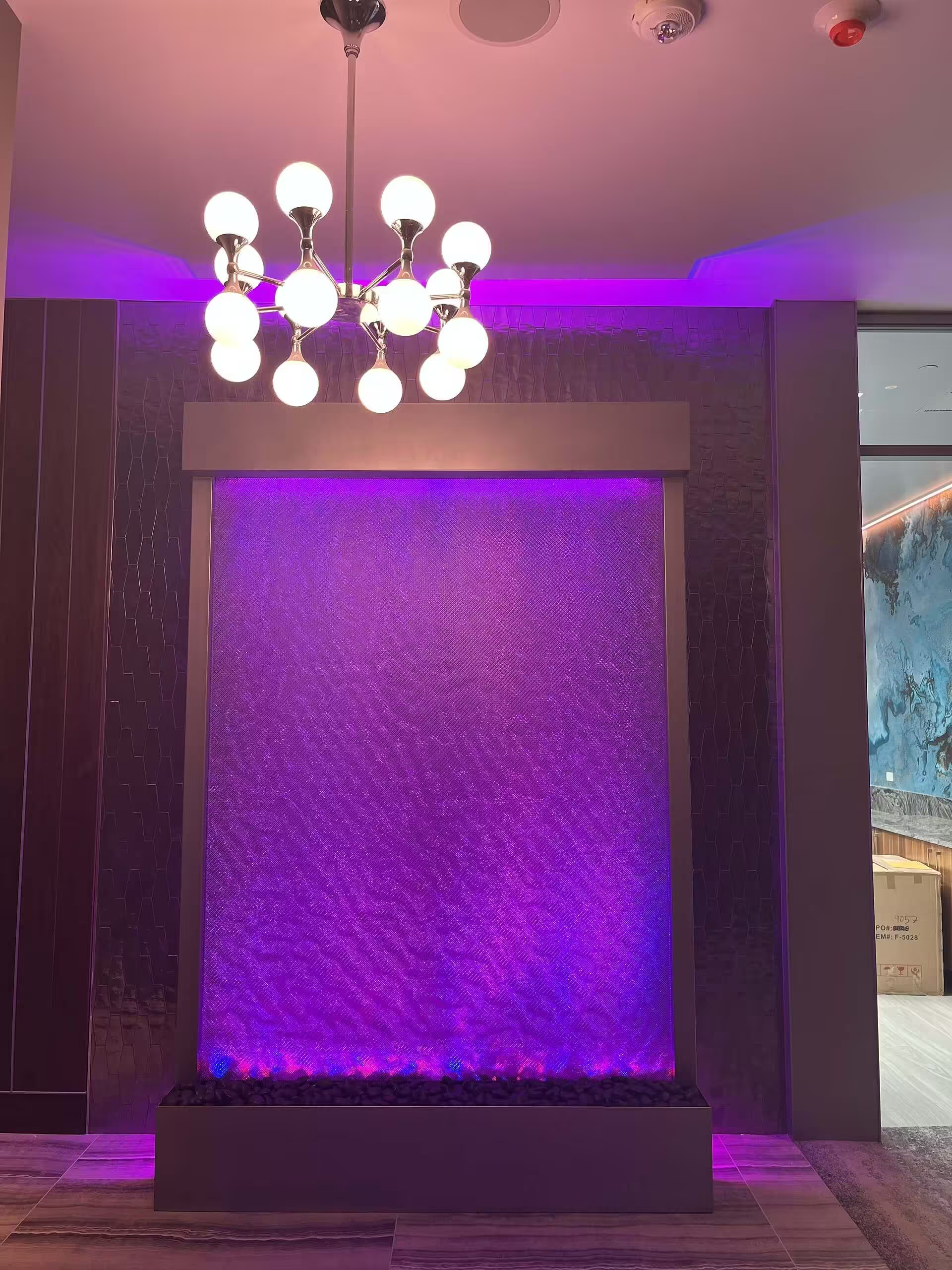
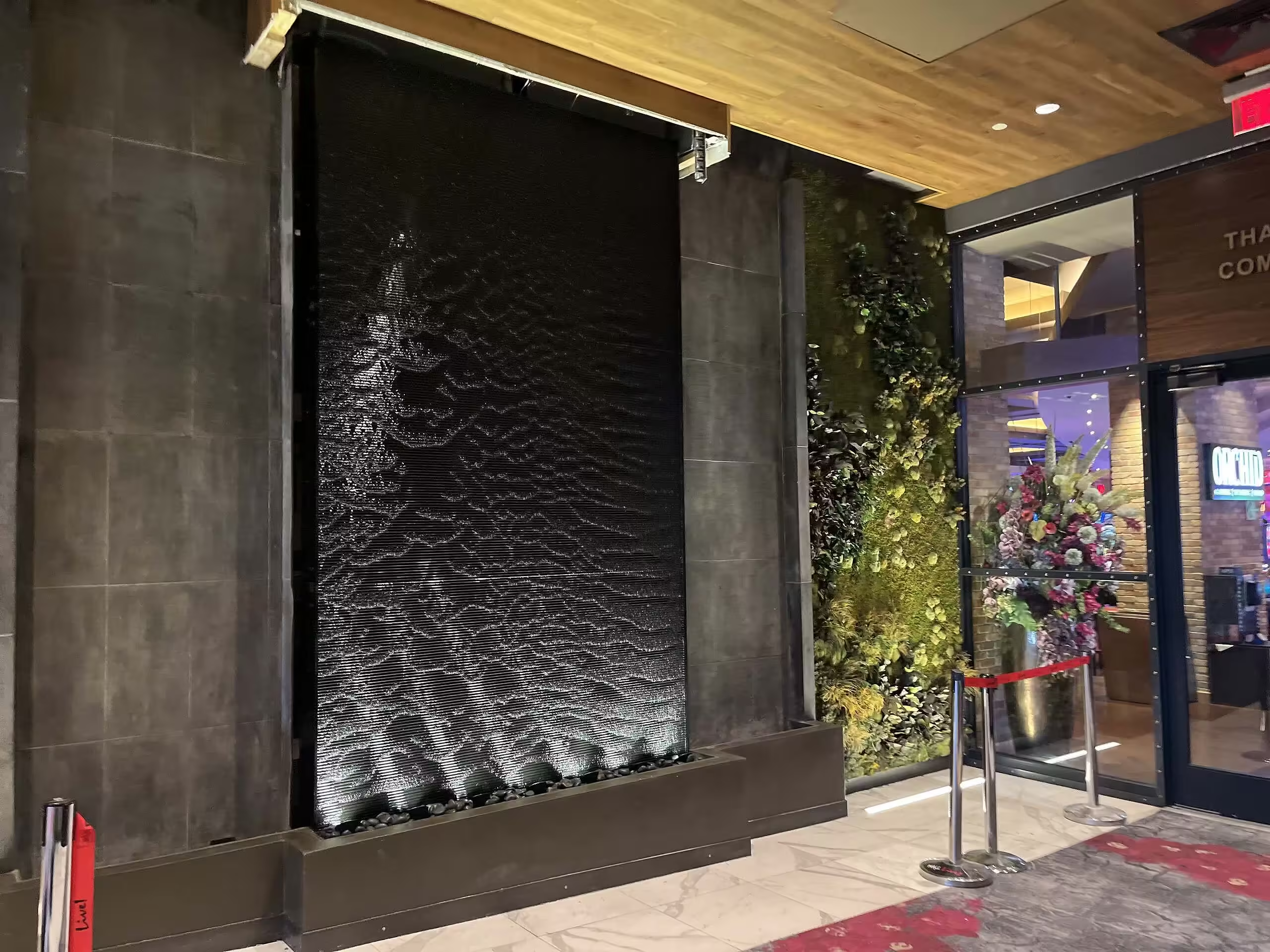
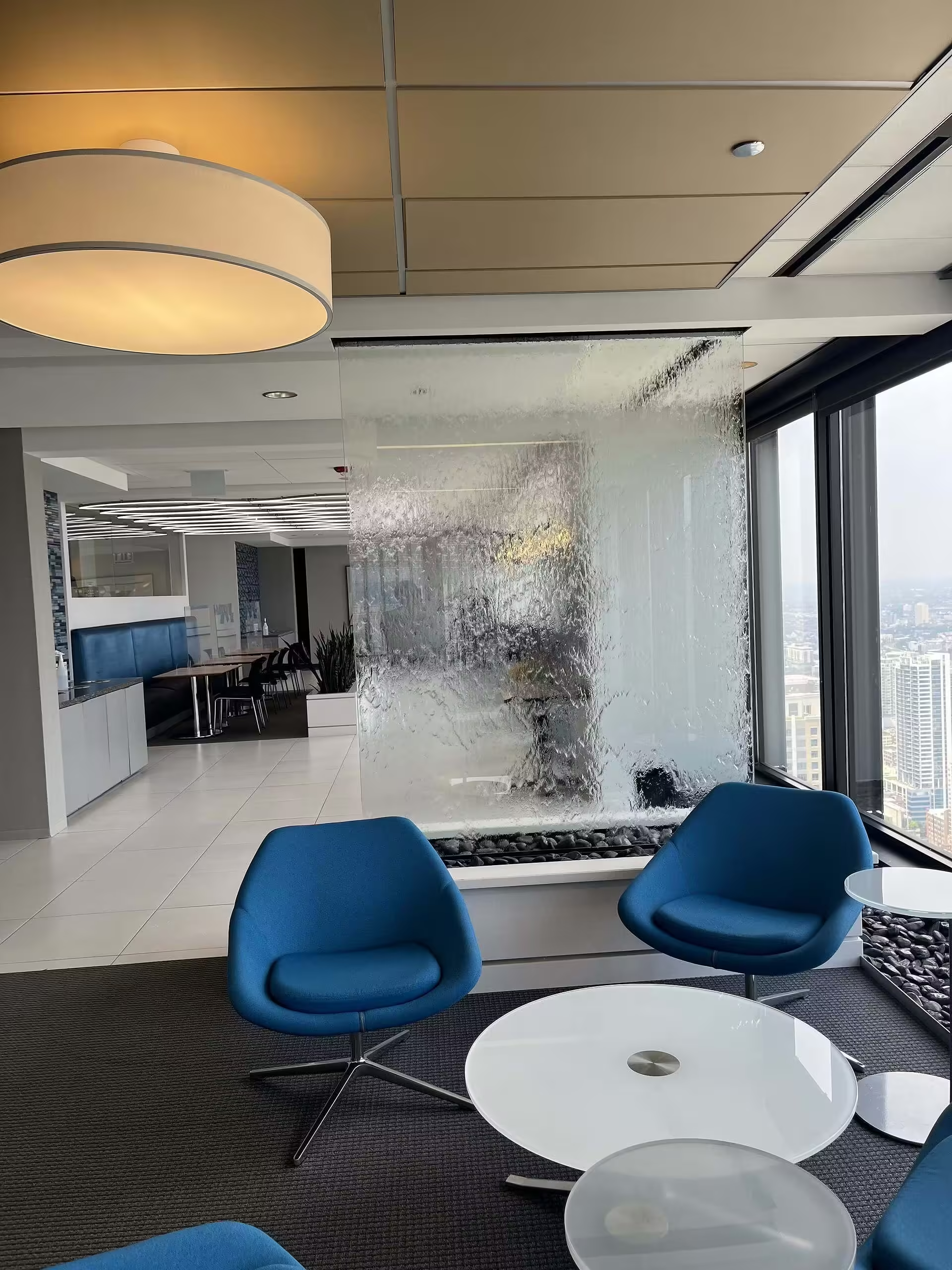
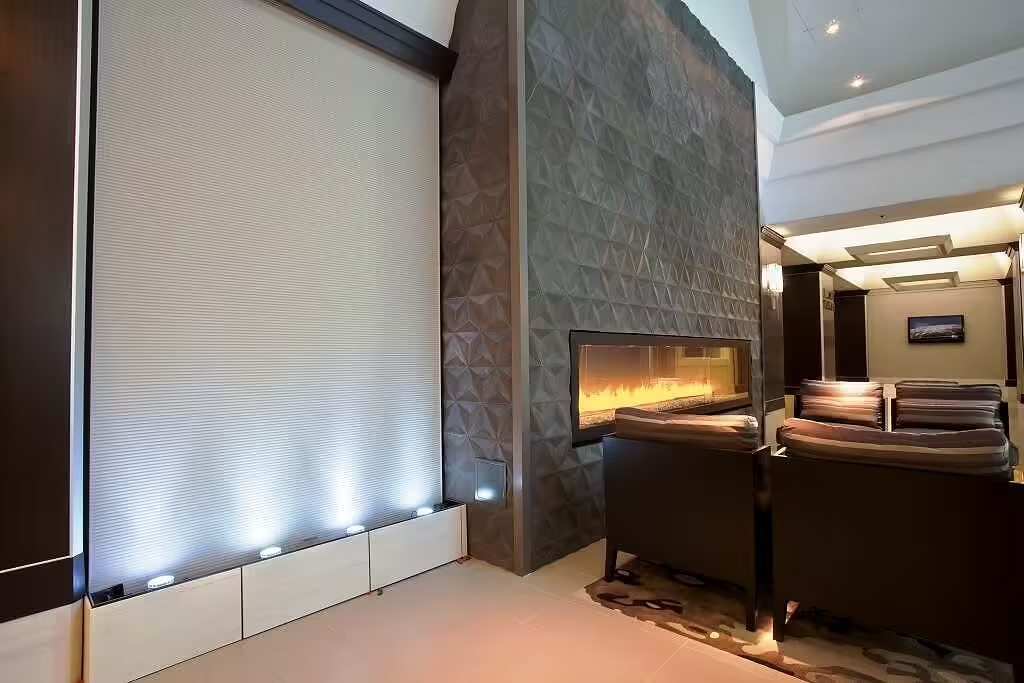

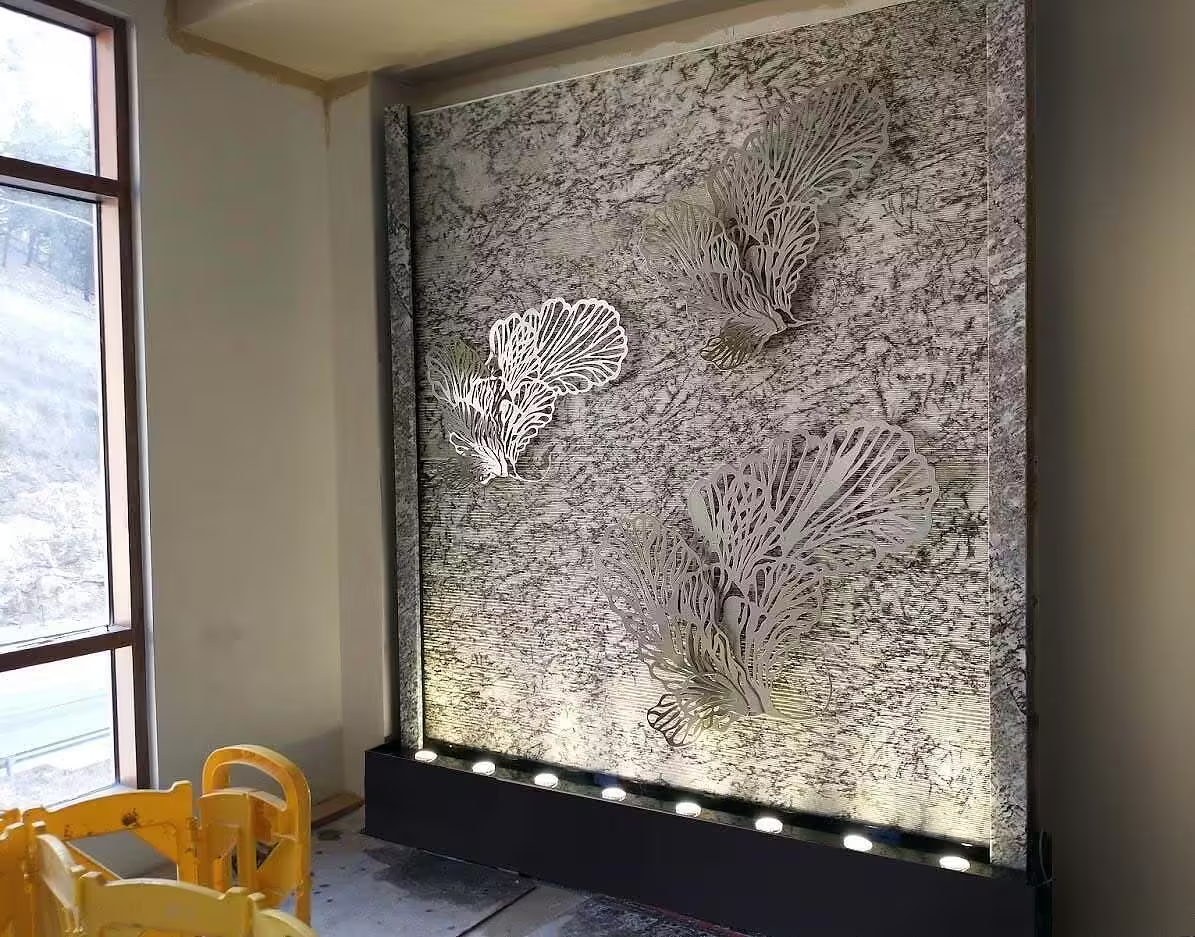
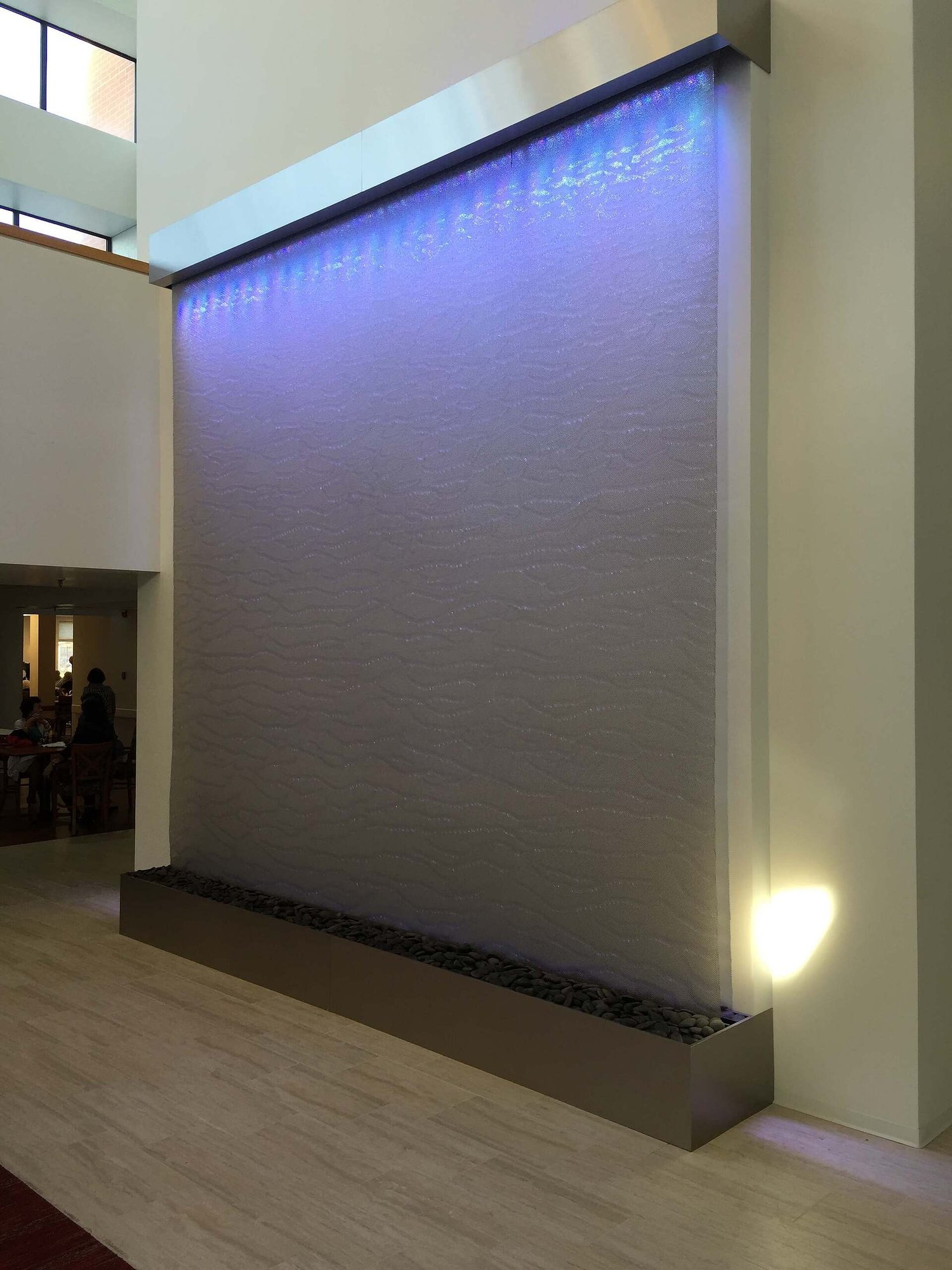



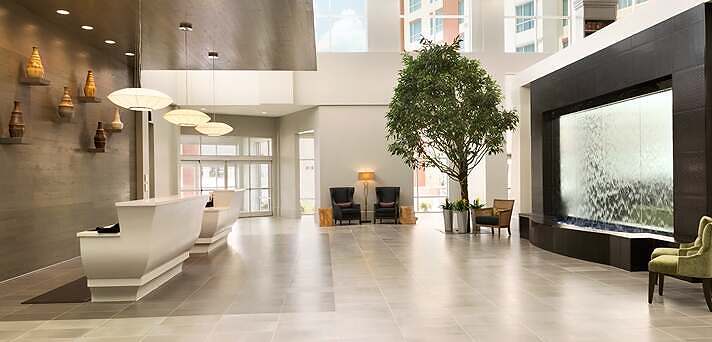


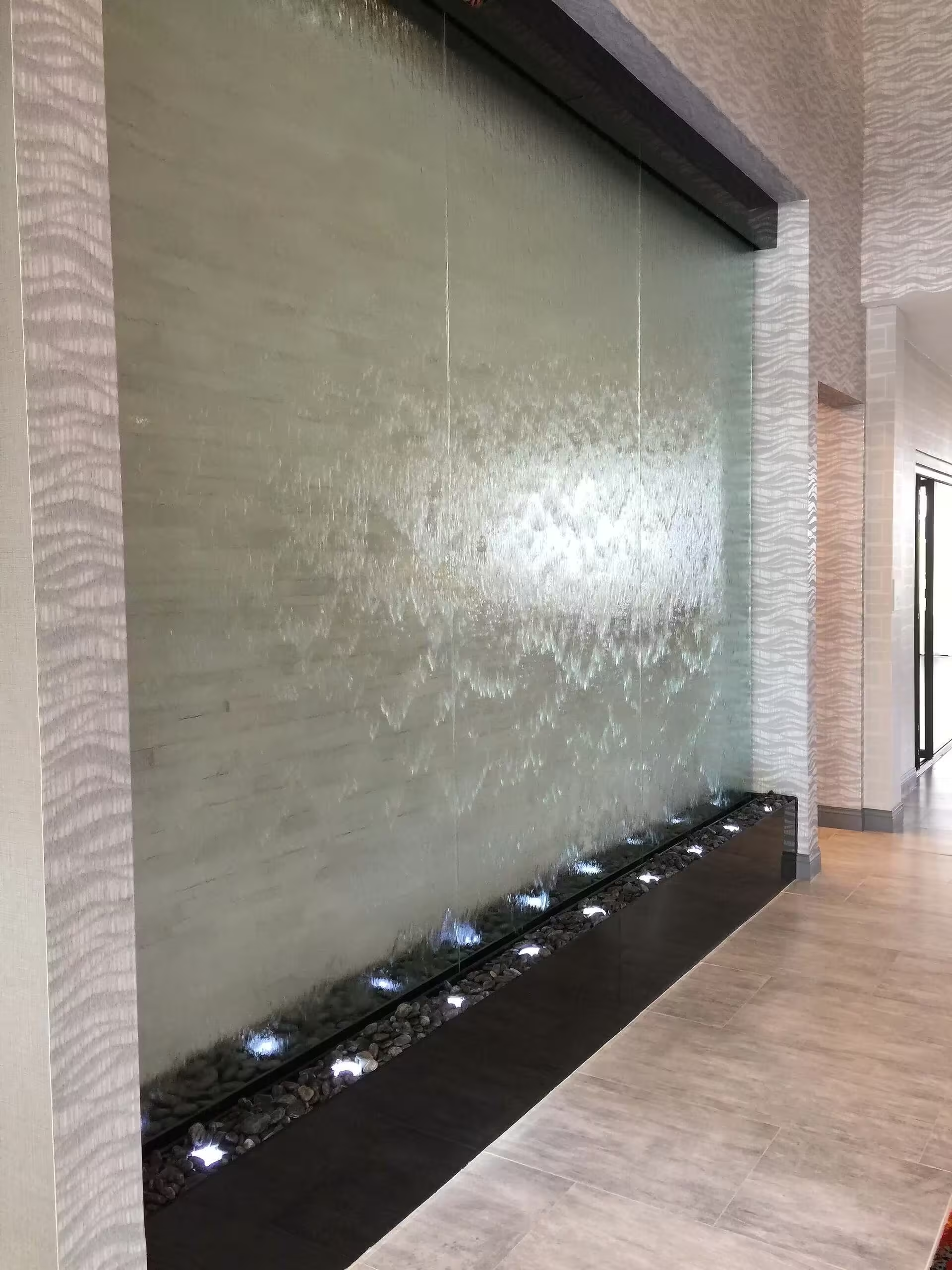
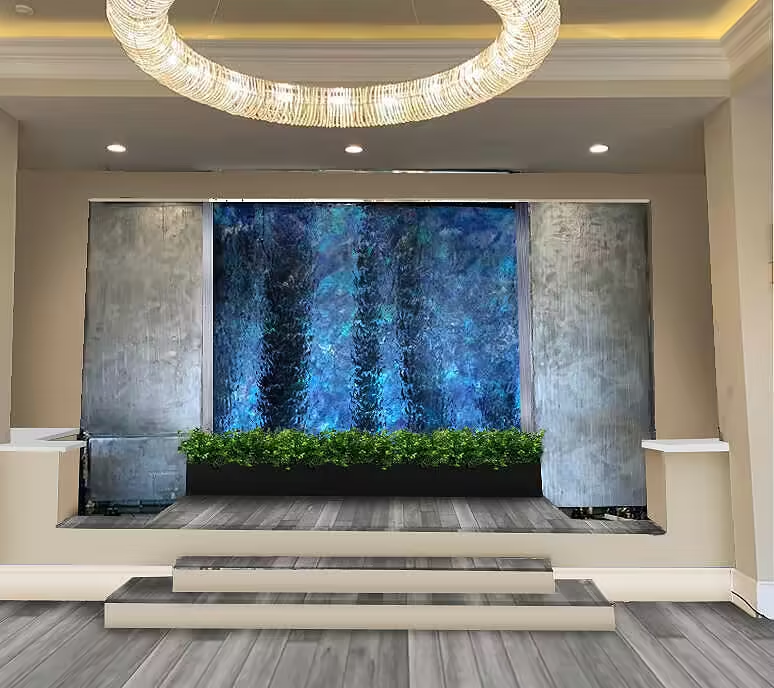
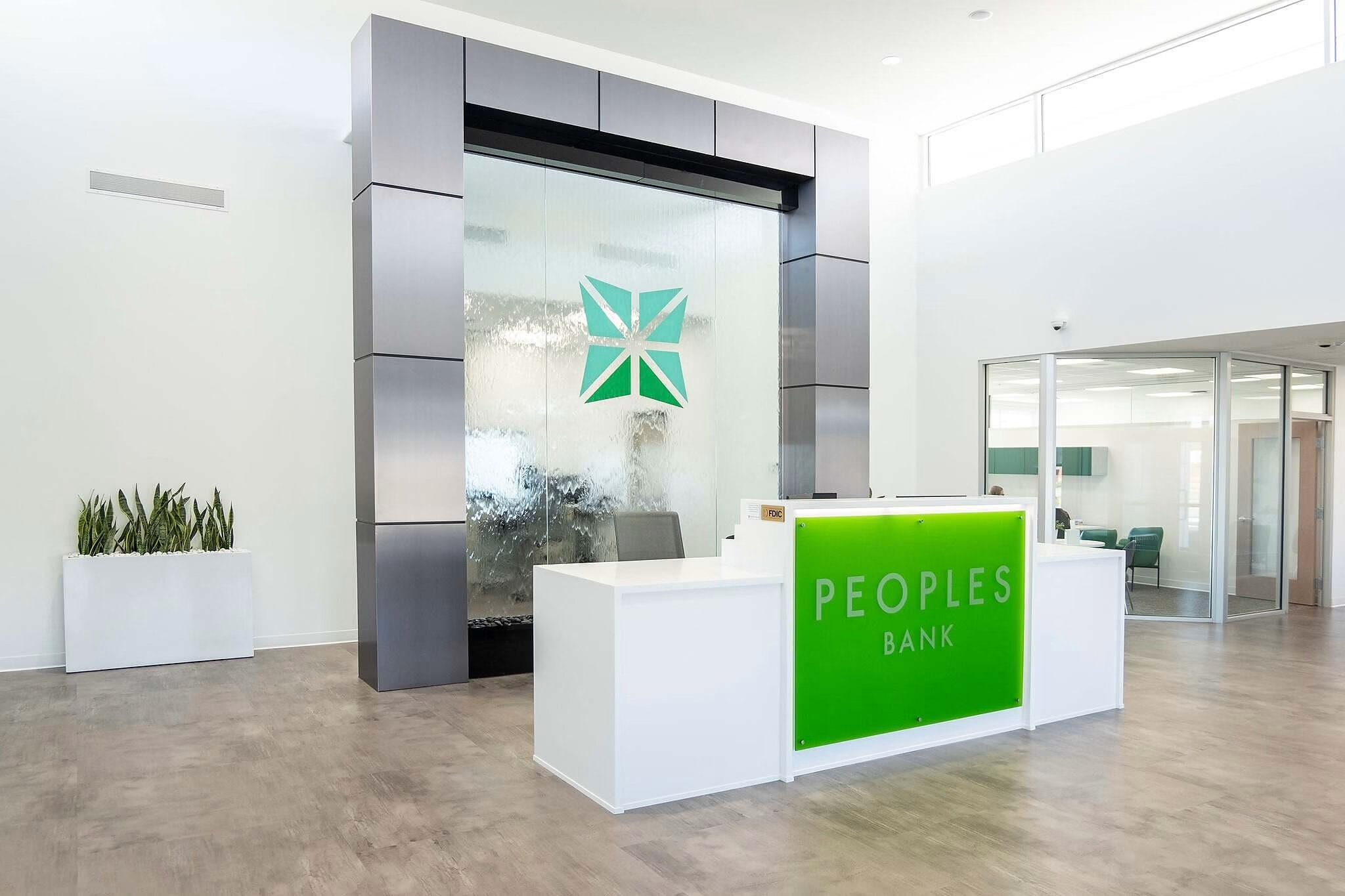
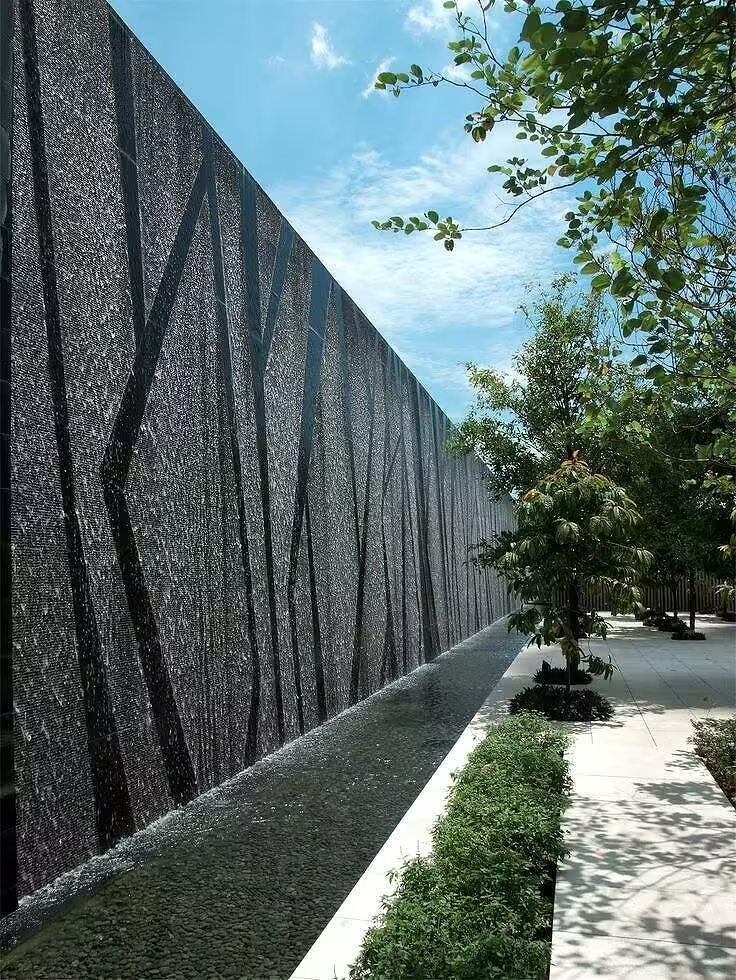


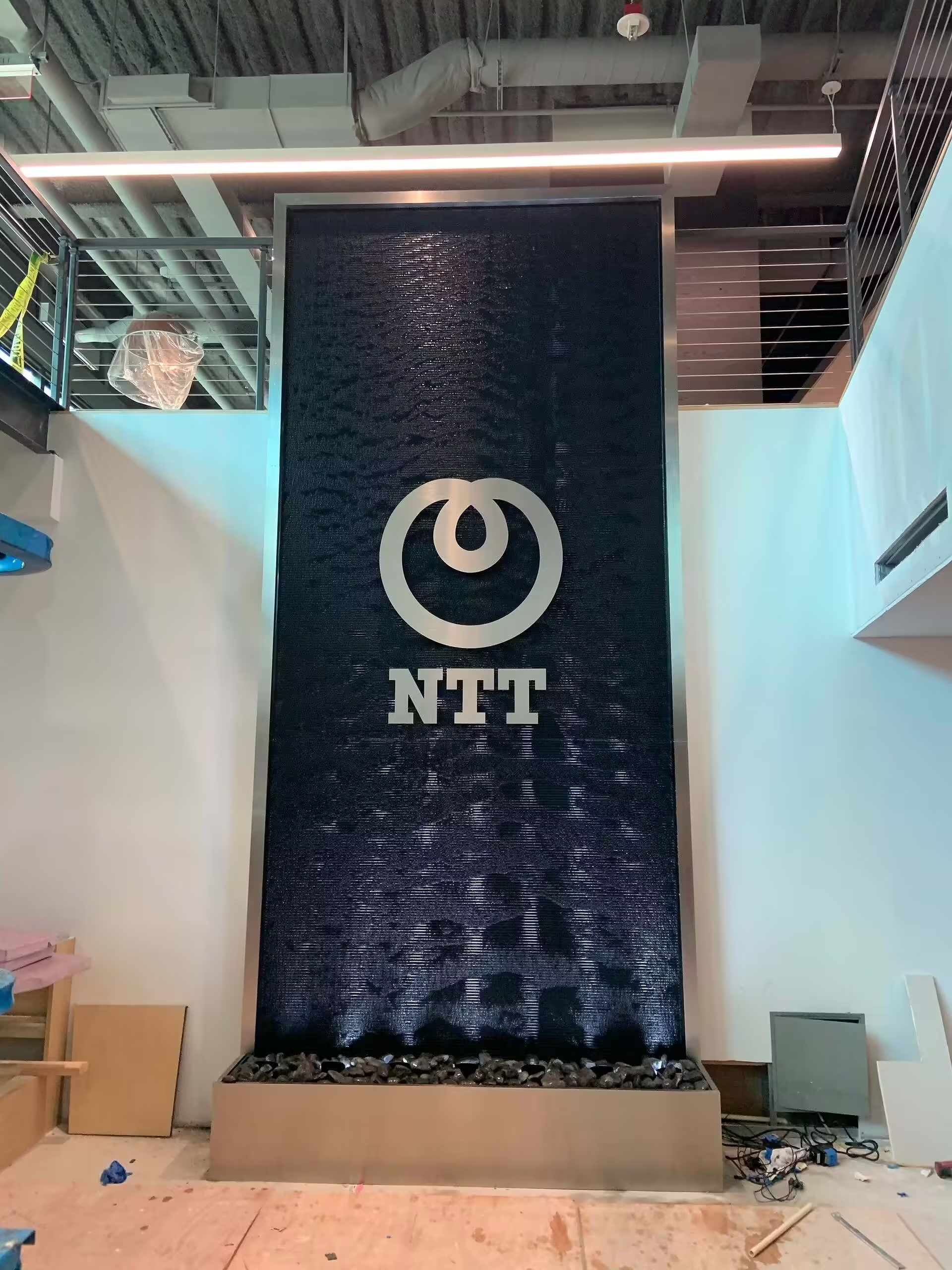

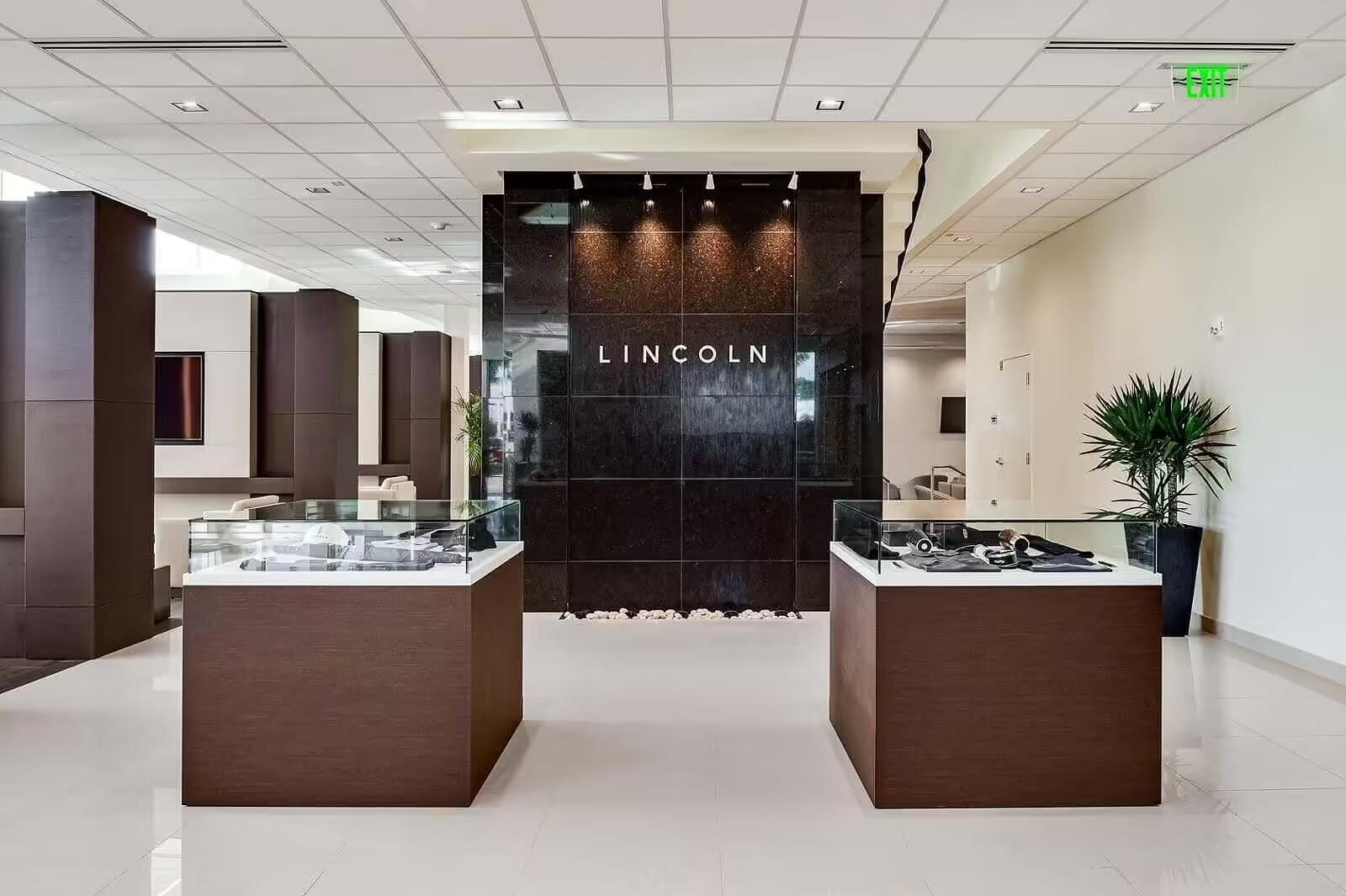

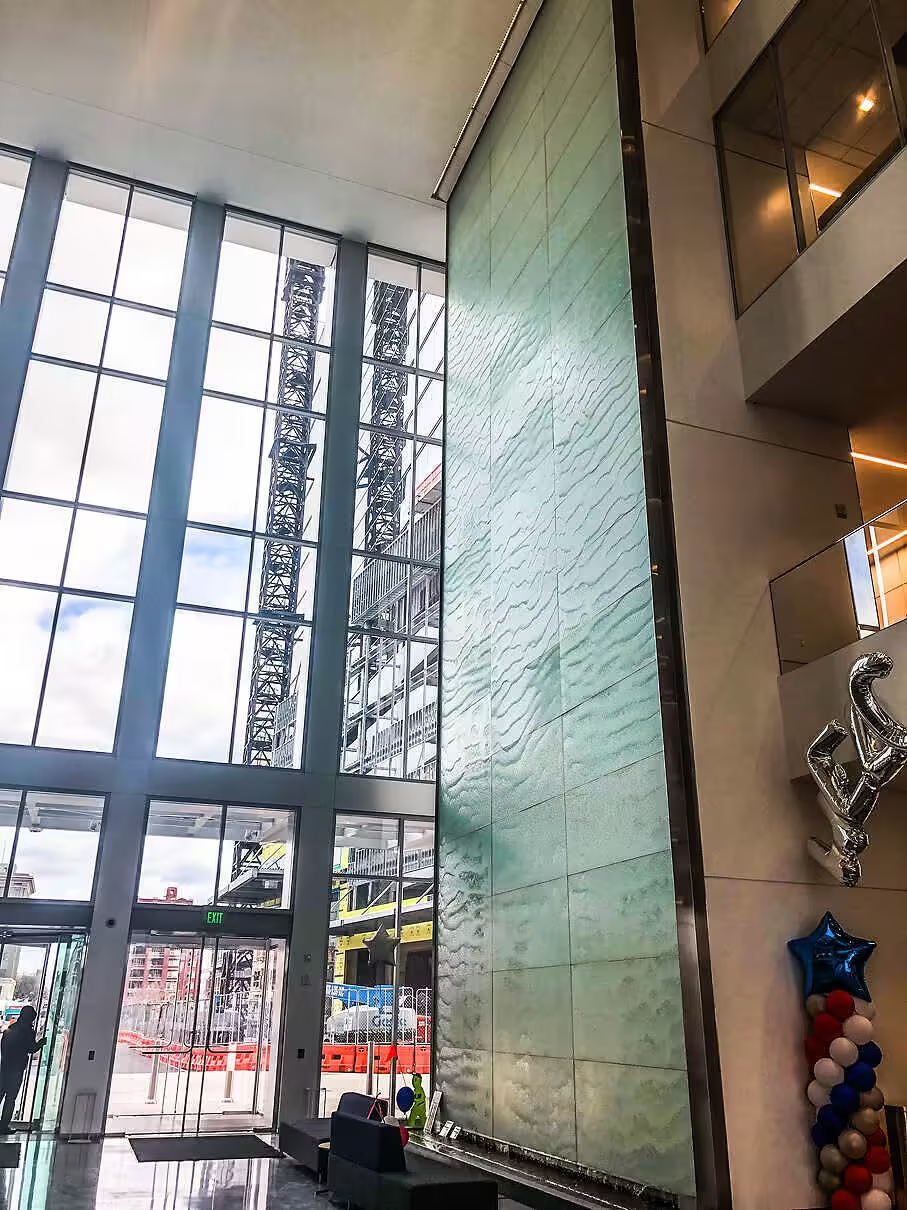



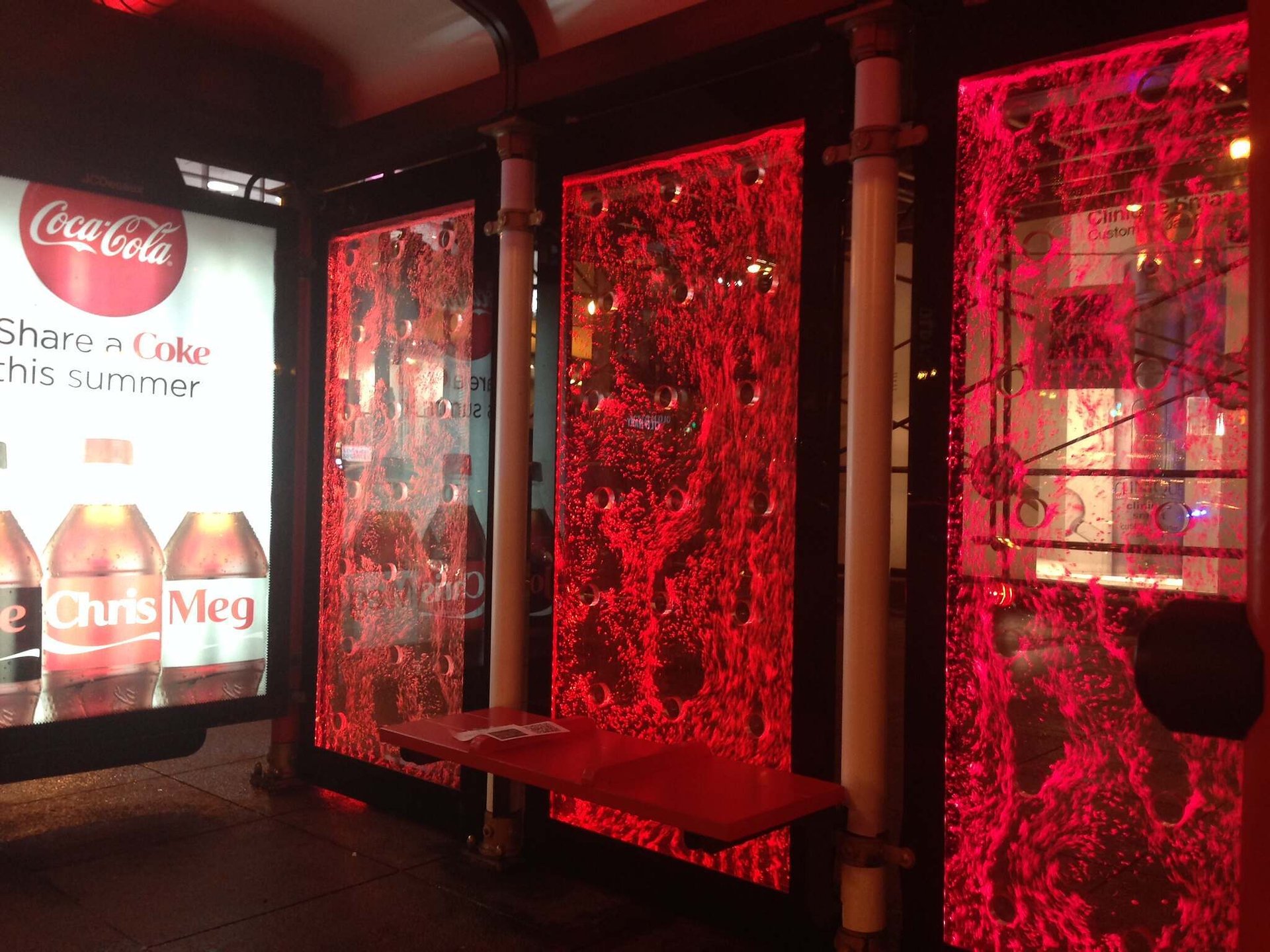
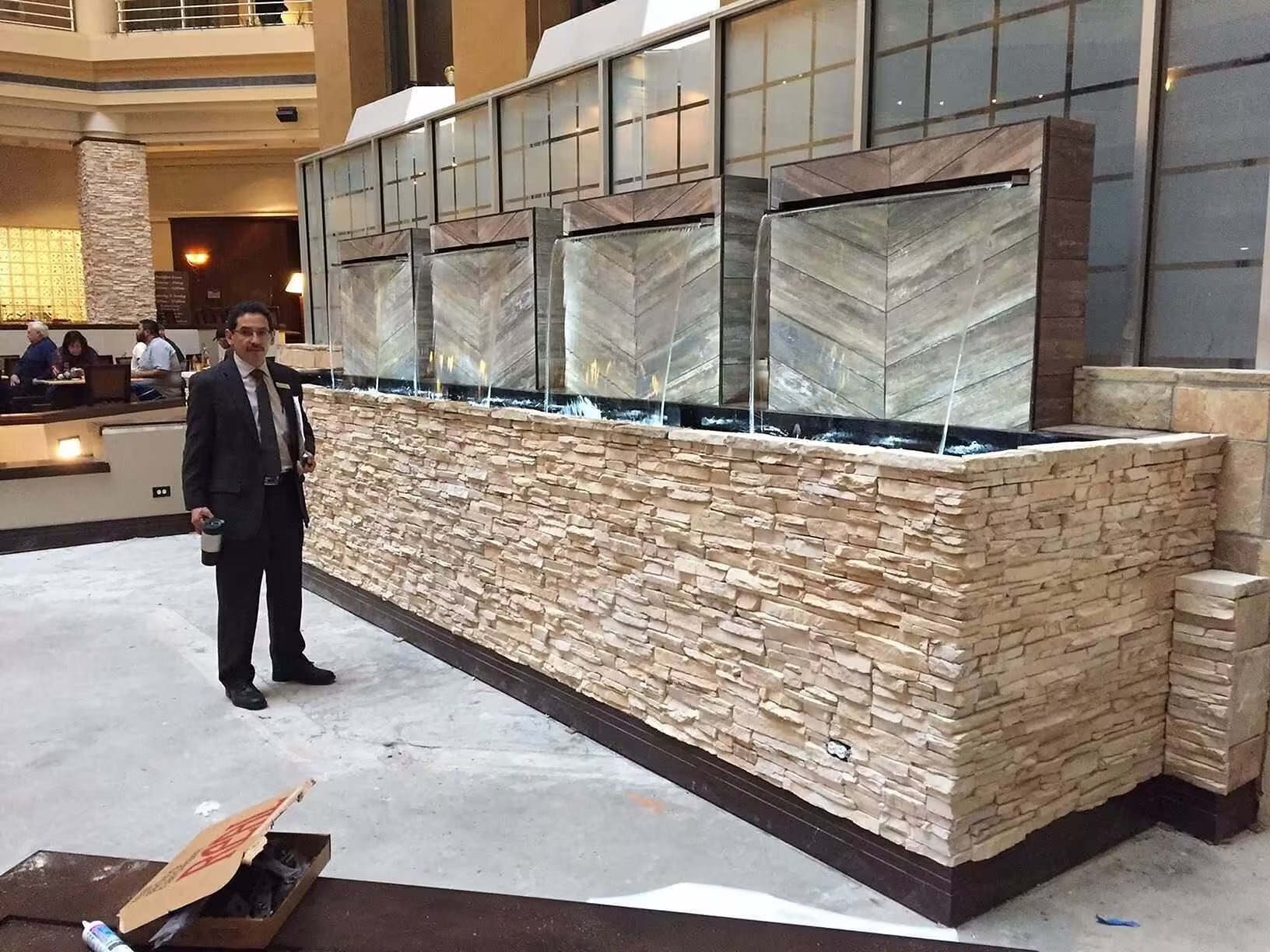
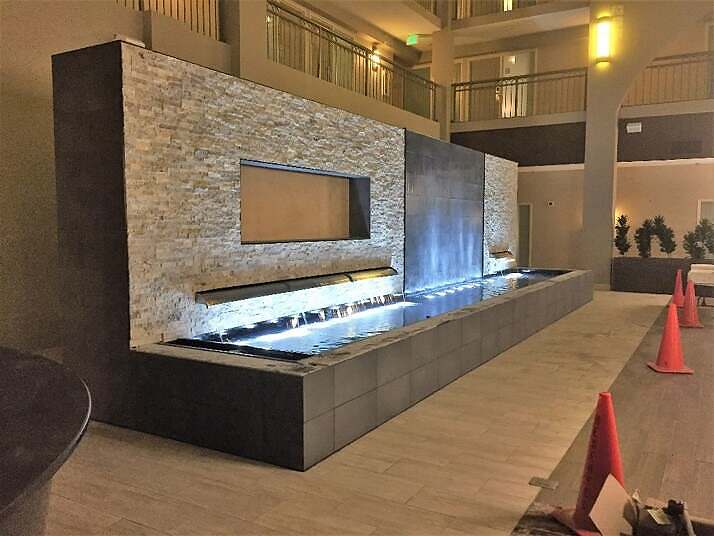

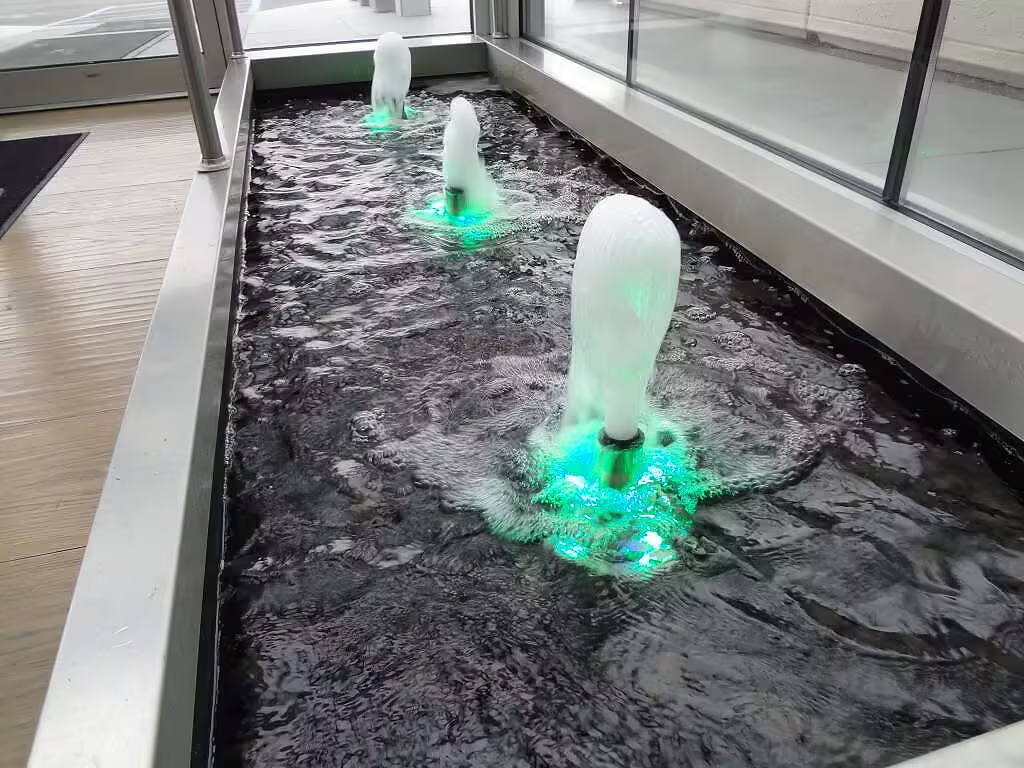
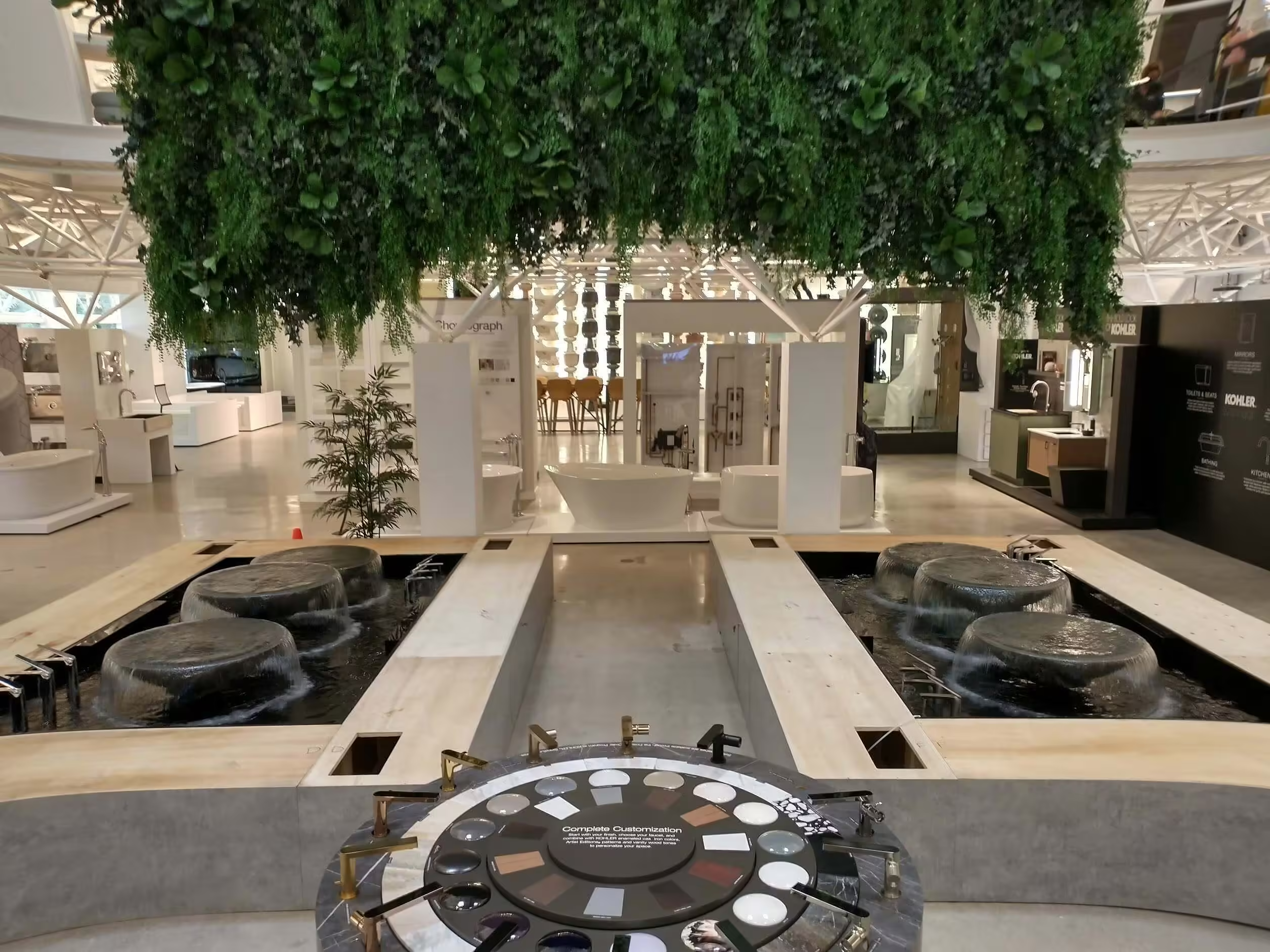
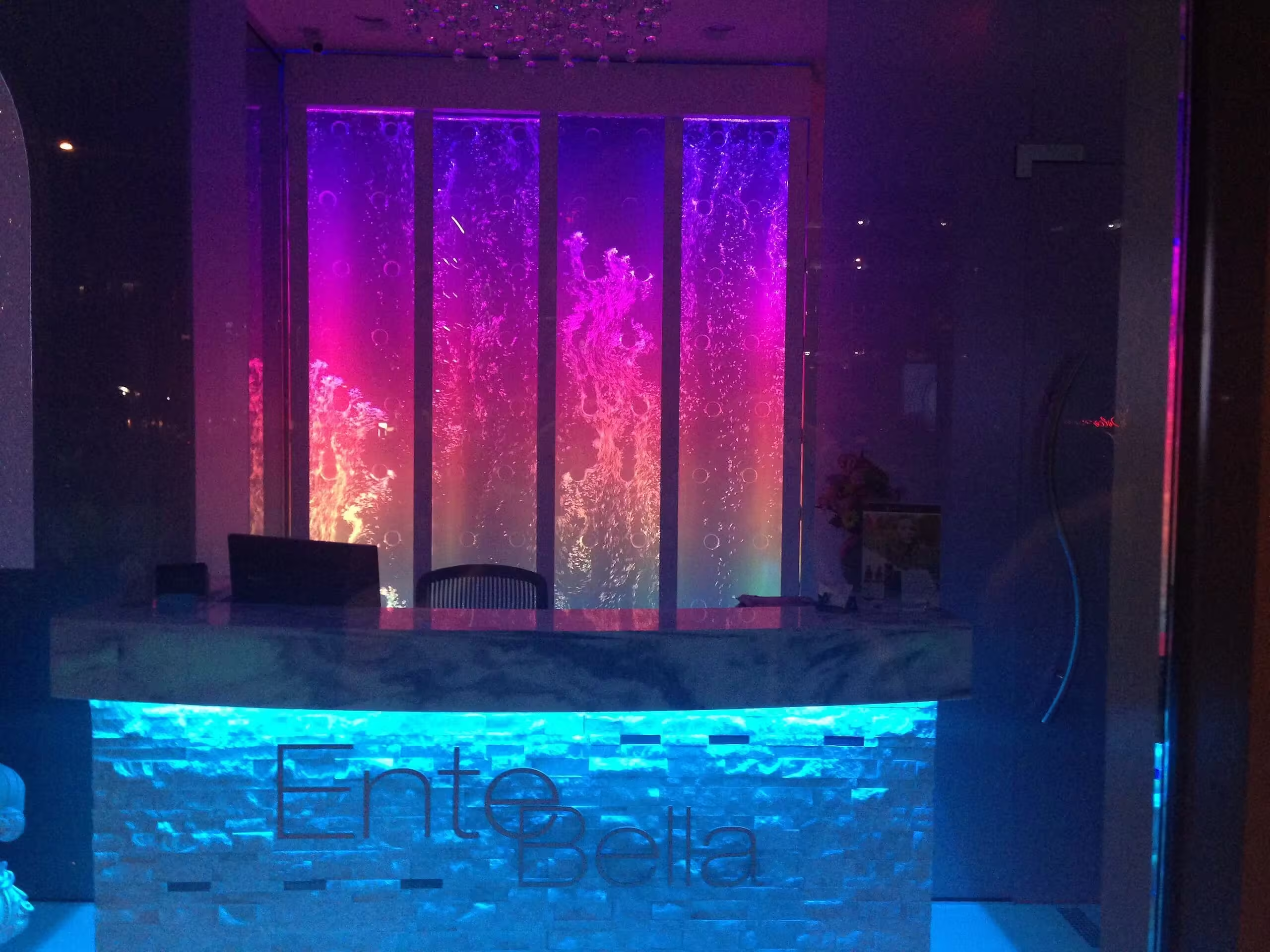
![Rod Style Bubble Wall Swirley for Bounce Empire in Denver, Colorado[84] Rod Style Bubble Wall Swirley for Bounce Empire in Denver, Colorado[84]](https://cfw51.rabbitloader.xyz/eyJjIjp0cnVlLCJoIjoid3d3Lm1pZHdlc3QtdHJvcGljYWwuY29tIiwidiI6MjExNTM2ODkwNCwiciI6MX0/wp-content/uploads/Rod-Style-Bubble-Wall-Swirley-for-Bounce-Empire-in-Denver-Colorado84-jpg.avif)
![Rod Style Bubble Wall Swirley for Bounce Empire in Denver, Colorado 2[2] Rod Style Bubble Wall Swirley for Bounce Empire in Denver, Colorado 2[2]](https://cfw51.rabbitloader.xyz/eyJjIjp0cnVlLCJoIjoid3d3Lm1pZHdlc3QtdHJvcGljYWwuY29tIiwidiI6MjExNTM2ODkwNCwiciI6MX0/wp-content/uploads/Rod-Style-Bubble-Wall-Swirley-for-Bounce-Empire-in-Denver-Colorado-22-jpg.avif)
